What Is Loudness?
If, like most of us, you listen to music from streaming services, you’ll notice that each song seems balanced, volume-wise, with the ones that are played before and after. That’s because all major streaming services employ proprietary loudness normalization algorithms that automatically adjust the level of a song before it’s streamed.
Why is this important to home recordists? Well, if you’re hoping to share your music with the world, streaming is pretty much the only way to go these days, so knowing how those algorithms work is critical to getting your music played. Here’s a guide to the measurements that make up what we call “loudness,” along with step-by-step instructions for getting your music prepped so that it will sound its best when streamed.
LUFS
The term “LUFS” (pronounced “luffs”) is one that you may have come across when reading articles or watching videos about music production. It’s an acronym for Loudness Units Relative to Full Scale, and is a relatively new type of loudness measurement for music and other audio — a measurement that’s more accurate than those used previously, such as peak and RMS.
A Loudness Unit (LU) is roughly equal to 1 dB, though measured somewhat differently. Full Scale refers to 0 dBFS (Decibels Full Scale), which is as high as you can go in a digital audio system without clipping. (Another, less commonly used but functionally identical term of measurement is LKFS, which stands for Loudness, K-weighted, Relative to Full Scale.)
All major streaming services, including Spotify®, TIDAL, Apple Music® and Amazon Music, along with radio, television, and movies, have switched to using LUFS because it’s currently the best measure of loudness over time. In addition to virtually eliminating the need for listeners to adjust their volume control from song to song, the adoption of LUFS has pretty much ended the so-called “loudness wars,” where artists or producers tried to master their music at high levels so that their songs would stand out from those of competitors when played back to back. Nowadays, with all songs set to a specific LUFS target, the need to radically increase the volume when mastering has been eliminated. The result has been better-sounding music.
What’s in a LUF?
LUFS get measured in three different ways: Momentary, Short-Term and Integrated. If you look at a LUFS meter, such as the primary meter in Steinberg Cubase Pro (when set to LUFS), or the SuperVision plug-in in Cubase Pro or Artist, you’ll see those categories and more.
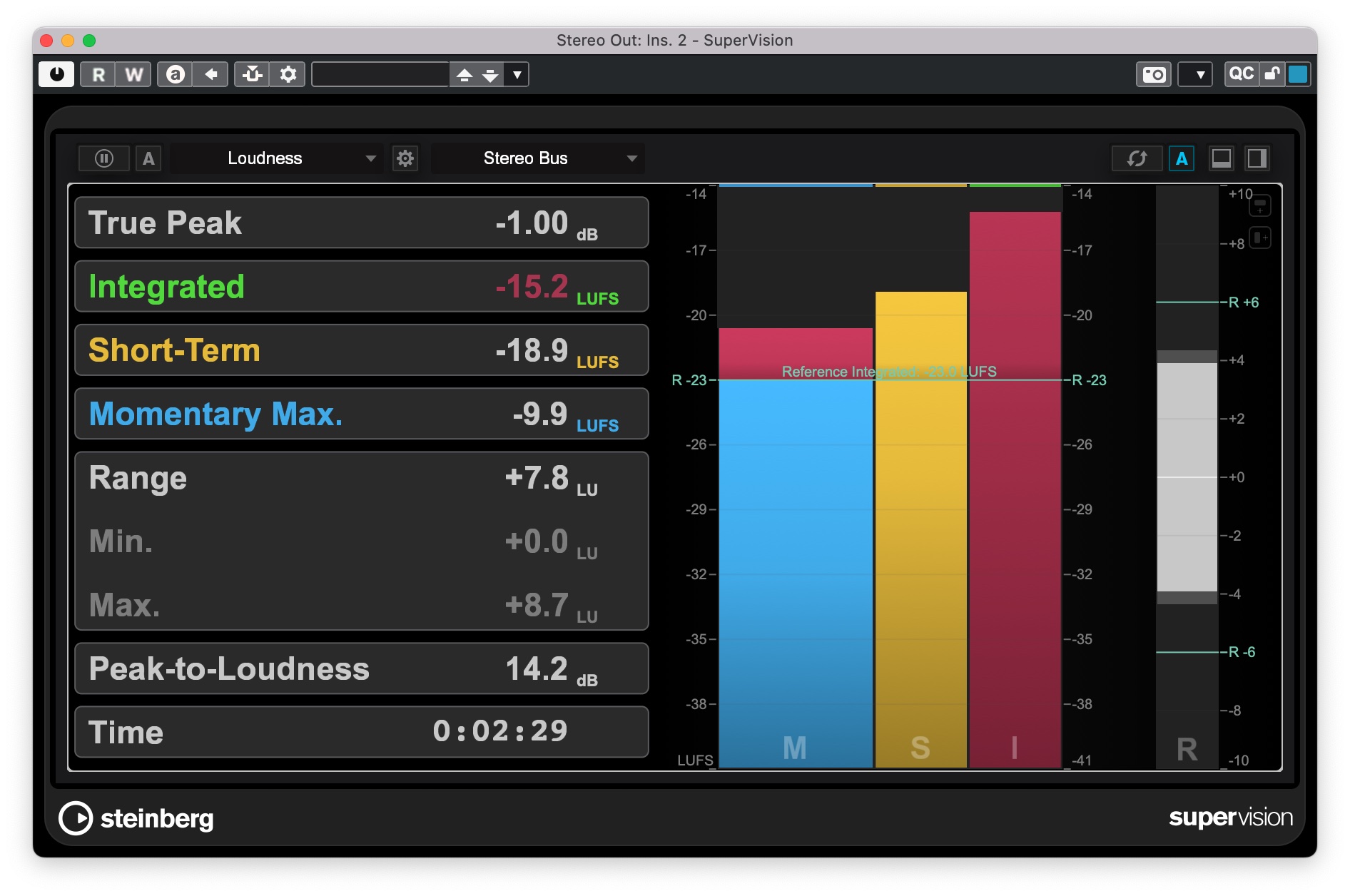
It’s not as complicated as it appears at first glance. Momentary LUFS get measured every 400 milliseconds, which is a little less than half a second. Because they capture such short periods, they function more like the readings from a dB peak meter, showing you loud transients (spikes) in a song.
Short-Term LUFS get measured every three seconds — a considerably longer period of time. They’re good for seeing the level changes between song sections.
The most important are Integrated LUFS, which the streaming services use for their loudness targets. Integrated LUFS provide an average level over time. Measuring them over an entire song is the best way to get accurate results.
True Peak
Another standard term of measurement is called True Peak. It’s particularly important because it’s the value that gets regulated by the streaming services’ loudness normalization algorithms.
True Peak is measured using a standard called dBTP (decibels true peak). Unlike LUFS, True Peak not used for assessing overall loudness. Instead, it measures the peaks in your song, making it a vital tool in preventing distortion.
If the True Peak reading for a song is too high, it can cause inter-sample peaks. These occur because of a phenomenon that can happen when a digital signal gets converted back to analog. The peaks get slightly higher after conversion back to the analog domain. If they start out too close to 0 dB, the peaks in the analog audio can exceed 0 dB, which can cause distortion. Often, such distortion is not audible until your WAV or AIFF files are converted to MP3, AAC or some other compressed (aka “lossy”) codec for streaming.
The possibility of distortion from inter-sample peaks is the reason the steaming services are so careful about True Peak. If a song has a True Peak value that exceeds -1 dBTP, the loudness normalization algorithm will turn down the overall volume of the song, which you don’t want to happen.
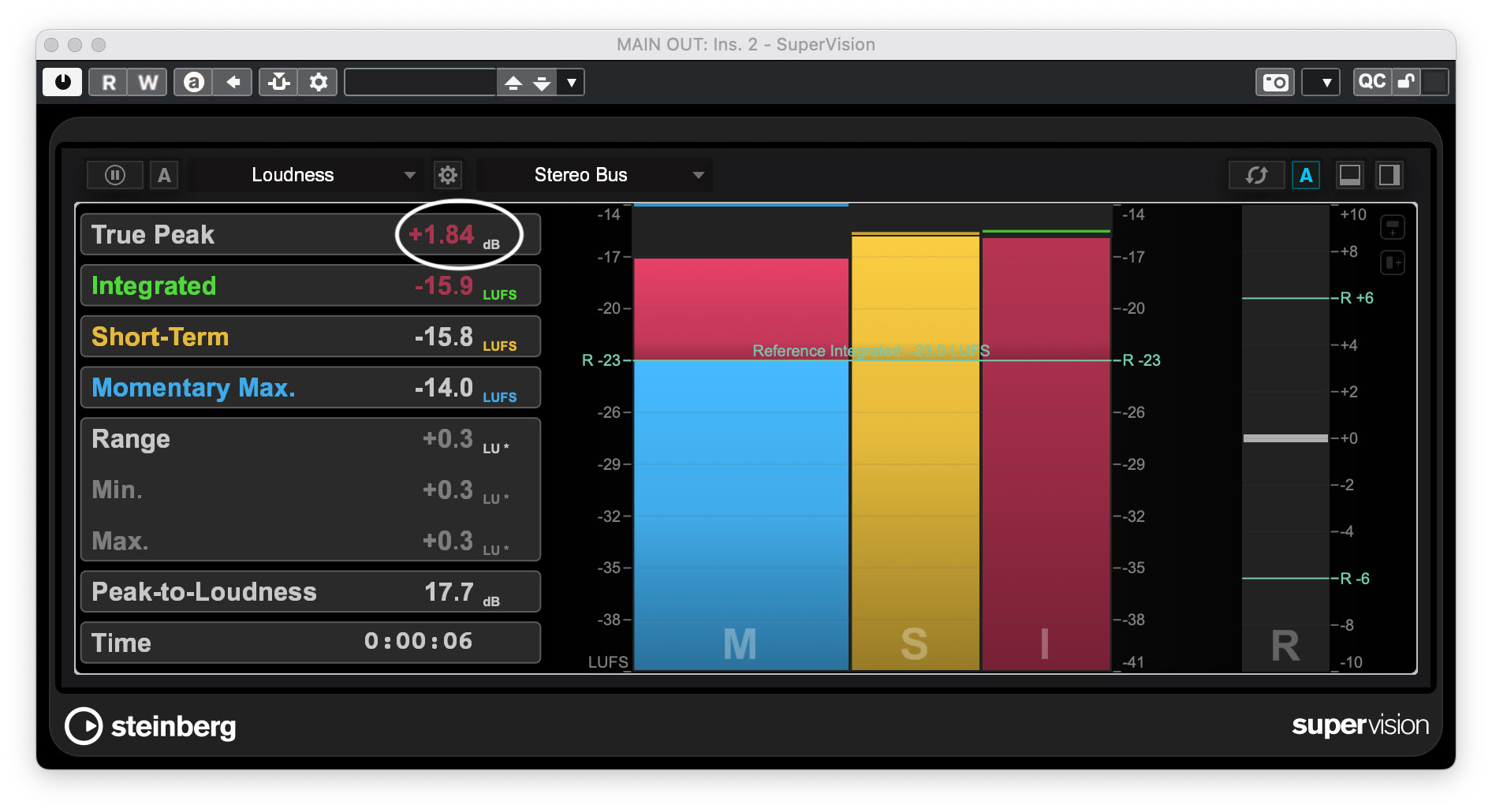
Dynamic Range
A song’s dynamic range is defined as the difference between the quietest and loudest moments. Loudness meters don’t all use the same scale for it, but they all measure it in some way.
The Steinberg SuperVision plug-in uses the Loudness Range (LRA) scale, which computes a ratio between the loudest and softest points using Loudness Units (LU). The lower the LRA (or other dynamics measurement), the more constant the level because there’s less variation between the loudest and softest points. The higher the reading, the more variation.
That being said, if your song’s arrangement has some extremely quiet and loud parts, you will want to reduce the dynamic range with a compressor or limiter so that listeners don’t have to adjust their volume controls when the song gets too soft or too loud. In the days of the Loudness Wars, songs would get limited to the extreme. Music that’s squashed like that can sound fatiguing. Conversely, leaving more dynamics provides a more open and airy sound.
In the graphic below, you’ll see the same song’s waveforms stacked one over the other. As you can see, the lower one (in red) was limited too heavily.
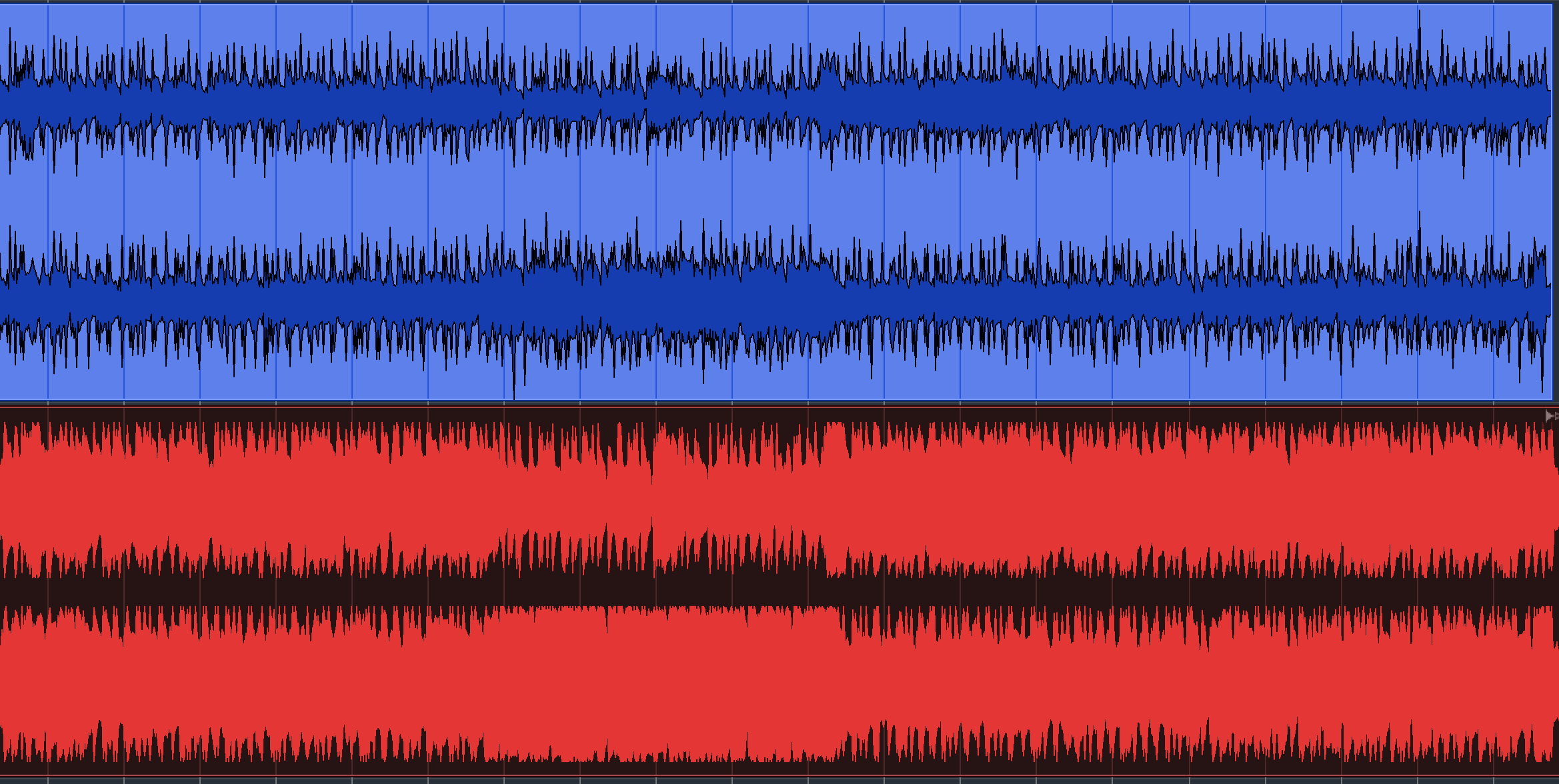
Dynamic range varies from one style of music to the next. Classical has the widest, generally, followed by jazz. Pop and rock have smaller dynamic ranges, usually between +5 to +7 LU on the LRA scale. EDM is more heavily compressed and can have readings closer to +4 LRA.
How to Adjust Loudness
Adjusting loudness is a controversial issue. Some experts say that you shouldn’t get hung up on the loudness level; you should just make your song sound good, and the streaming services will adjust it to their standards anyway. That said, it’s desirable to at least be in the ballpark so that the algorithms won’t have to use extreme processing to get your music into compliance. That’s because such processing could potentially affect your song’s dynamic range.
There’s a relative consensus that shooting for about -14 LUFS (the Spotify target) and a True Peak reading no louder than -1 dBTP will get you close. It’s probably easier to mix your songs a little quieter (many say aim for about -23 LUFS) and do the mastering as a separate step afterward.
Mastering level adjustments are generally made using a limiter such as the Steinberg Maximizer plug-in provided by Cubase. You typically increase the LUFS level by turning up the input gain, which in the case of Maximizer is done with the Optimize parameter. True Peak is reduced by turning down the Output control.
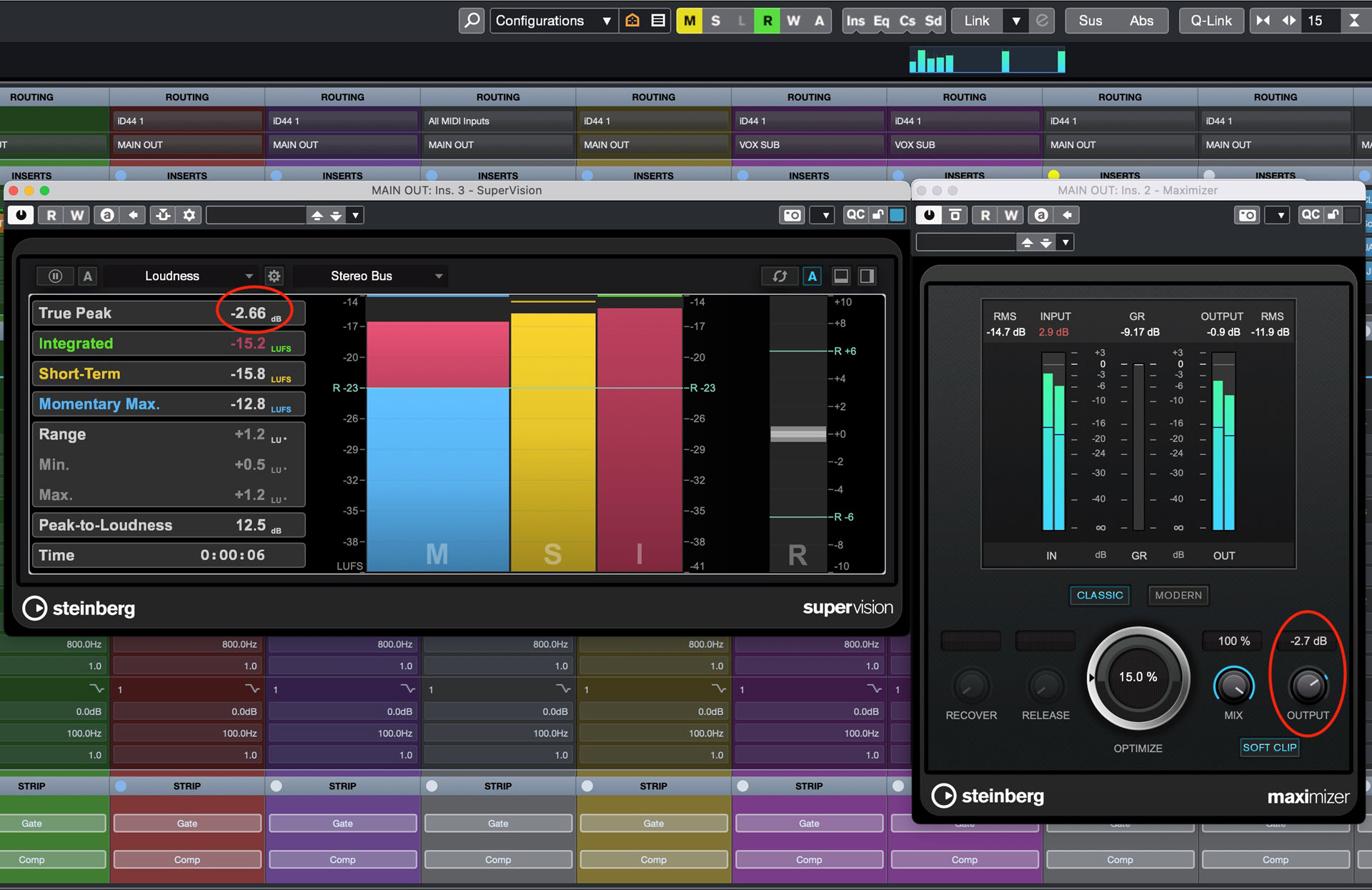
Here’s a basic step-by-step for getting your song’s loudness up to about -14 LUFS and at or below -1 dBTP. For the purposes of this exercise, we’ll describe using Cubase for this purpose, but the same basic procedures will apply to any DAW.
1. Import your song into a stereo track.
2. Insert a limiter on one of the insert slots on either that stereo track or the main Stereo Out.
3. Insert SuperVision or another LUFS- and True Peak-capable meter as the last plug-in on your Stereo Out.
4. Set the meter to measure loudness. In SuperVision, this is done via a dropdown menu:
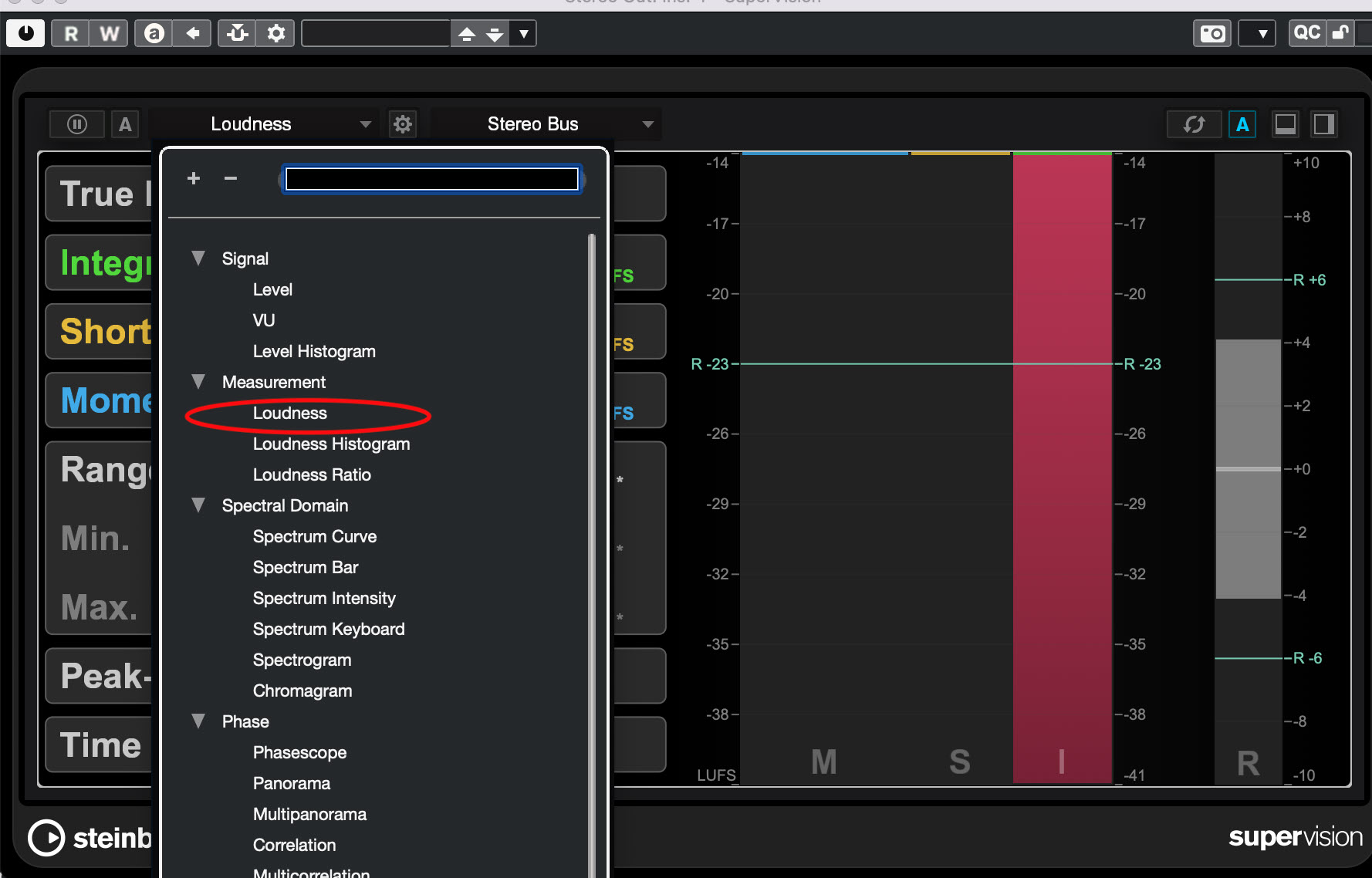
5. Play your song all the way through and observe the results for Integrated LUFS and True Peak.
6. Hit reset on the meter (the button with circular arrows) and start playing the song again. If you need to increase the Integrated LUFS (which you probably will, depending on how loud you mixed it), turn up the Optimize knob until the LUFS reading gets to approximately -14. Anywhere between -13 and -15 LUFS is close enough. If you don’t see any changes, try resetting the meter again and letting the song play for a while so that SuperVision sees both the quietest and loudest parts of the song.
7. If the True Peak is above -1 dBTP (-0.99 or higher), reduce the output knob by a small amount, hit reset again and let it play past the loudest point in the song. You should see the True Peak reading drop.
8. Because you lowered the output, the LUFS reading may now drop below the -13 to -15 LUFS range that you’d set. If that happens, push up the Optimize knob a little more. Remember to reset the meter each time. Finesse the Optimize and Output parameters until you get the Integrated LUFS and True Peak to approximately -14 LUFS and -1 dBTP, respectively.
9. If the dynamics on your song (the Range measurement on Super Vision) are below about +4 LU, you may want to revisit your mix and take off any master bus compression or limiting you used. Then try the whole process again. Once you’ve got the various loudness measurements to where you want, bounce the song out of your DAW as a 24-bit WAV file.
It might seem tricky, but after you adjust a couple of songs, you’ll get the hang of it. Trust me, it’s worth it. The result will be better-sounding music and a greater chance of getting your songs streamed out to the world.











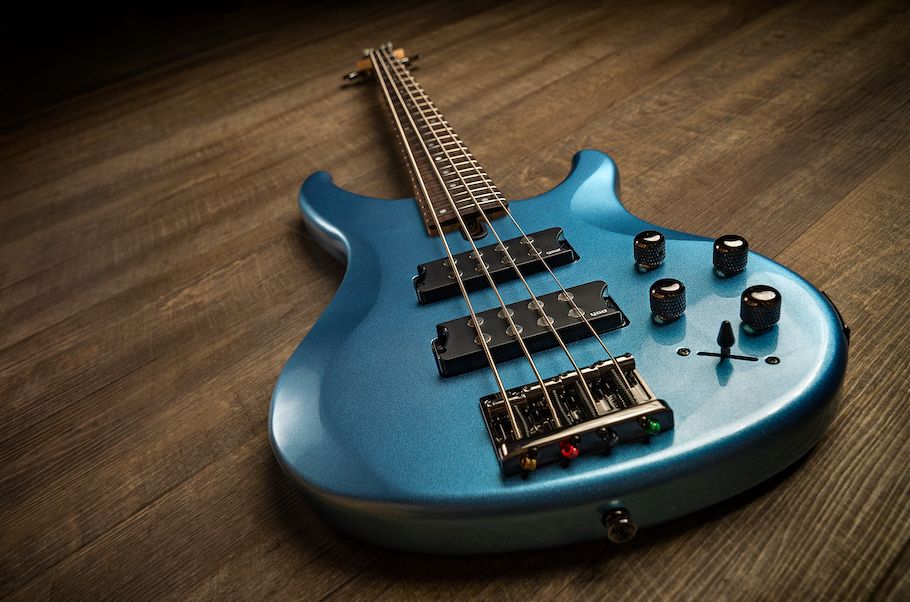

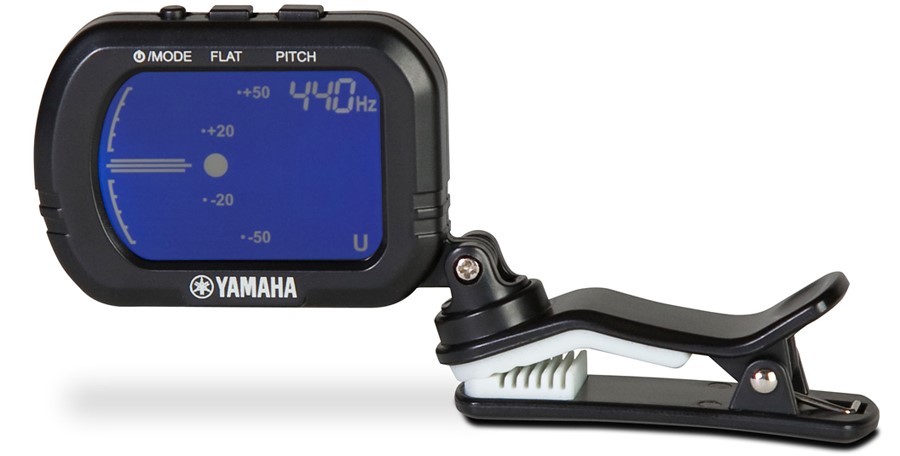
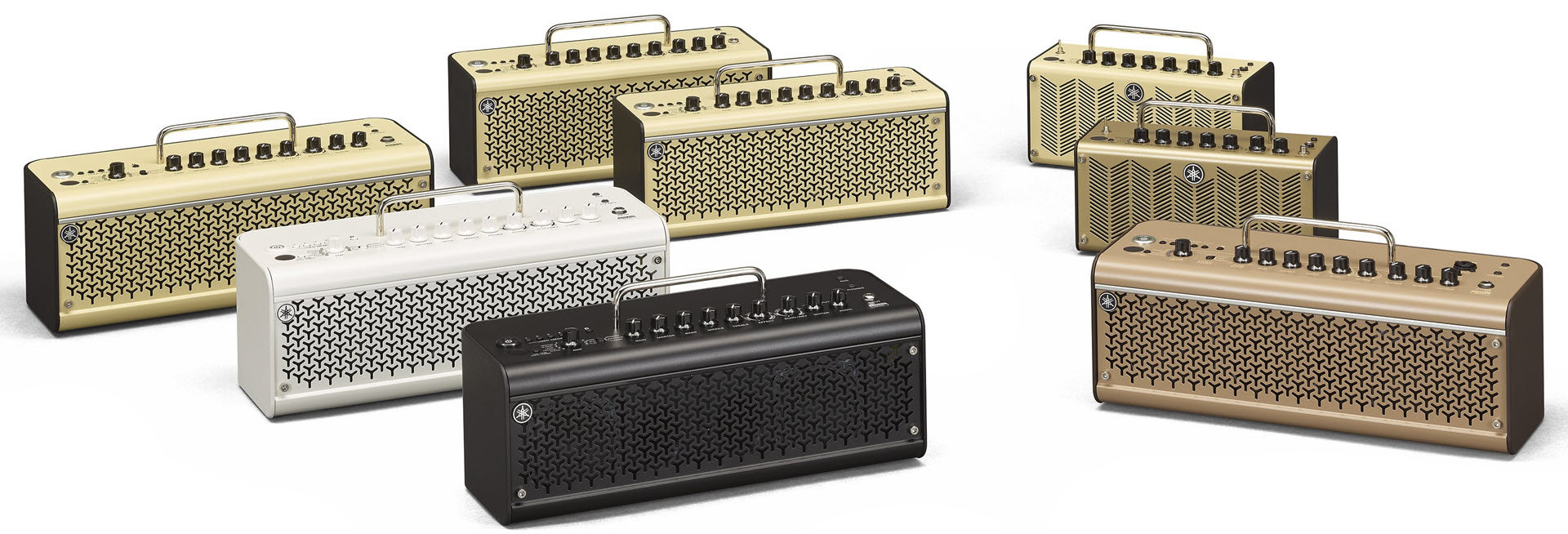


 Located in Nashville, Tennessee State University, a Historically Black College & University (HBCU), sits in the heart of the place affectionately known as “Music City.” Being in one of the country’s most vibrant cities for live music has certainly helped us in terms of involvement with the greater Nashville community, and we do our best to be proactive in pursuing potential partnerships with organizations within our local area. One of the ways we do this — in addition to the work we do through our memoranda of understanding (MOUs) with outside entities — is through our community music program.
Located in Nashville, Tennessee State University, a Historically Black College & University (HBCU), sits in the heart of the place affectionately known as “Music City.” Being in one of the country’s most vibrant cities for live music has certainly helped us in terms of involvement with the greater Nashville community, and we do our best to be proactive in pursuing potential partnerships with organizations within our local area. One of the ways we do this — in addition to the work we do through our memoranda of understanding (MOUs) with outside entities — is through our community music program.
 Many of my colleagues at other institutions often ask how we are able to forge these connections within our community and maintain them for so long. For us, it starts with active engagement and proactive pursuits. Our faculty are constantly forming professional relationships by attending and presenting at conferences, participating in college recruitment fairs, visiting local K-12 schools regularly, serving on the boards of local nonprofits, and constantly publicizing the work we are doing through local news outlets and social media. And with our upcoming historic performances this academic year with our jazz band at the prestigious
Many of my colleagues at other institutions often ask how we are able to forge these connections within our community and maintain them for so long. For us, it starts with active engagement and proactive pursuits. Our faculty are constantly forming professional relationships by attending and presenting at conferences, participating in college recruitment fairs, visiting local K-12 schools regularly, serving on the boards of local nonprofits, and constantly publicizing the work we are doing through local news outlets and social media. And with our upcoming historic performances this academic year with our jazz band at the prestigious 
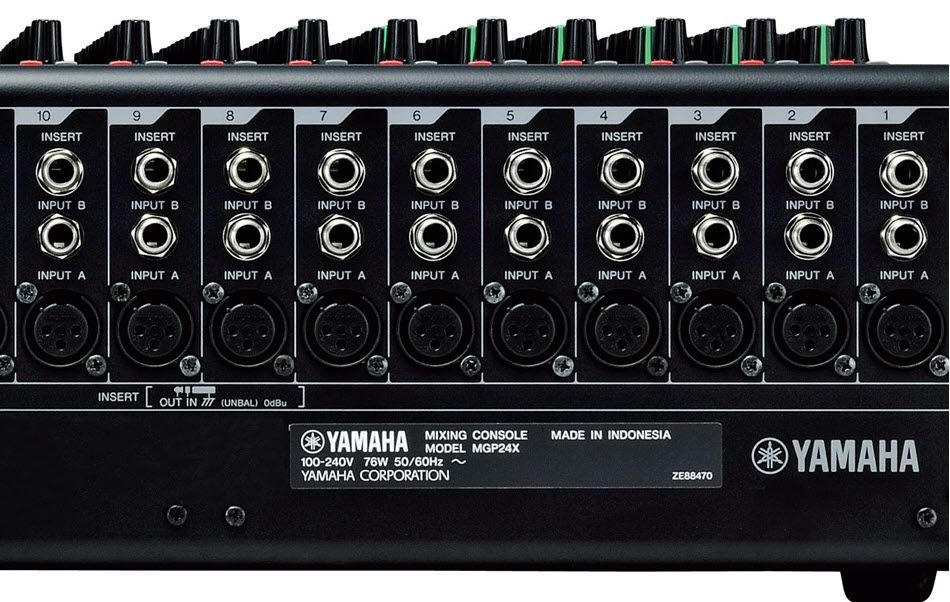

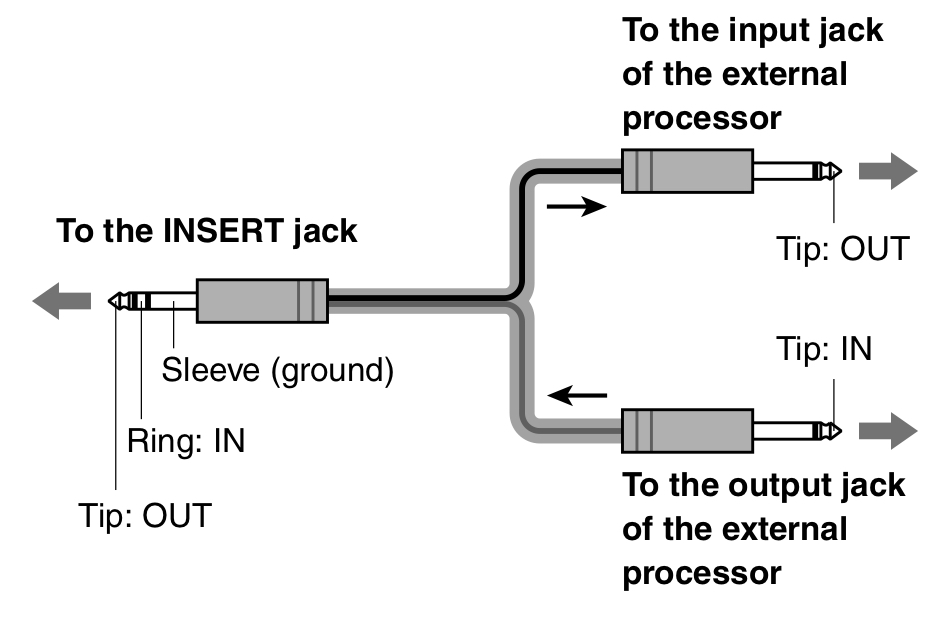
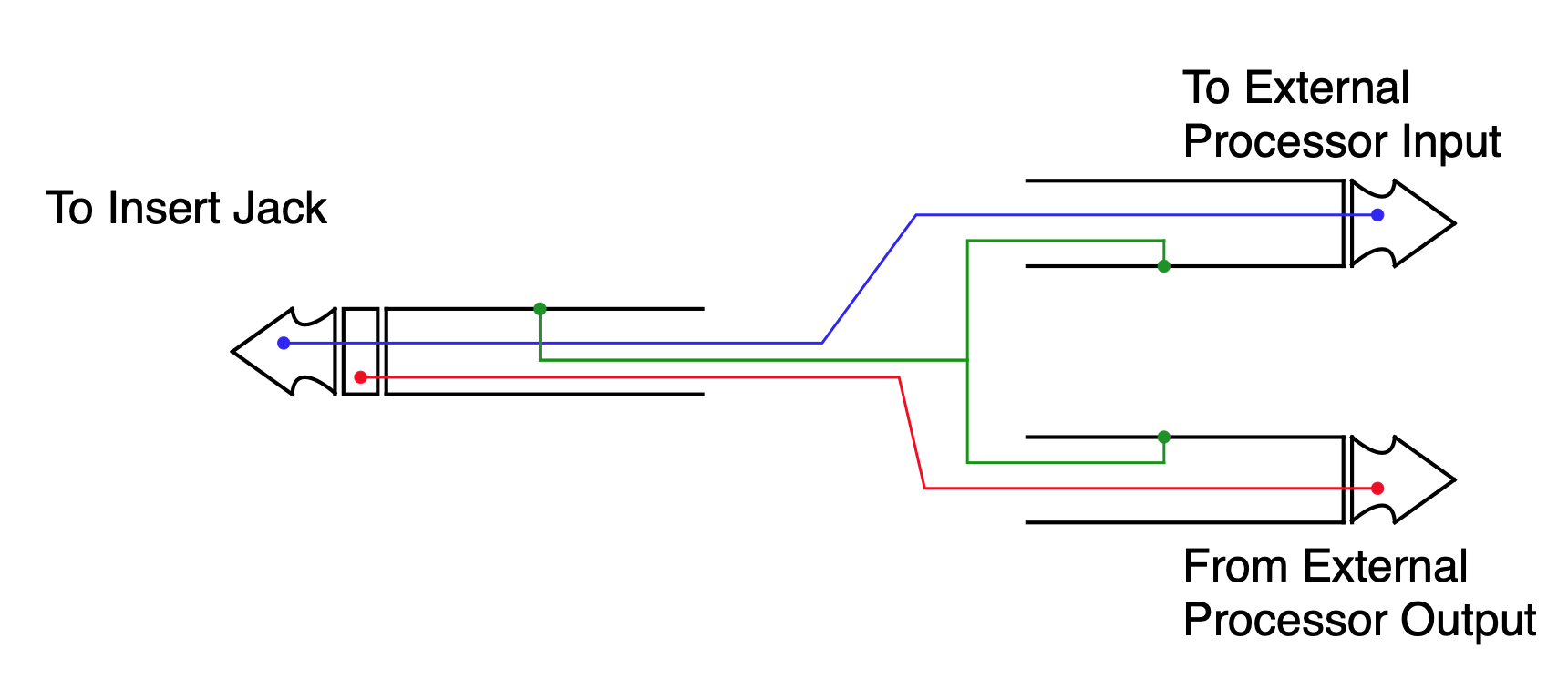
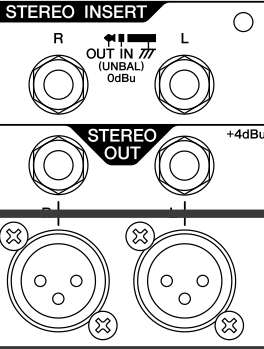
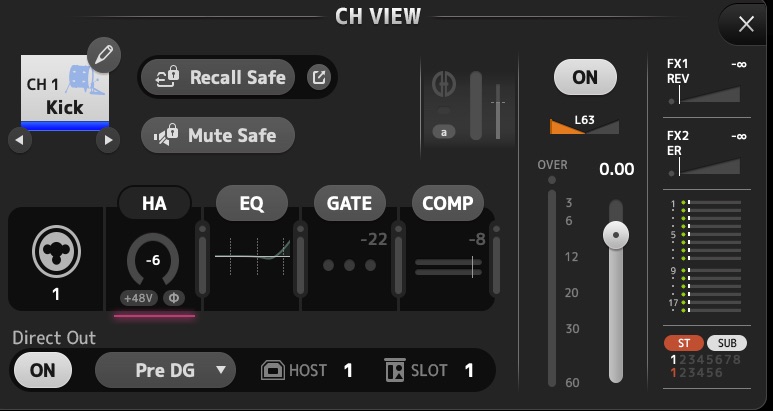
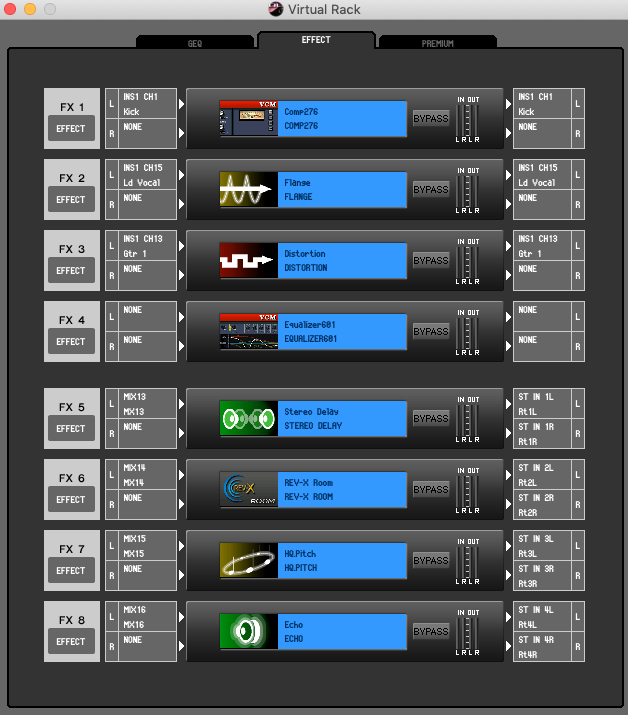
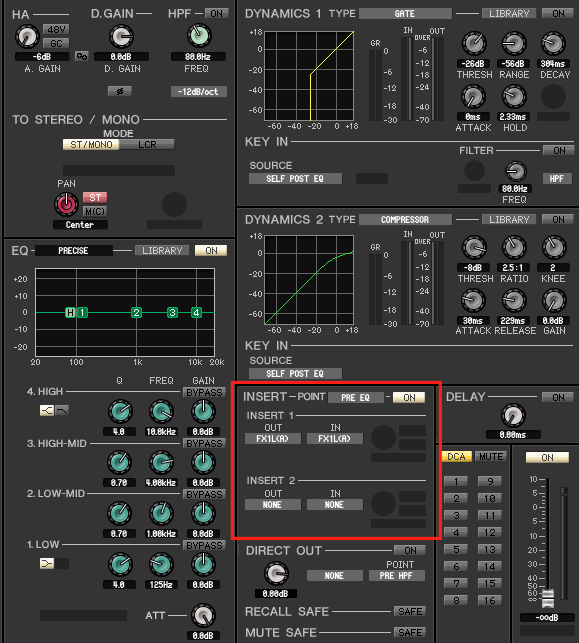
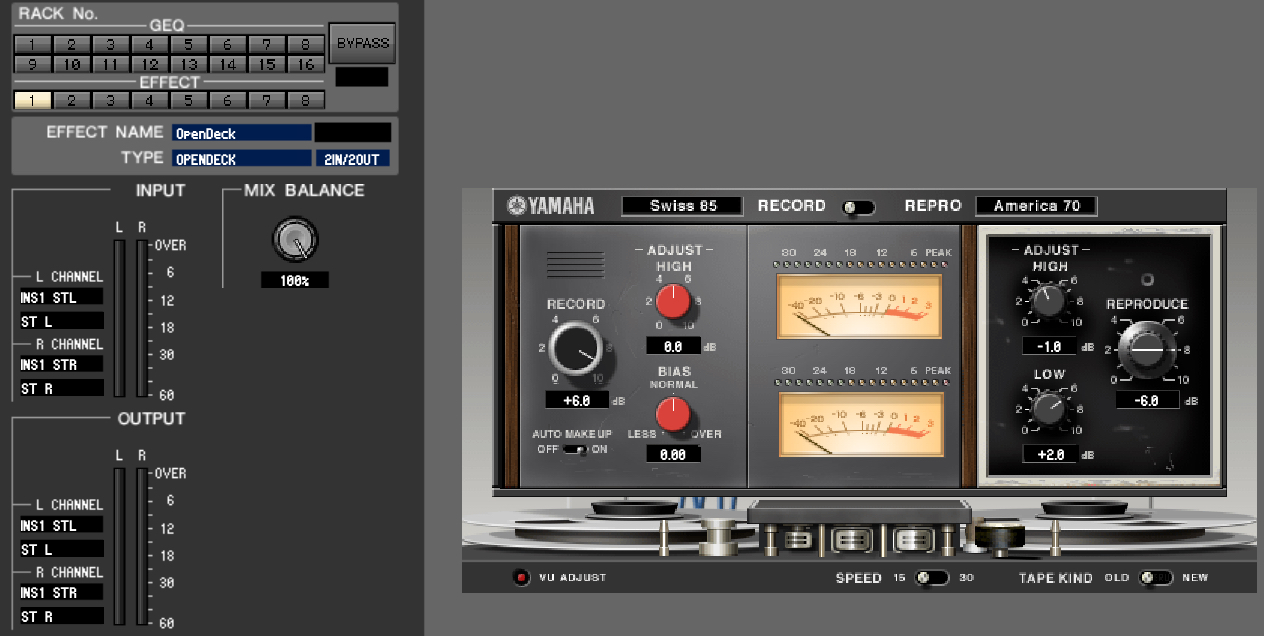

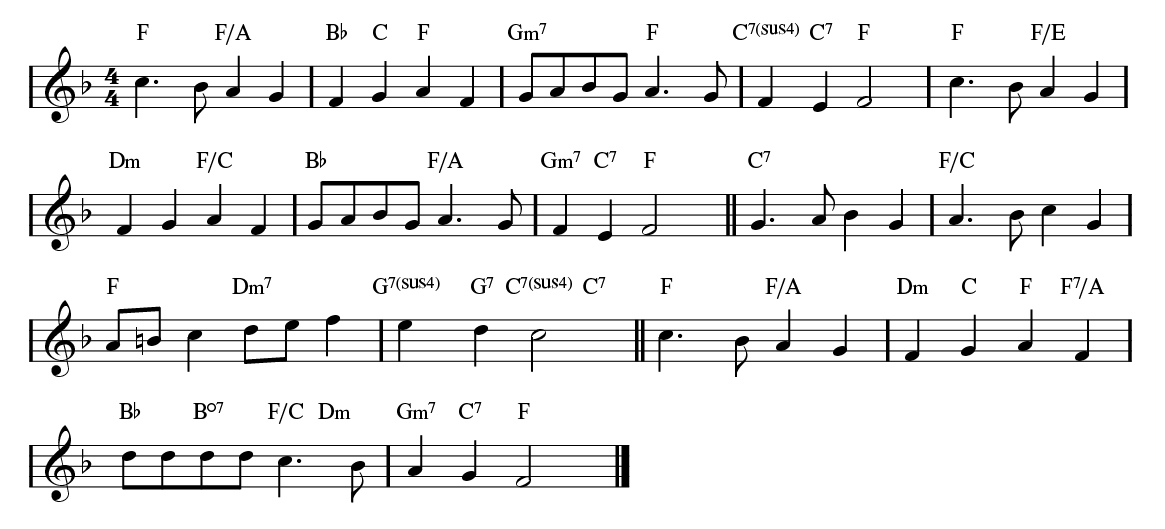
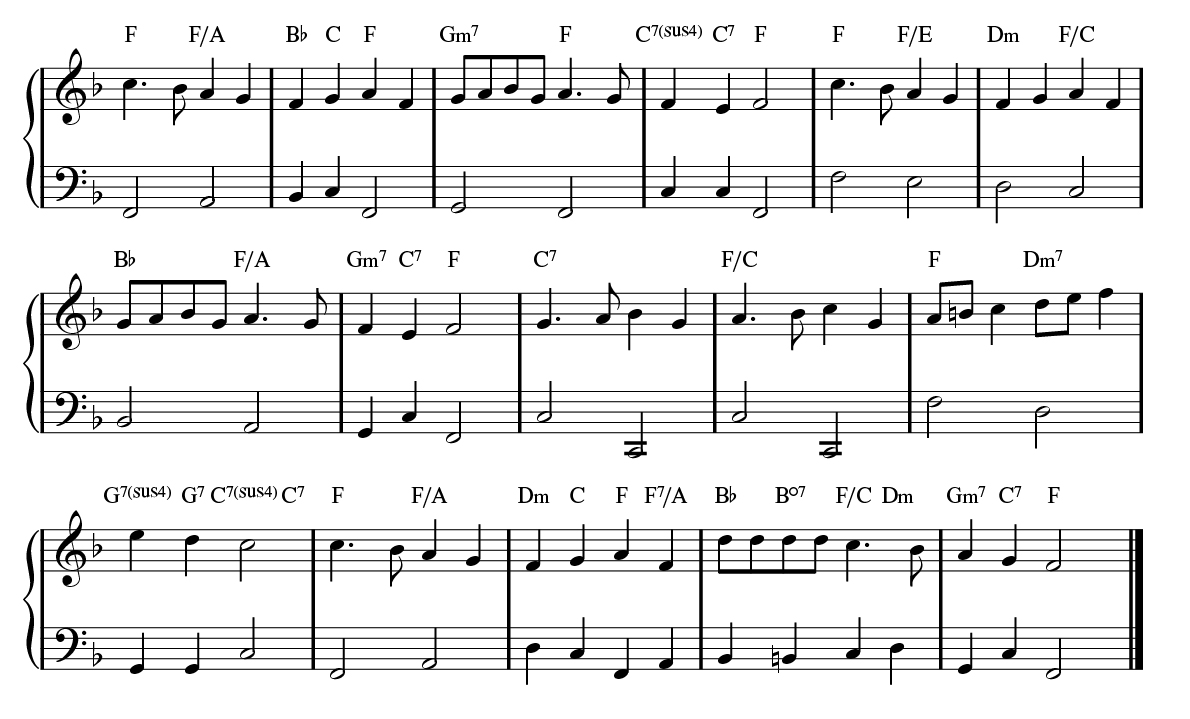
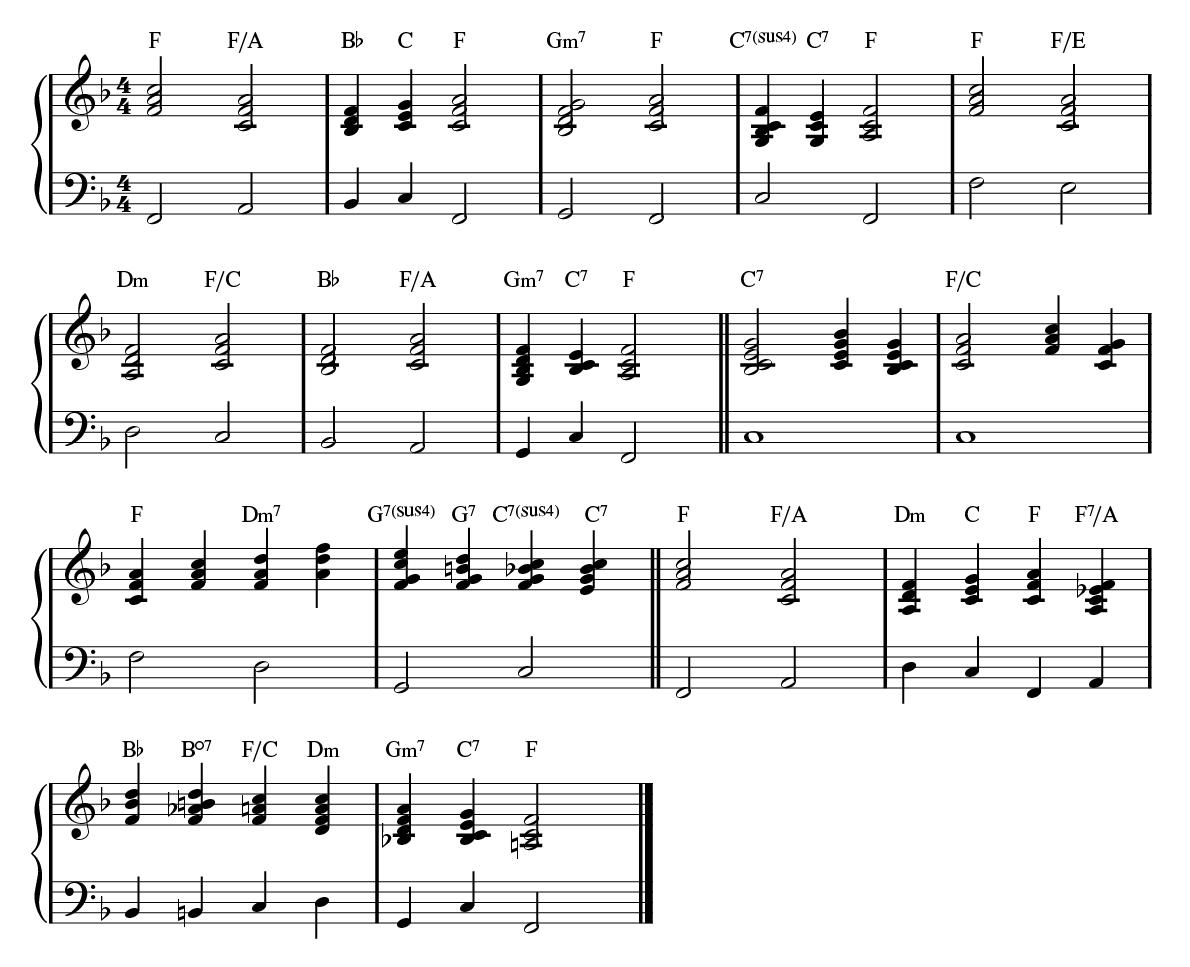
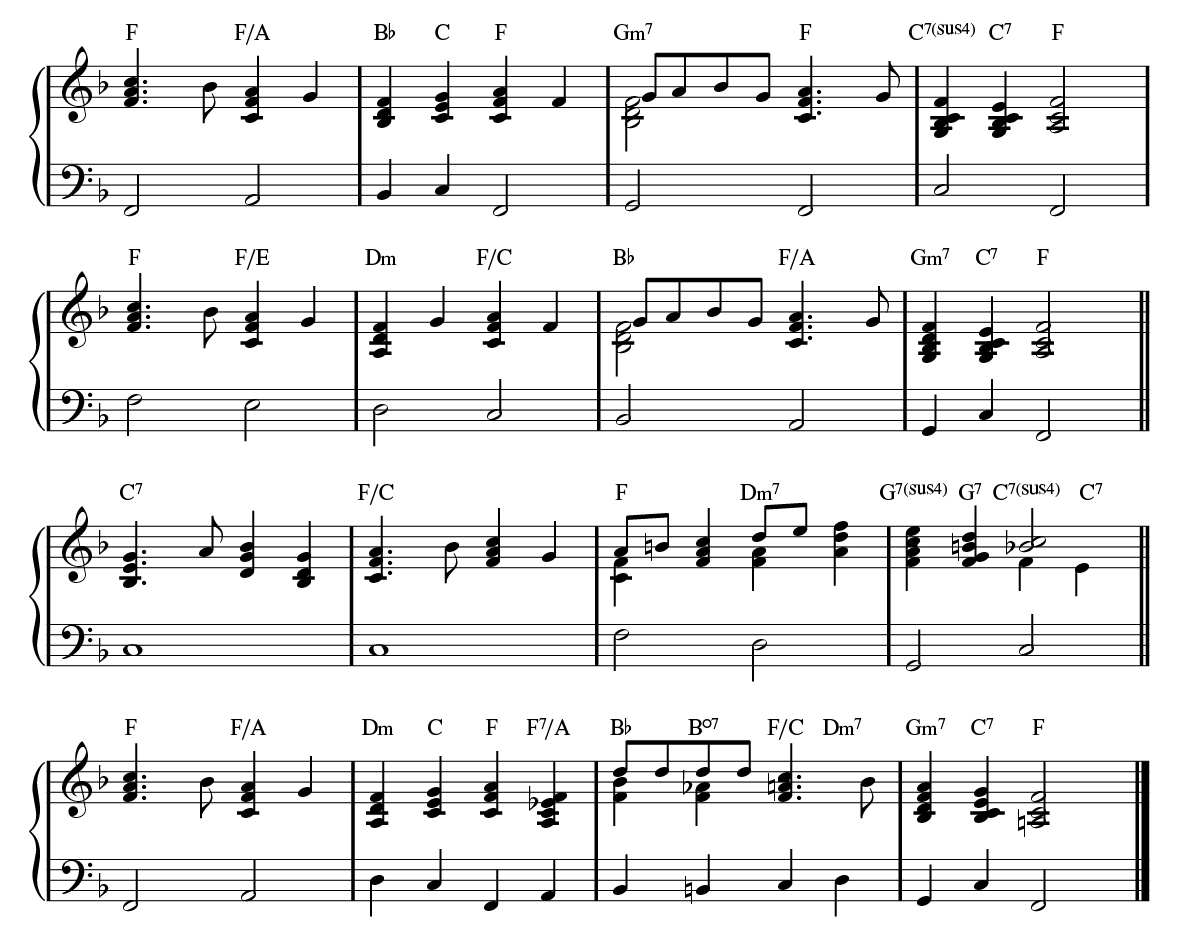
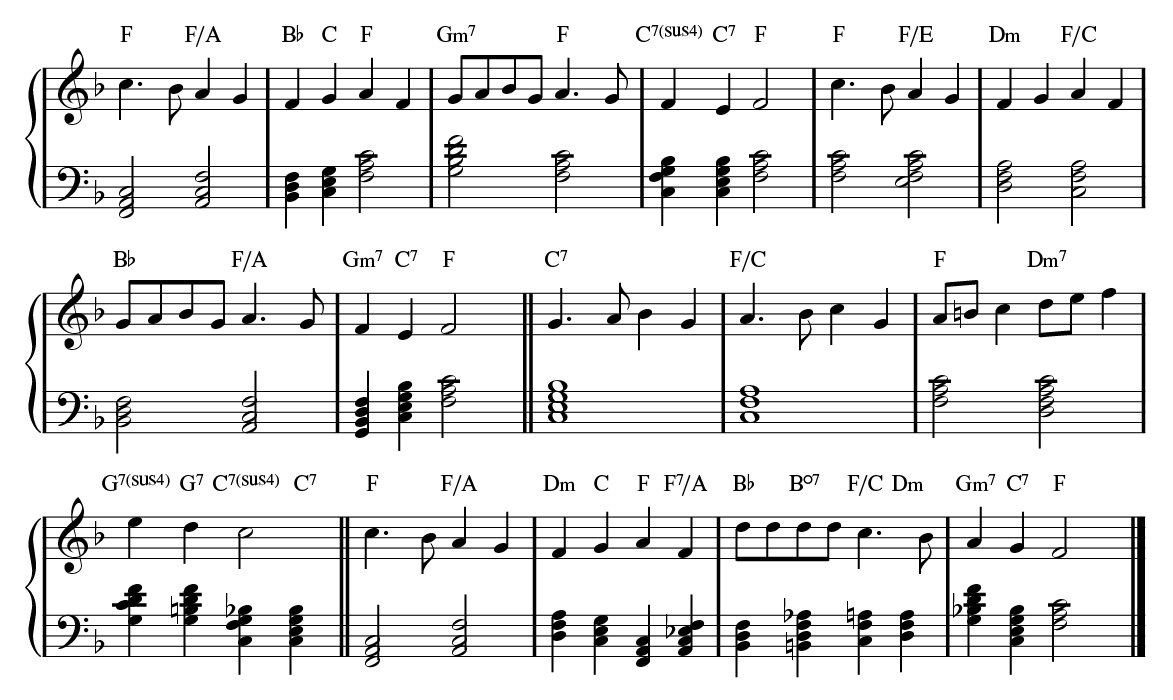
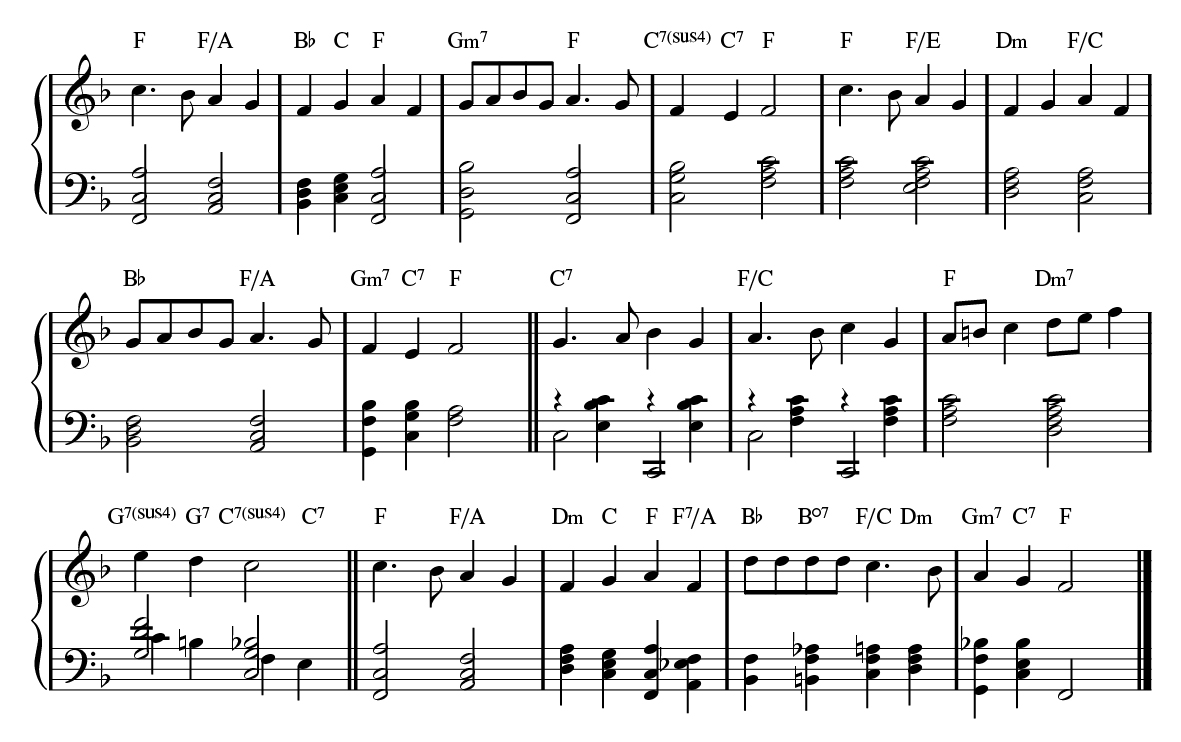
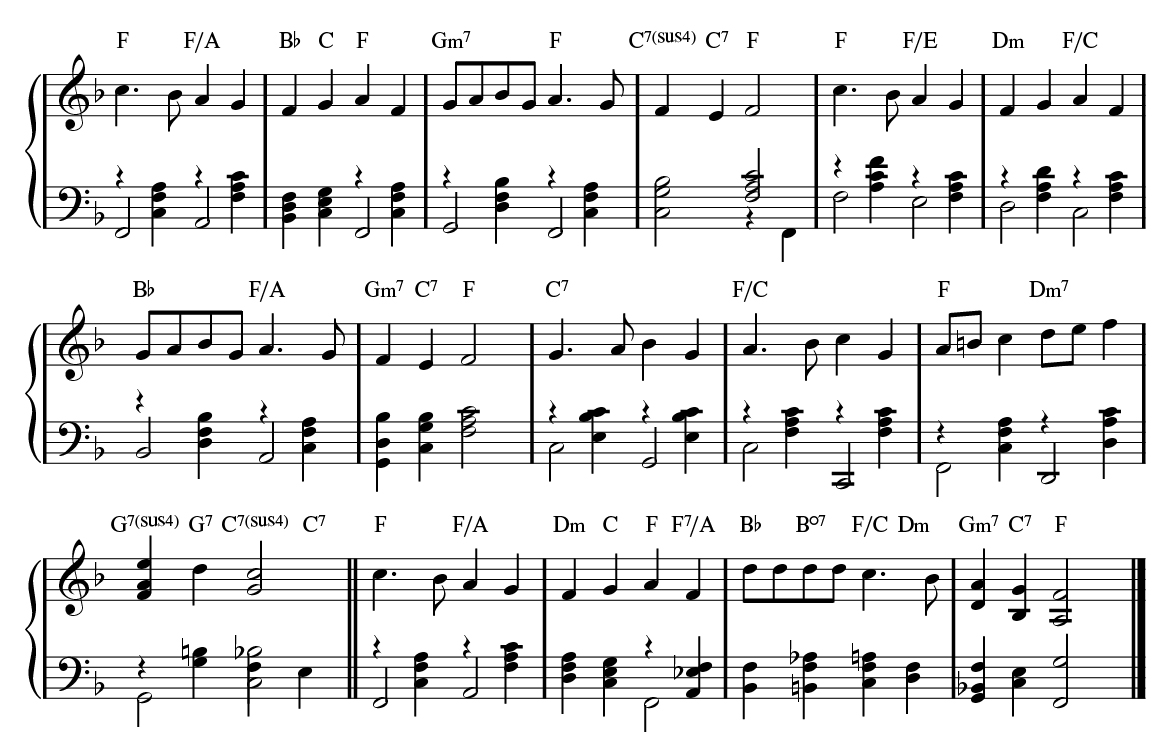
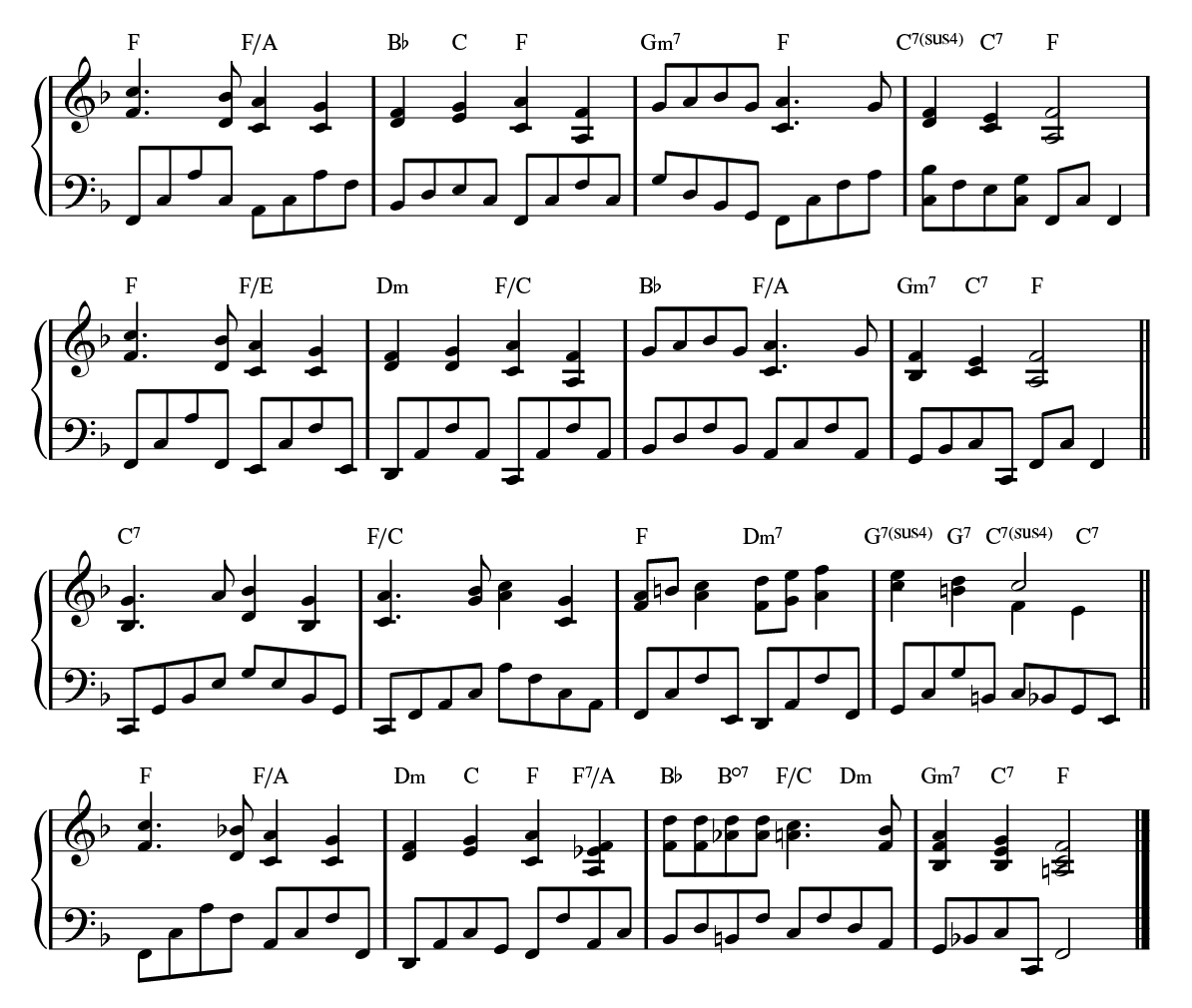
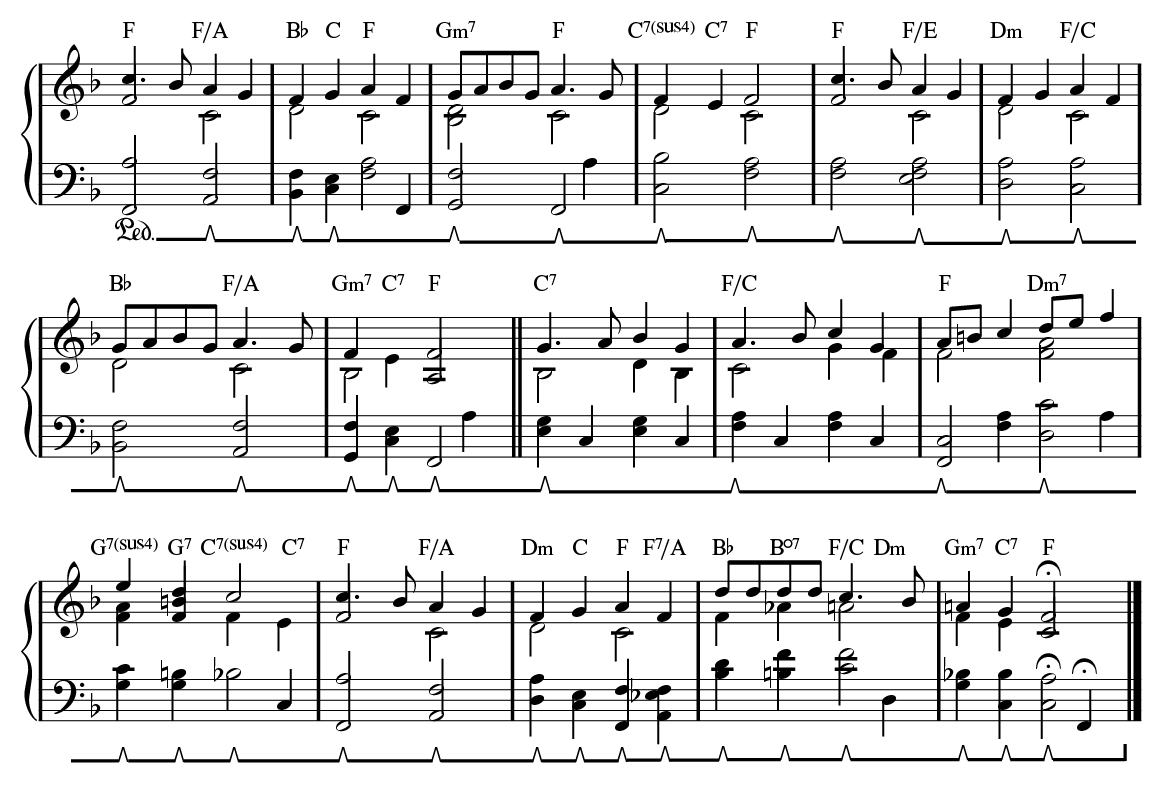

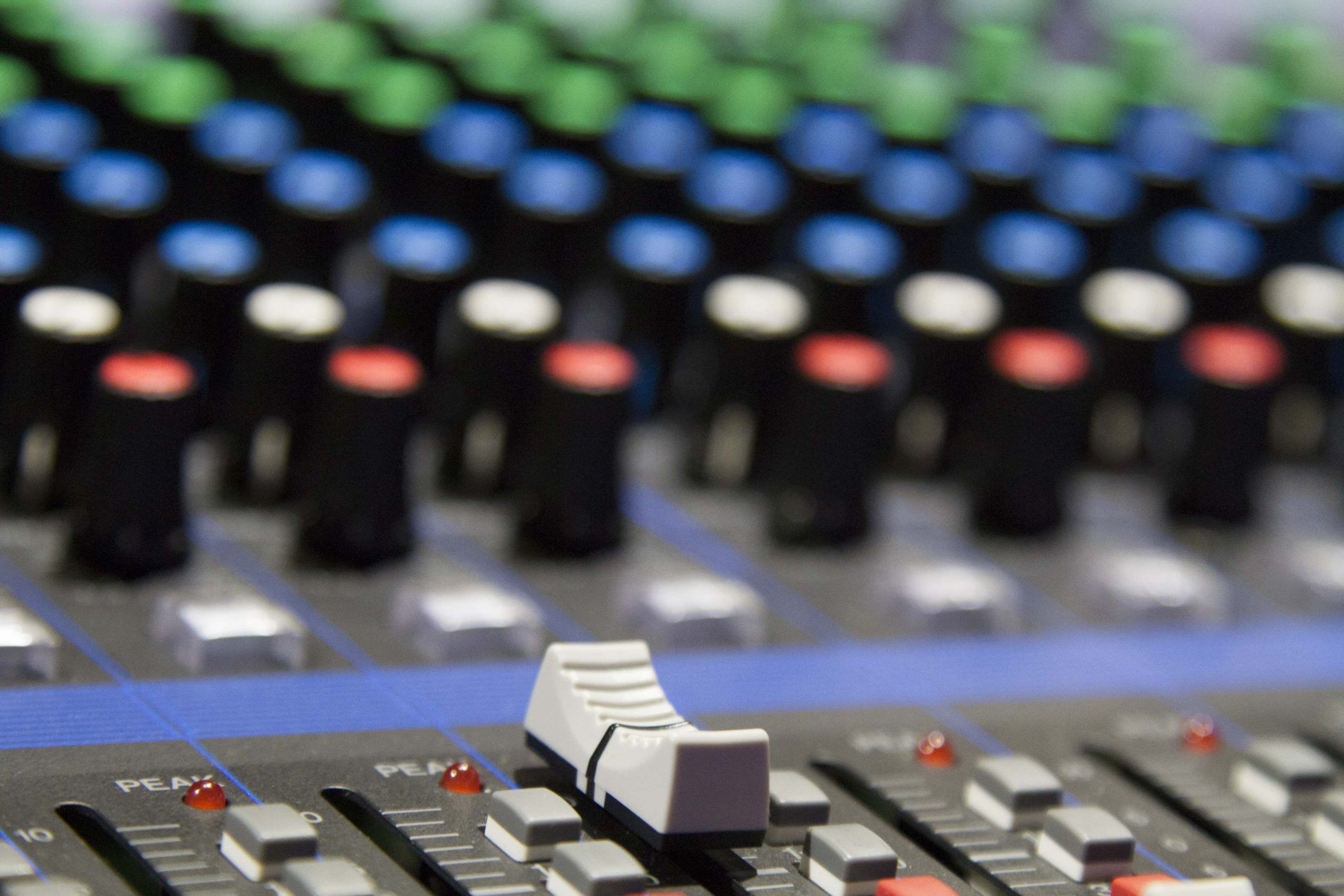
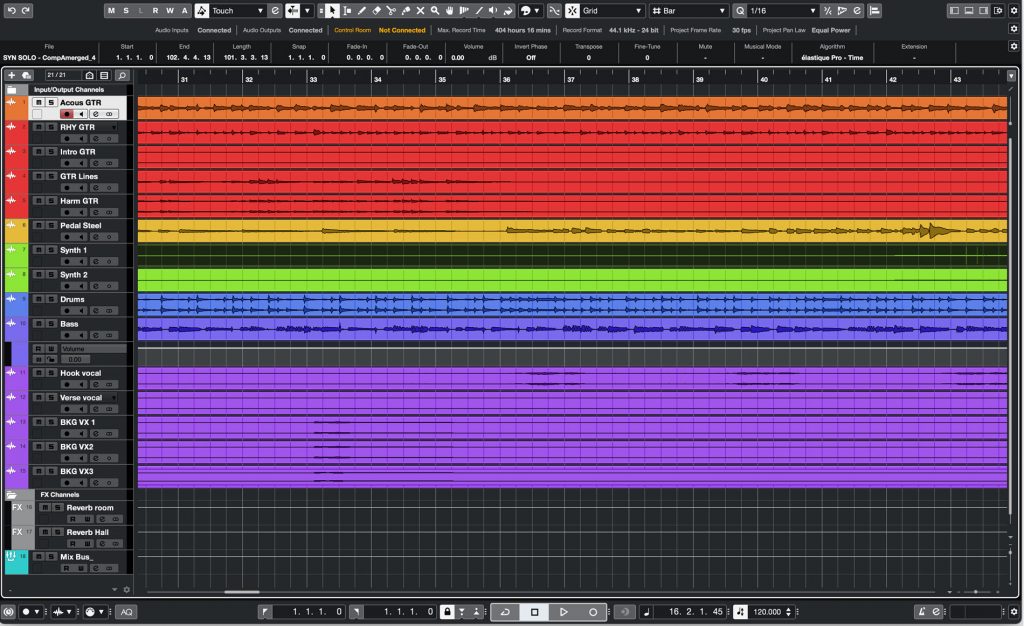
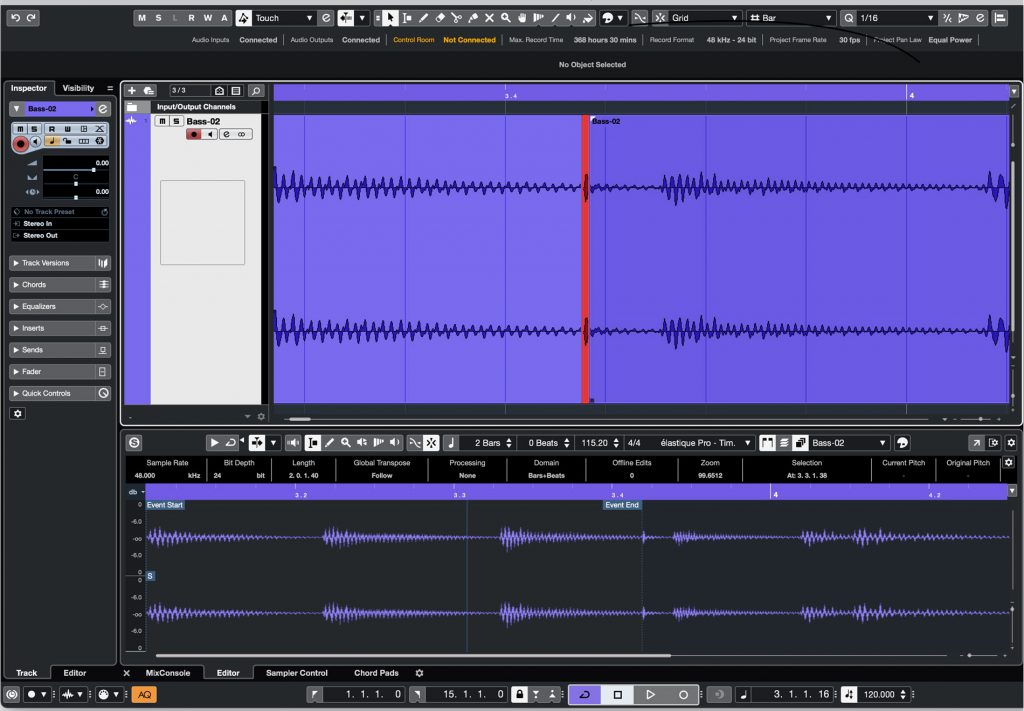
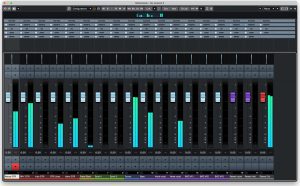

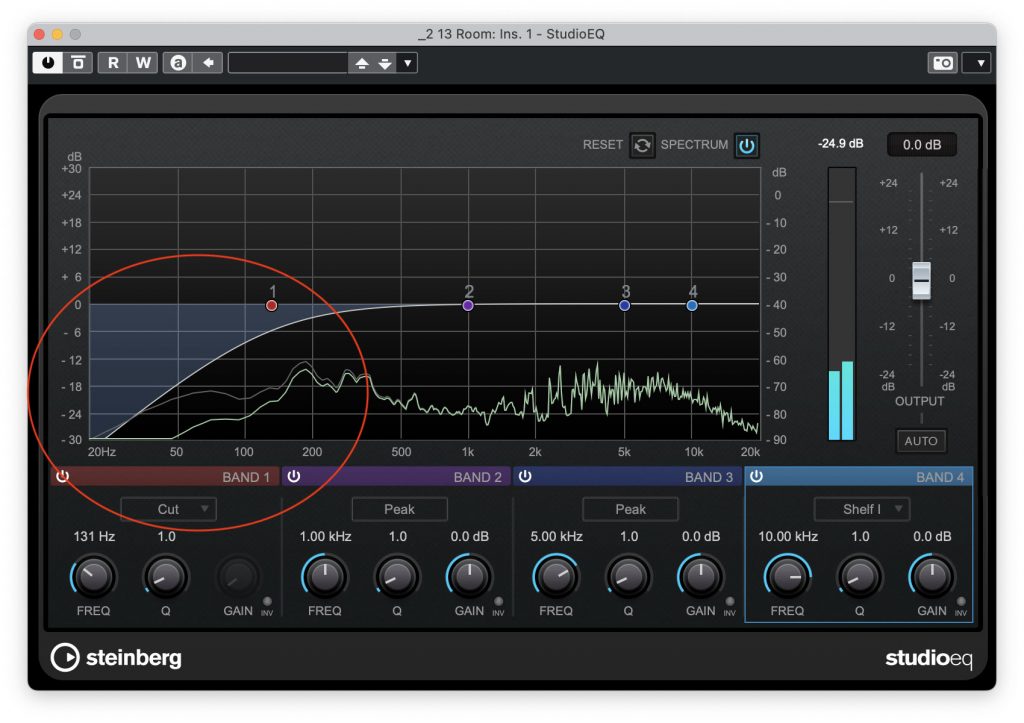
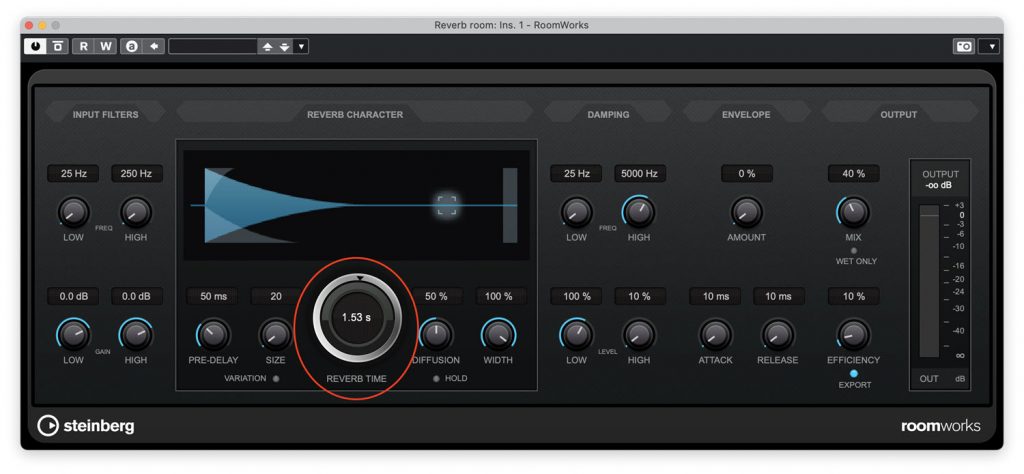
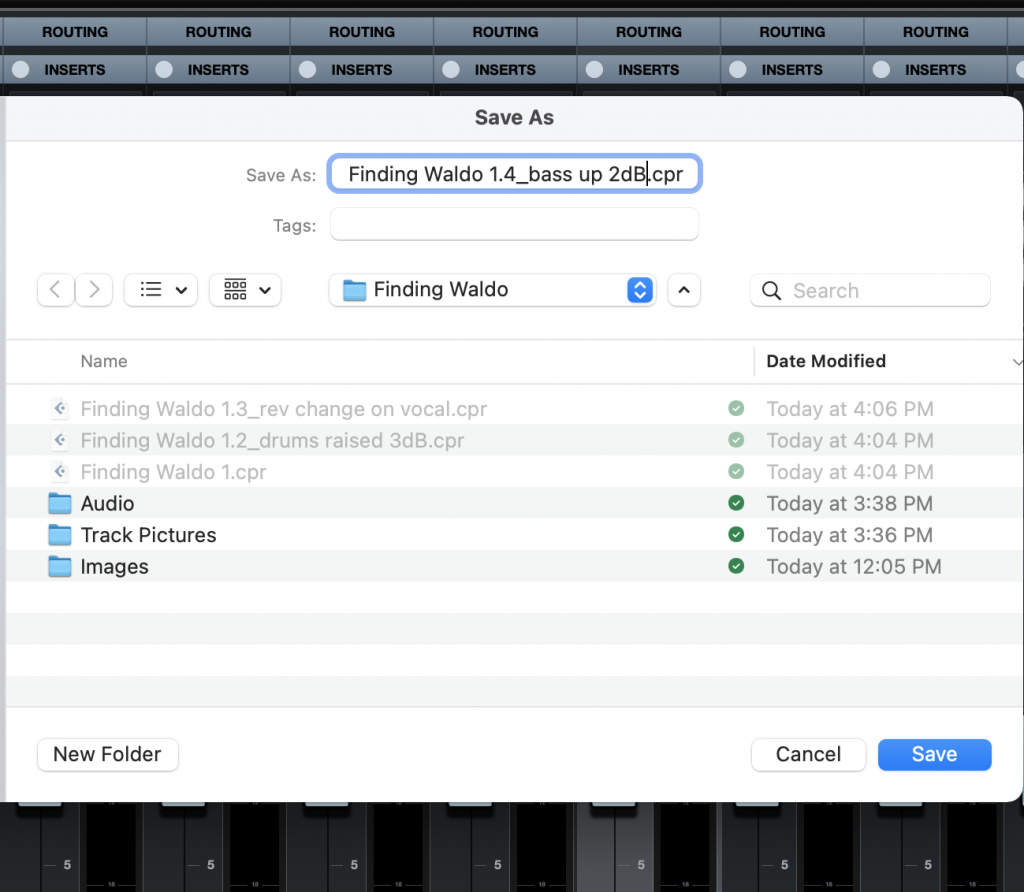
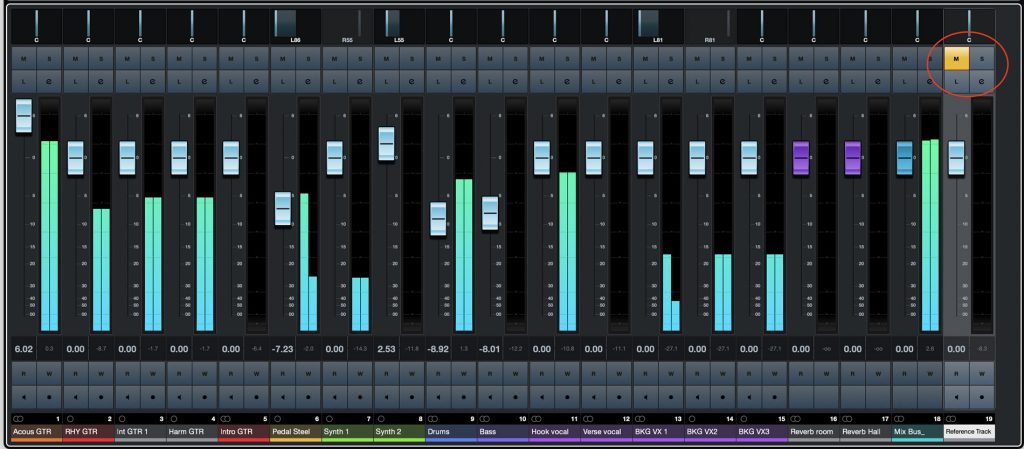
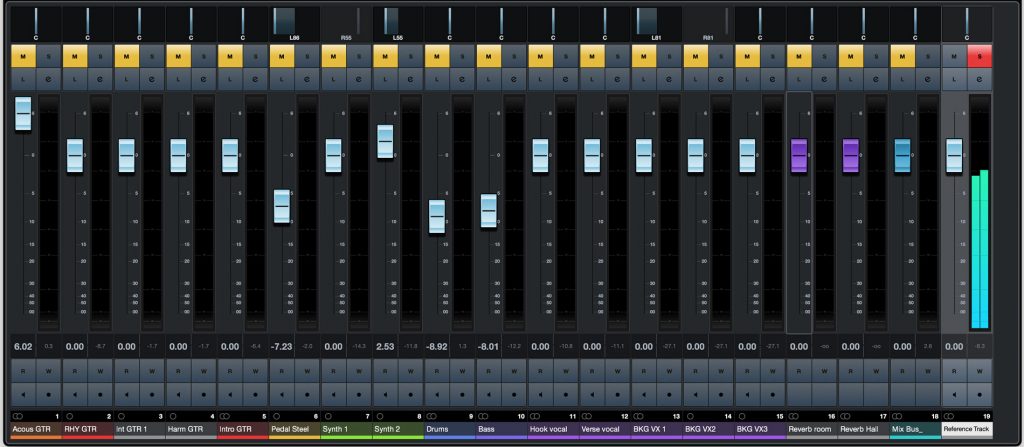
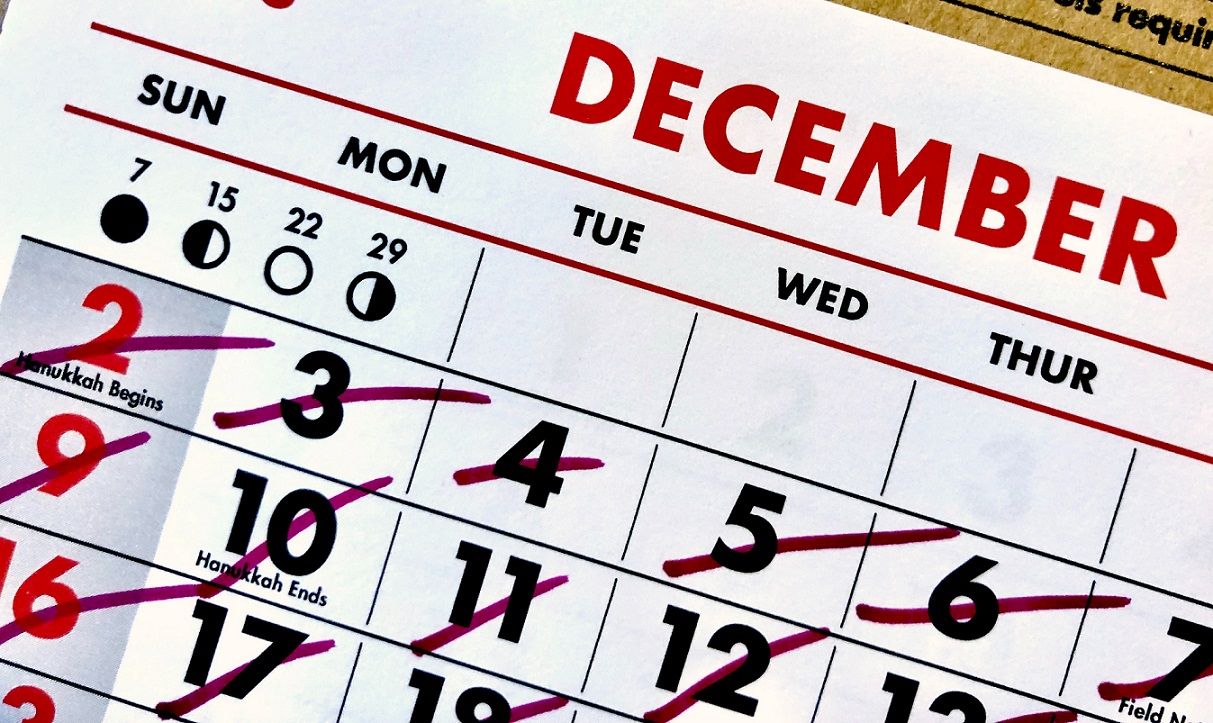

 Making habits obvious in a music class begins by simply being aware of habits that you want to break and habits that you want to build.
Making habits obvious in a music class begins by simply being aware of habits that you want to break and habits that you want to build.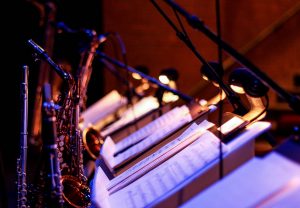 Our exercises are selected ahead of time. For my group, I use exercises from the following books:
Our exercises are selected ahead of time. For my group, I use exercises from the following books: No one will continue with a habit if there is no payoff, which can be intrinsic or extrinsic. Unfortunately, with music, it’s difficult to pinpoint short-term payoffs. I suggest starting with an external reward but don’t announce this to the kids. Rather, commit to an extended time working through your habit or routine, and then surprise your students with the reward. For some groups, the timeline might be a week, and for others, it might be six months.
No one will continue with a habit if there is no payoff, which can be intrinsic or extrinsic. Unfortunately, with music, it’s difficult to pinpoint short-term payoffs. I suggest starting with an external reward but don’t announce this to the kids. Rather, commit to an extended time working through your habit or routine, and then surprise your students with the reward. For some groups, the timeline might be a week, and for others, it might be six months.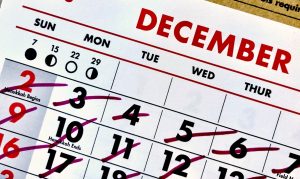 According to a blog post by Clear, comedian
According to a blog post by Clear, comedian 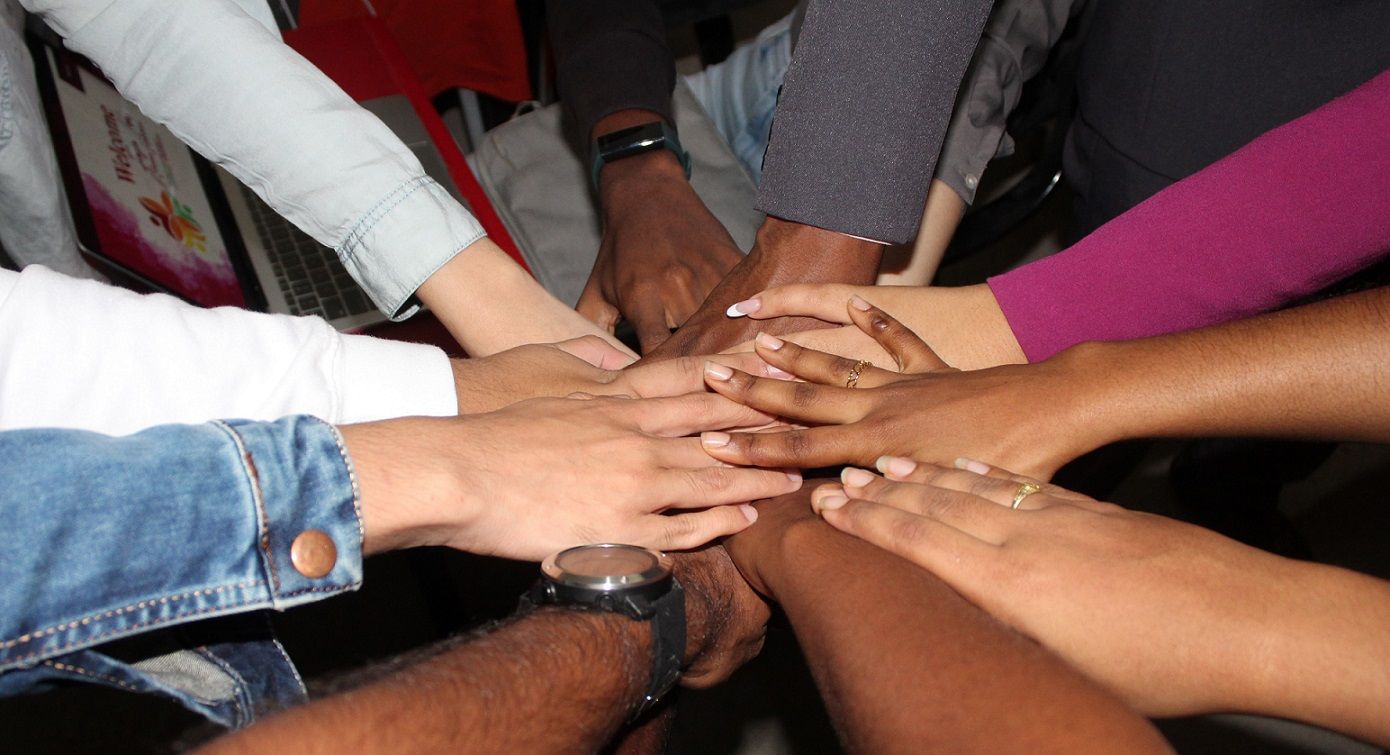


 Want to take the survey? Here are two sites; both are free but you will have to take a few minutes to set up an account and password. Try
Want to take the survey? Here are two sites; both are free but you will have to take a few minutes to set up an account and password. Try 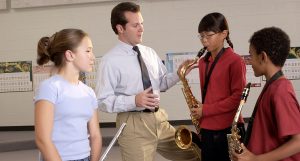

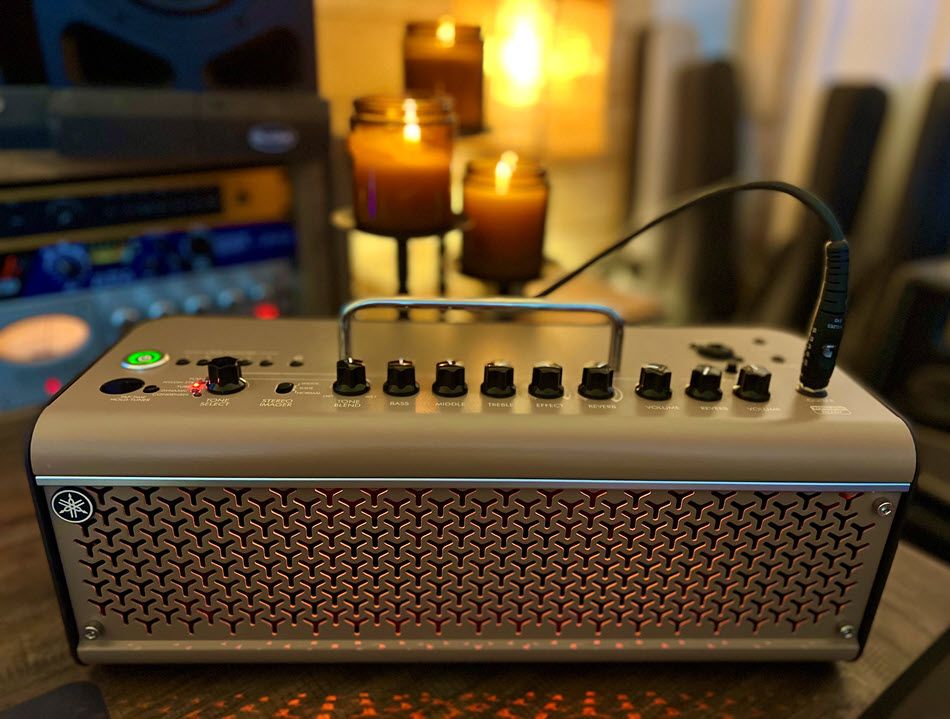
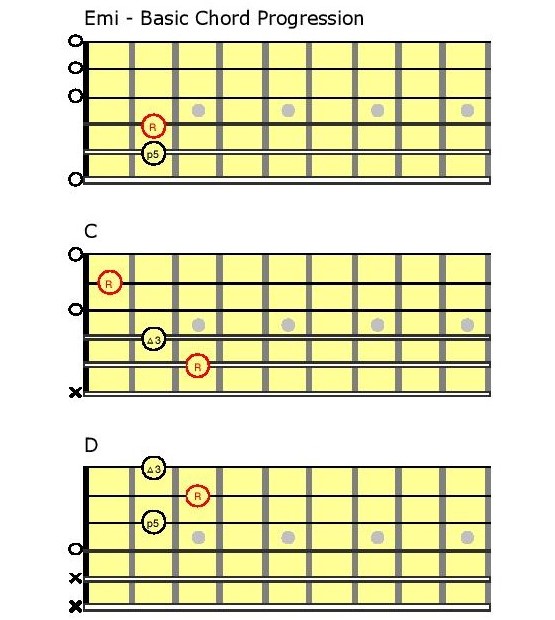
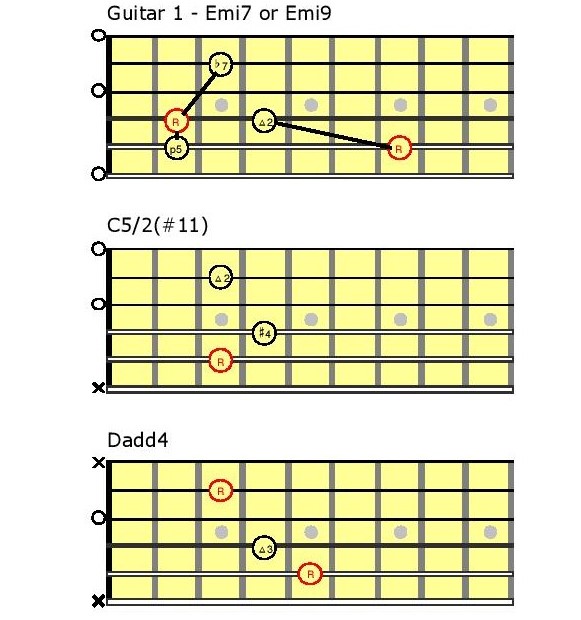
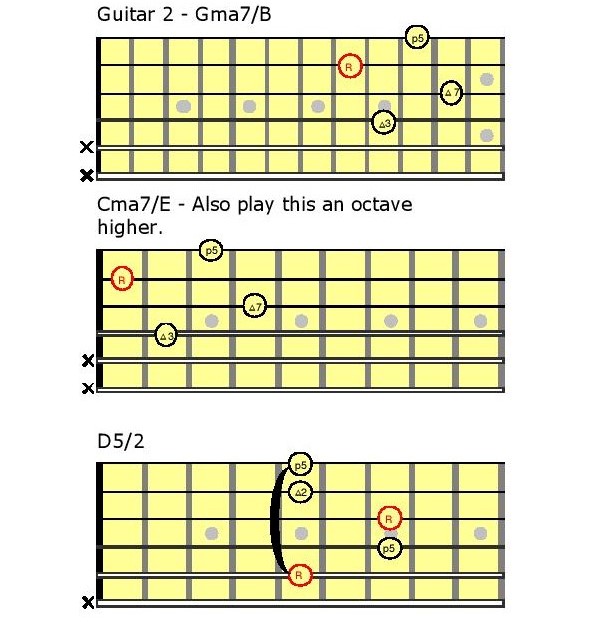
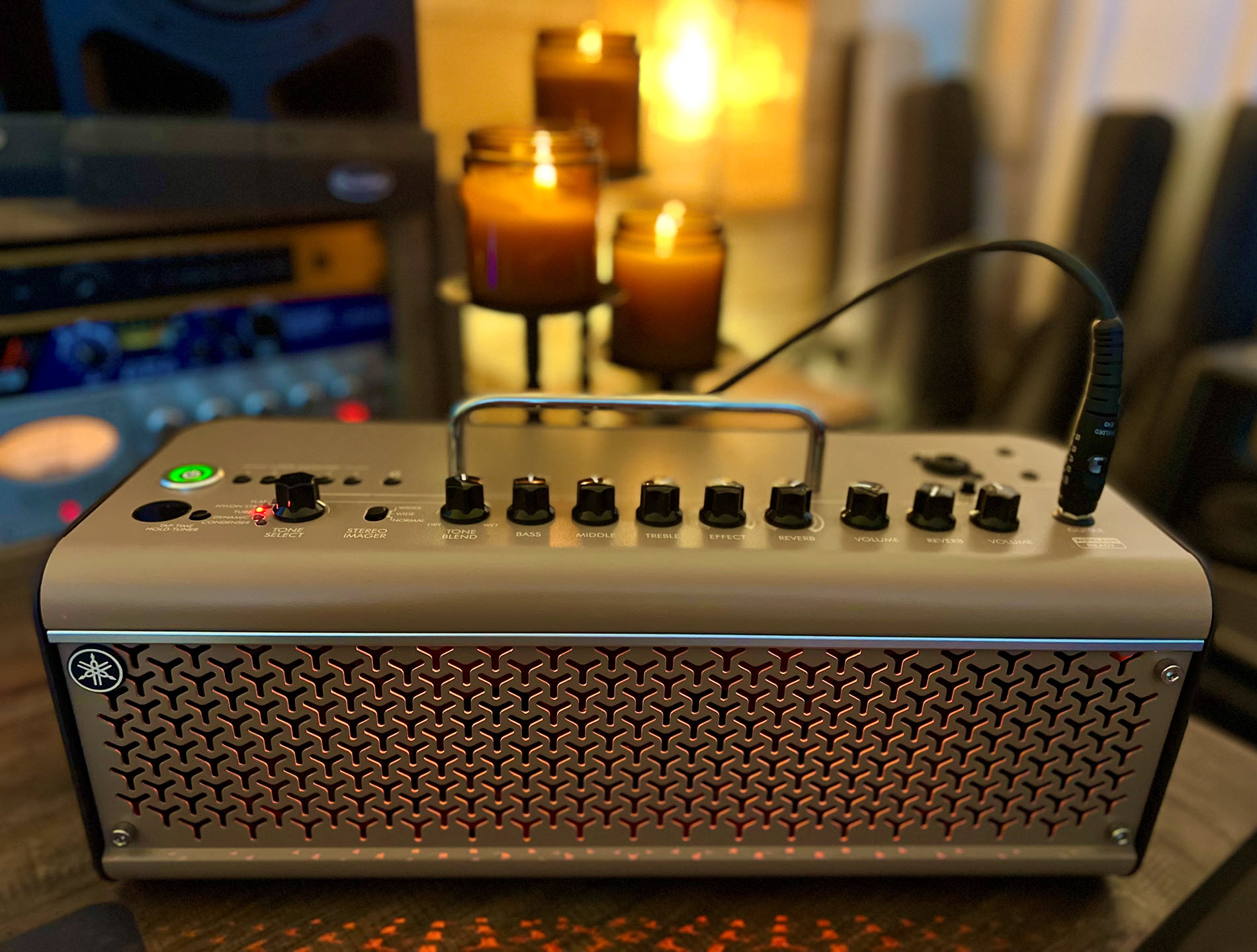
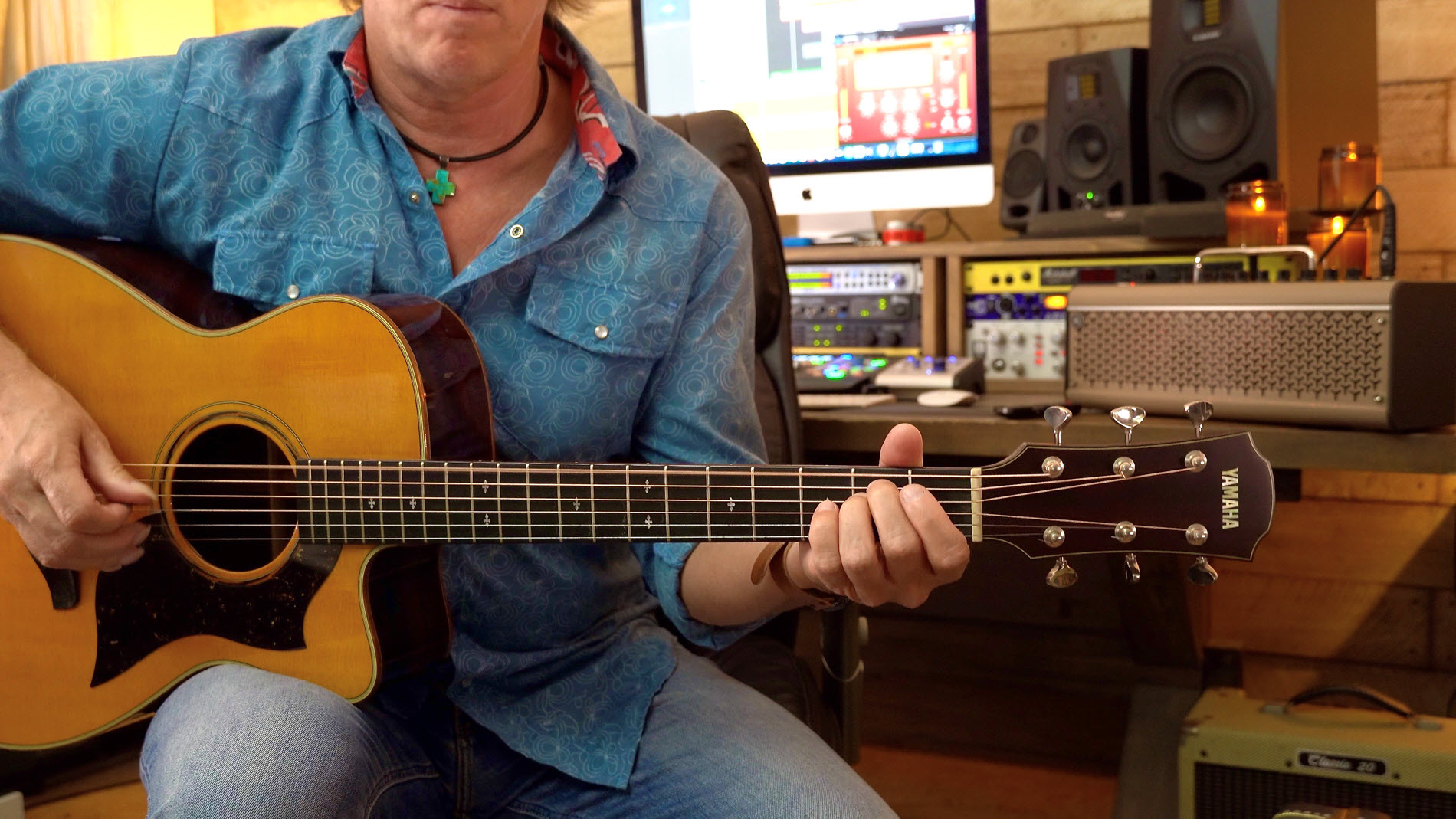
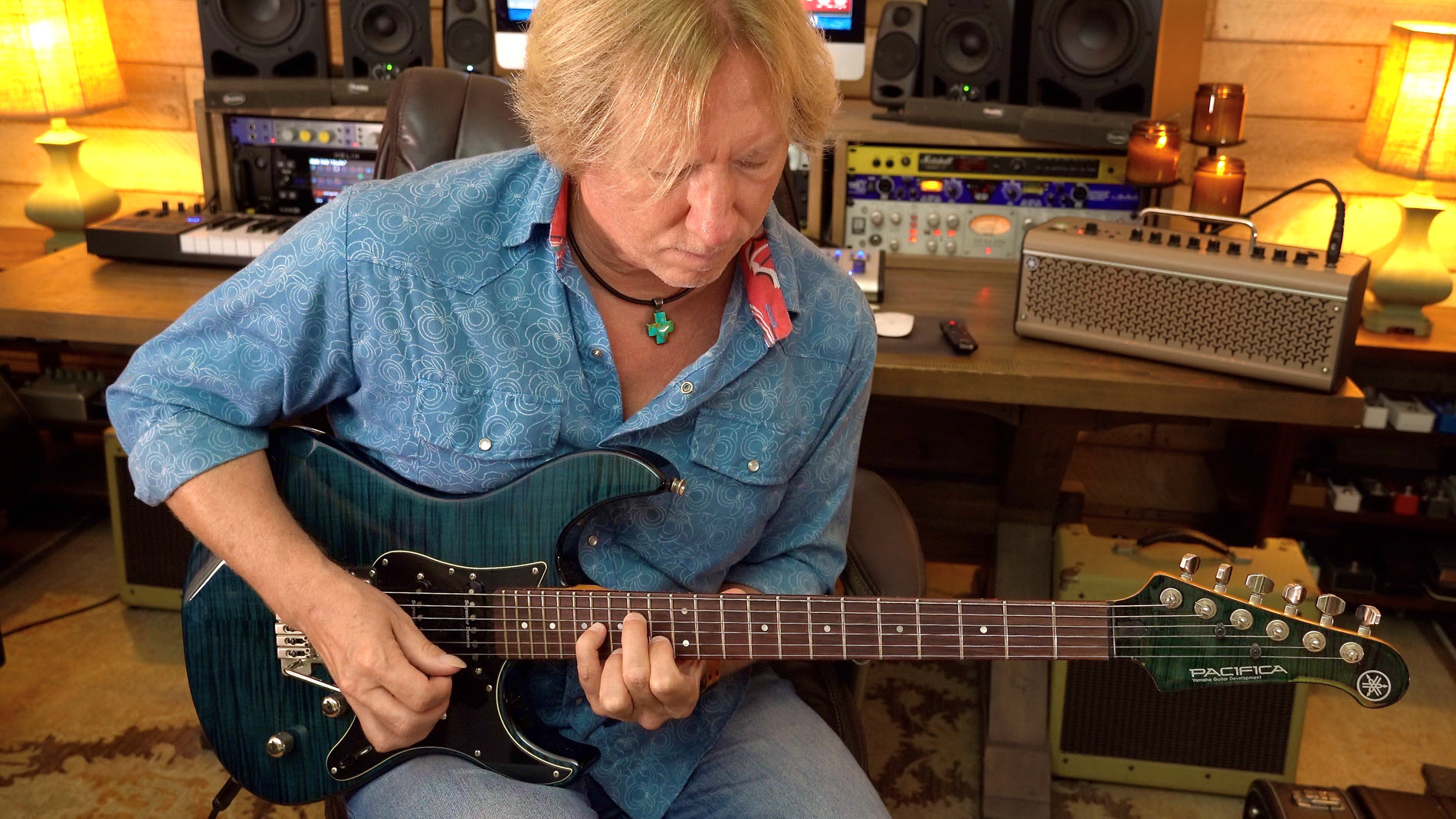

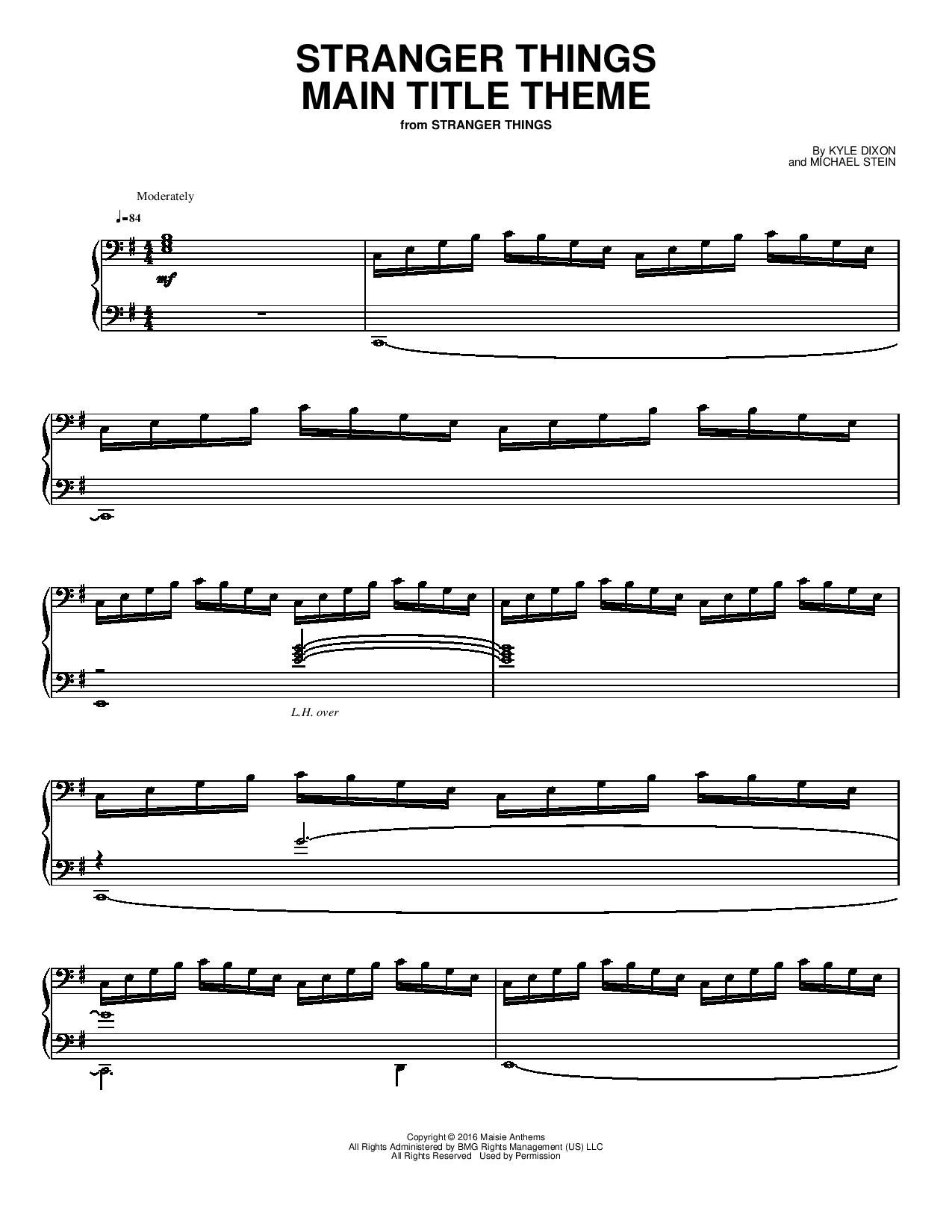
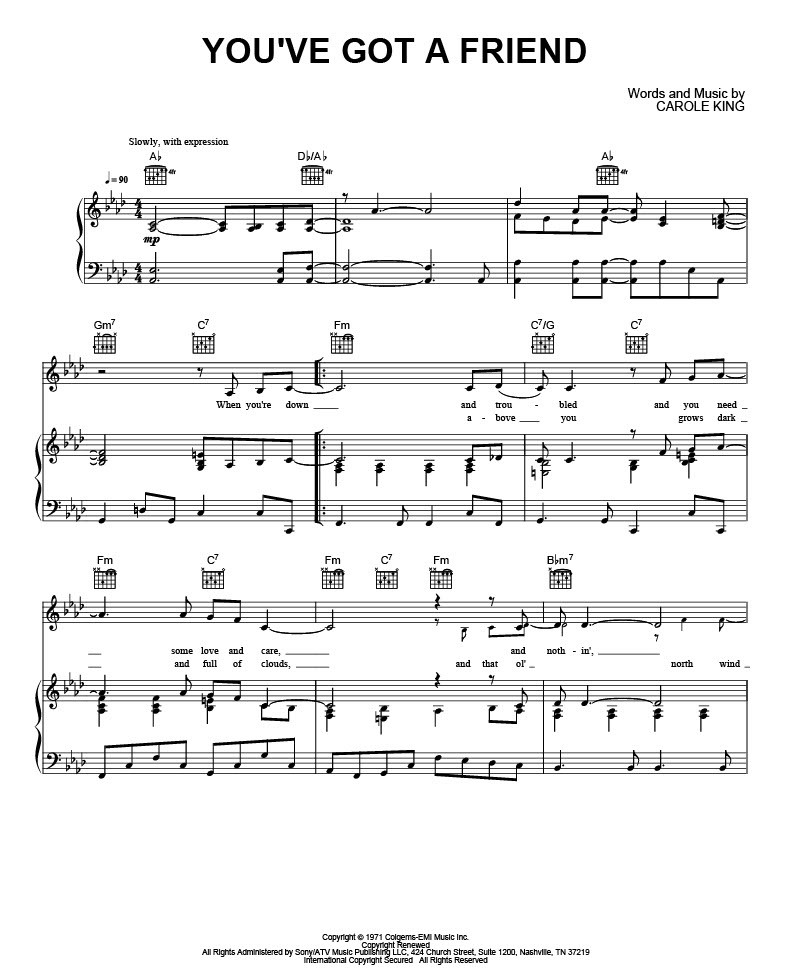
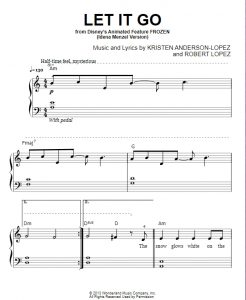
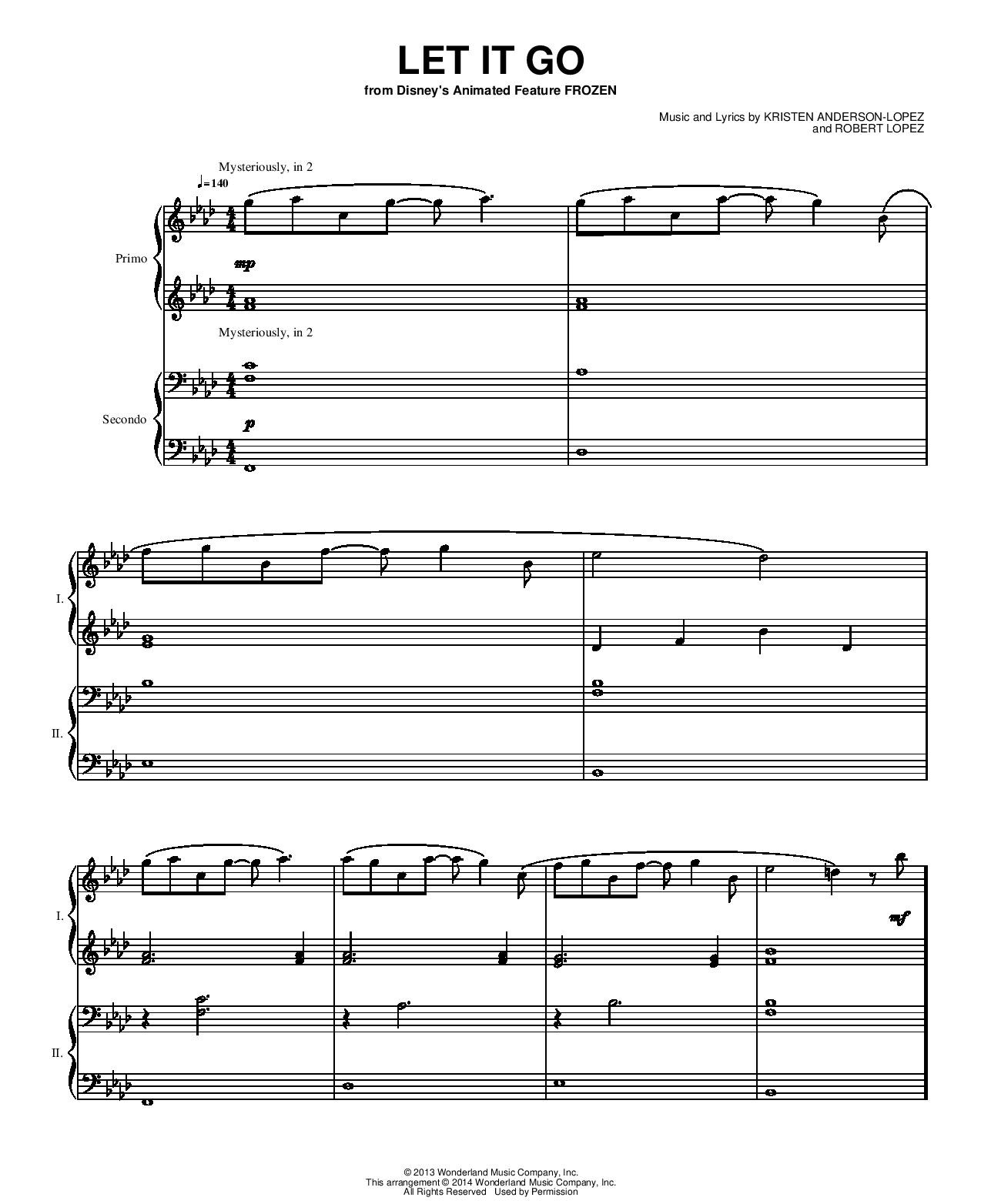
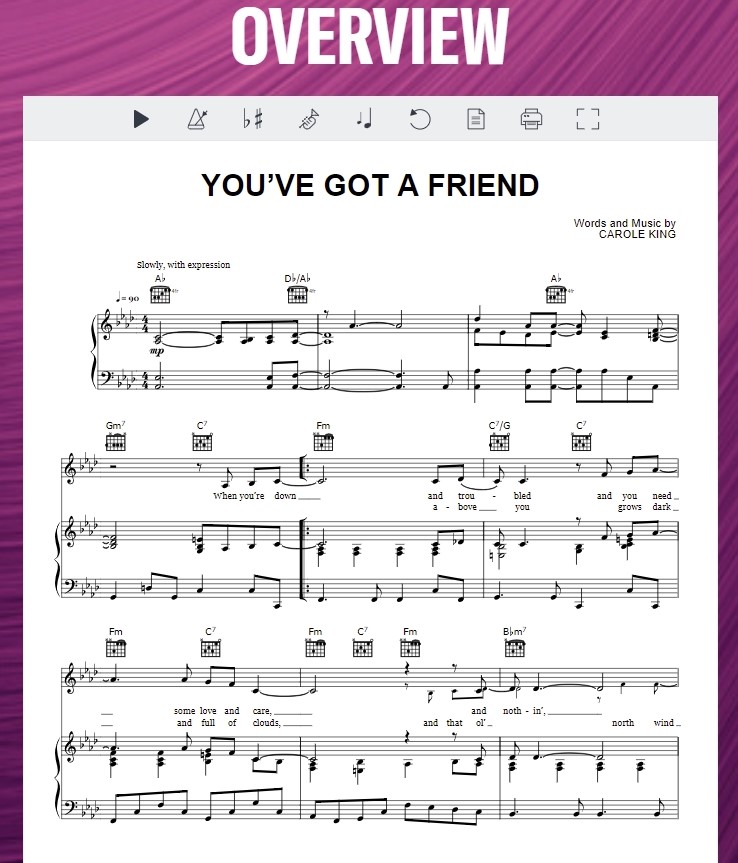

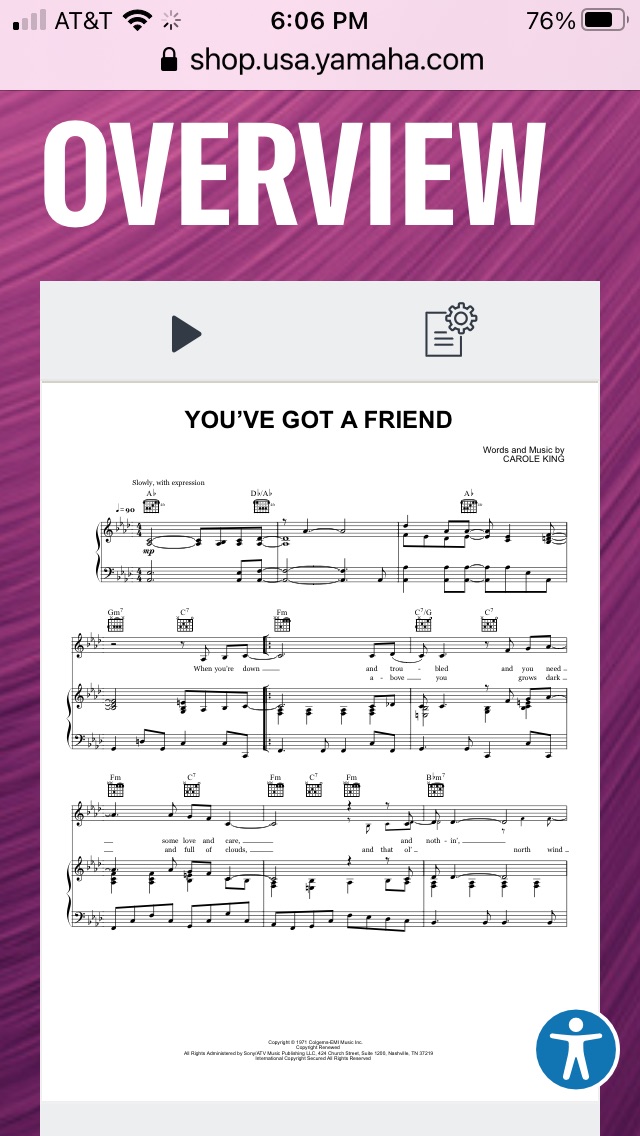

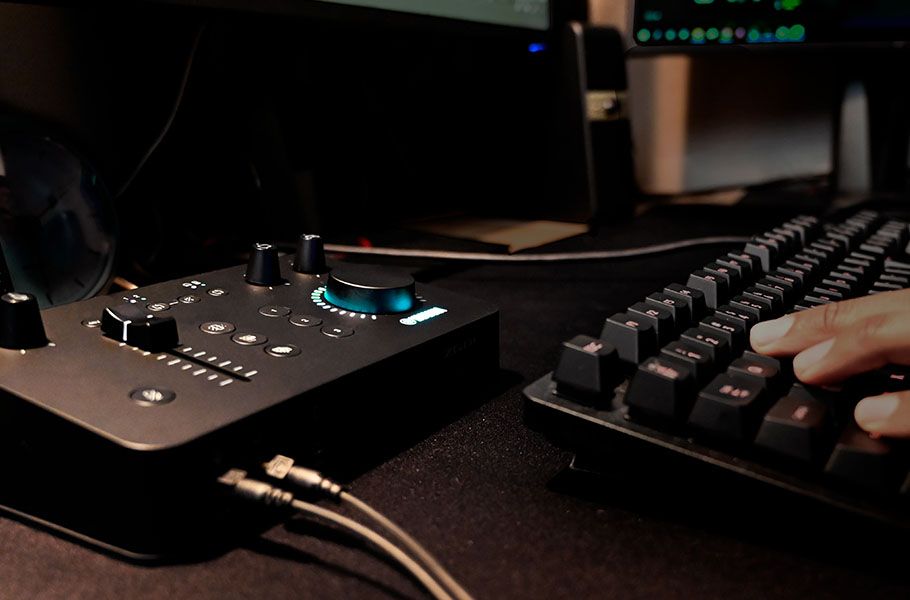
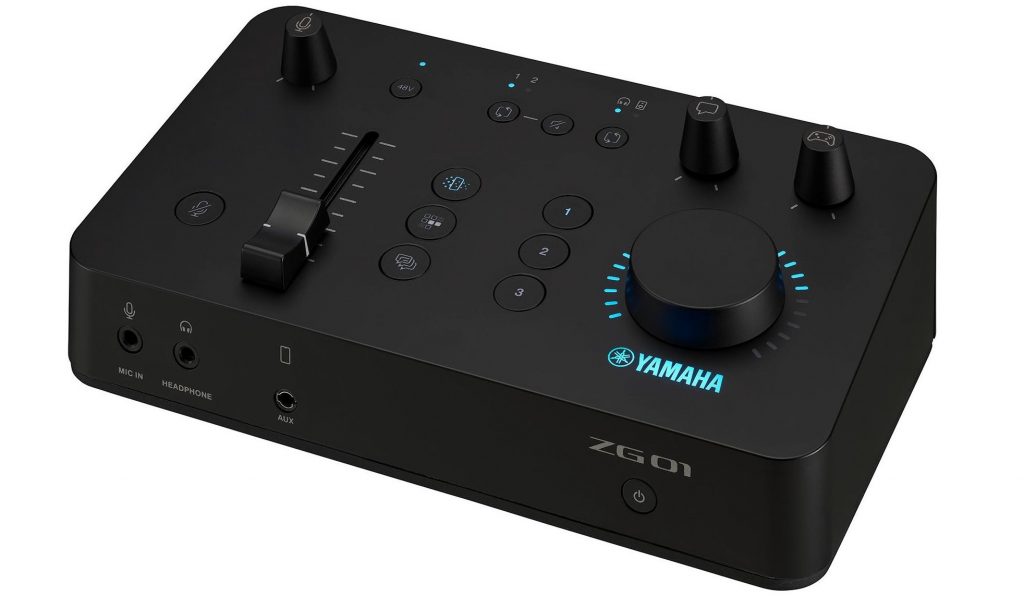

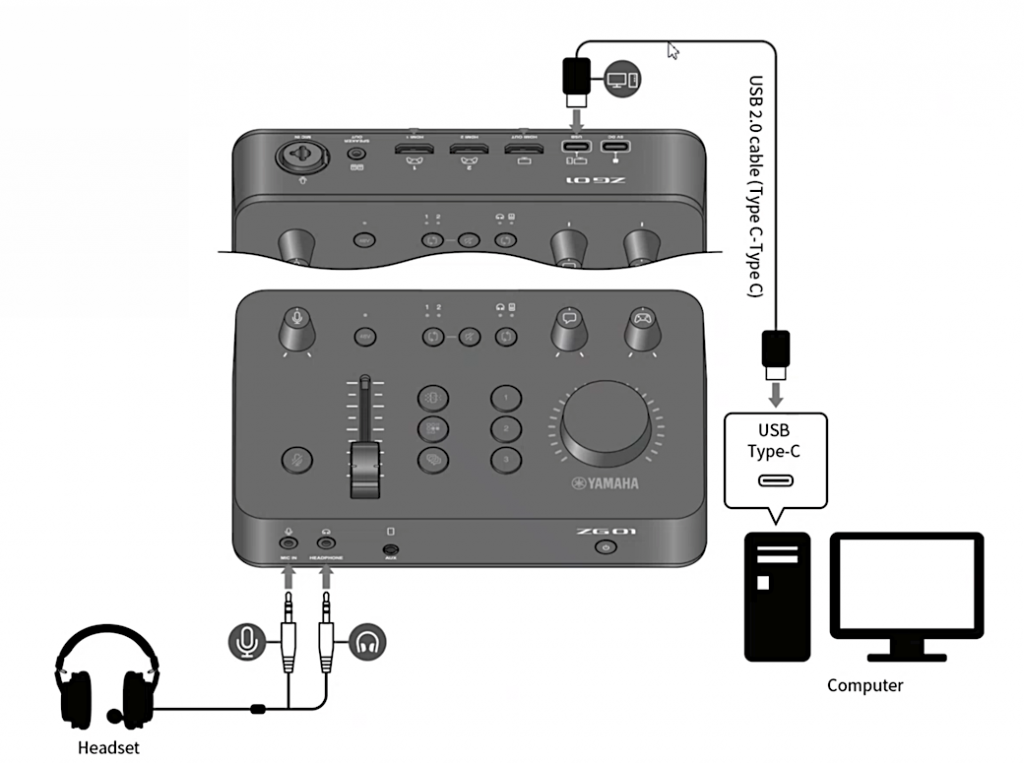
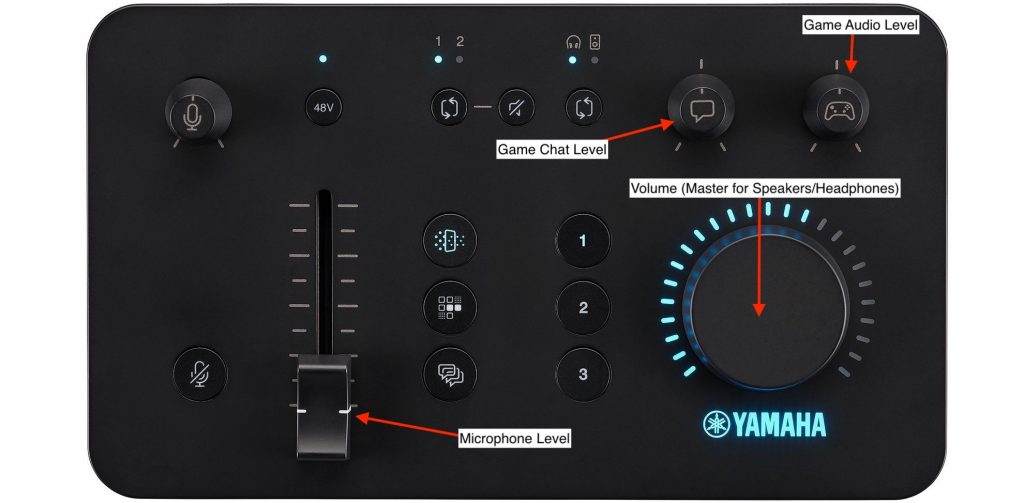
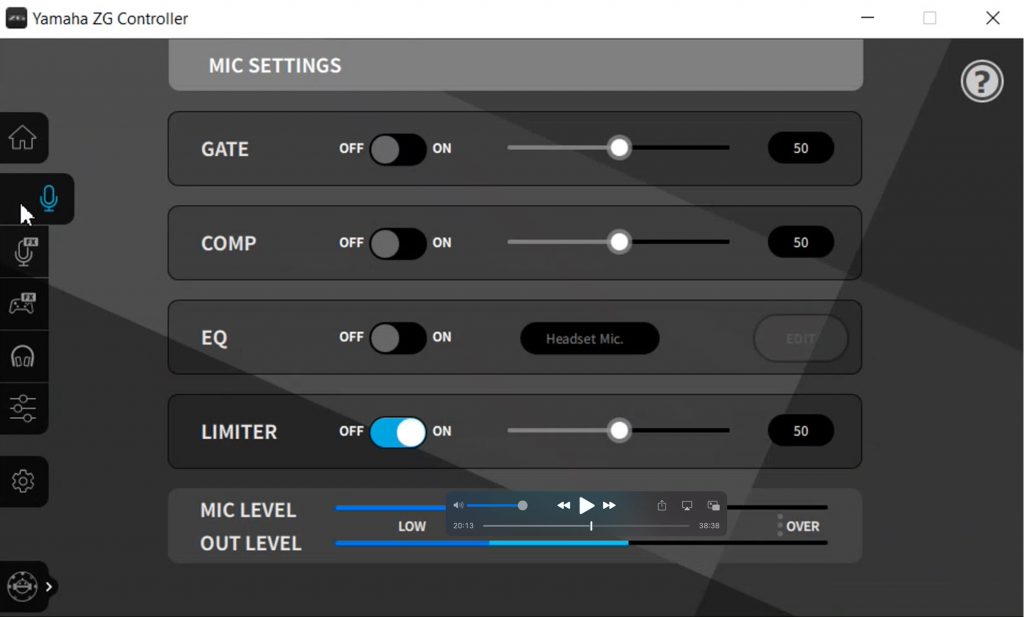
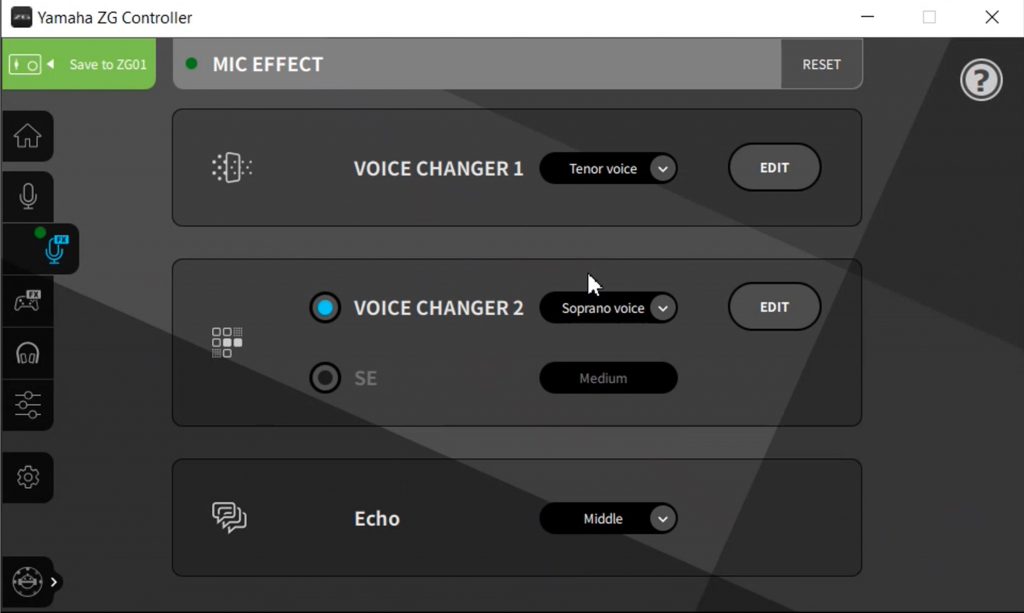
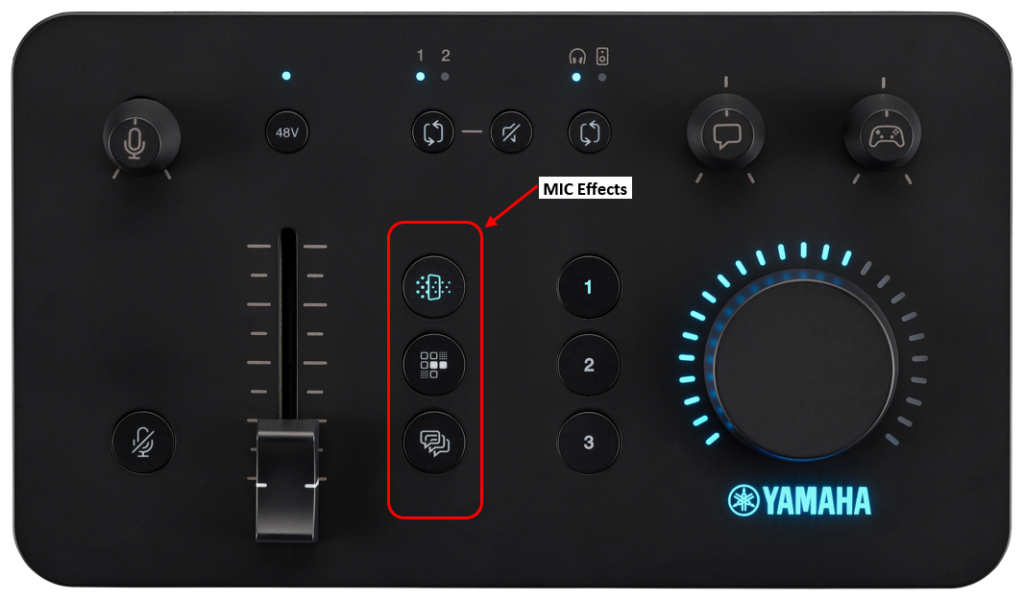
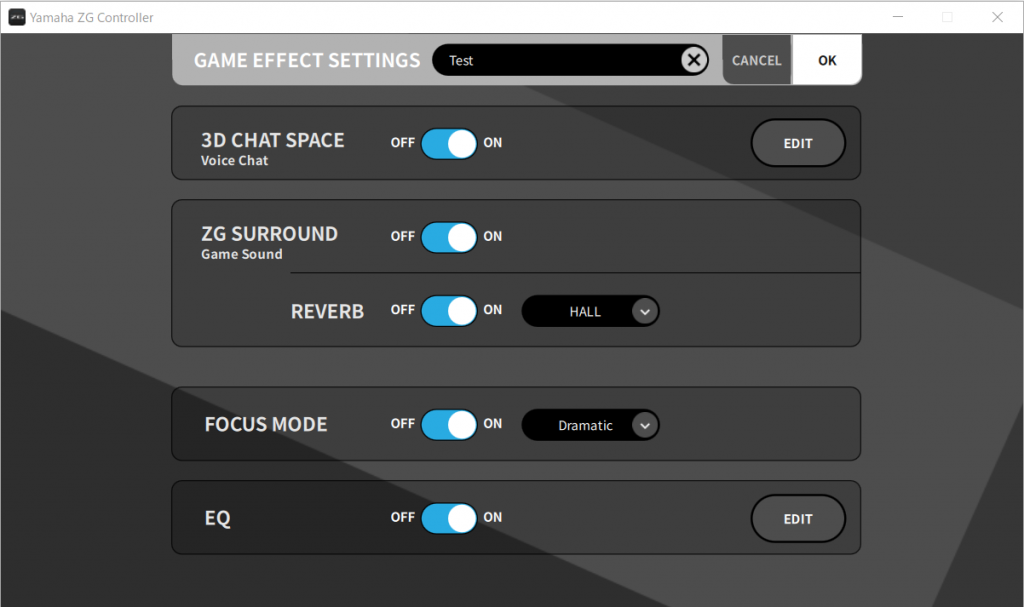
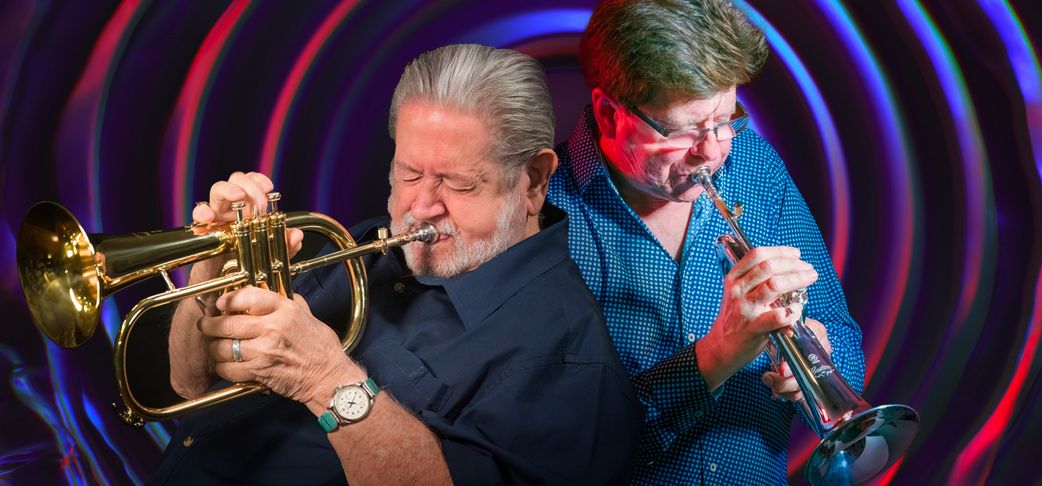
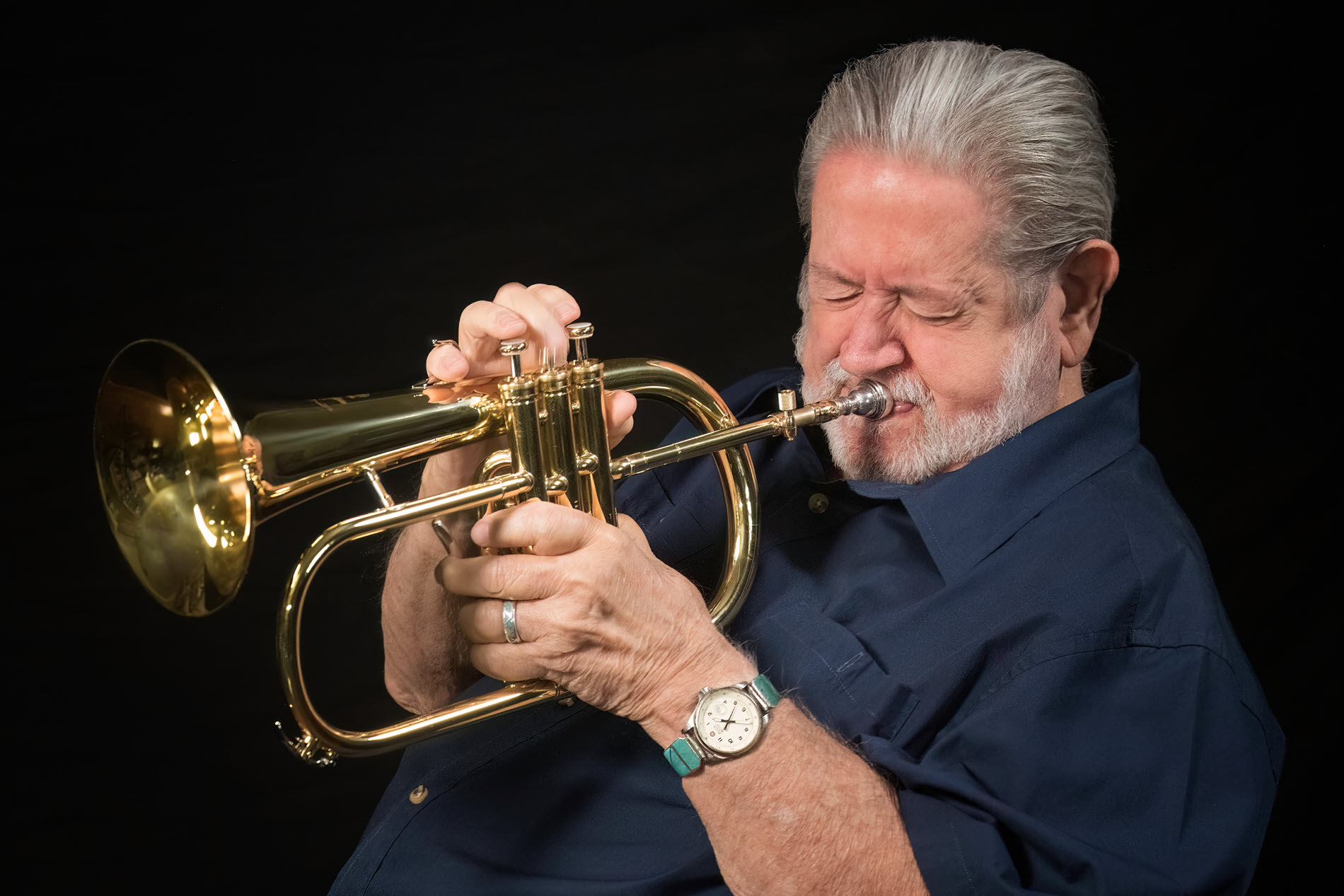
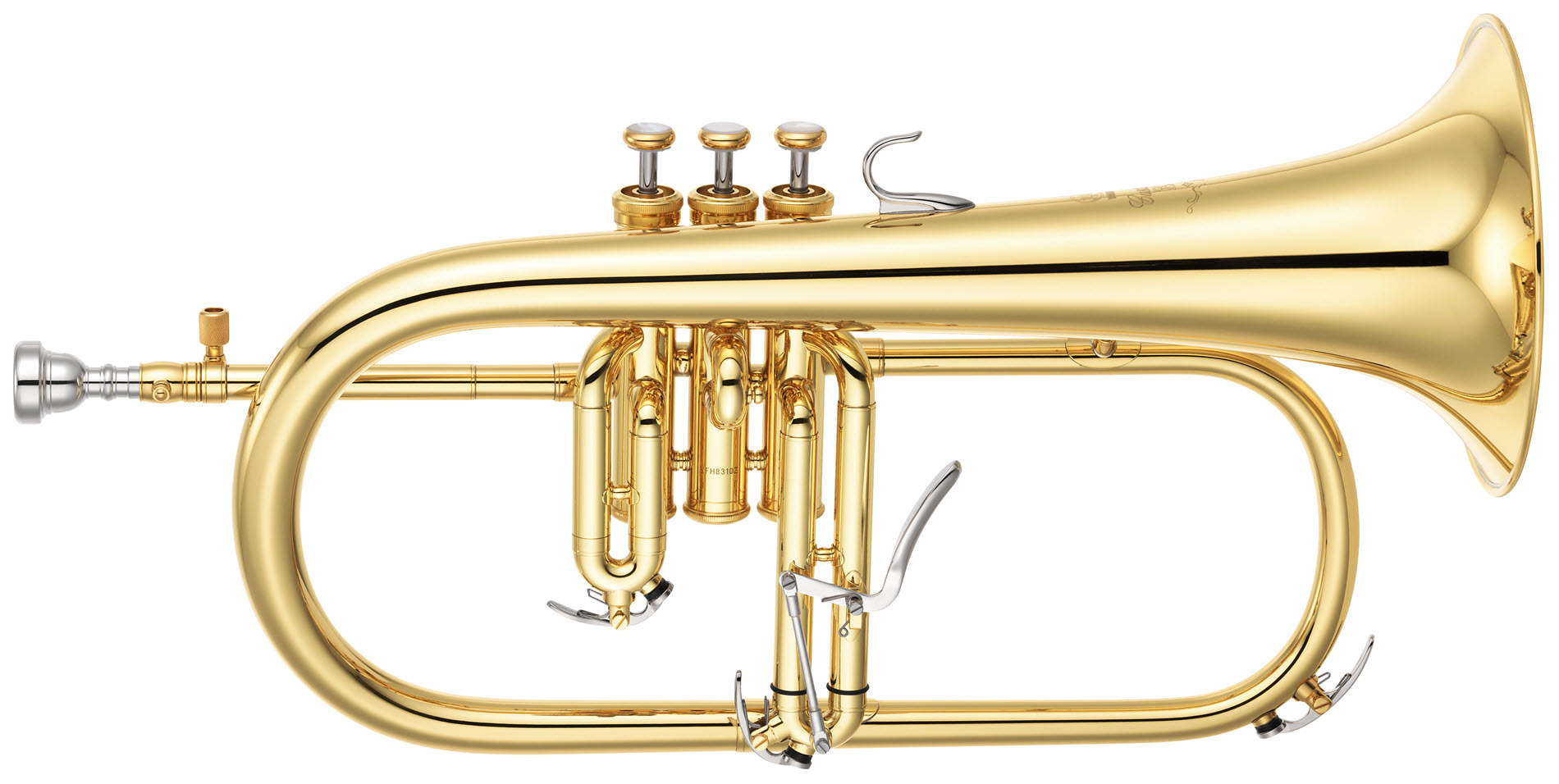
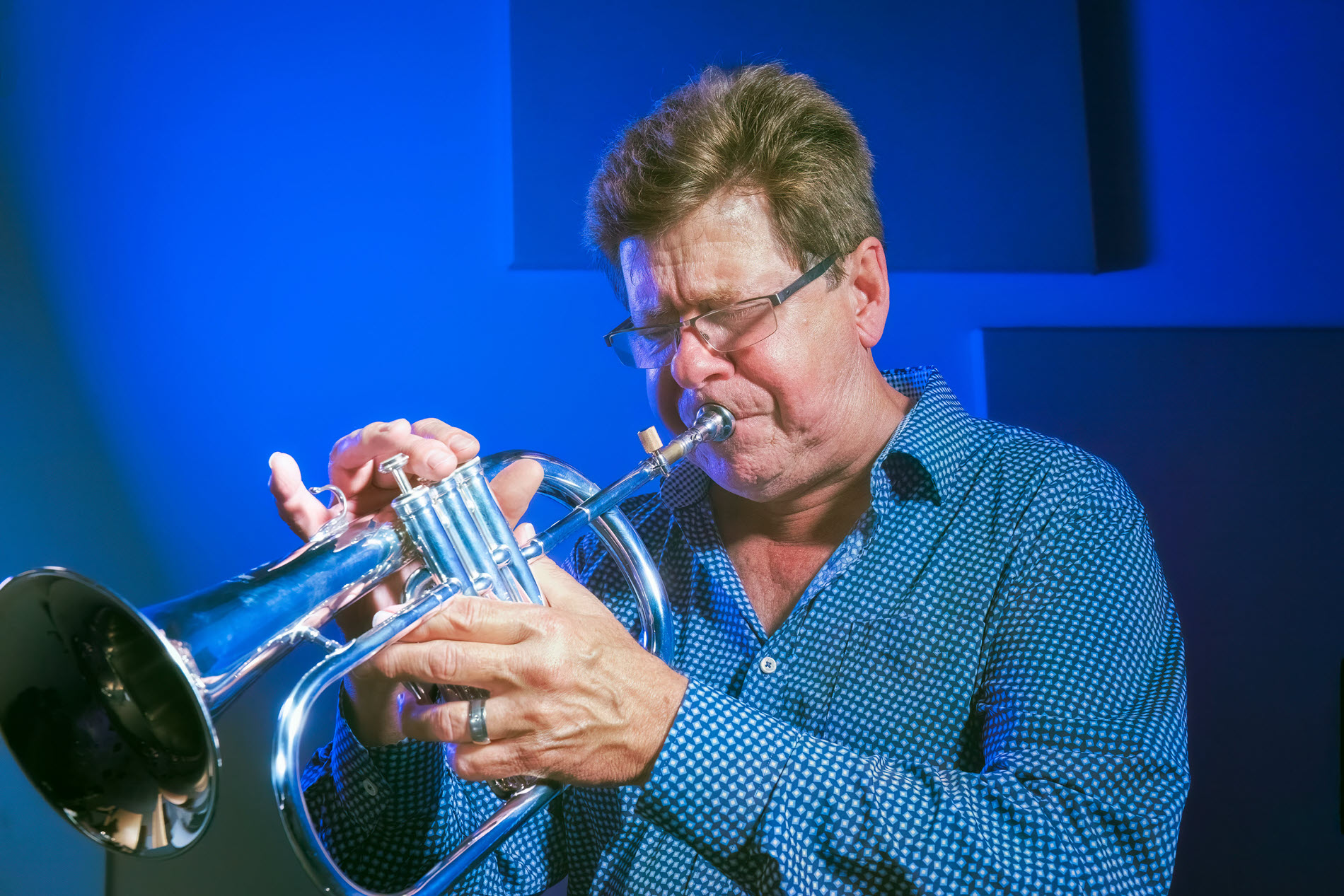

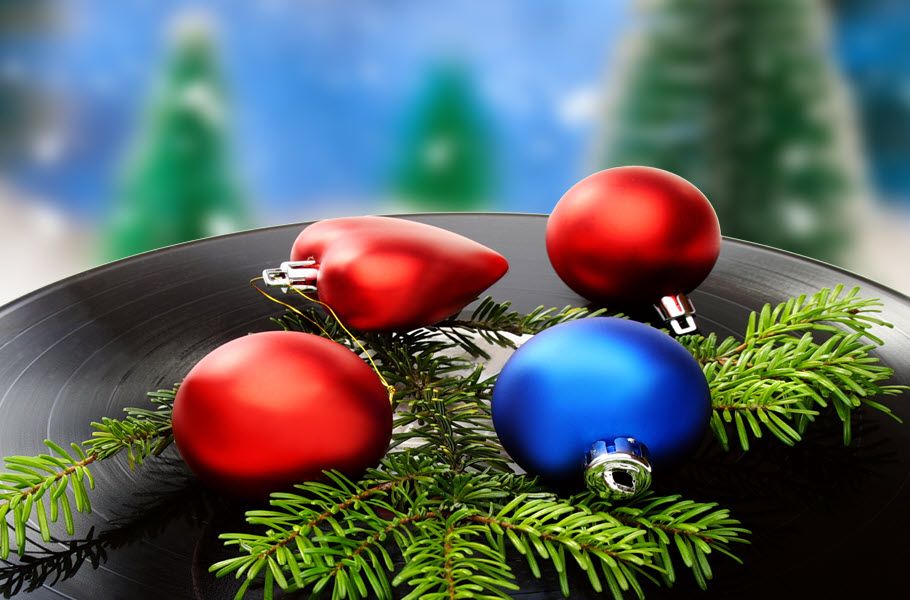
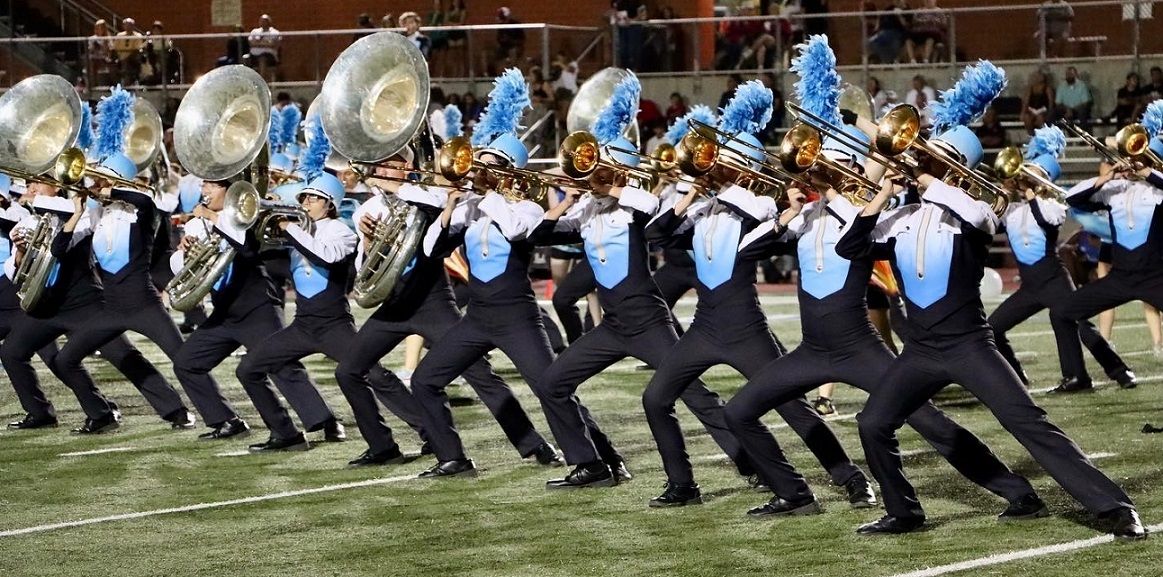
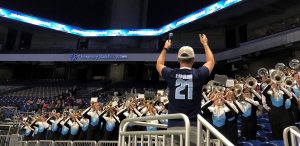 I called my dad, who was a professor and director of continuing education at Rutgers, in near hysterics and asked if I could come by his office to talk. When I got there, he gave me a big hug to let me know that everything was going to be OK, and then he allowed me to talk and spill all my emotions before even attempting to weigh in to help. After I calmed down, we talked through my disappointment, and my dad encouraged me to reflect on what might have led to the chain of events and challenged me to be proactive in my response to the situation. His suggestions included seeking feedback and staying focused on continuous improvement. And, most importantly, he reminded me of one of my grandfather’s favorite sayings, “As stressful as this seems, six months from now, you’re going to be worrying about something else.”
I called my dad, who was a professor and director of continuing education at Rutgers, in near hysterics and asked if I could come by his office to talk. When I got there, he gave me a big hug to let me know that everything was going to be OK, and then he allowed me to talk and spill all my emotions before even attempting to weigh in to help. After I calmed down, we talked through my disappointment, and my dad encouraged me to reflect on what might have led to the chain of events and challenged me to be proactive in my response to the situation. His suggestions included seeking feedback and staying focused on continuous improvement. And, most importantly, he reminded me of one of my grandfather’s favorite sayings, “As stressful as this seems, six months from now, you’re going to be worrying about something else.”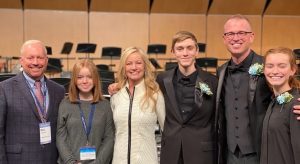
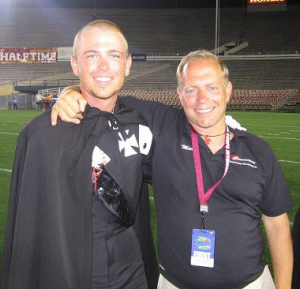
 The most remarkable part was watching this student process the results and then stick around to celebrate his peers who did earn chairs, including many who asked him, “How could you not have made it?”
The most remarkable part was watching this student process the results and then stick around to celebrate his peers who did earn chairs, including many who asked him, “How could you not have made it?”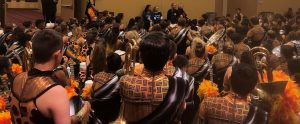 Failure is like any skill — the more we practice and experience it, the better we can master our ability to learn from it and move forward.
Failure is like any skill — the more we practice and experience it, the better we can master our ability to learn from it and move forward.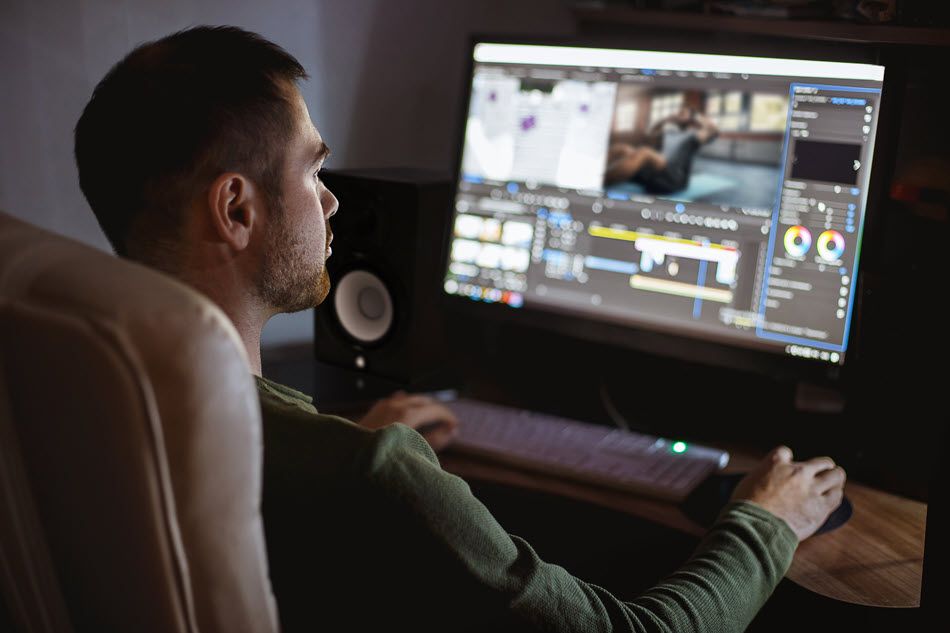
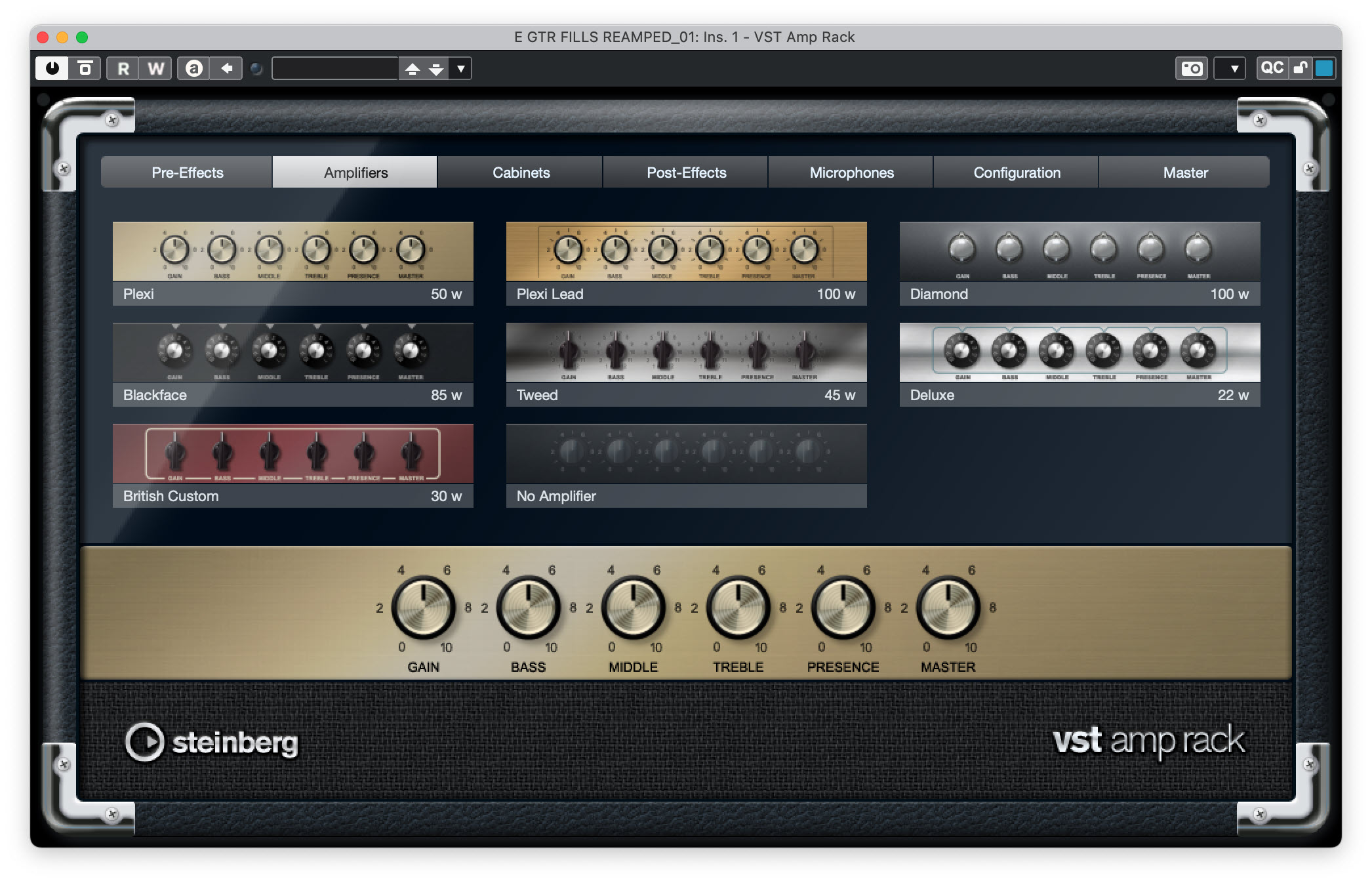
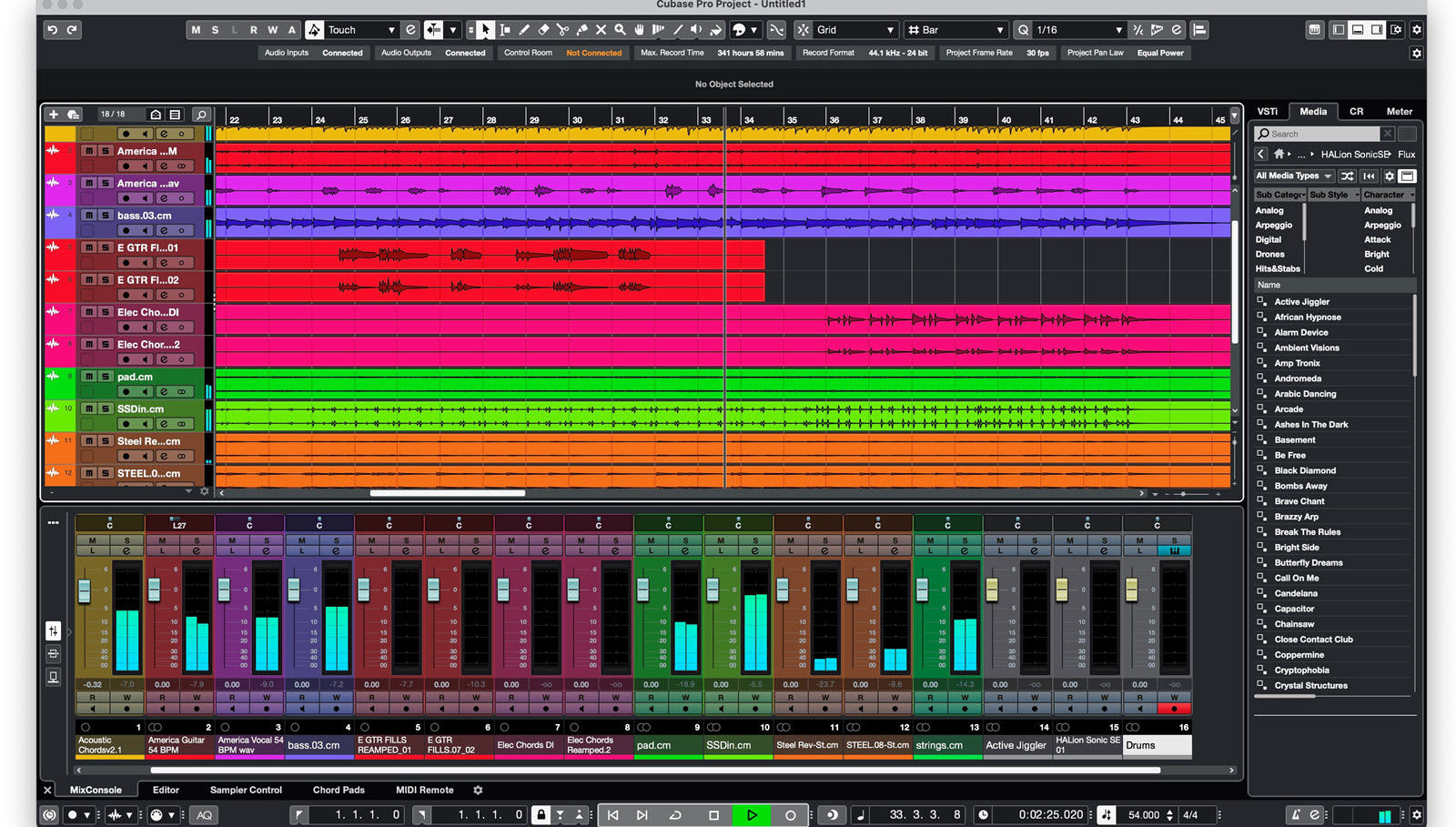
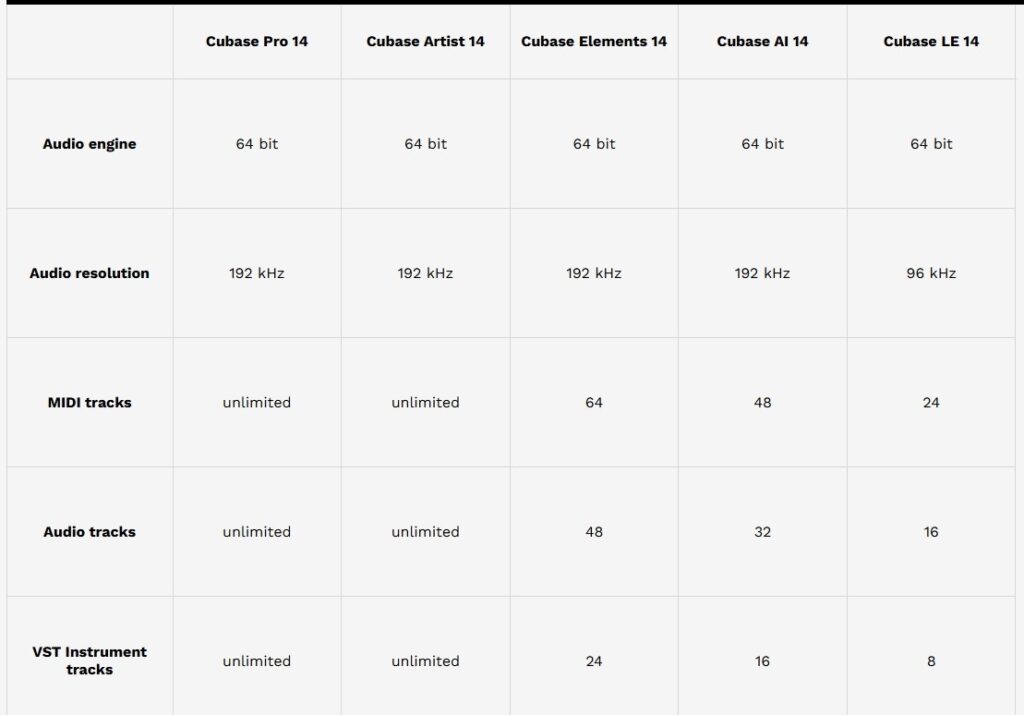
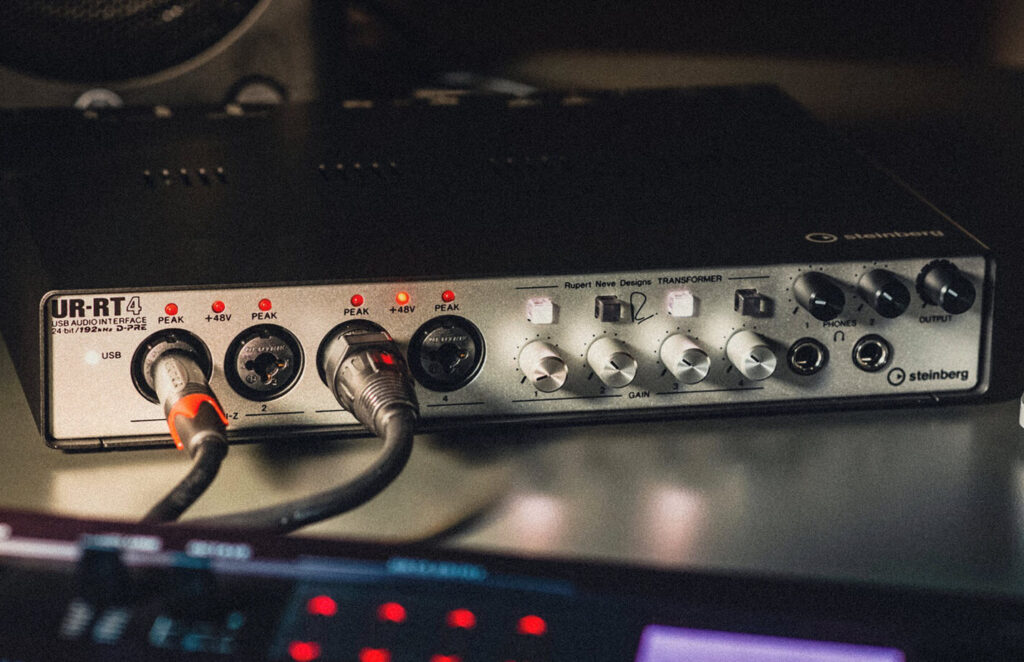

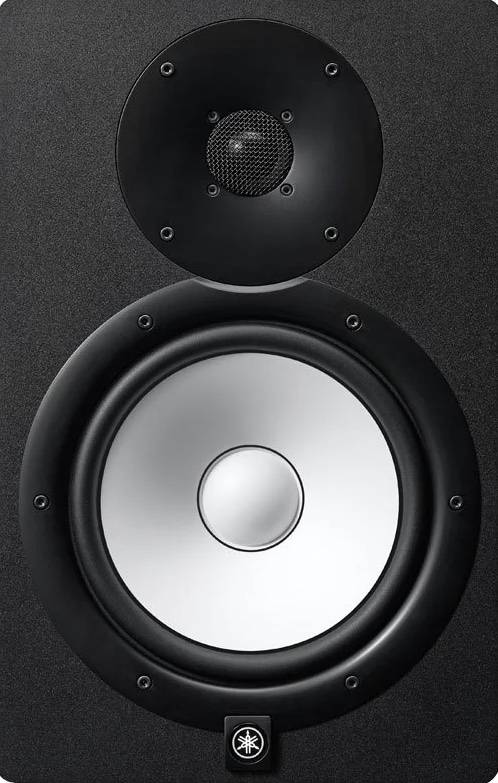
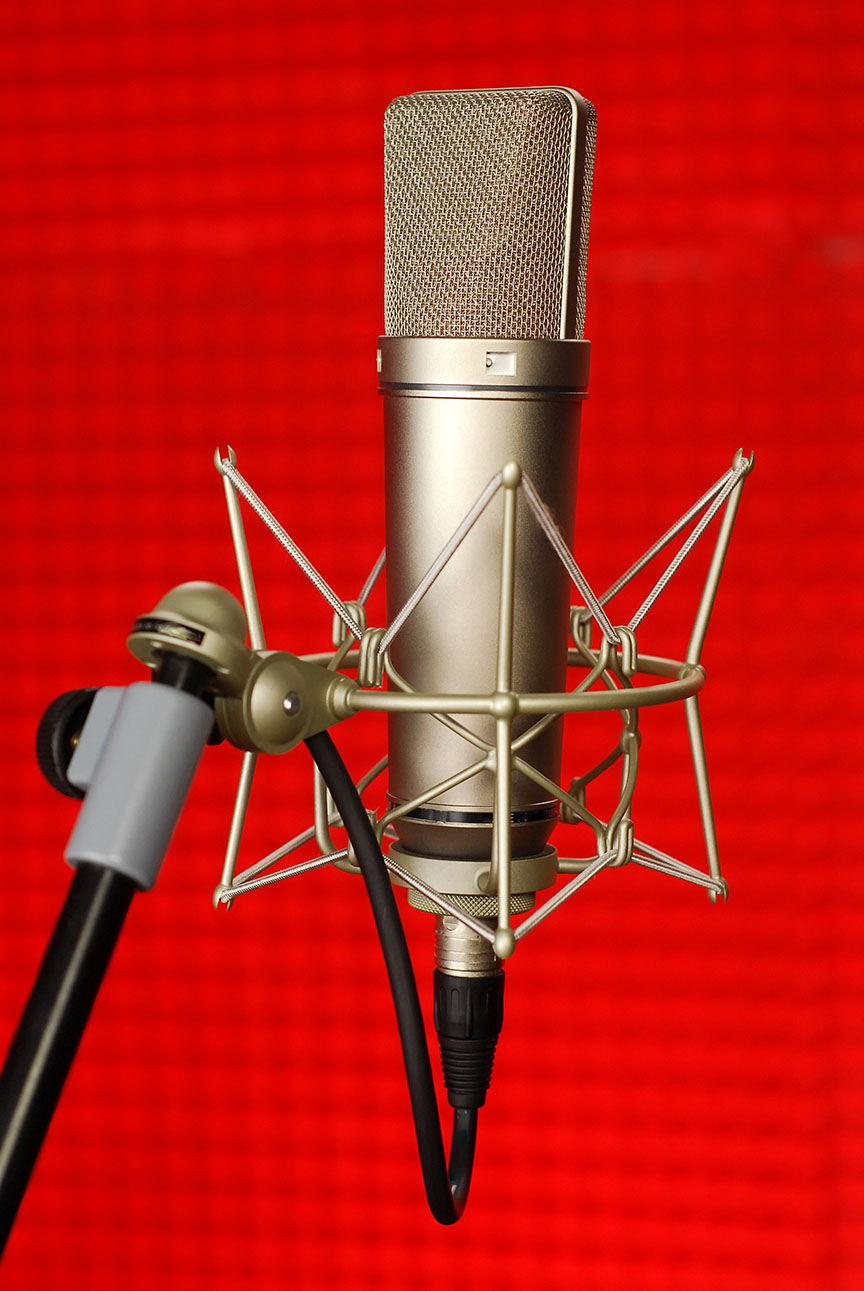
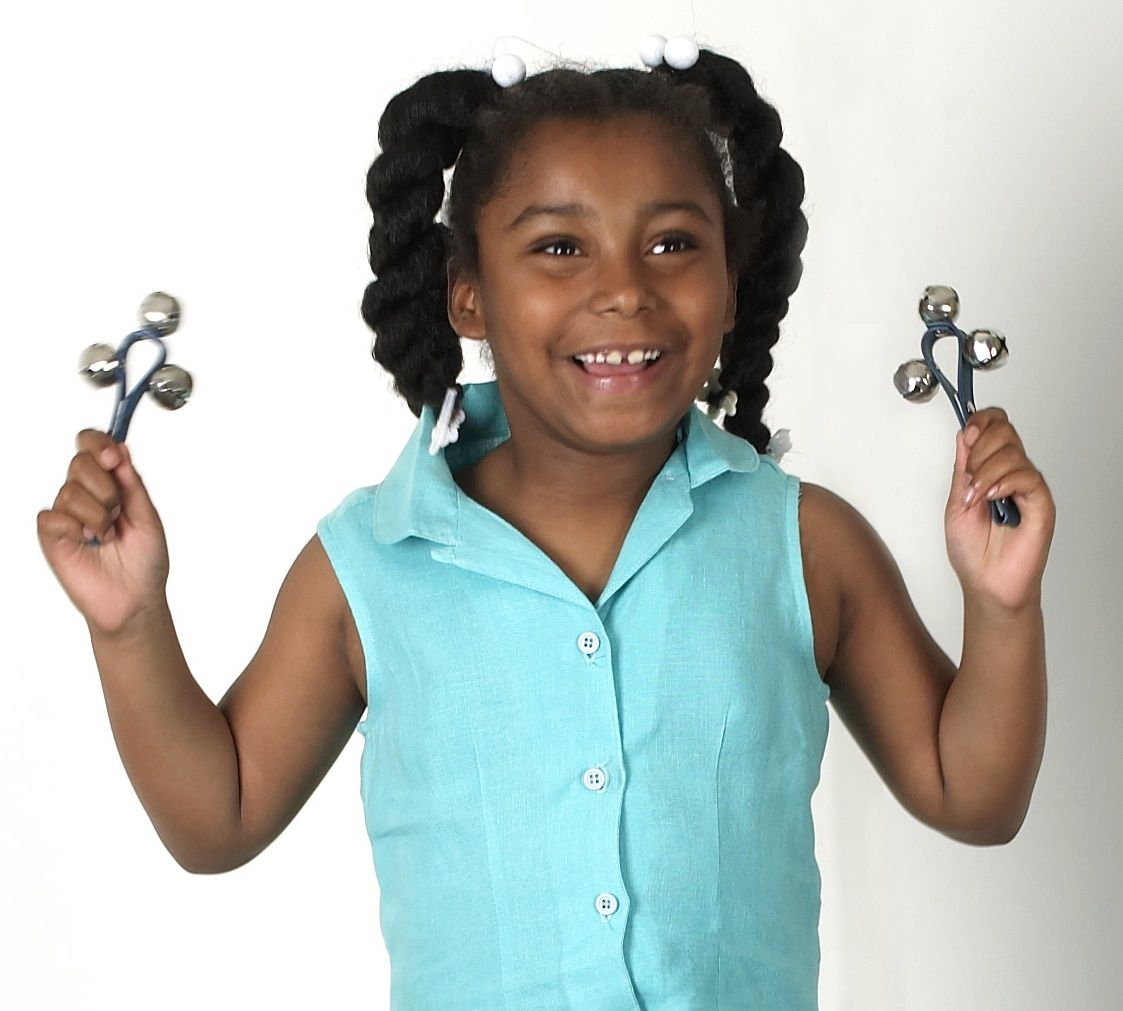
 Older elementary schoolers have had enough time to familiarize themselves with some classical pieces. Plus, this is a holiday project that doesn’t break the bank. All you need are cardboard or paper mache ball ornaments and glue or Mod Podge, which can be found at most
Older elementary schoolers have had enough time to familiarize themselves with some classical pieces. Plus, this is a holiday project that doesn’t break the bank. All you need are cardboard or paper mache ball ornaments and glue or Mod Podge, which can be found at most 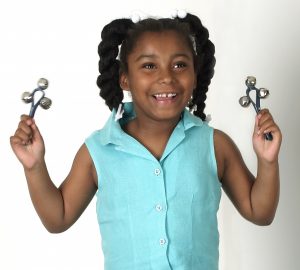 Make listening to winter-themed music more interesting by creating holiday dance-move cards for your mid-elementary classroom. I like to mix it up by having the students lead the dances once they are familiar with the different activities — such as take tiny elf steps, do some reindeer kicks, march like a nutcracker, etc. If your schedules allow it, you can team up with the P.E. teacher for this one.
Make listening to winter-themed music more interesting by creating holiday dance-move cards for your mid-elementary classroom. I like to mix it up by having the students lead the dances once they are familiar with the different activities — such as take tiny elf steps, do some reindeer kicks, march like a nutcracker, etc. If your schedules allow it, you can team up with the P.E. teacher for this one.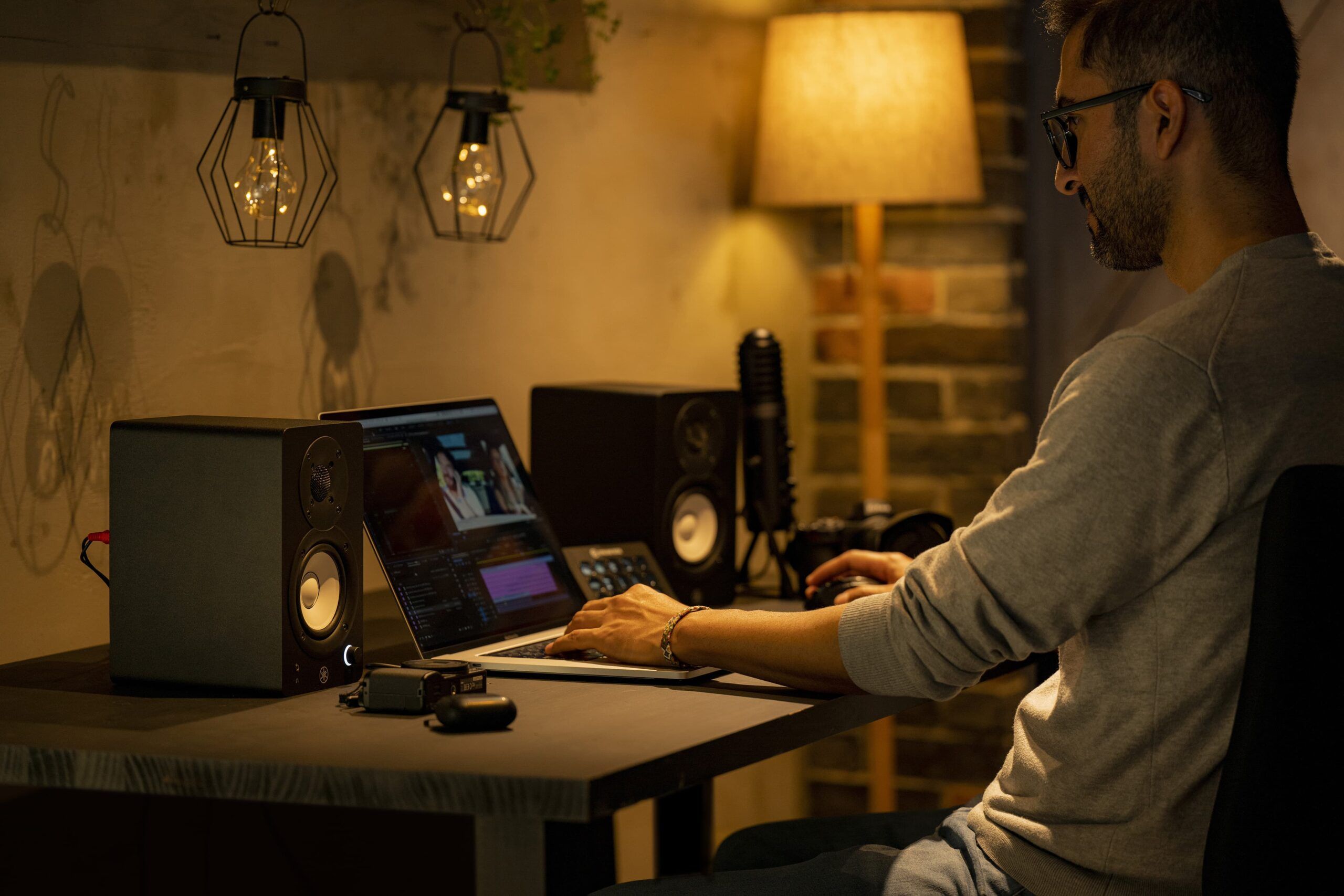
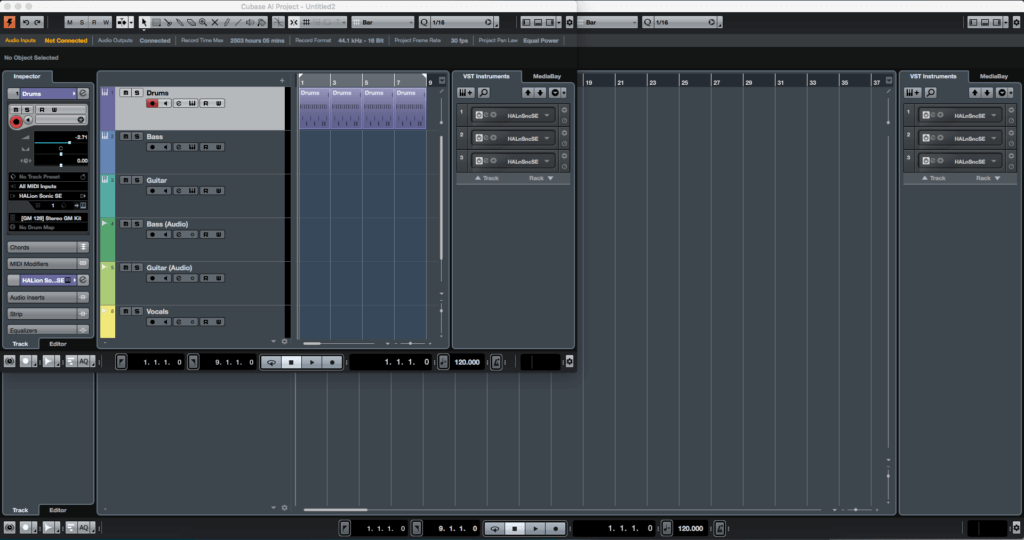
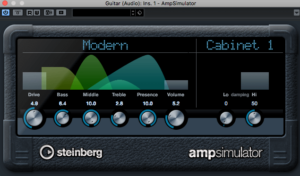
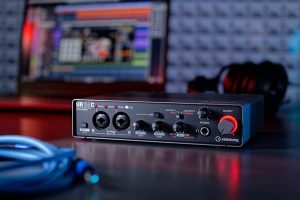

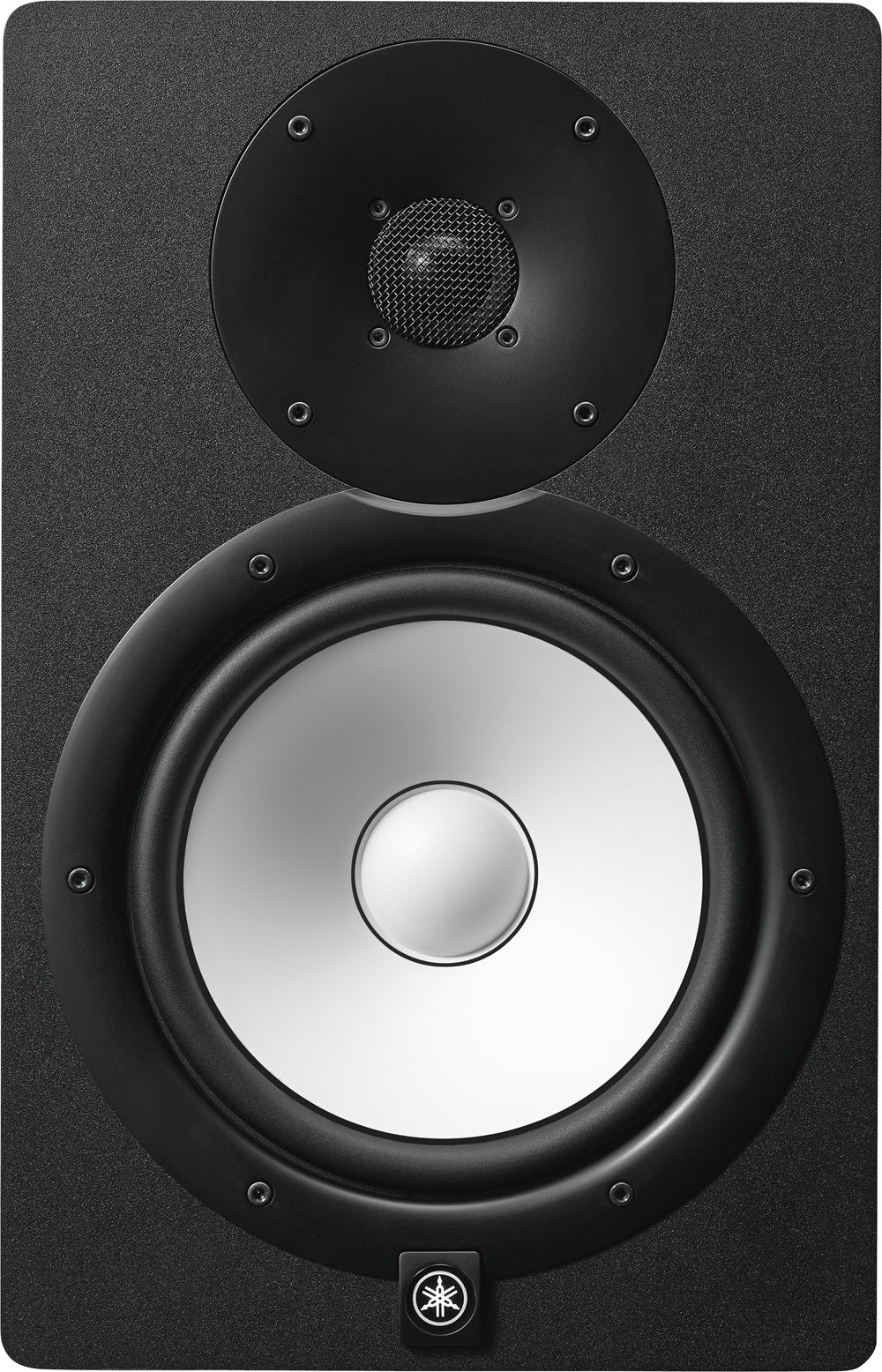
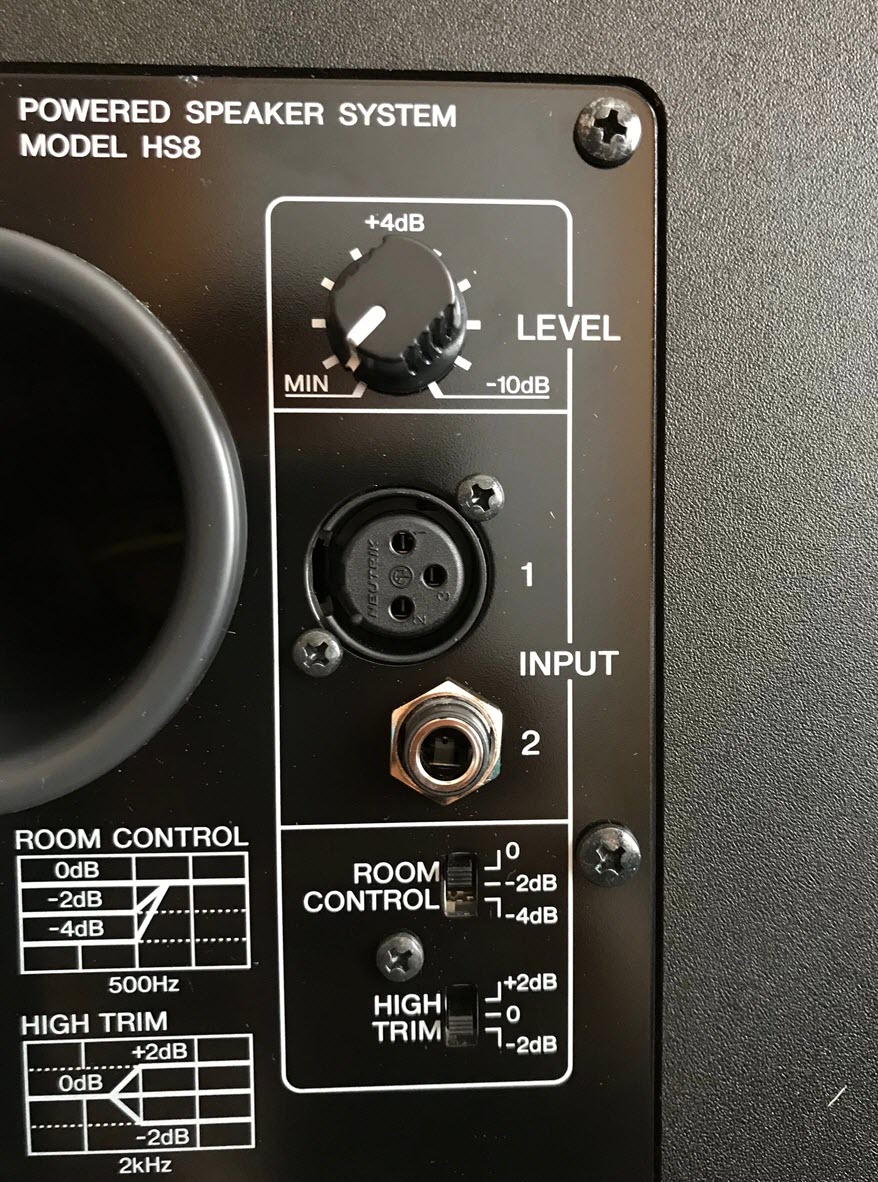
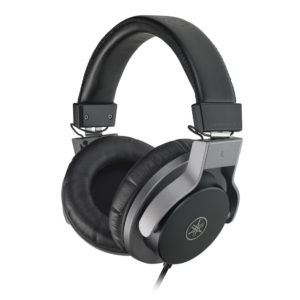

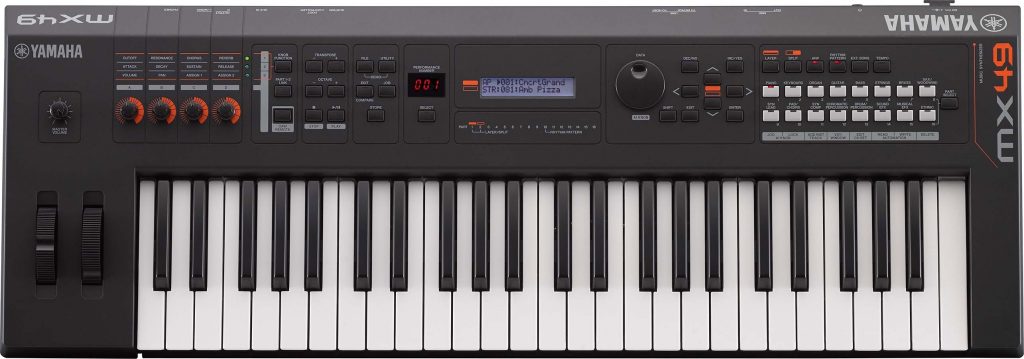




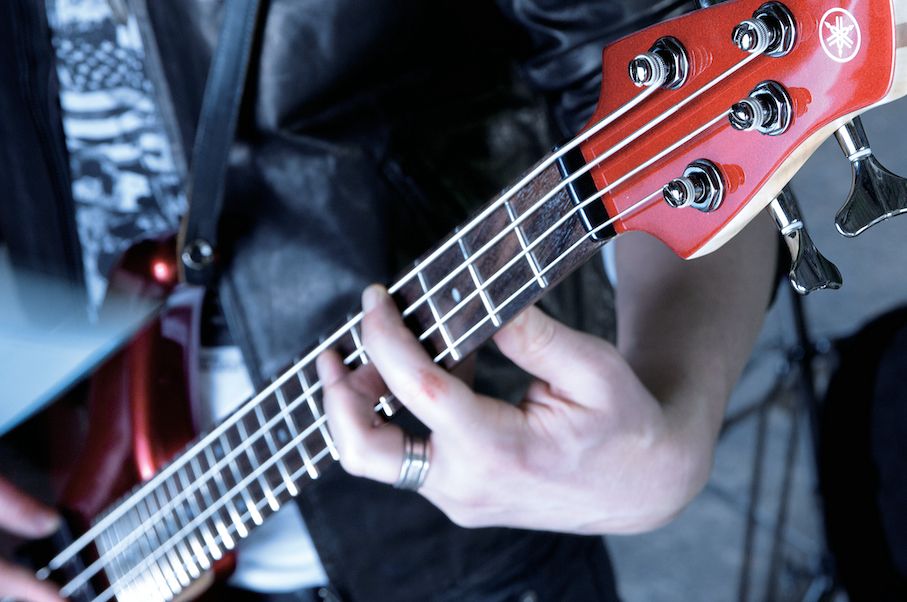




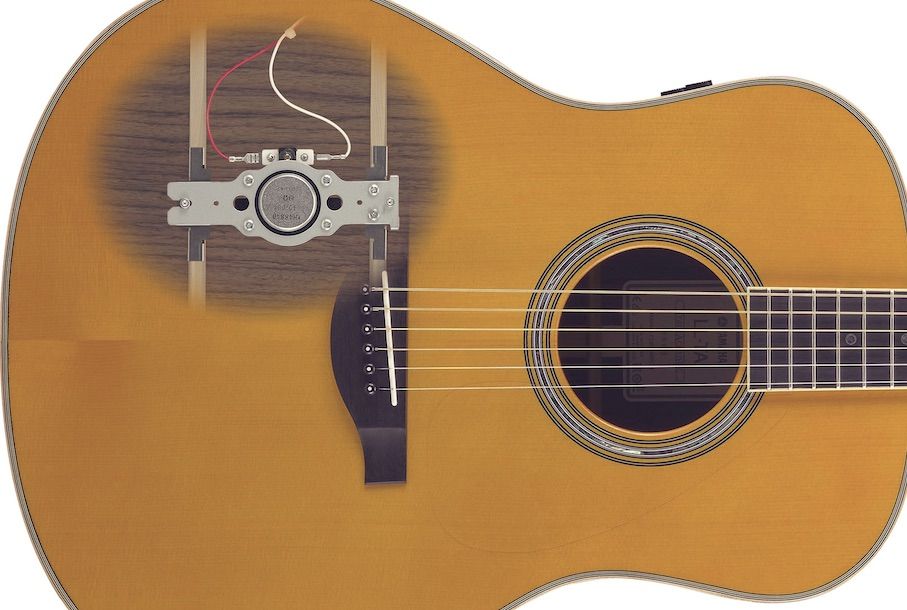

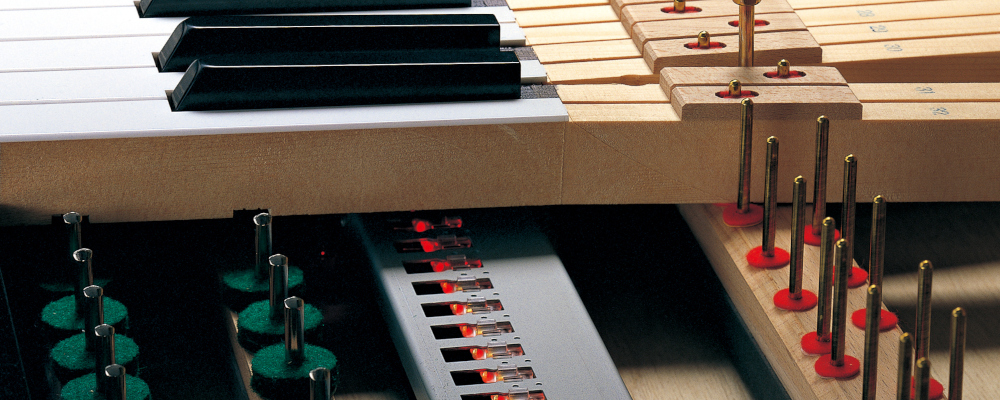
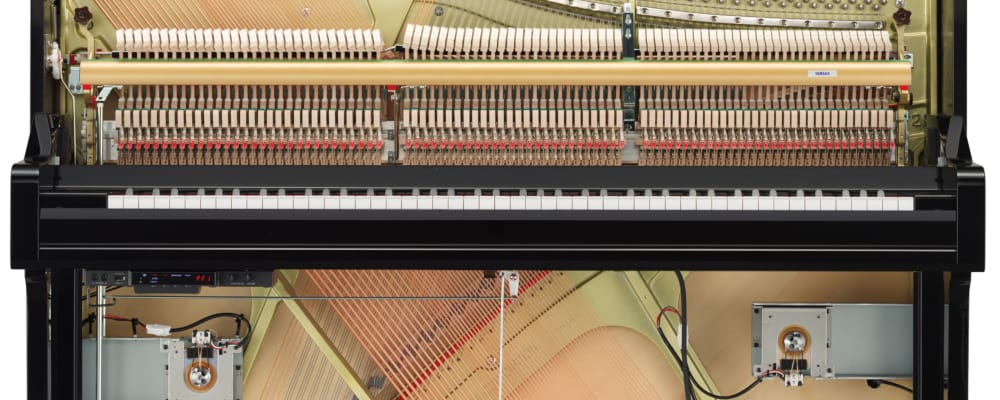

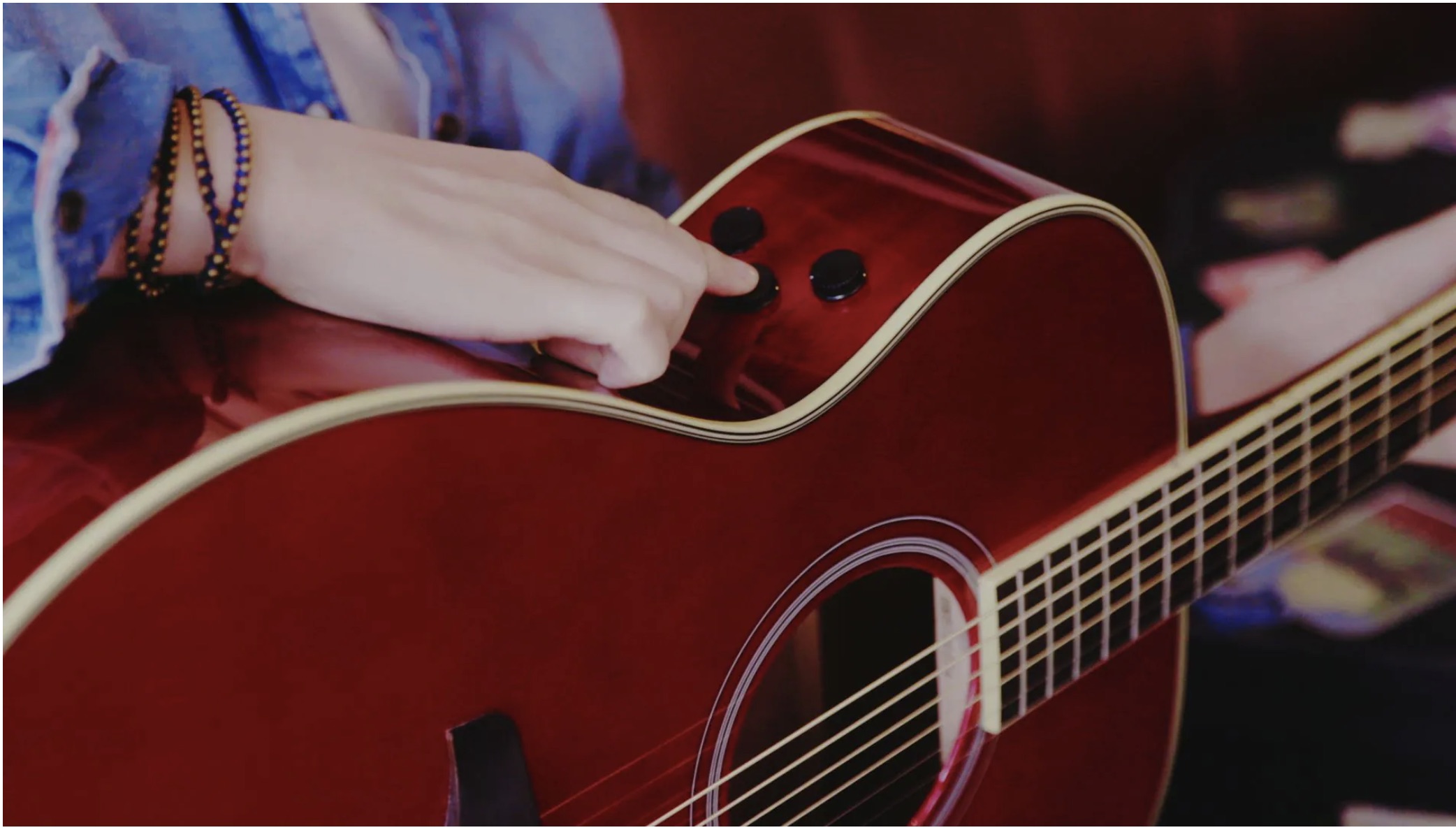
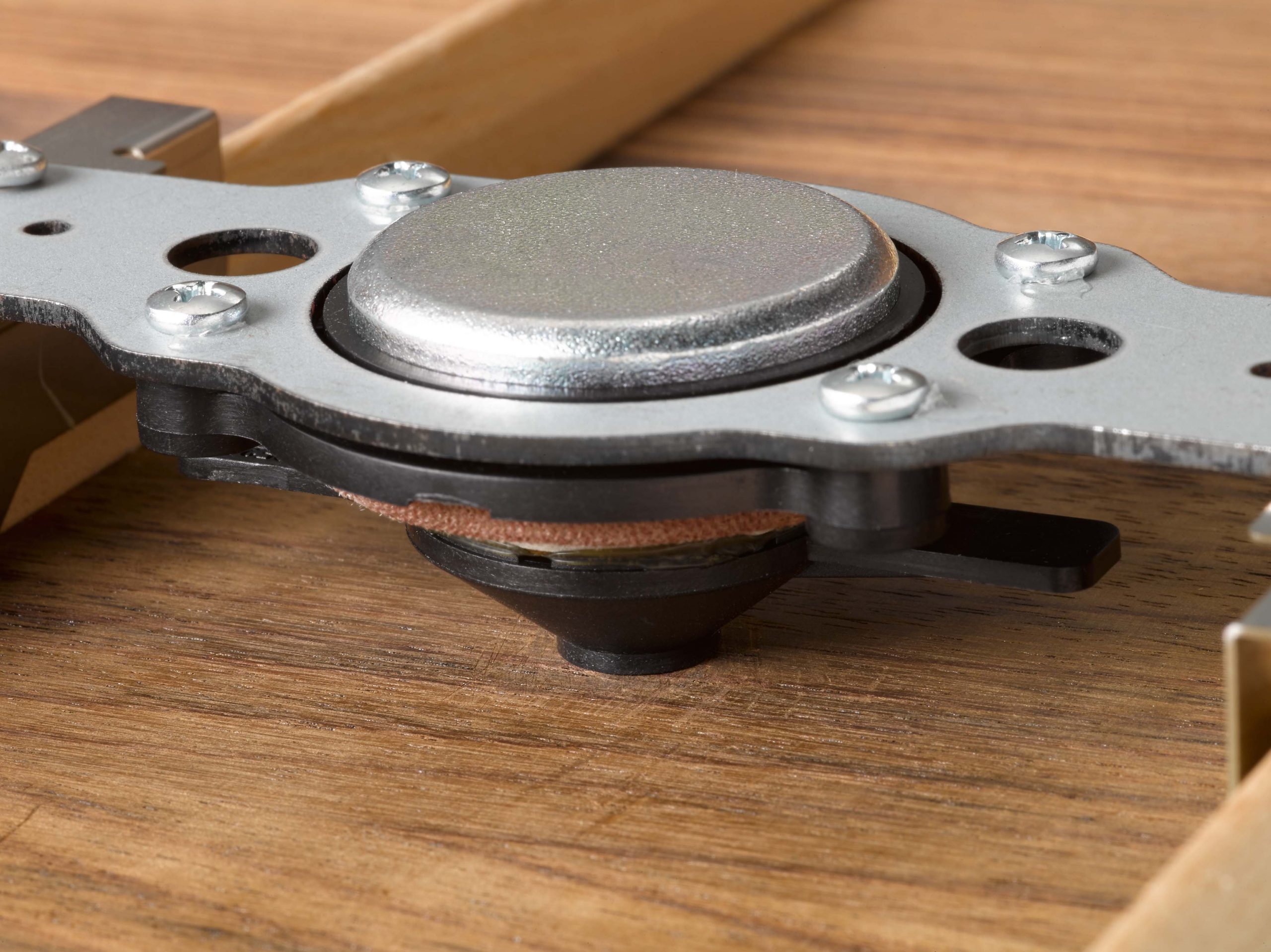
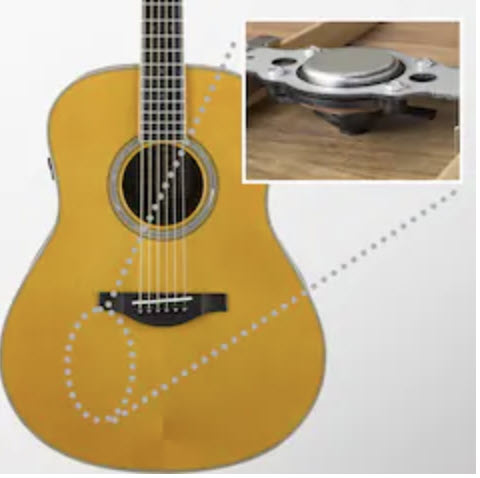

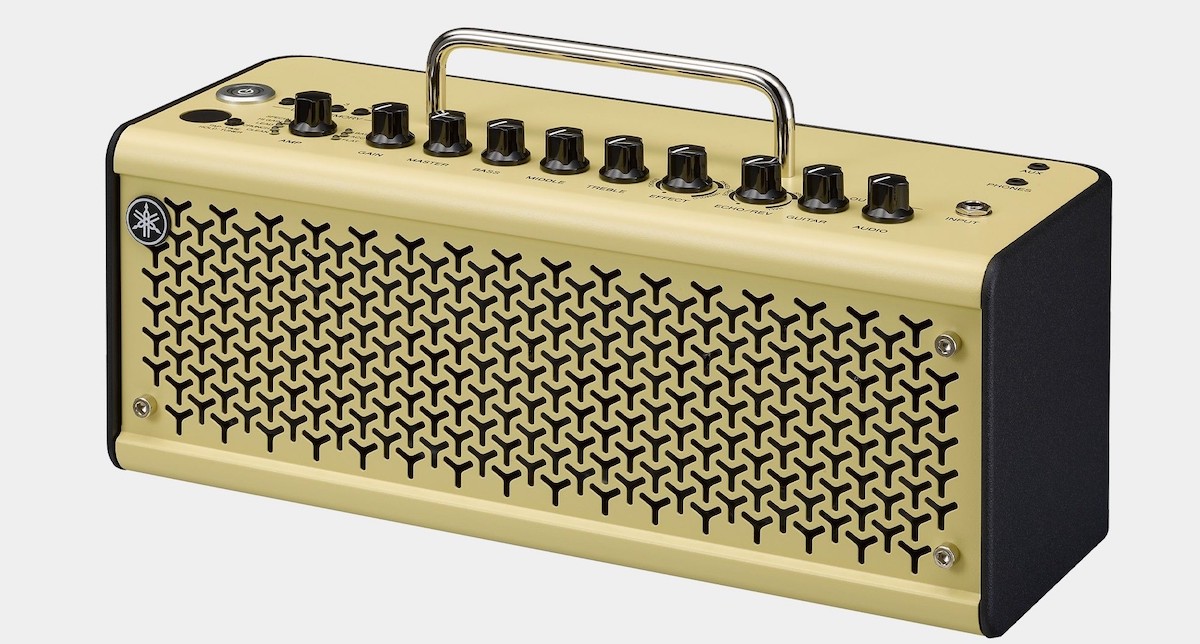
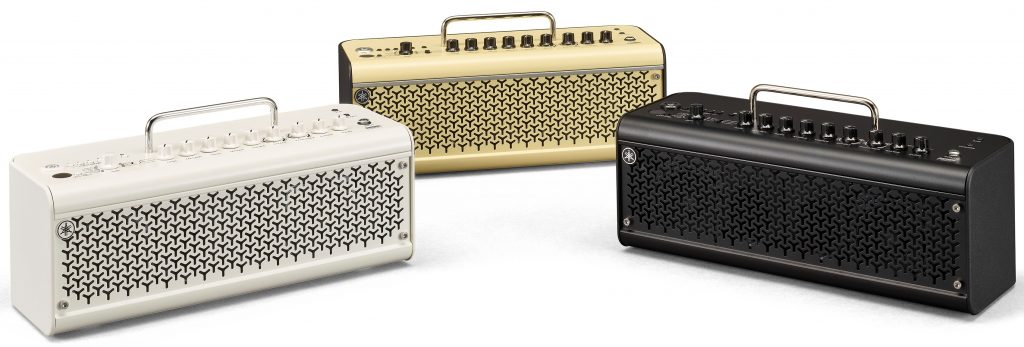
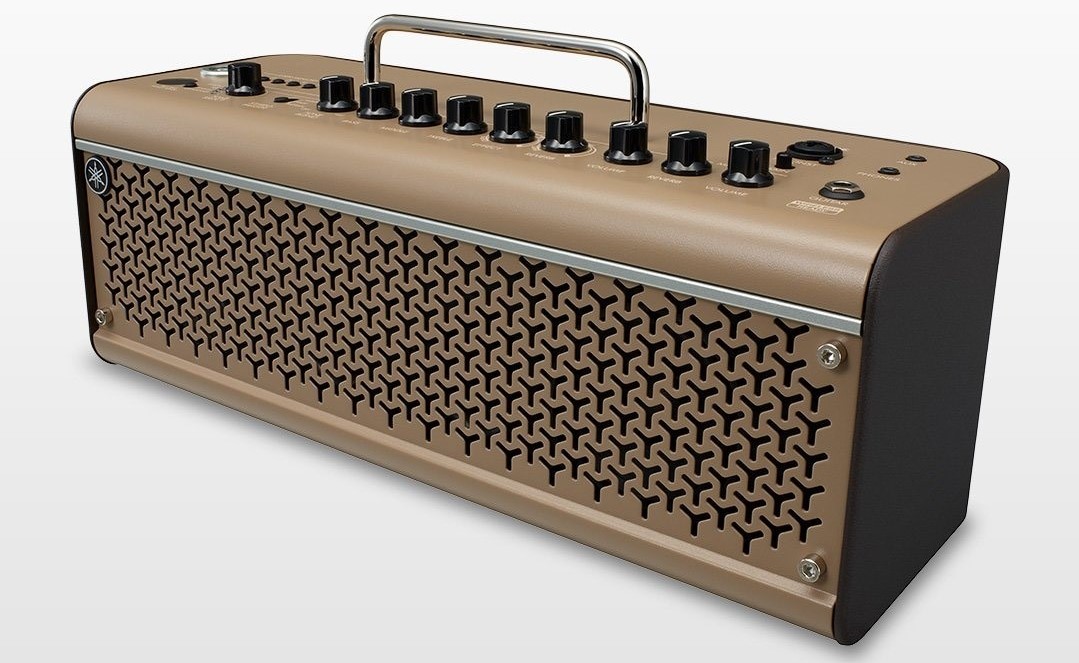
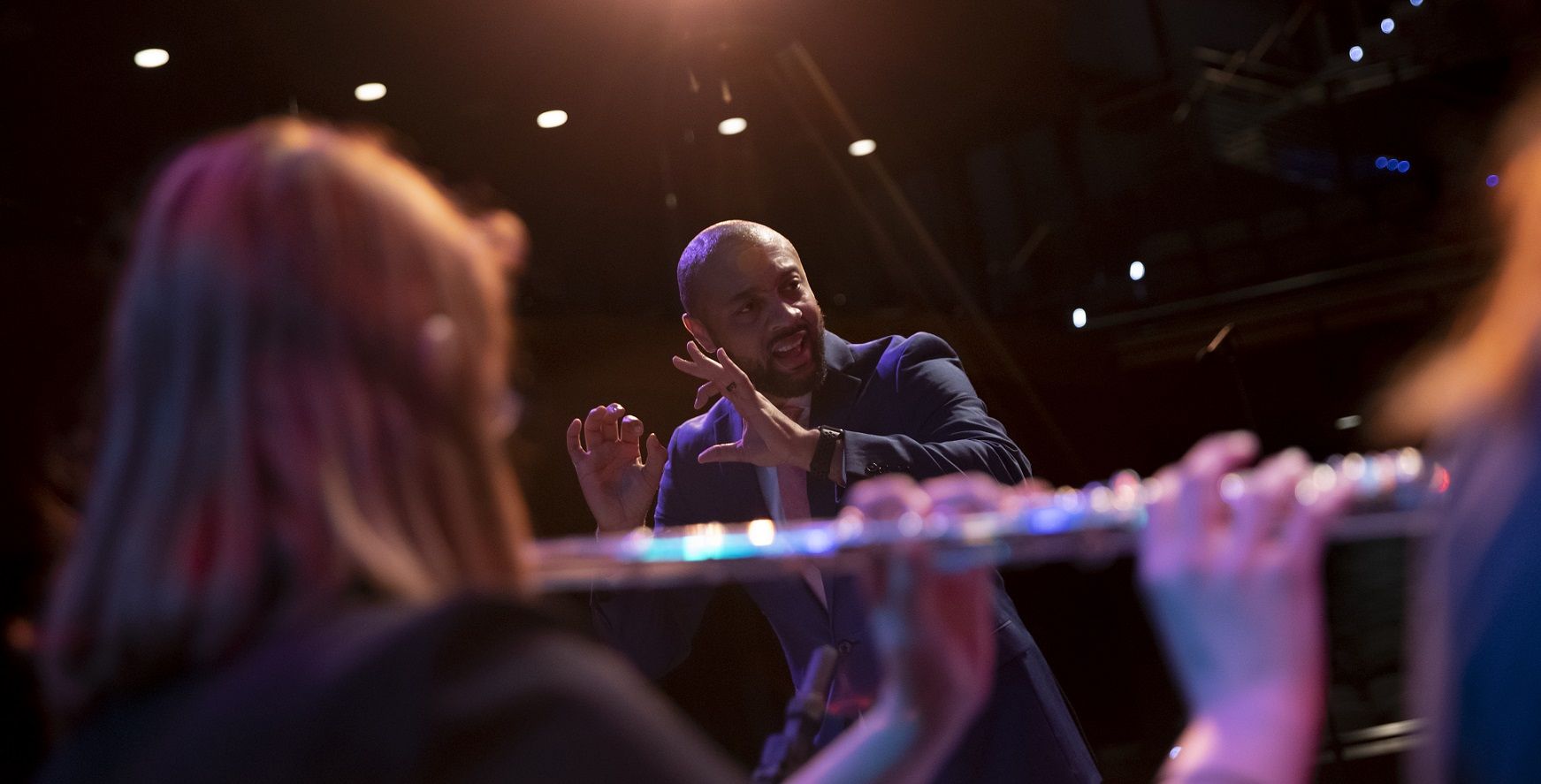
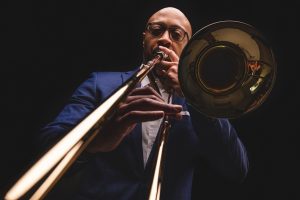
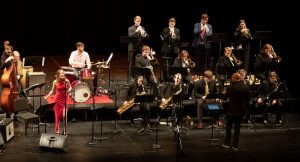
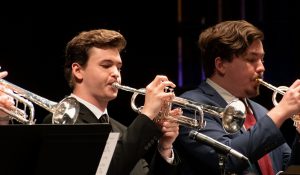
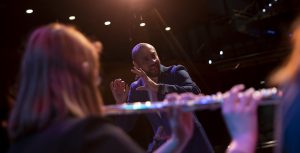
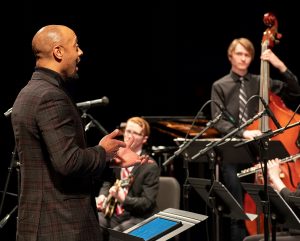
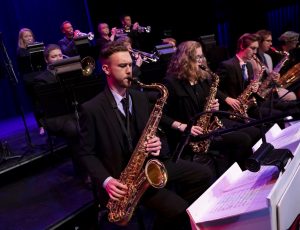
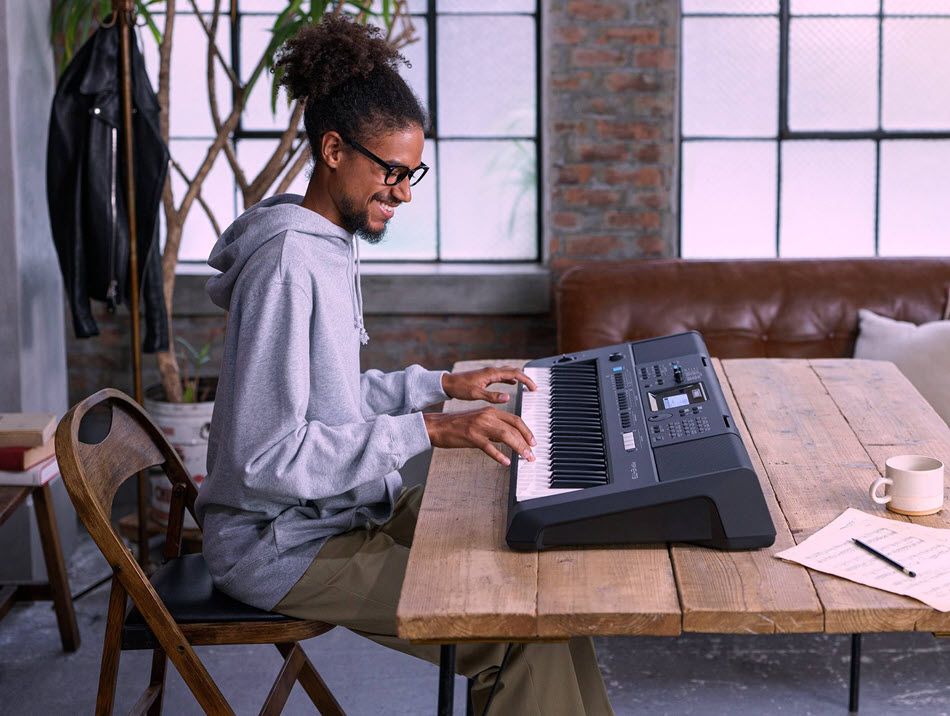


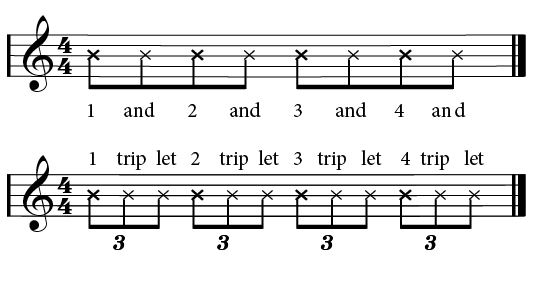
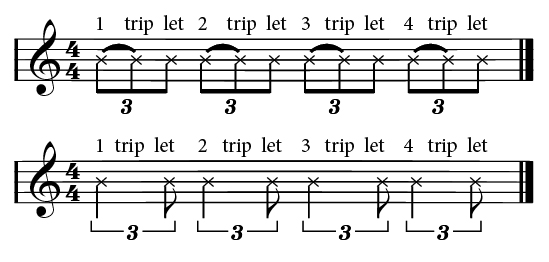
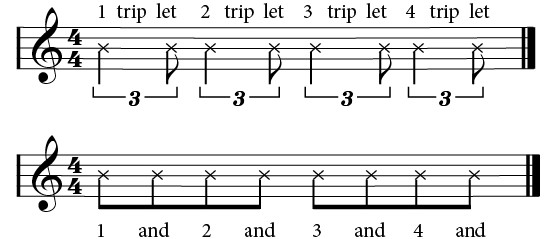








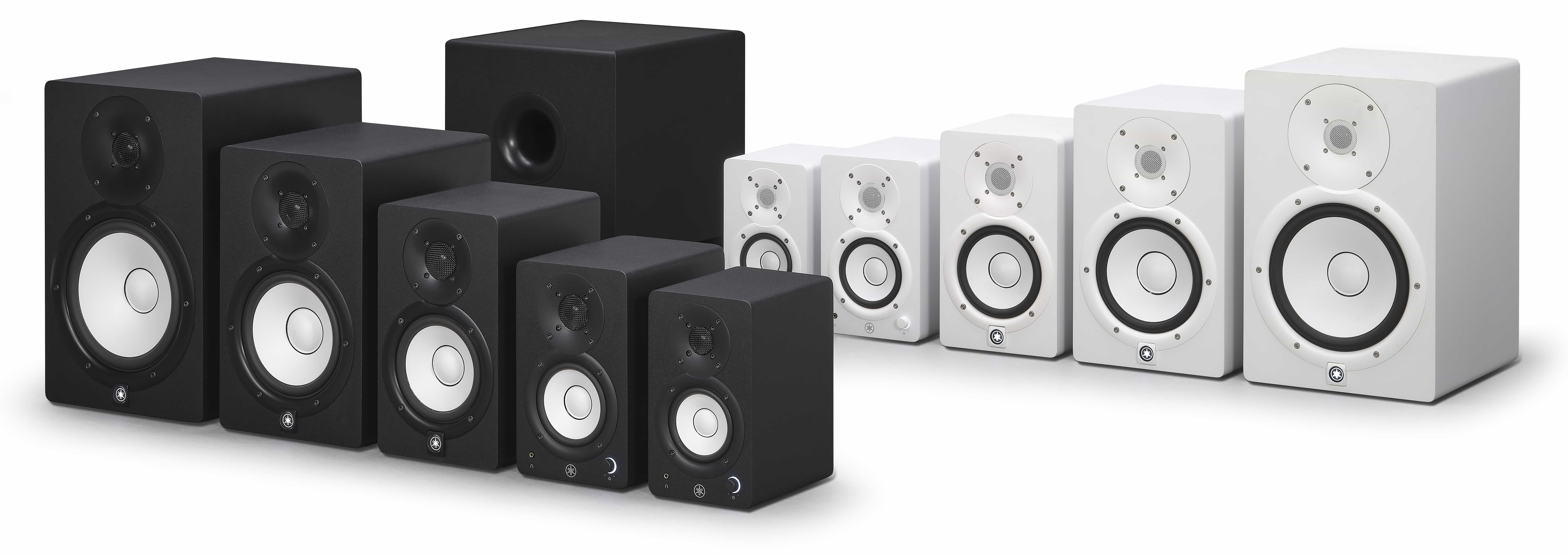
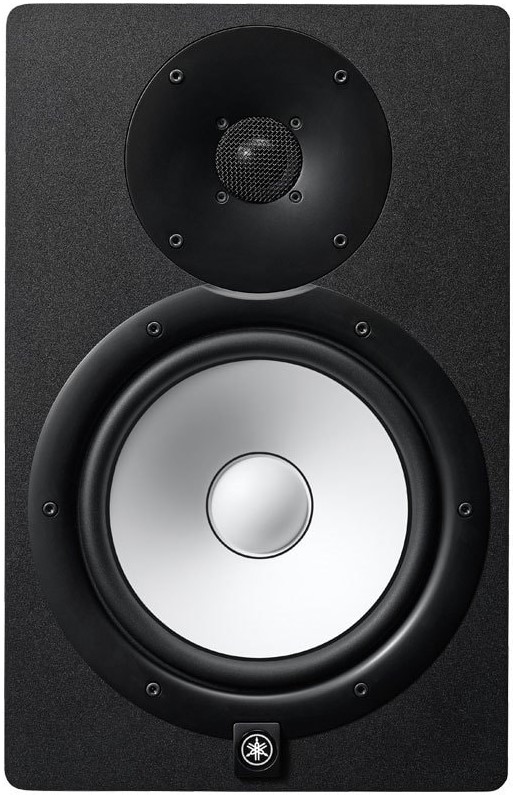
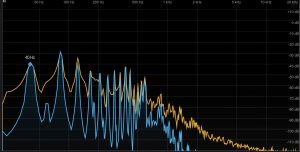
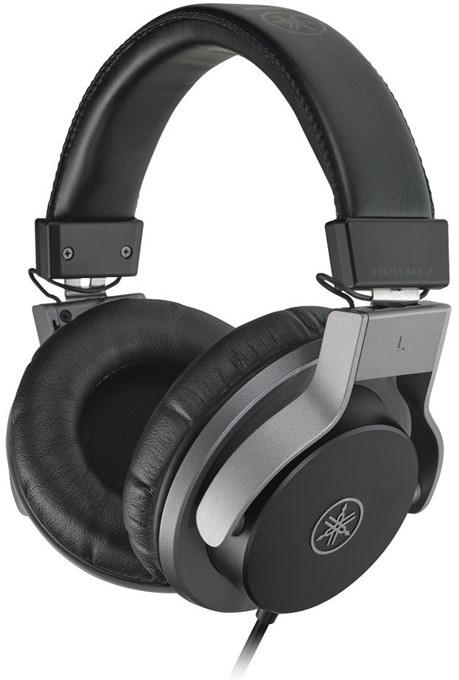
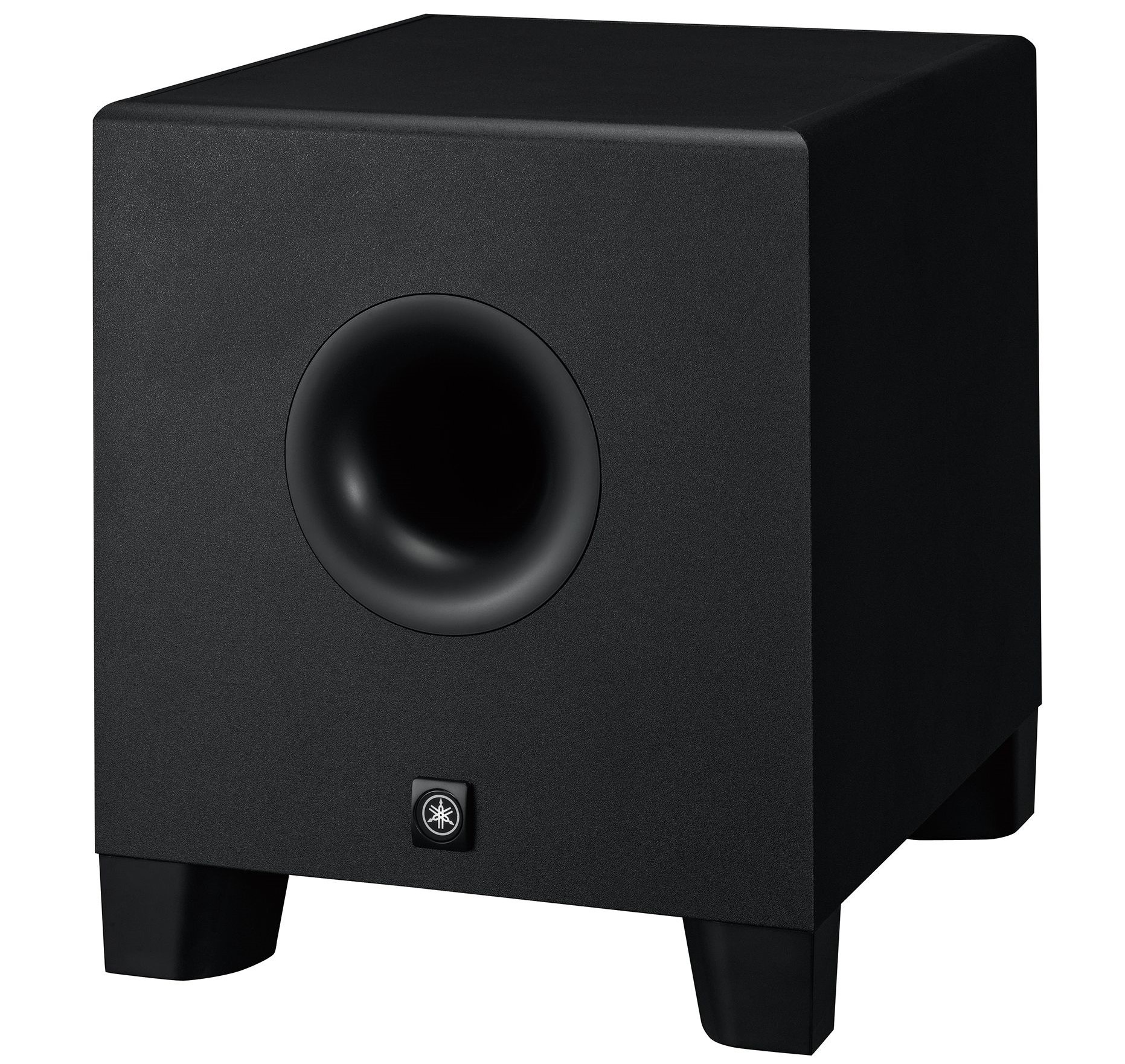
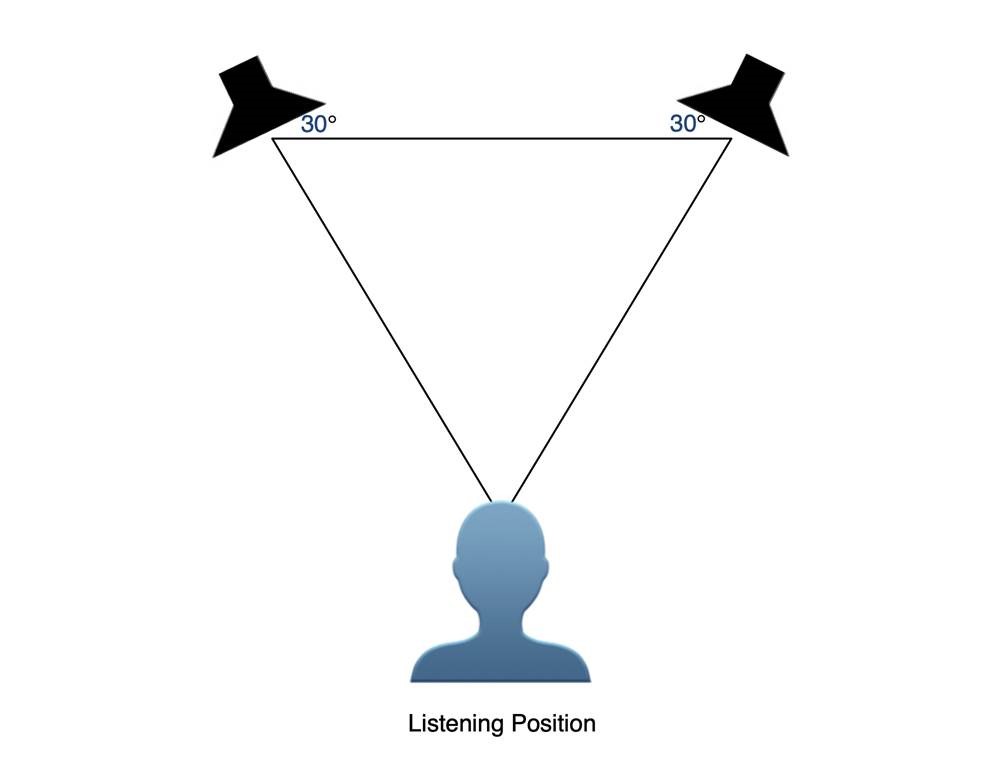
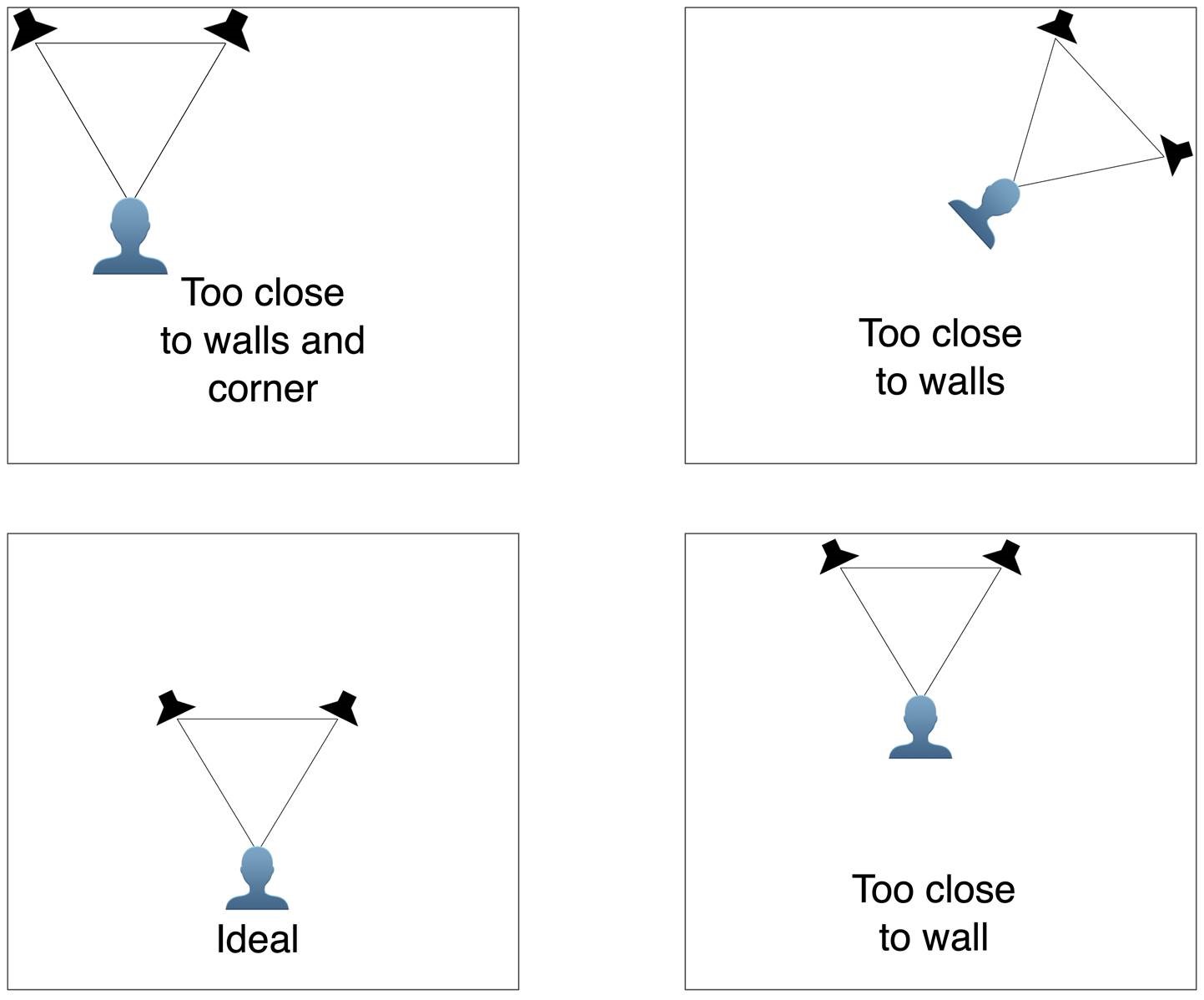
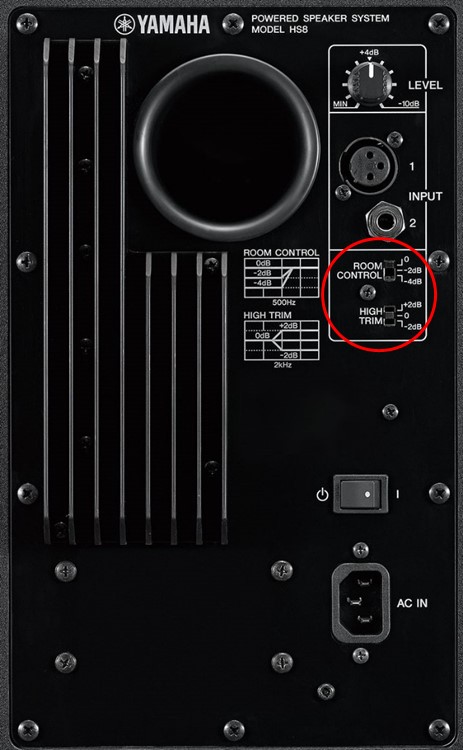
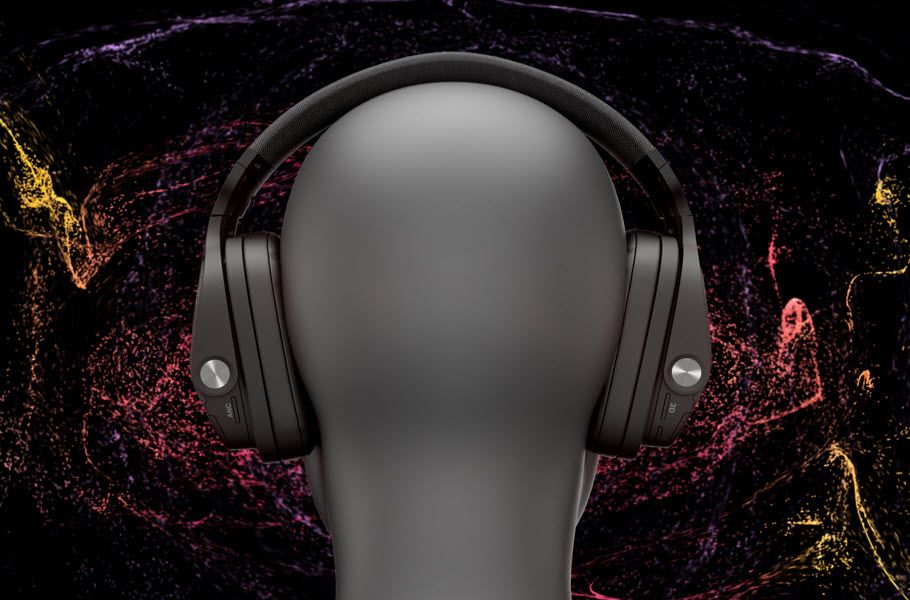
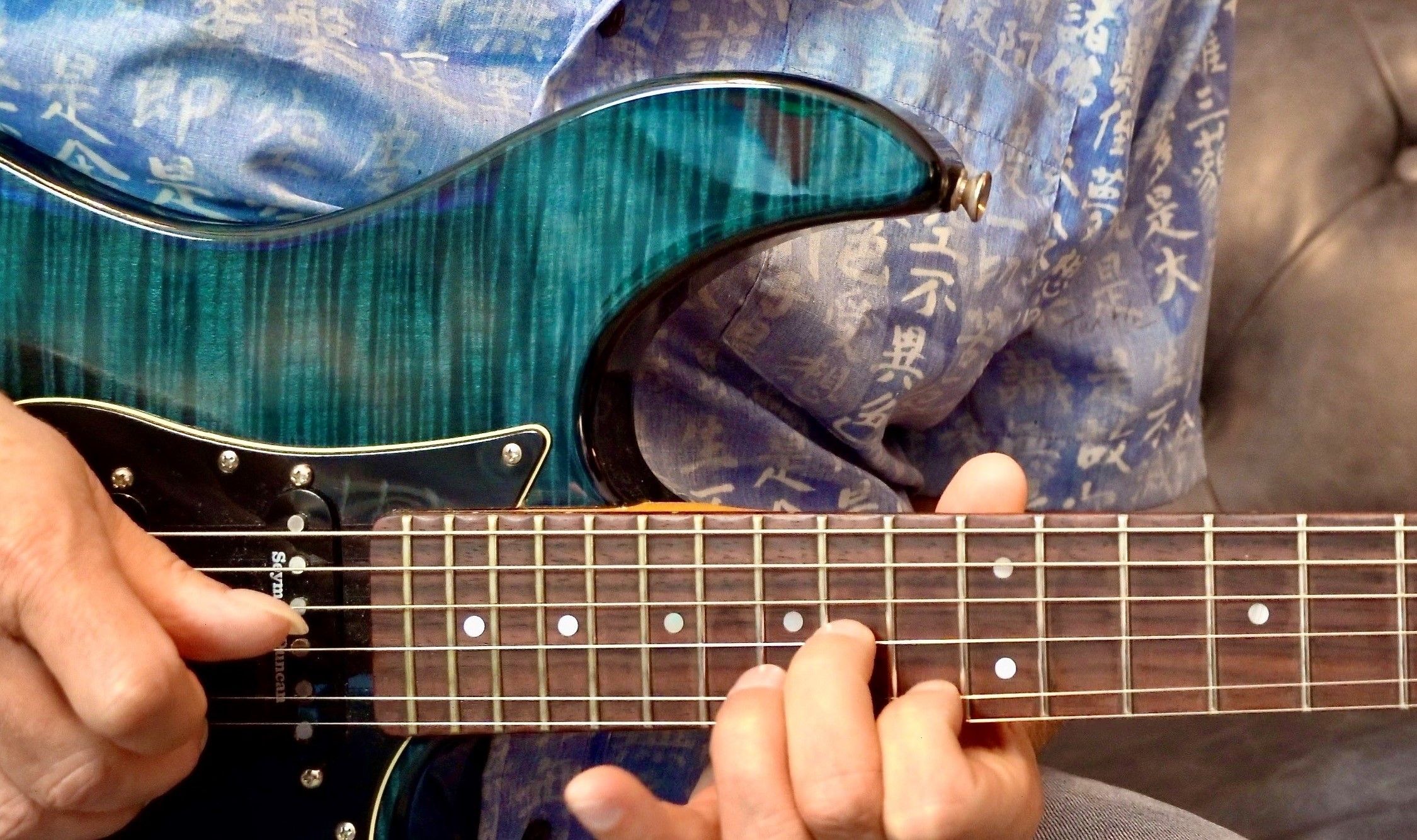
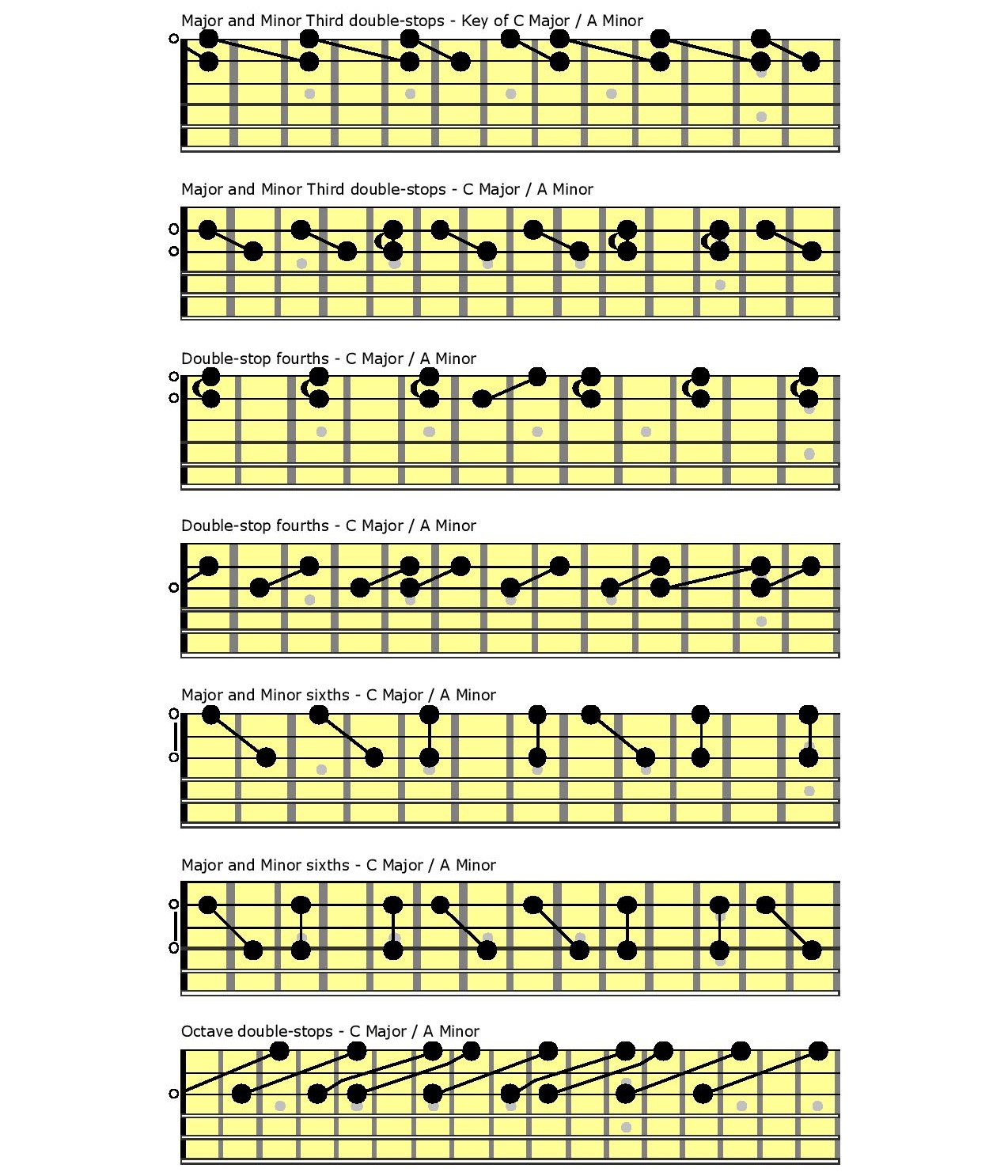
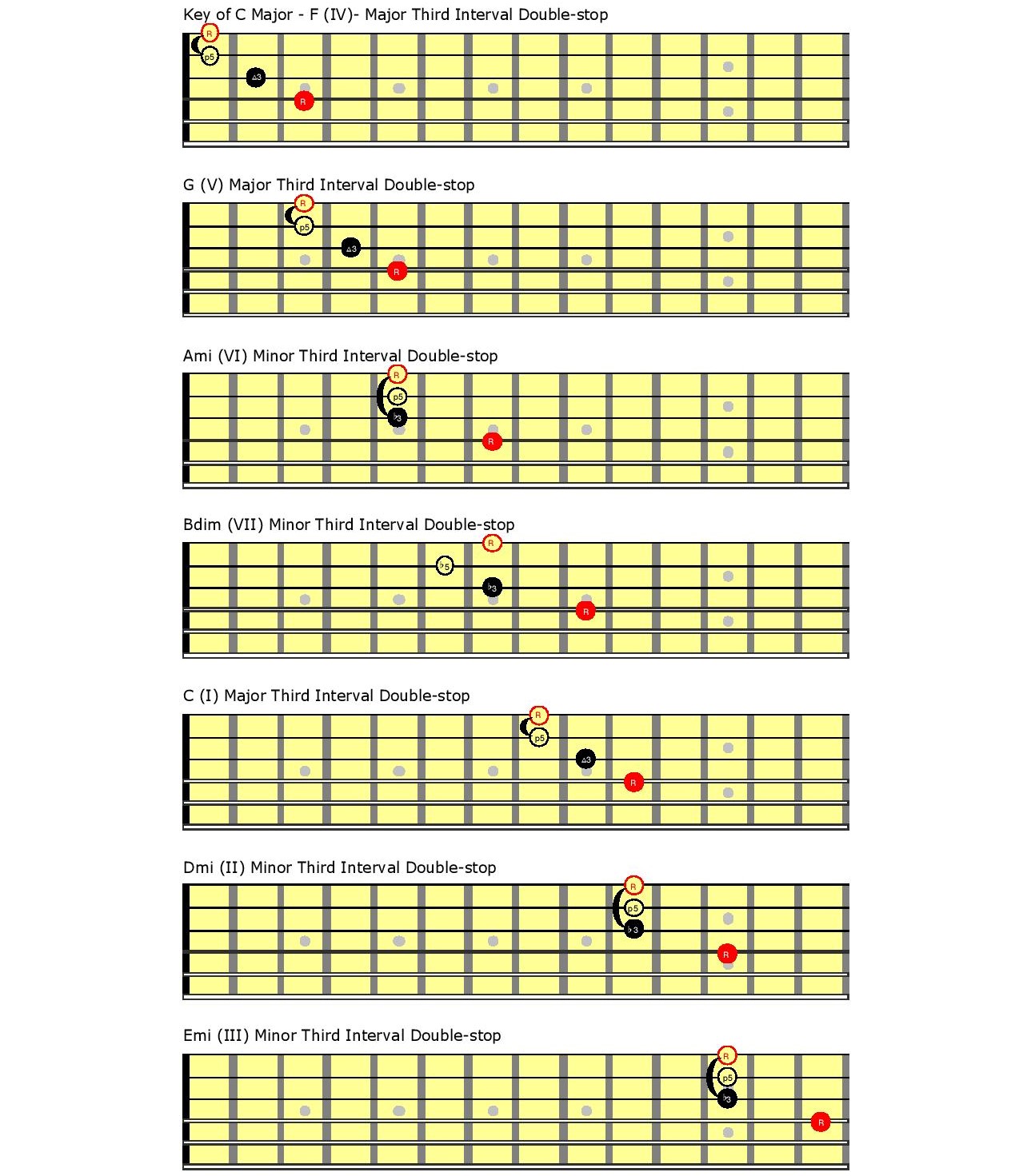
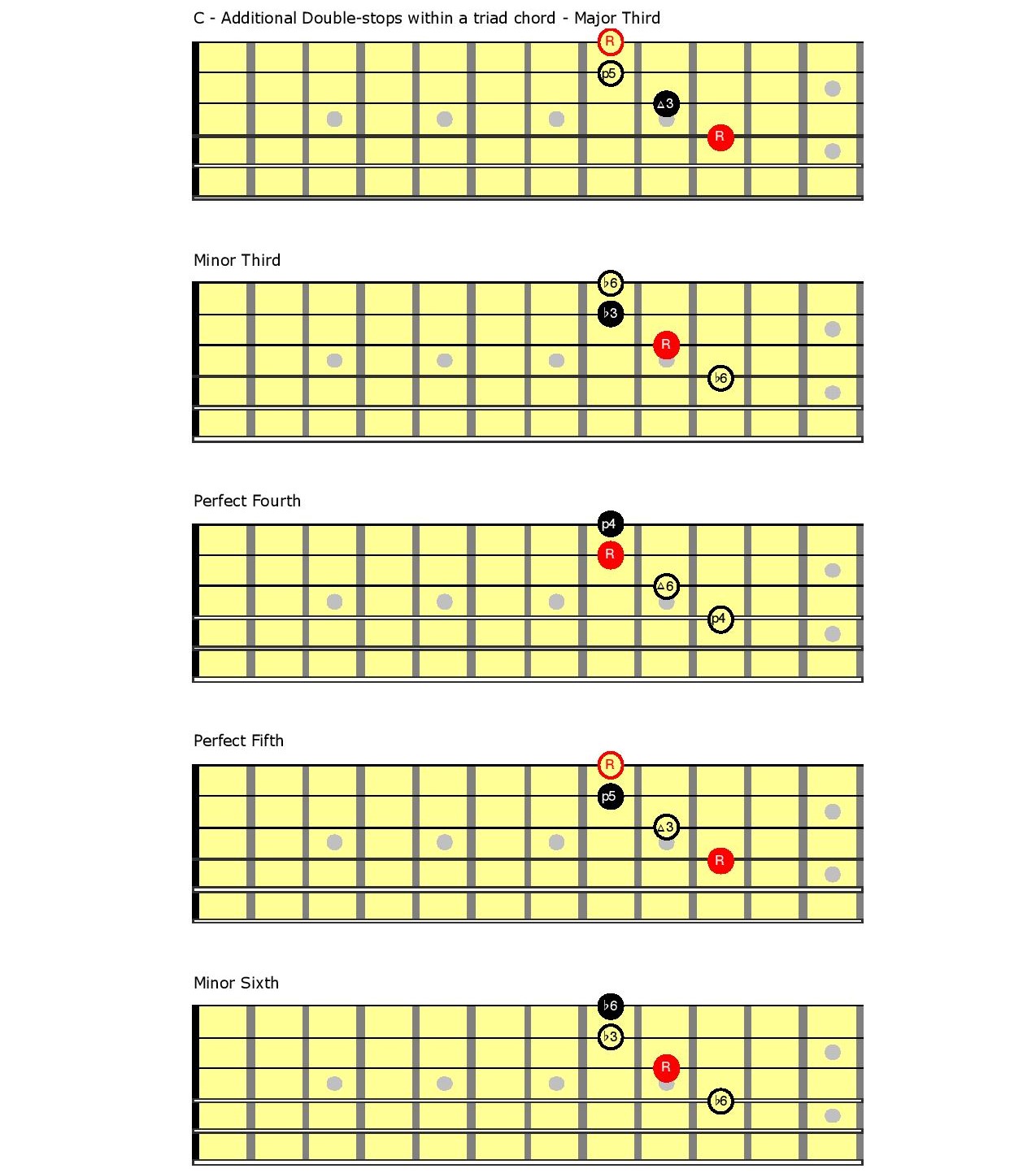
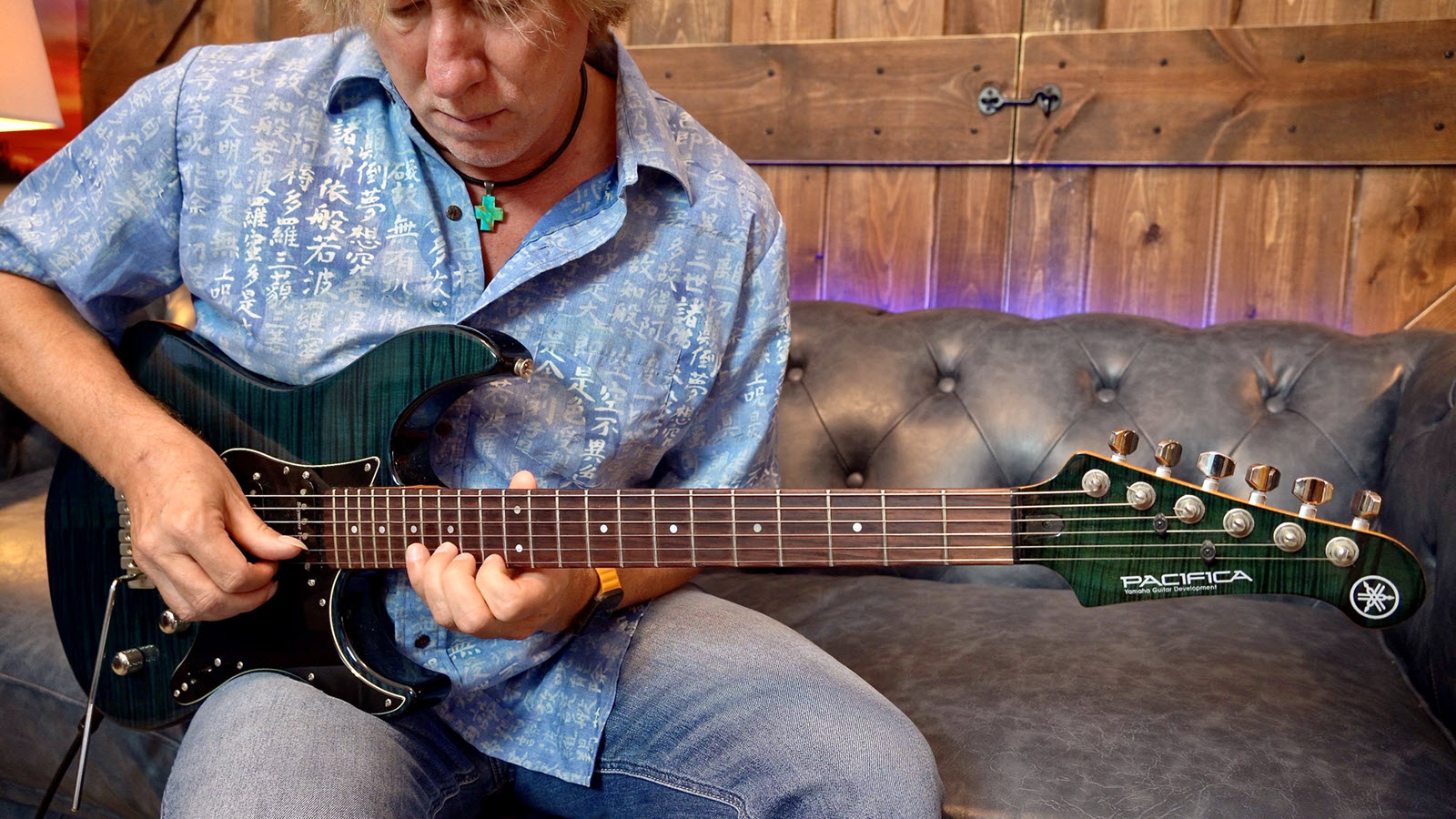

 Kids Quitting
Kids Quitting Lunch or Bus Duty
Lunch or Bus Duty That One Class
That One Class
 Some Final Tips
Some Final Tips
 When I first heard of sites like
When I first heard of sites like 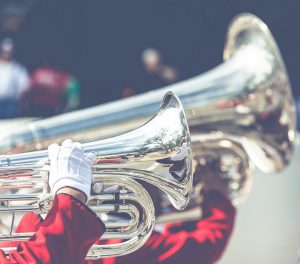


 Neurodivergent individuals often need accommodations — such as noise-reducing headphones or fidget spinners for stimulation — to make their experience in public settings like schools more positive.
Neurodivergent individuals often need accommodations — such as noise-reducing headphones or fidget spinners for stimulation — to make their experience in public settings like schools more positive.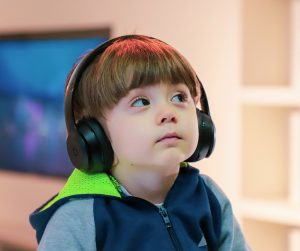 Just because a sound isn’t loud to you, doesn’t mean it isn’t perceived as loud to others. Sometimes neurodivergent students need more stimulation in order to focus in music class. Here are some simple ways to accommodate your neurodiverse classroom:
Just because a sound isn’t loud to you, doesn’t mean it isn’t perceived as loud to others. Sometimes neurodivergent students need more stimulation in order to focus in music class. Here are some simple ways to accommodate your neurodiverse classroom: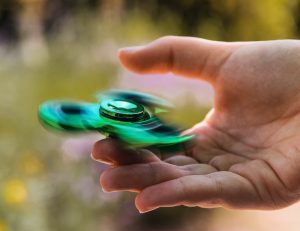 Normalize fidgets and sensory tools, starting with yourself: About halfway through my first year of teaching K-2 music, I had an epiphany. I, too, could use the stress balls that I had on my desk for my students! To be honest, I was afraid that my elementary schoolers would laugh at me. But I explained, “Sometimes Miss F gets overwhelmed, too” while I squeezed a stress ball or used sensory items. This simple statement normalized the tools on my desk, encouraged conversations about sensory tools, and helped my students take them more seriously. While it might be embarrassing at first, it helps everyone get what they need in the long run.
Normalize fidgets and sensory tools, starting with yourself: About halfway through my first year of teaching K-2 music, I had an epiphany. I, too, could use the stress balls that I had on my desk for my students! To be honest, I was afraid that my elementary schoolers would laugh at me. But I explained, “Sometimes Miss F gets overwhelmed, too” while I squeezed a stress ball or used sensory items. This simple statement normalized the tools on my desk, encouraged conversations about sensory tools, and helped my students take them more seriously. While it might be embarrassing at first, it helps everyone get what they need in the long run.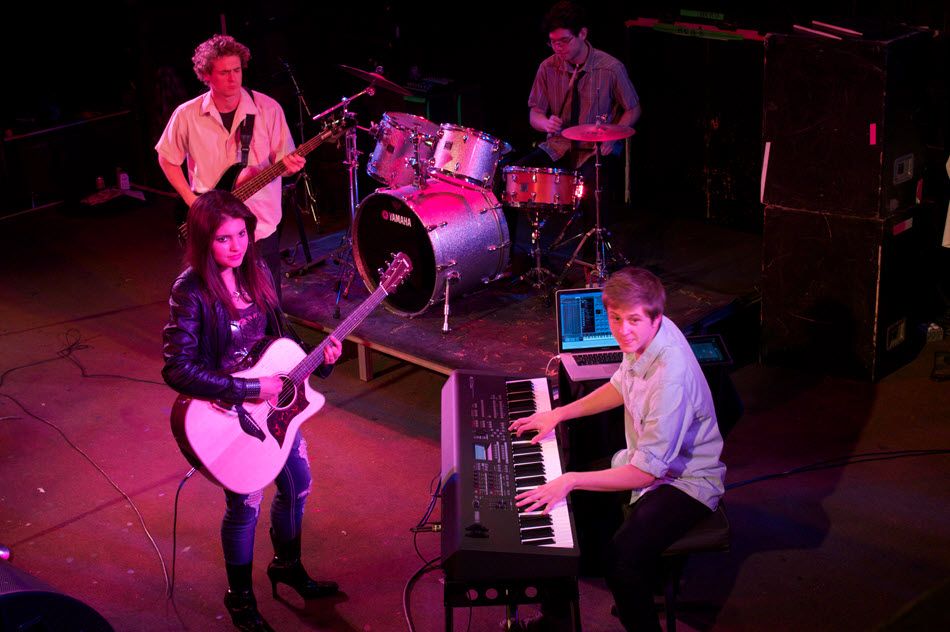
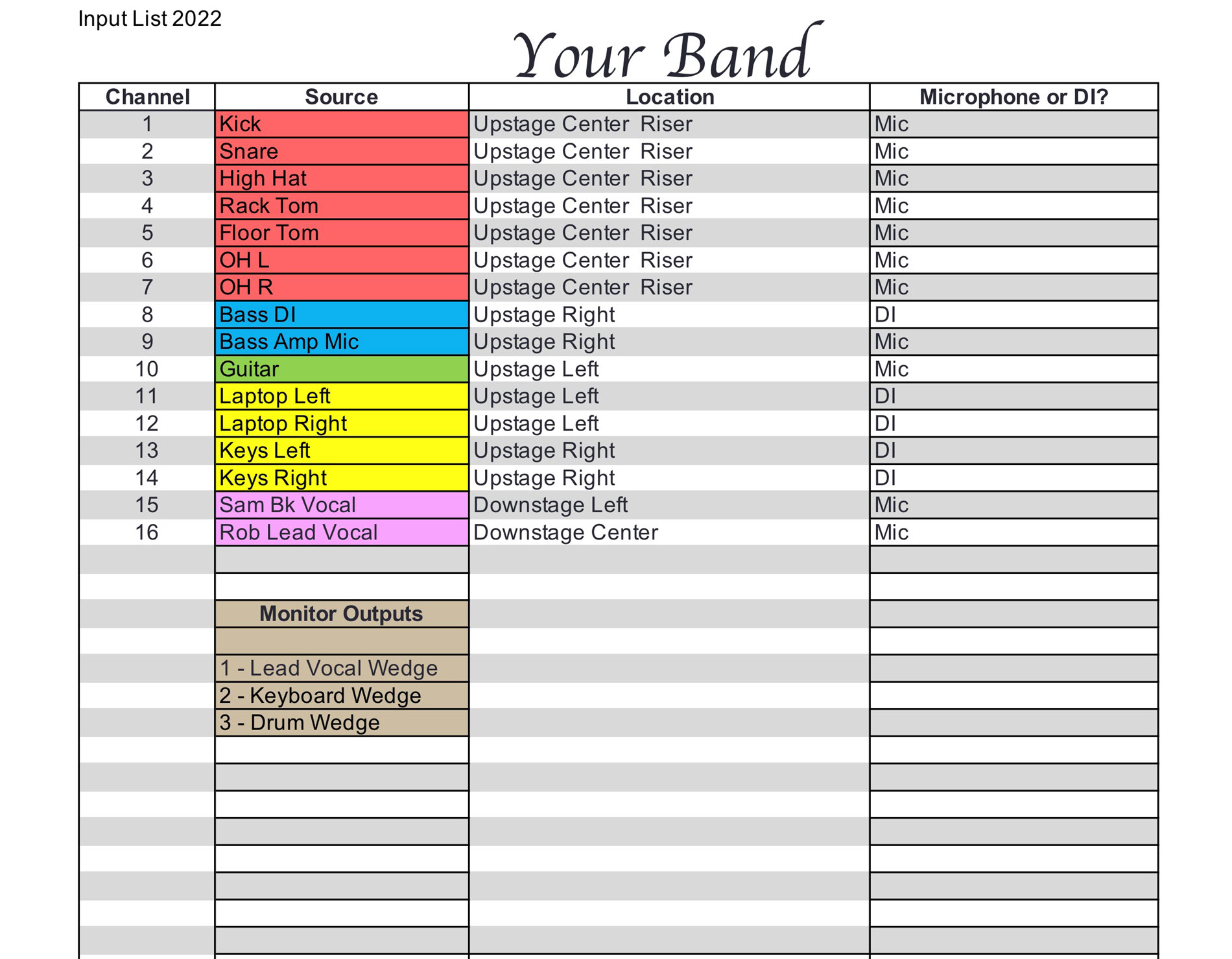
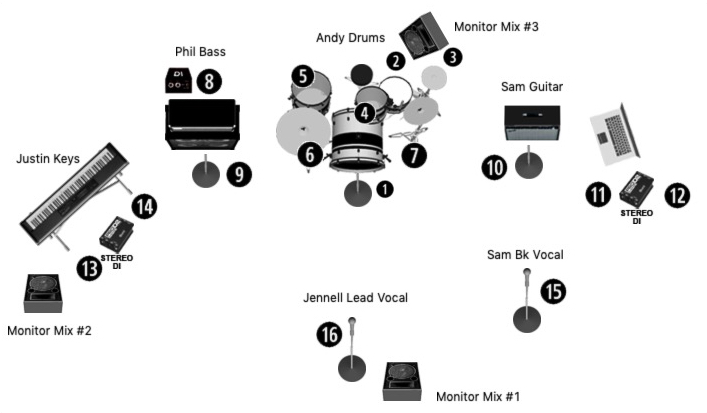
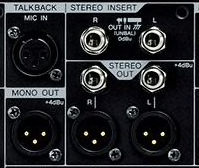
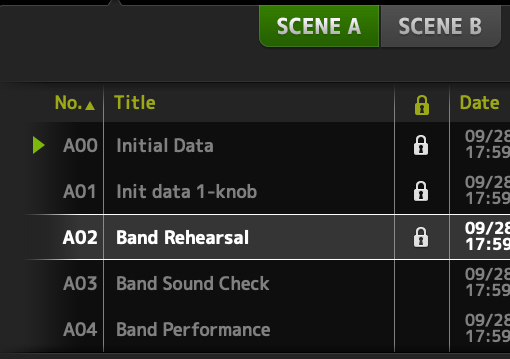
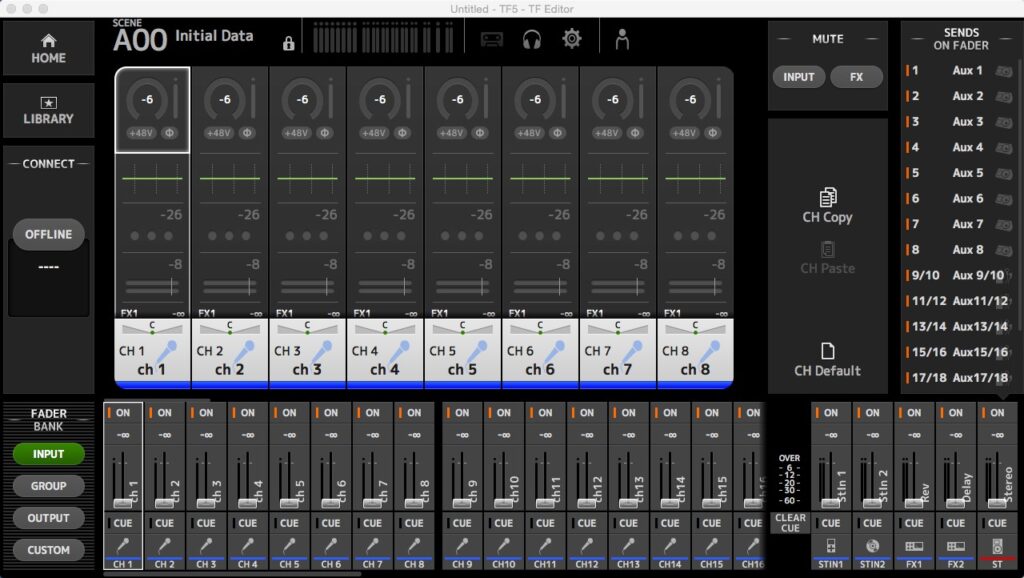
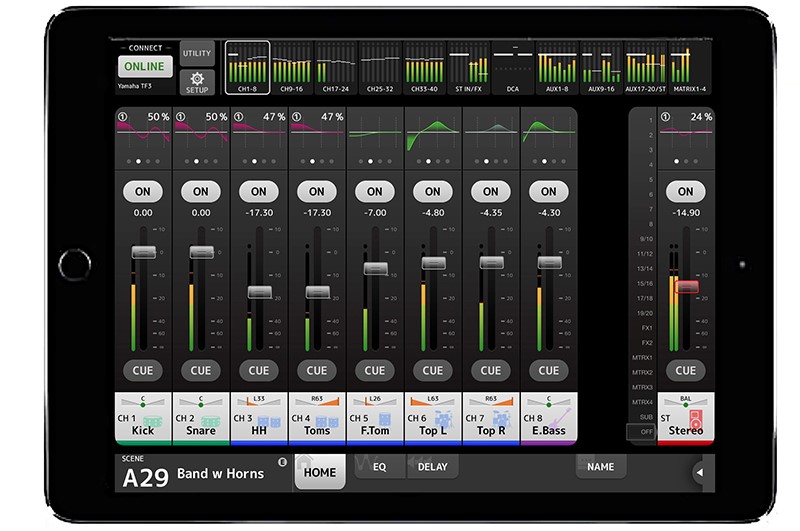
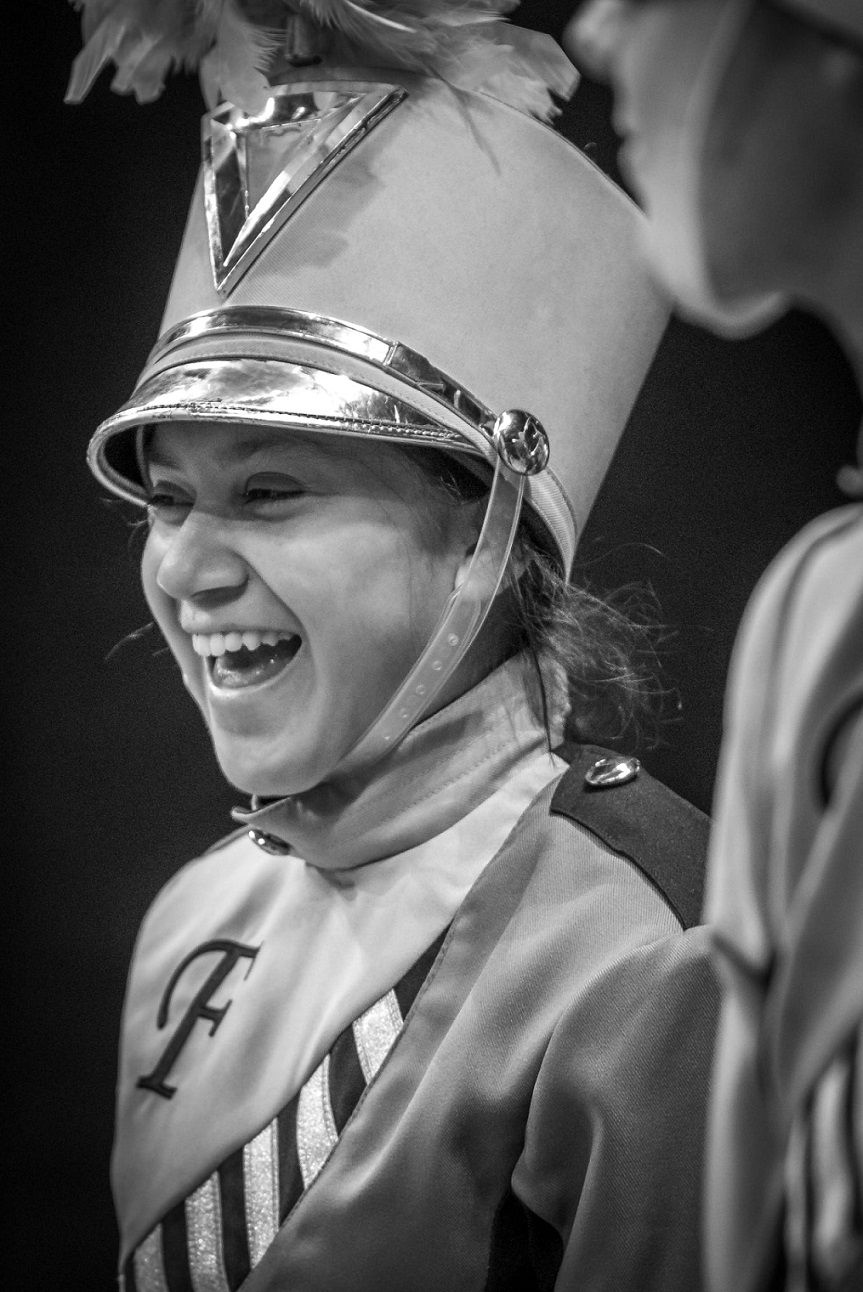
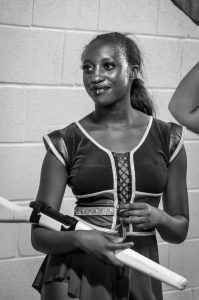 How do our words truly affect others? Each day, we take part in dozens of conversions with our students, coworkers, family members and others. As music educators, we are tasked with communicating with our students throughout the day, and for many of us, we have the opportunity to have a continuing conversation for years before our students graduate from our programs and head out into the world.
How do our words truly affect others? Each day, we take part in dozens of conversions with our students, coworkers, family members and others. As music educators, we are tasked with communicating with our students throughout the day, and for many of us, we have the opportunity to have a continuing conversation for years before our students graduate from our programs and head out into the world. Avoid words like “don’t” and “but.”
Avoid words like “don’t” and “but.”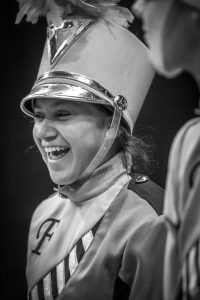 Have you ever had a great performance? Of course — it feels wonderful to perform at your best!
Have you ever had a great performance? Of course — it feels wonderful to perform at your best!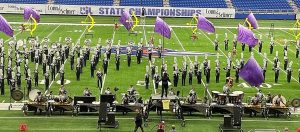
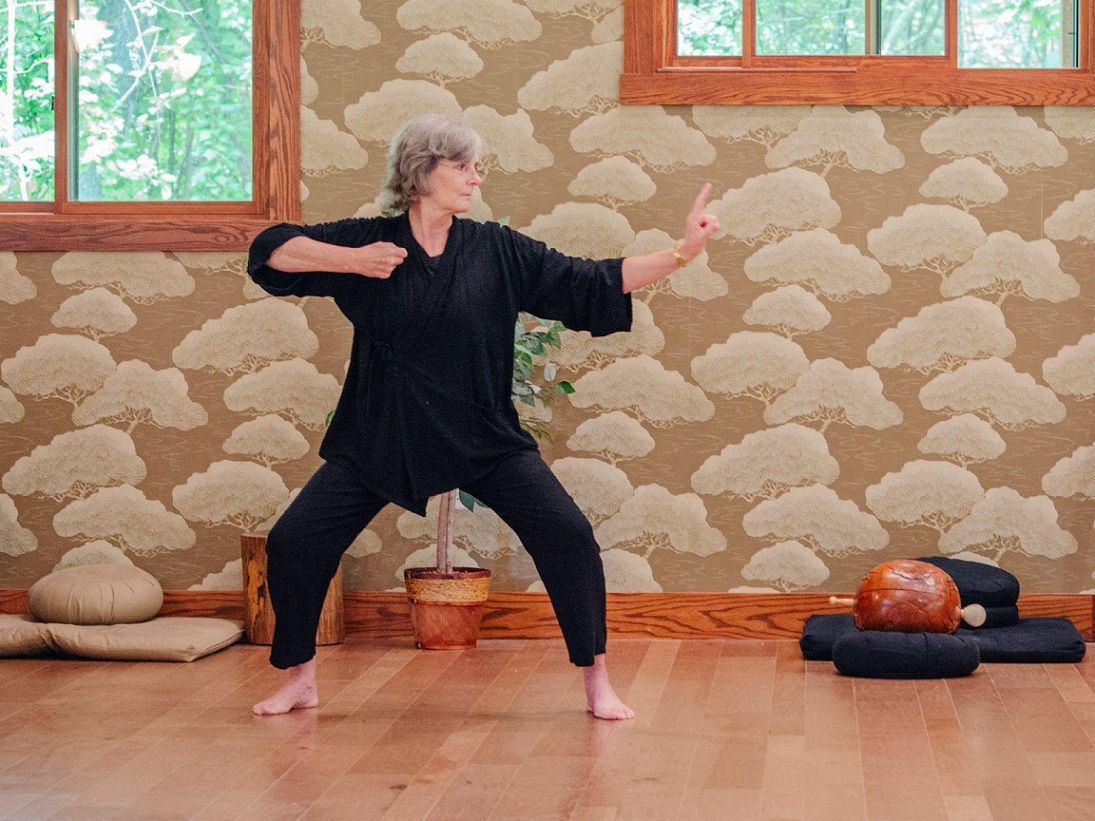

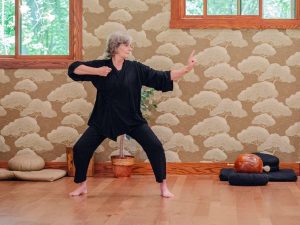
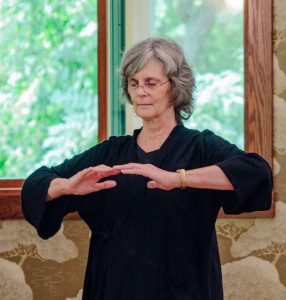
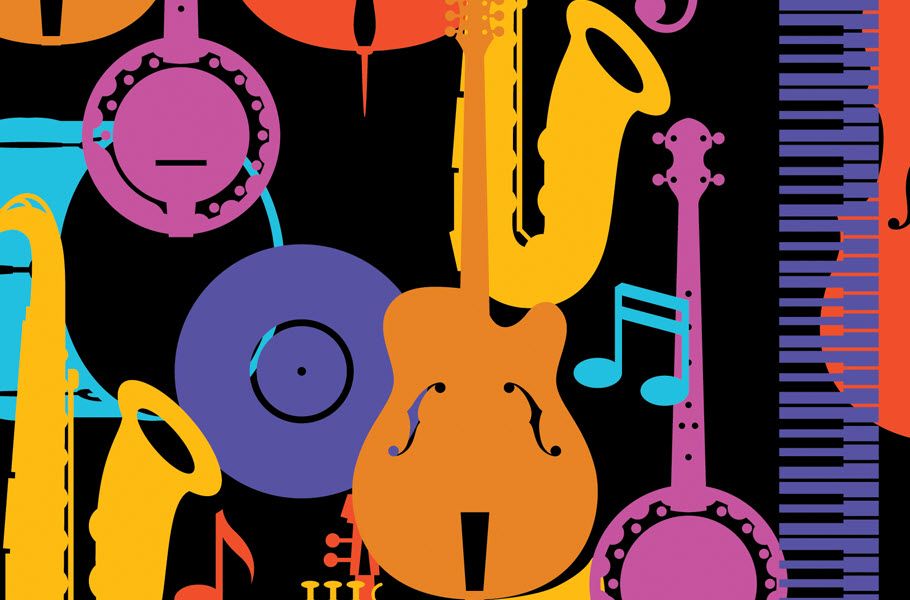

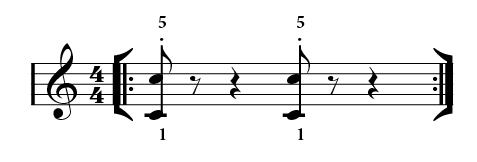









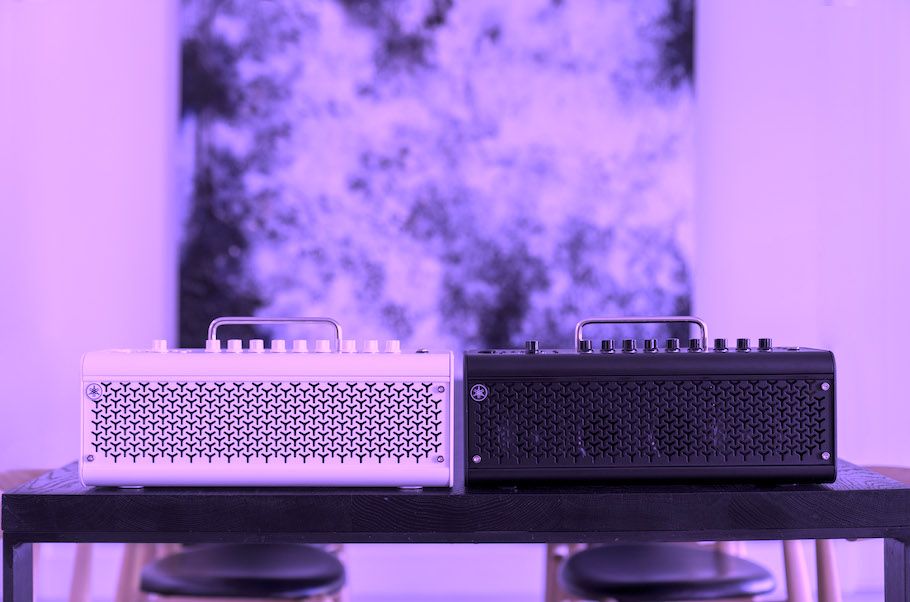



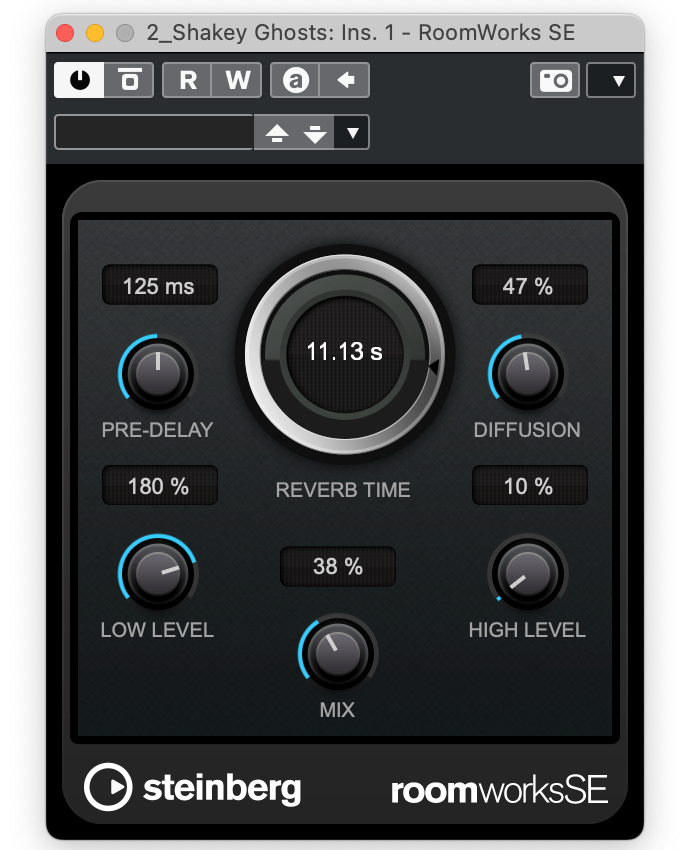
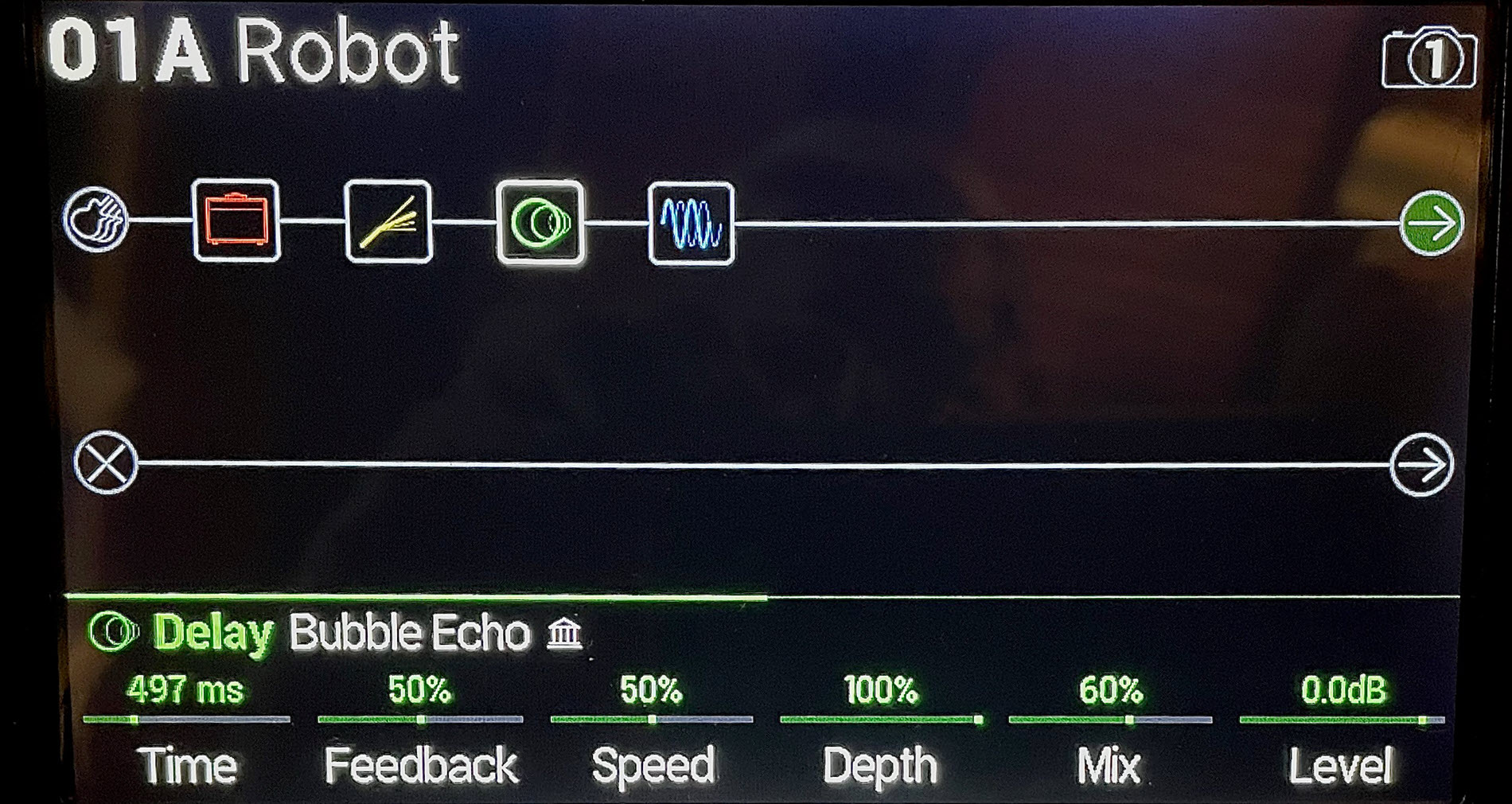
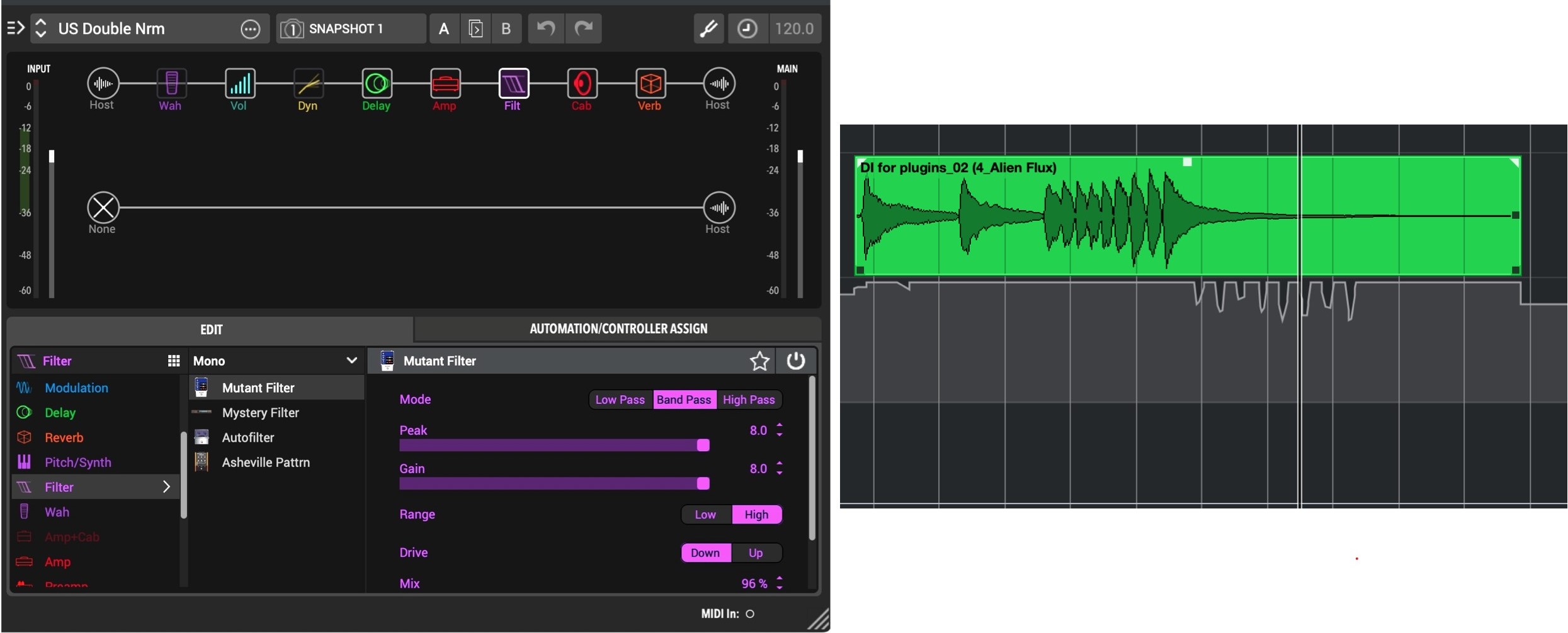

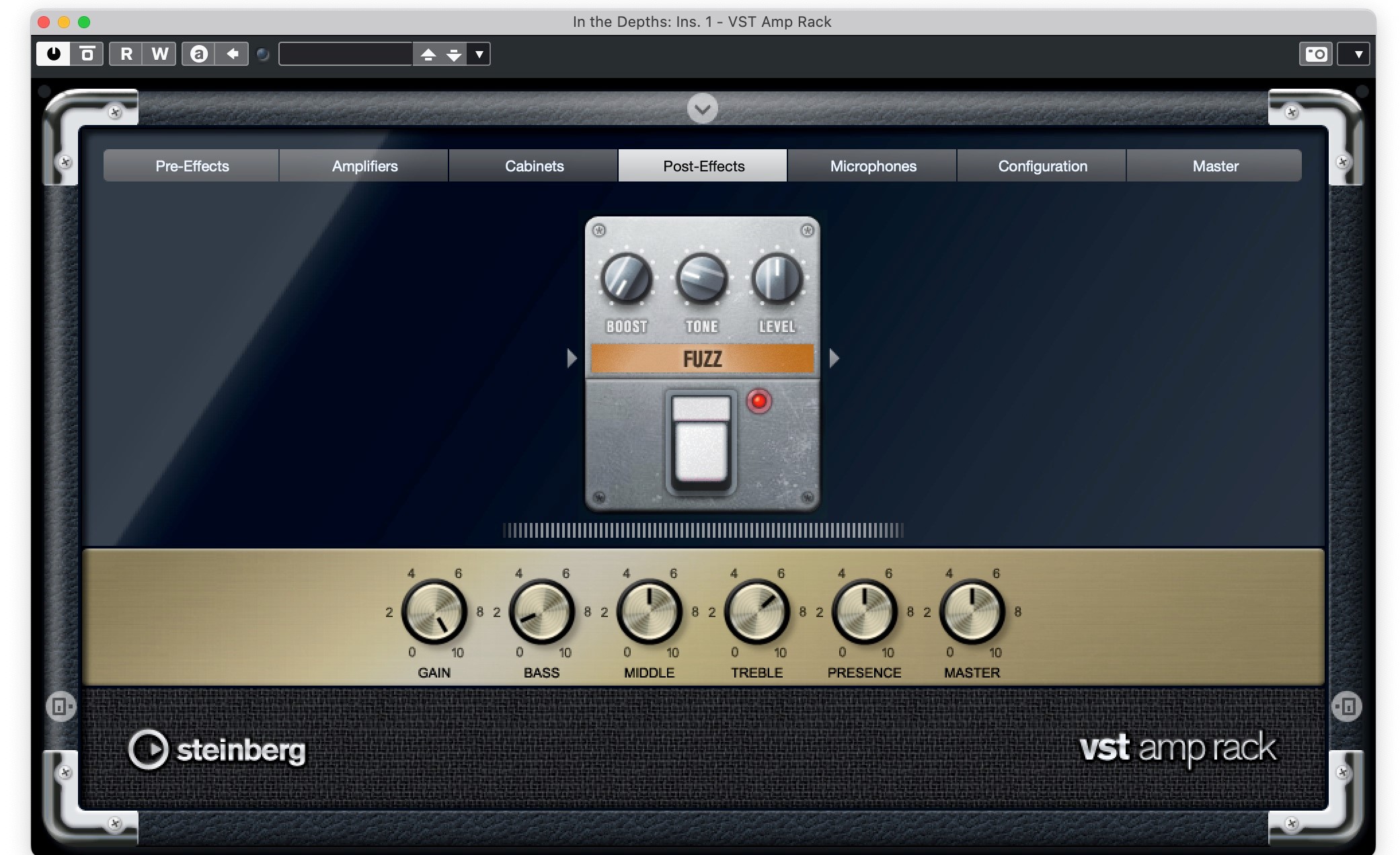
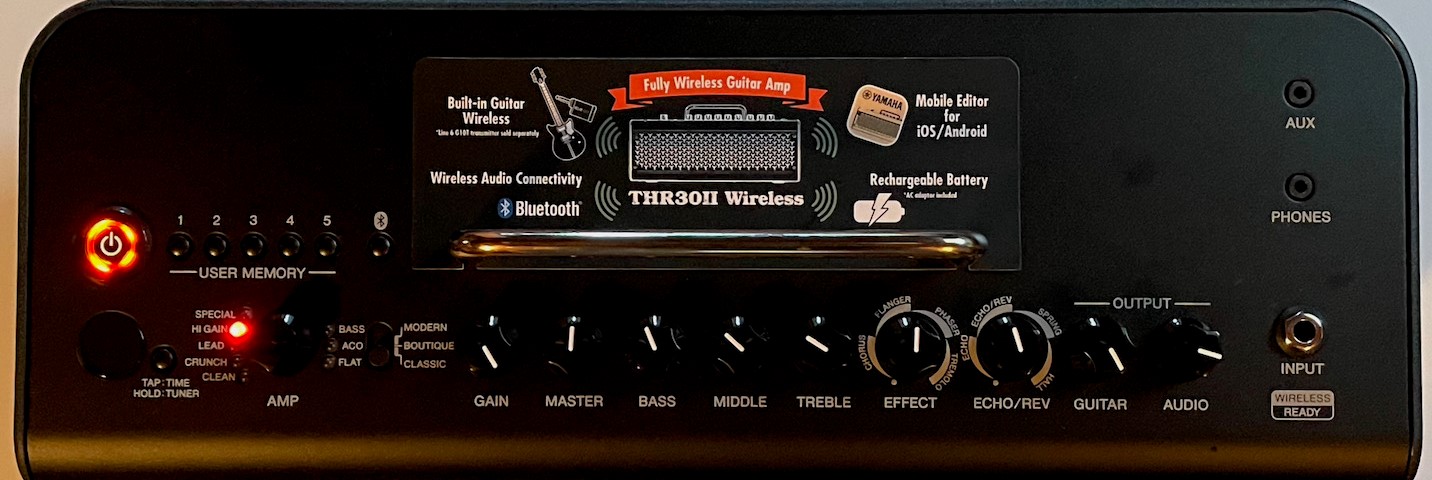
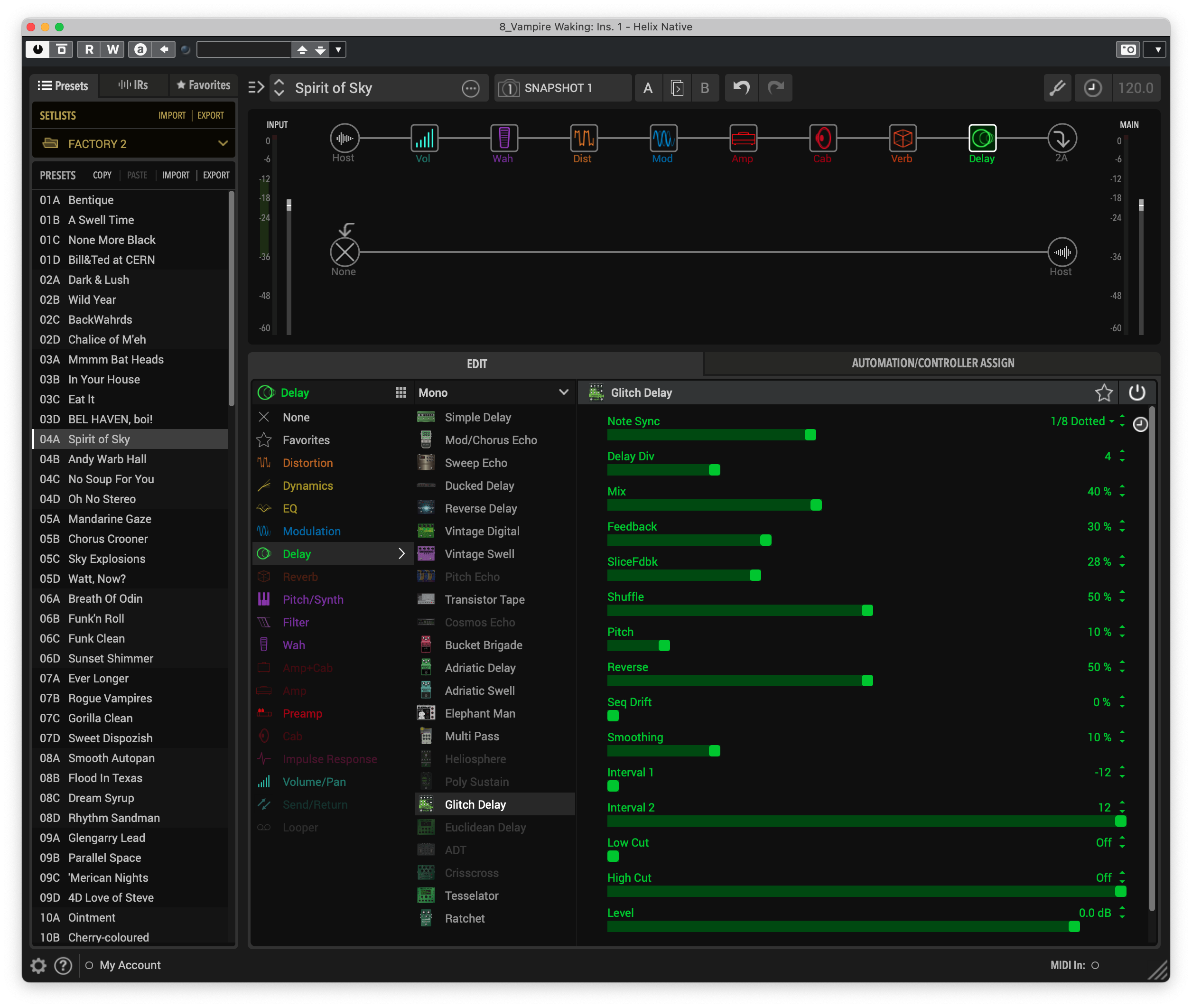
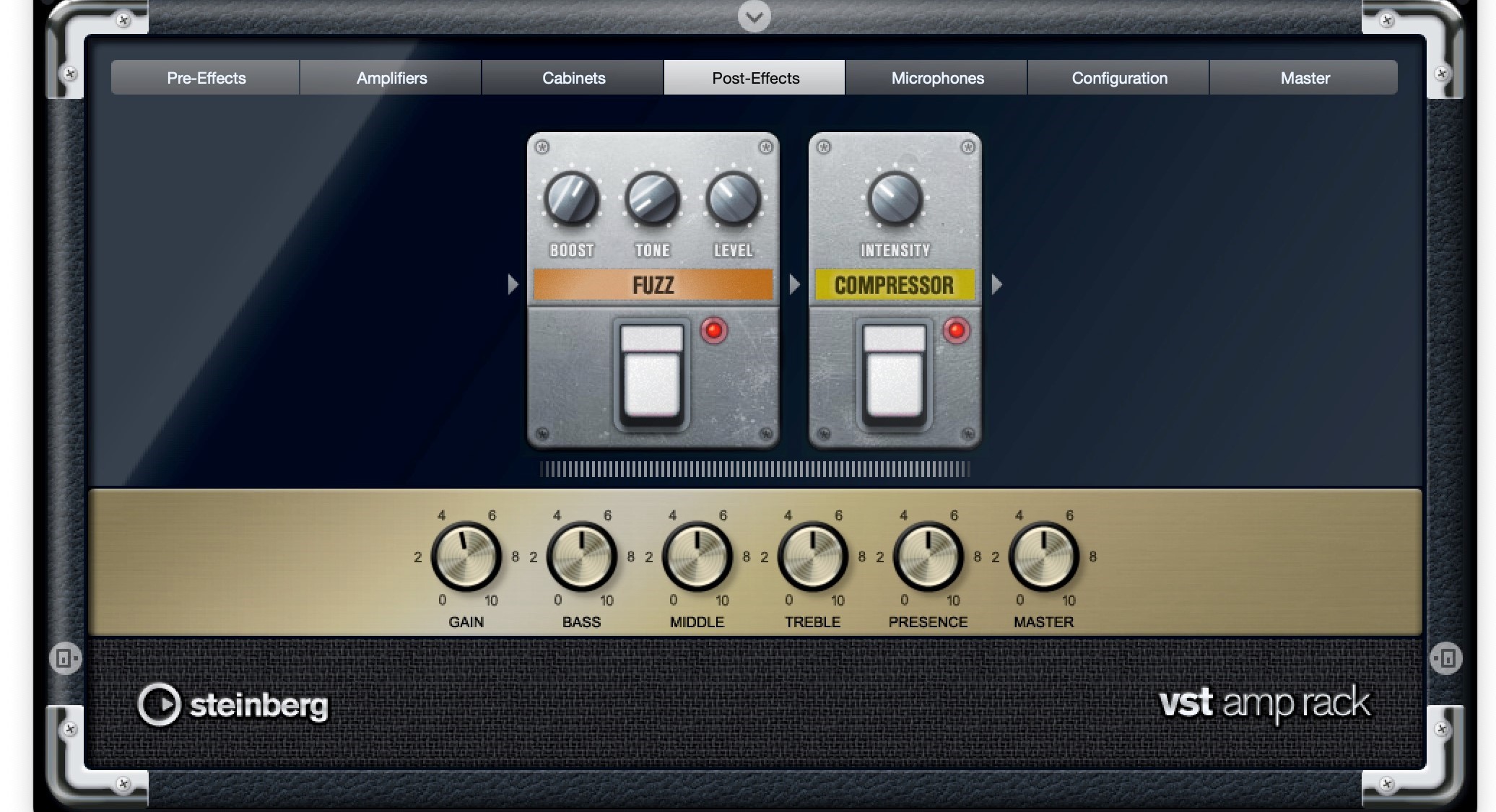

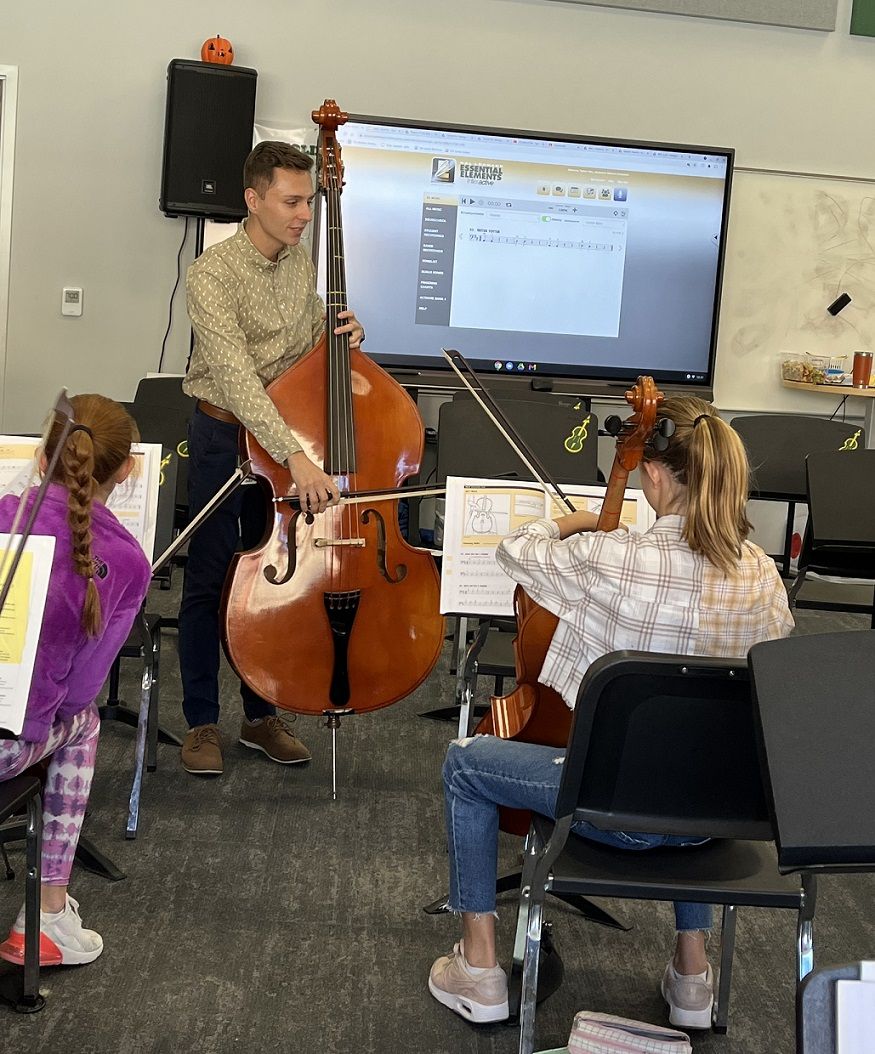
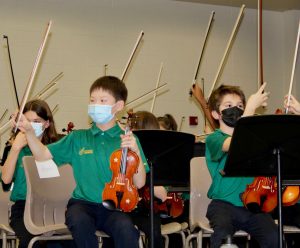 The result of these off-the-beaten-path lesson plans has been more student engagement, higher retention and overall program growth. “By adding in pop and recognizable music and adding technology, students have a positive experience in class and feel confident on their instruments,” Otto says.
The result of these off-the-beaten-path lesson plans has been more student engagement, higher retention and overall program growth. “By adding in pop and recognizable music and adding technology, students have a positive experience in class and feel confident on their instruments,” Otto says.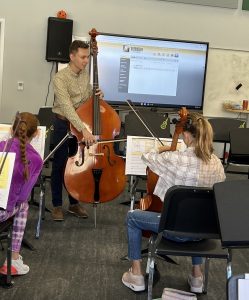 “
“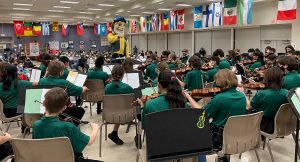
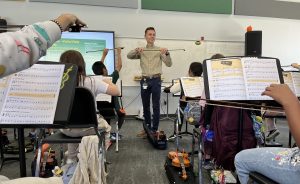 They also incorporate improv into concerts. “Sometimes there’s a solo section in a piece, or we can make one,” Otto says.
They also incorporate improv into concerts. “Sometimes there’s a solo section in a piece, or we can make one,” Otto says.
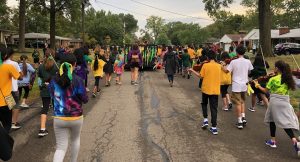
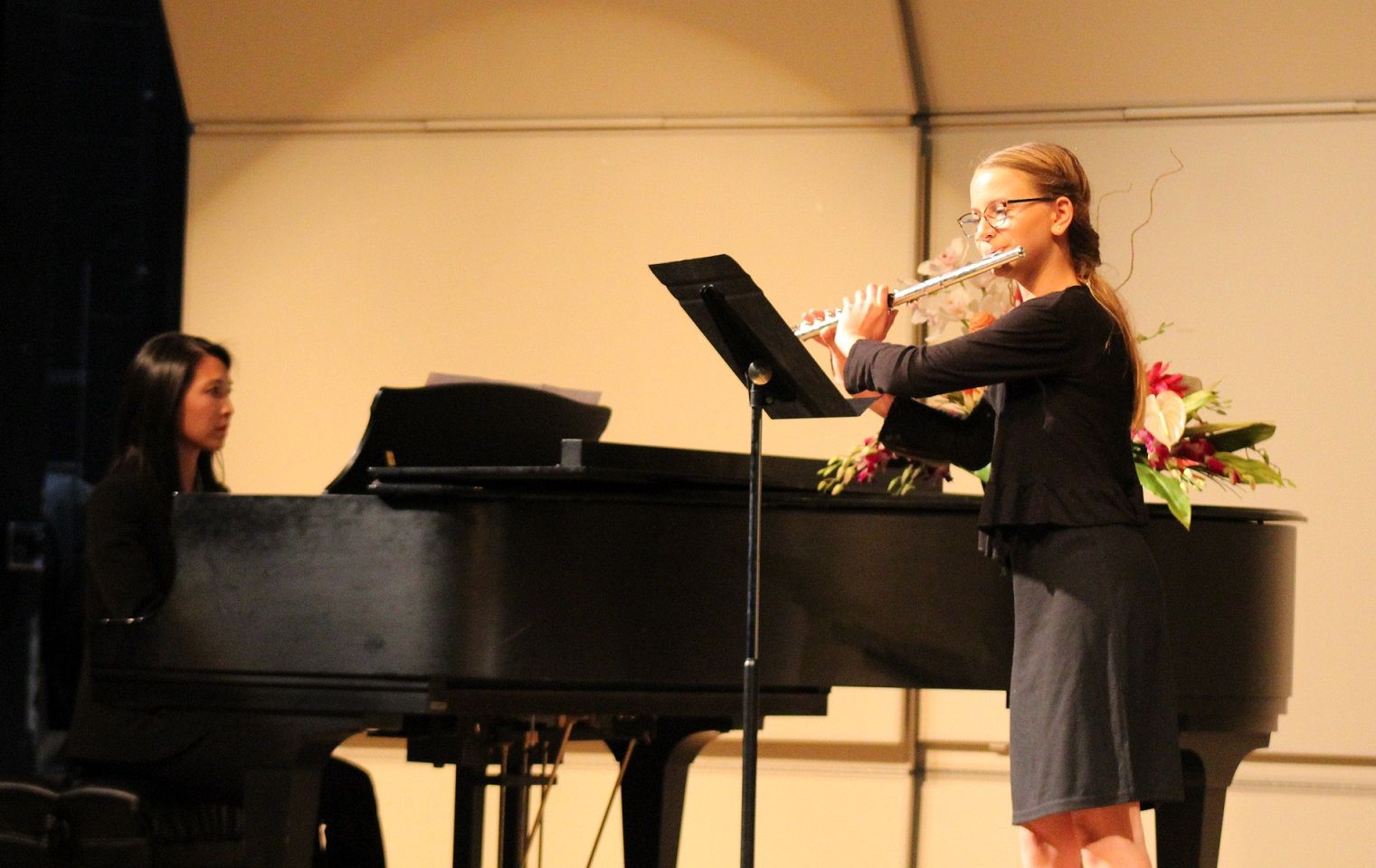
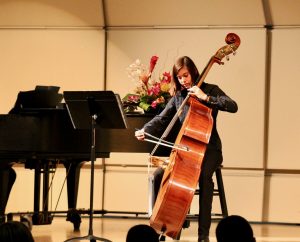 Finding Repertoire for Ensembles and “Oddsembles”
Finding Repertoire for Ensembles and “Oddsembles”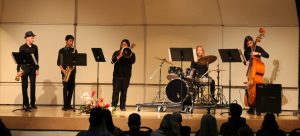
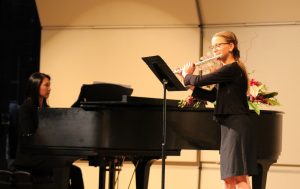 Day of the Festival
Day of the Festival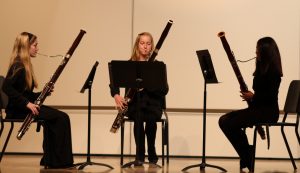 Our Solo and Ensemble Festival strengthens both our musicians’ skills and music community. Students involved often become leaders in their classes and are the most confident players in our ensembles. Rehearsing without a teacher helps them develop their critical thinking and analytical skills in music because they must break down why something isn’t working, lining up or doesn’t sound right.
Our Solo and Ensemble Festival strengthens both our musicians’ skills and music community. Students involved often become leaders in their classes and are the most confident players in our ensembles. Rehearsing without a teacher helps them develop their critical thinking and analytical skills in music because they must break down why something isn’t working, lining up or doesn’t sound right.

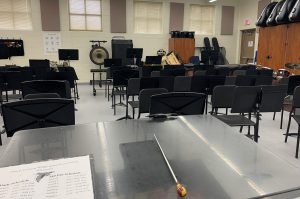 However, Don did the smart thing that many of us may have heard during our student-teaching: He waited. After taking some deep breaths and calming down, Don came to some realizations. Yes, he was busy, but the reality is that everyone’s busy! And this student was left off the program at a concert that he had worked hard for. The parent and child were upset, and nothing could change that. Don’s response was indicative of what I observed was at the core of his overall demeanor — honesty — and is one of the qualities that makes him a master educator.
However, Don did the smart thing that many of us may have heard during our student-teaching: He waited. After taking some deep breaths and calming down, Don came to some realizations. Yes, he was busy, but the reality is that everyone’s busy! And this student was left off the program at a concert that he had worked hard for. The parent and child were upset, and nothing could change that. Don’s response was indicative of what I observed was at the core of his overall demeanor — honesty — and is one of the qualities that makes him a master educator. It’s easy to get caught up in the details, but Don Stinson’s practical advice and honesty made me feel better. Sure, right now I don’t know exactly how to do every aspect of my job, but there isn’t any podcast that can prepare me for that. I could only be sure that I would bring the openness and positive attitude that my students needed. At the Summer Symposium earlier that month, master teacher
It’s easy to get caught up in the details, but Don Stinson’s practical advice and honesty made me feel better. Sure, right now I don’t know exactly how to do every aspect of my job, but there isn’t any podcast that can prepare me for that. I could only be sure that I would bring the openness and positive attitude that my students needed. At the Summer Symposium earlier that month, master teacher 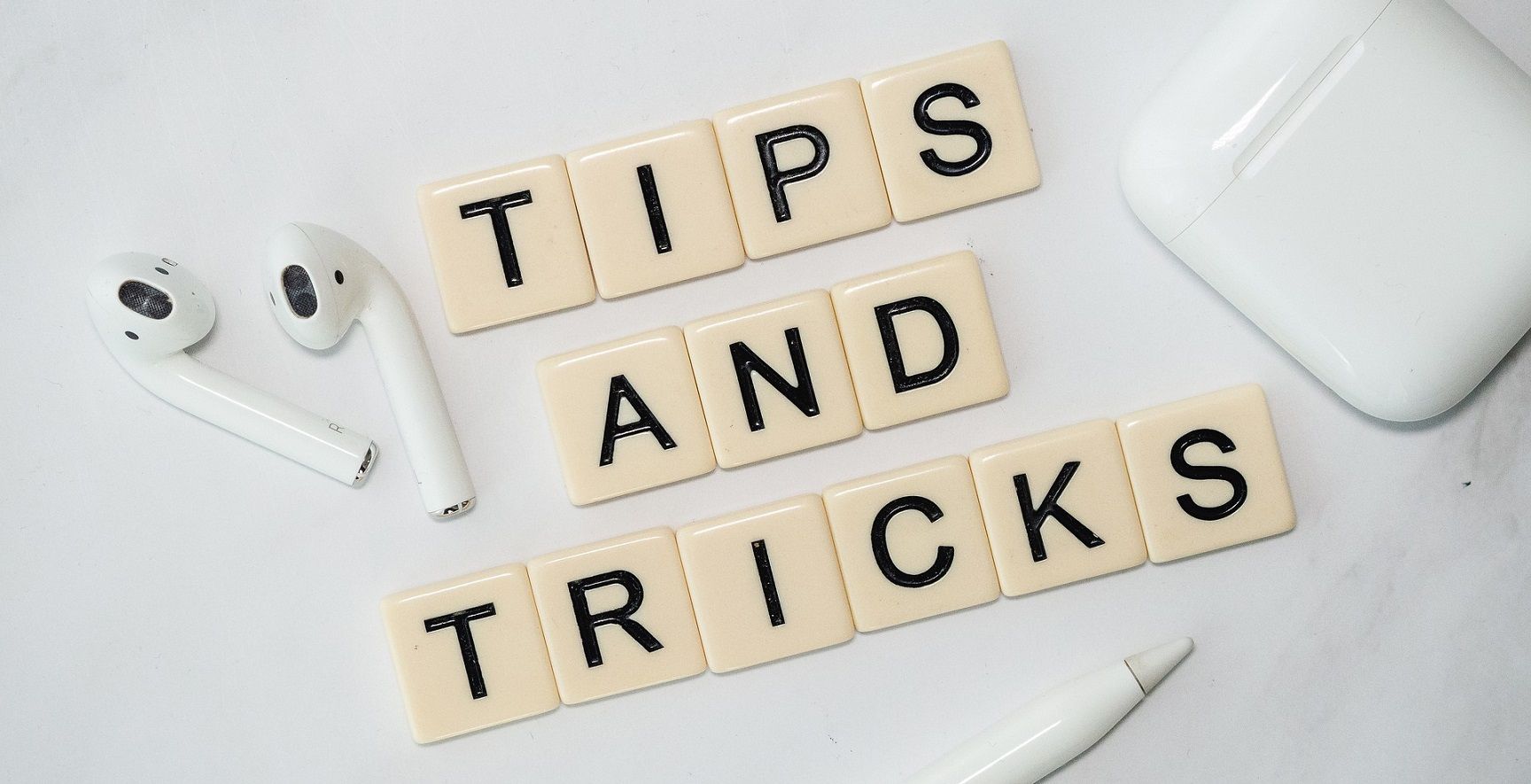
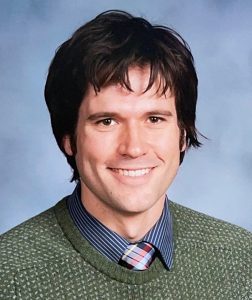
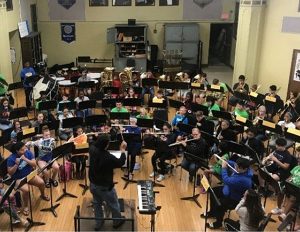 However, new educators should understand that they can and should have the option of enjoying a life outside of their career. I shared my ups and downs with Dan. Small things, like missing out on some after-school social events. Other small things, such as not being at some of my own children’s events because of work-related items or eating poorly during busy seasons. But these small things add up to larger issues and can sneak up on you. No one plans on their health taking a negative turn, or their friend circle shrinking, or a divorce. They just “seem to happen” and can often be a result of us putting our careers ahead of our own health and wellness.
However, new educators should understand that they can and should have the option of enjoying a life outside of their career. I shared my ups and downs with Dan. Small things, like missing out on some after-school social events. Other small things, such as not being at some of my own children’s events because of work-related items or eating poorly during busy seasons. But these small things add up to larger issues and can sneak up on you. No one plans on their health taking a negative turn, or their friend circle shrinking, or a divorce. They just “seem to happen” and can often be a result of us putting our careers ahead of our own health and wellness.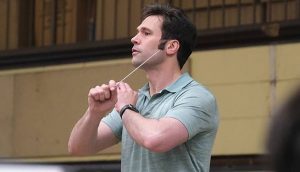 This meeting was exciting for me. Selfishly, I got a lot out of meeting with Dan. Sometimes as a teacher in the mid-stage of your career, you reflect on the things that you do, but also on the things that you used to do. As I shared my thoughts and tips with Dan — such as being vulnerable with students to encourage musical expression, writing encouraging handwritten notes on every student’s program before a concert, and creating a not-to-do list — I started to realize that I had strayed away from some of these items in my own teaching.
This meeting was exciting for me. Selfishly, I got a lot out of meeting with Dan. Sometimes as a teacher in the mid-stage of your career, you reflect on the things that you do, but also on the things that you used to do. As I shared my thoughts and tips with Dan — such as being vulnerable with students to encourage musical expression, writing encouraging handwritten notes on every student’s program before a concert, and creating a not-to-do list — I started to realize that I had strayed away from some of these items in my own teaching.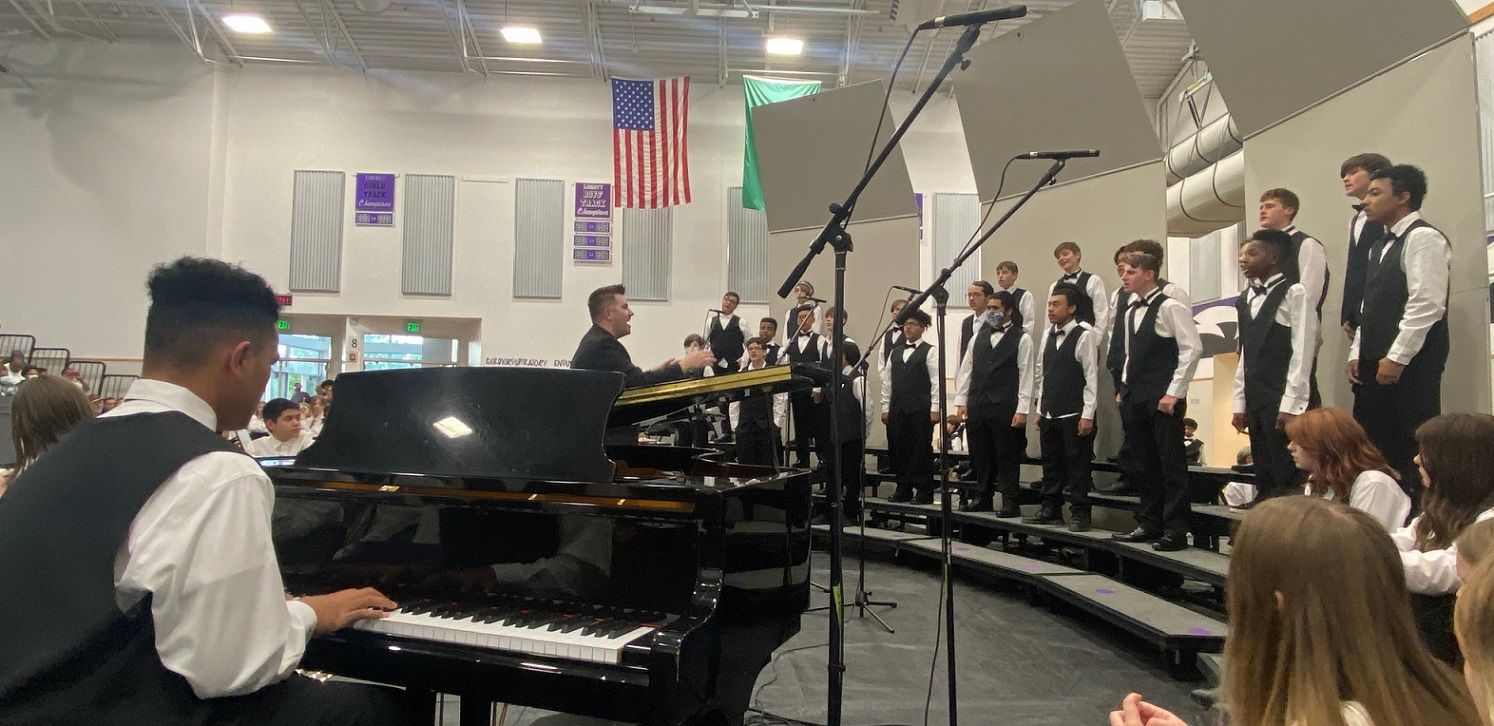
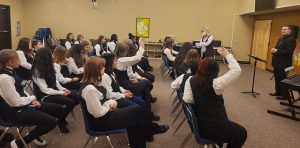 Since restructuring the choir program, Rogers has noted many benefits not only in increased membership numbers, but also in the educational and emotional benefits to the students. “Choir can be female-dominated in some areas, and it’s really tough for middle school boys in choir,” Rogers says. “I wanted them to be able to have comfort and a sense of camaraderie and ownership in what they’re singing. I’ve always thought that if I have a group of students with similar voices, I can devote more time to training their technique.”
Since restructuring the choir program, Rogers has noted many benefits not only in increased membership numbers, but also in the educational and emotional benefits to the students. “Choir can be female-dominated in some areas, and it’s really tough for middle school boys in choir,” Rogers says. “I wanted them to be able to have comfort and a sense of camaraderie and ownership in what they’re singing. I’ve always thought that if I have a group of students with similar voices, I can devote more time to training their technique.”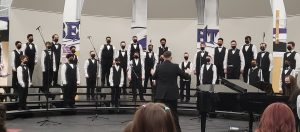
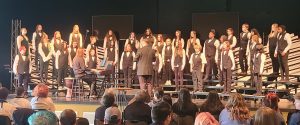
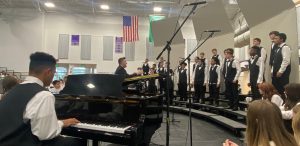 Even over Zoom, Rogers had students participate in a community circle, where ensemble members all greeted each other and shared their thoughts aloud with the group.
Even over Zoom, Rogers had students participate in a community circle, where ensemble members all greeted each other and shared their thoughts aloud with the group.
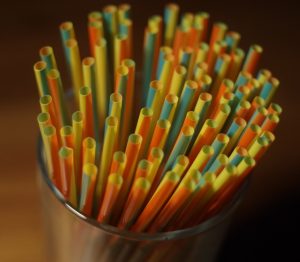 Straw panpipe: Straw panpipes are a great way to teach about how length affects pitch and how scales work. To make a straw panpipe, you will need wide straws and materials to connect them, such as string, popsicle sticks and rubber bands, or simply tape. While you can use thin, they are much harder to get a sound on than bubble tea/boba straws.
Straw panpipe: Straw panpipes are a great way to teach about how length affects pitch and how scales work. To make a straw panpipe, you will need wide straws and materials to connect them, such as string, popsicle sticks and rubber bands, or simply tape. While you can use thin, they are much harder to get a sound on than bubble tea/boba straws.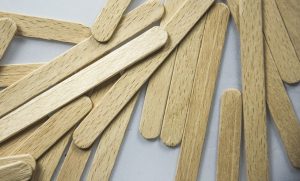 Popsicle-Stick Harmonica: This is one of the faster projects on our list. Popsicle-stick harmonicas require rubber bands, larger popsicle sticks, and straws or toothpicks. These “harmonicas” sound a lot like kazoos. They are super fun and buzzy, so be sure to do a lot of prep on when and where your students are allowed to play their instruments!
Popsicle-Stick Harmonica: This is one of the faster projects on our list. Popsicle-stick harmonicas require rubber bands, larger popsicle sticks, and straws or toothpicks. These “harmonicas” sound a lot like kazoos. They are super fun and buzzy, so be sure to do a lot of prep on when and where your students are allowed to play their instruments! Cardboard Trumpets: This craft is suitable for lower elementary students and teaches about sound waves and buzzing.
Cardboard Trumpets: This craft is suitable for lower elementary students and teaches about sound waves and buzzing. Paper Plate Tambourine: Here’s another simpler project for lower elementary students. You will need paper plates, jingle bells, a hole punch and some string. Because the tambourine is made of paper, students can color or paint their instruments before they put them together, allowing for more creative freedom than some of the other projects! Check out
Paper Plate Tambourine: Here’s another simpler project for lower elementary students. You will need paper plates, jingle bells, a hole punch and some string. Because the tambourine is made of paper, students can color or paint their instruments before they put them together, allowing for more creative freedom than some of the other projects! Check out  Give instructions before you pass out materials.
Give instructions before you pass out materials.
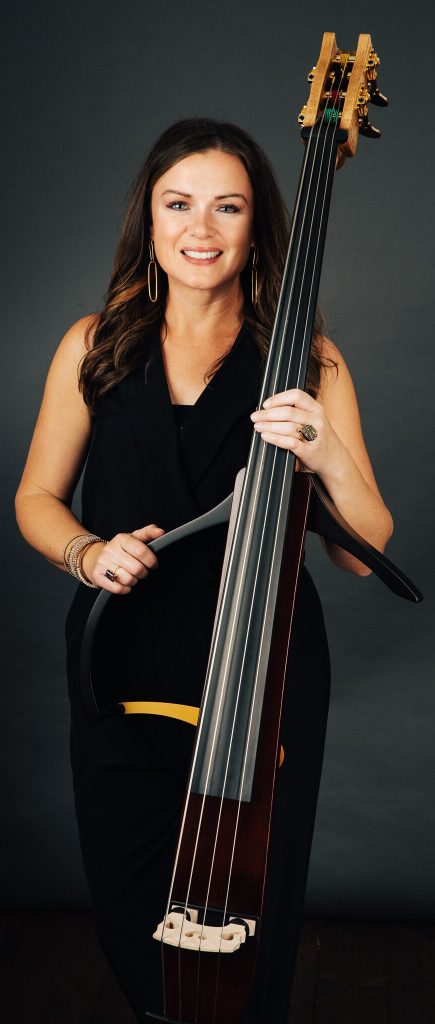
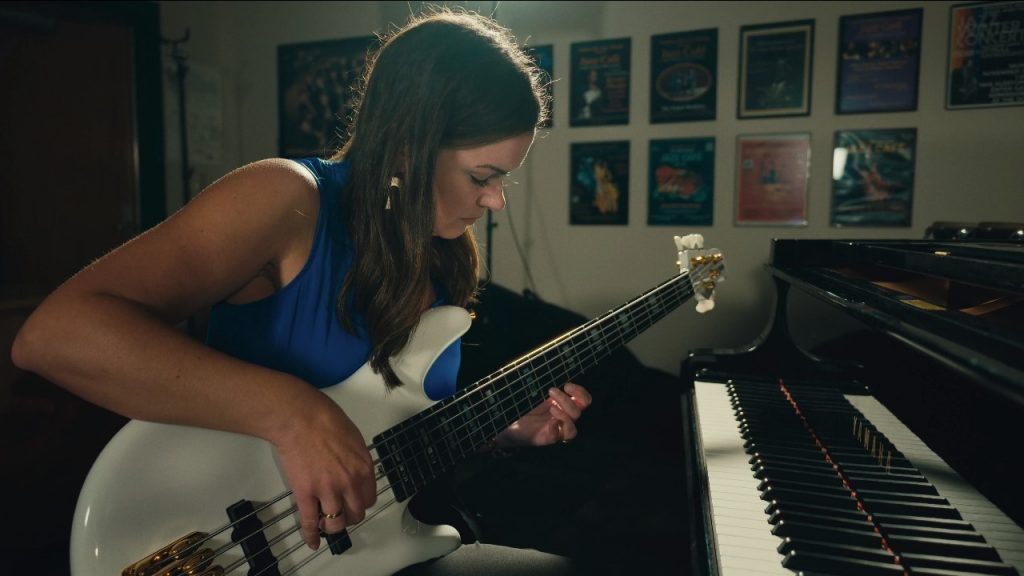
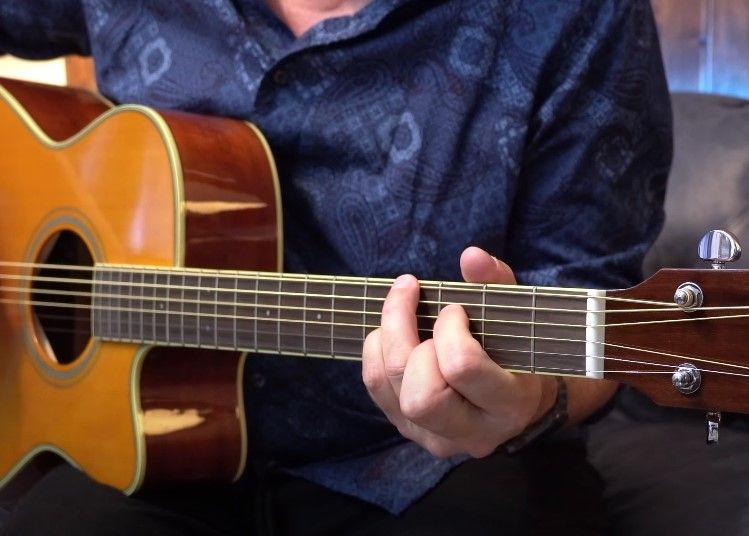
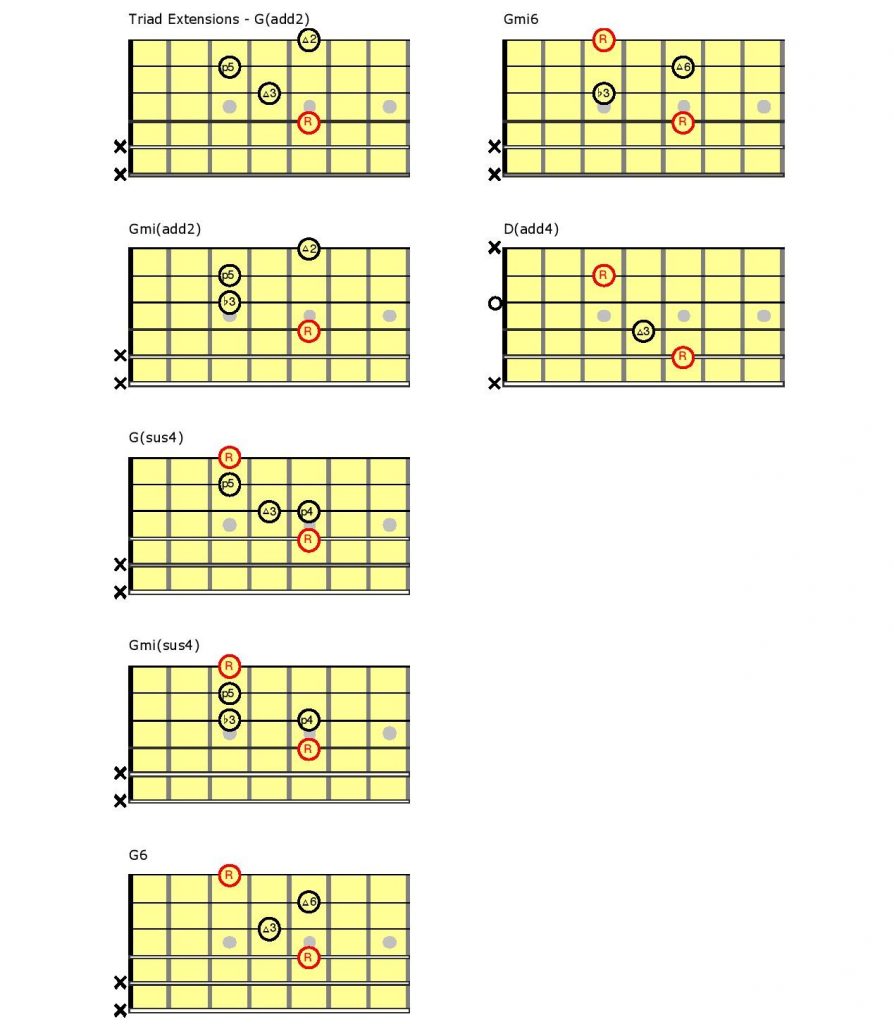
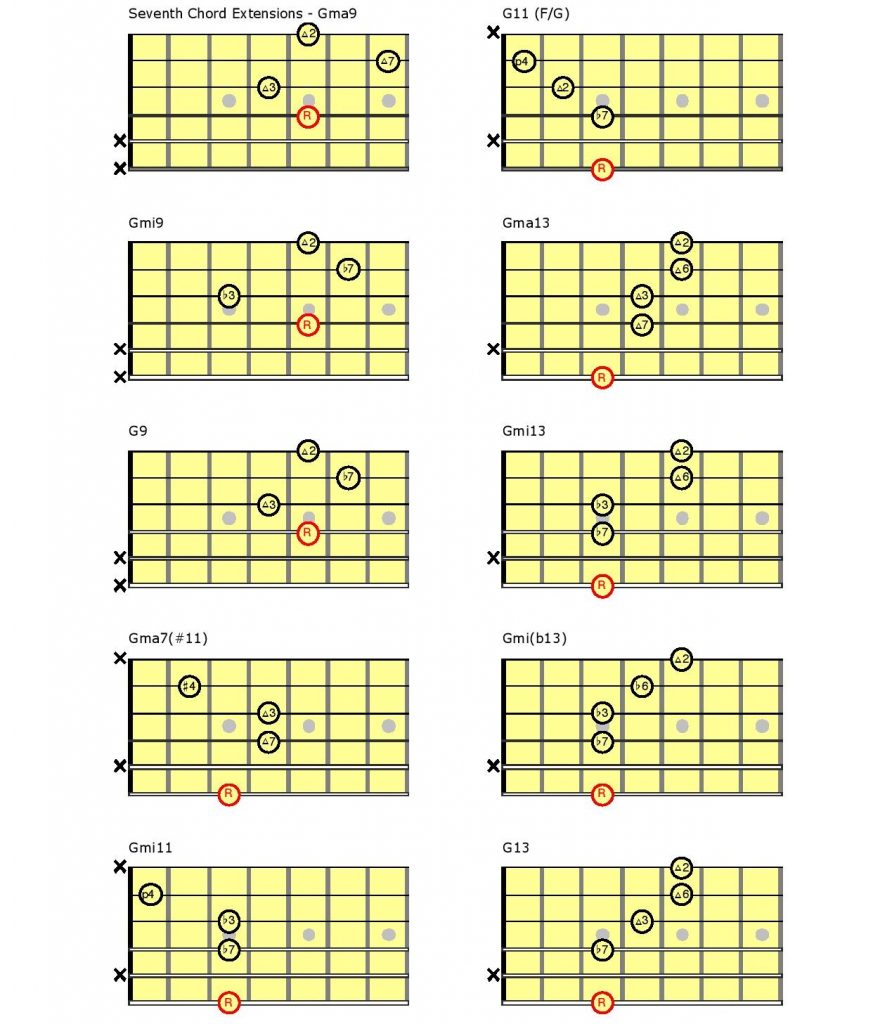
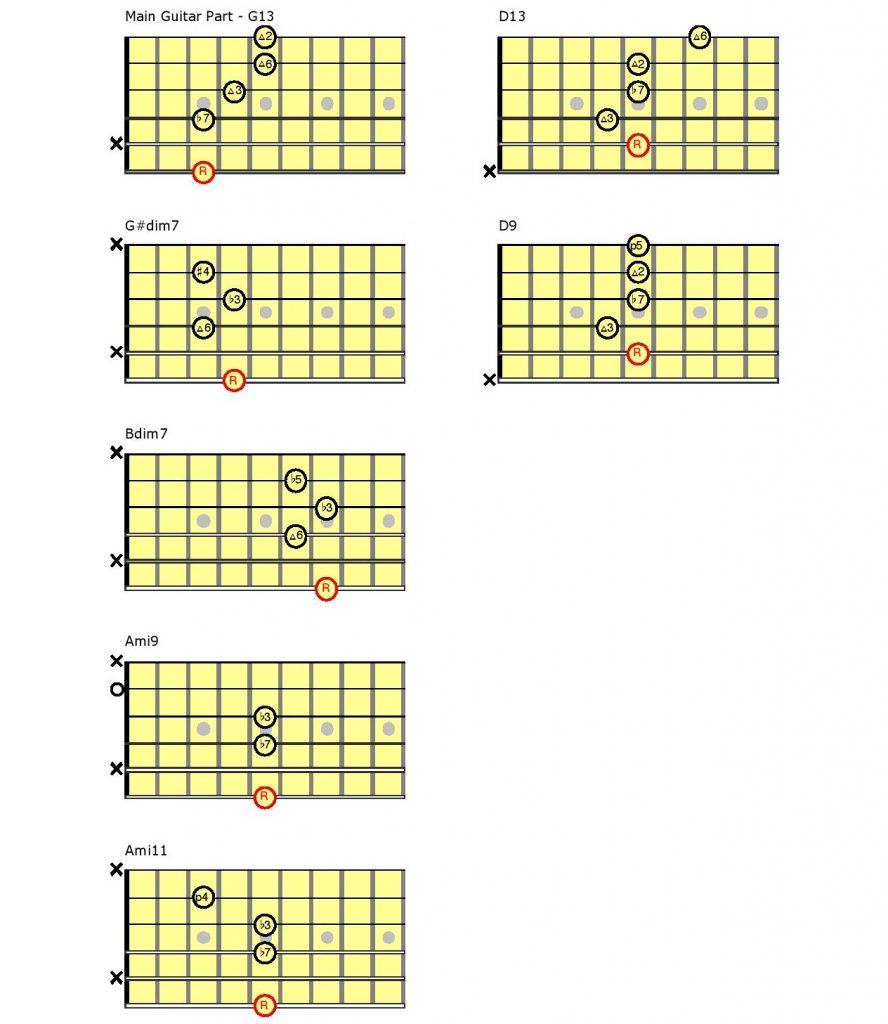
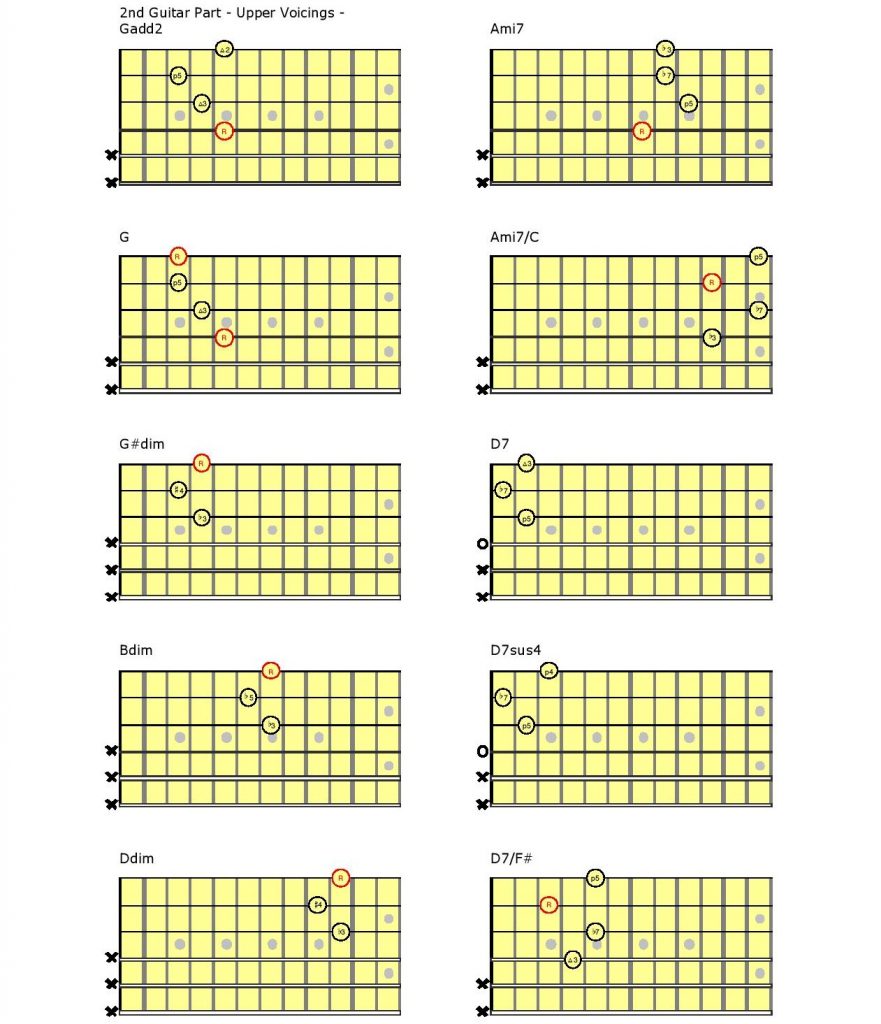
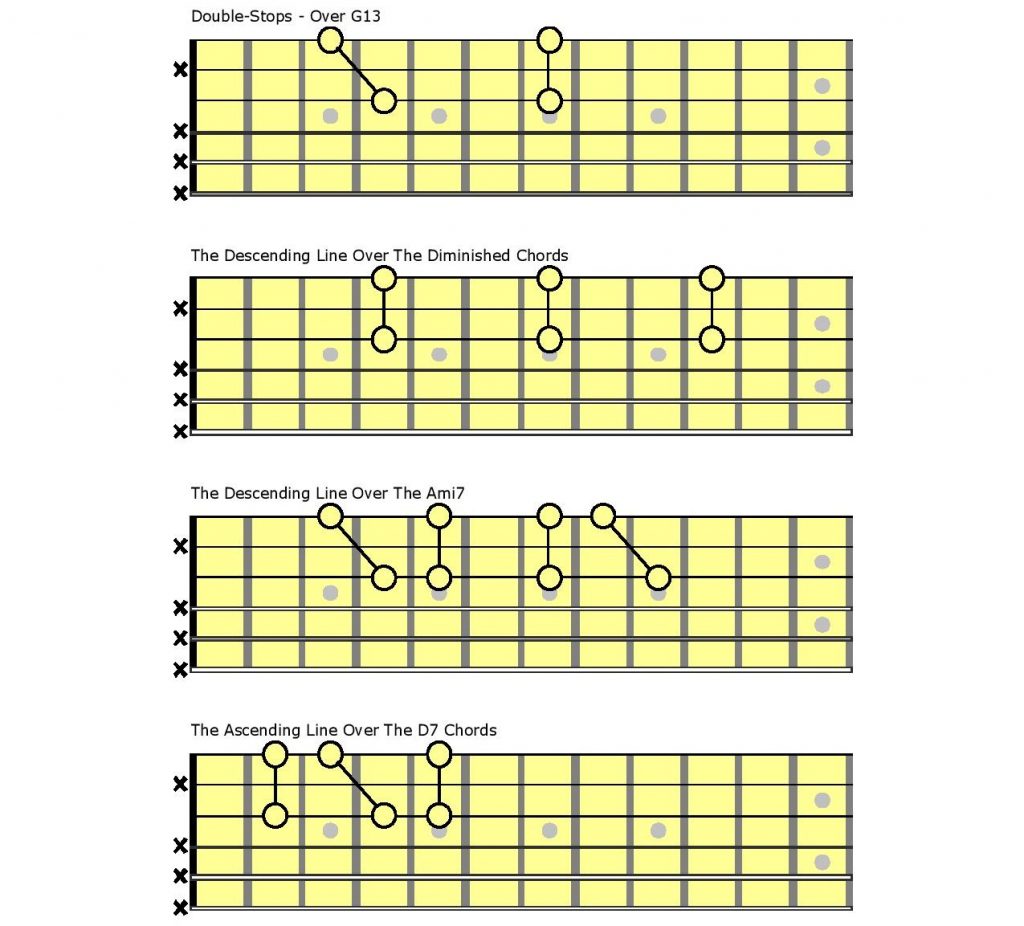
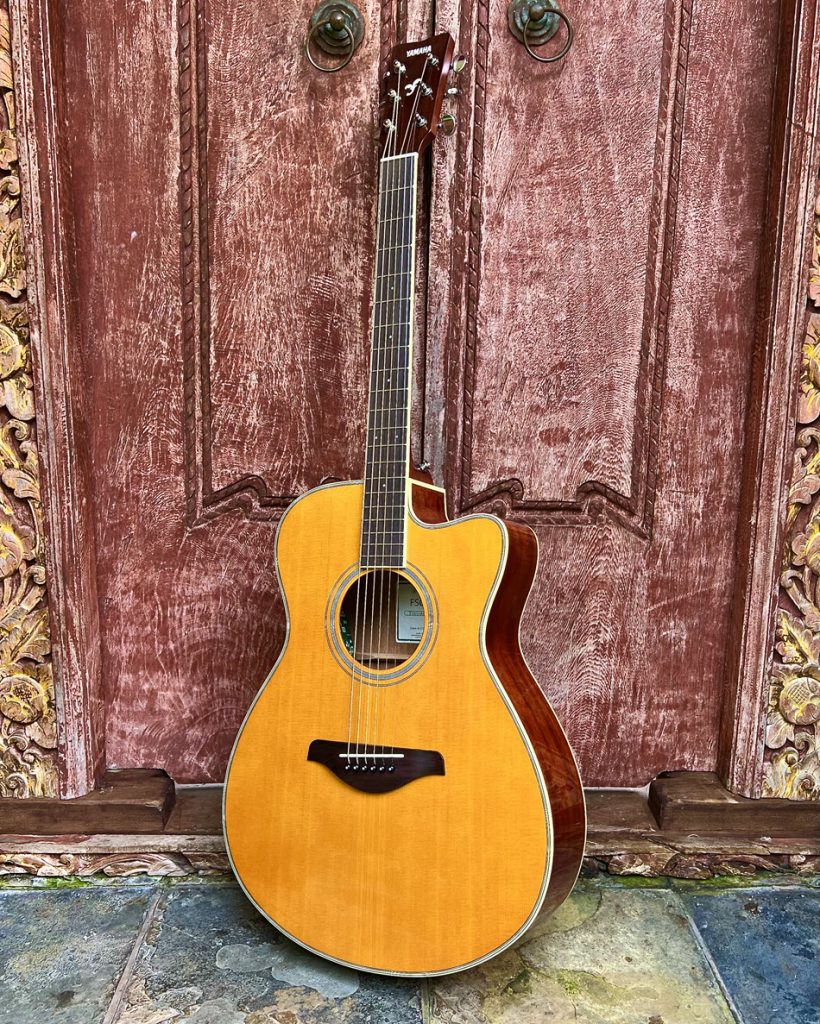
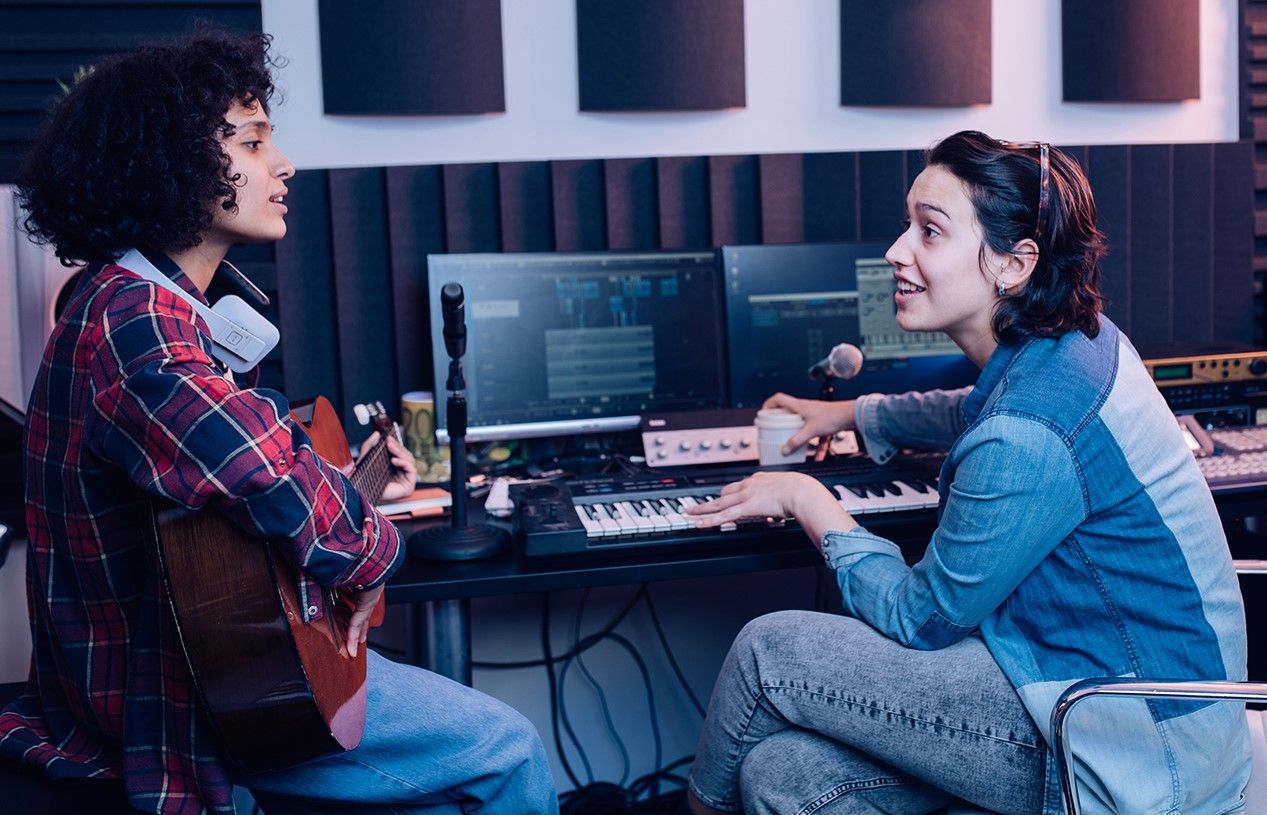

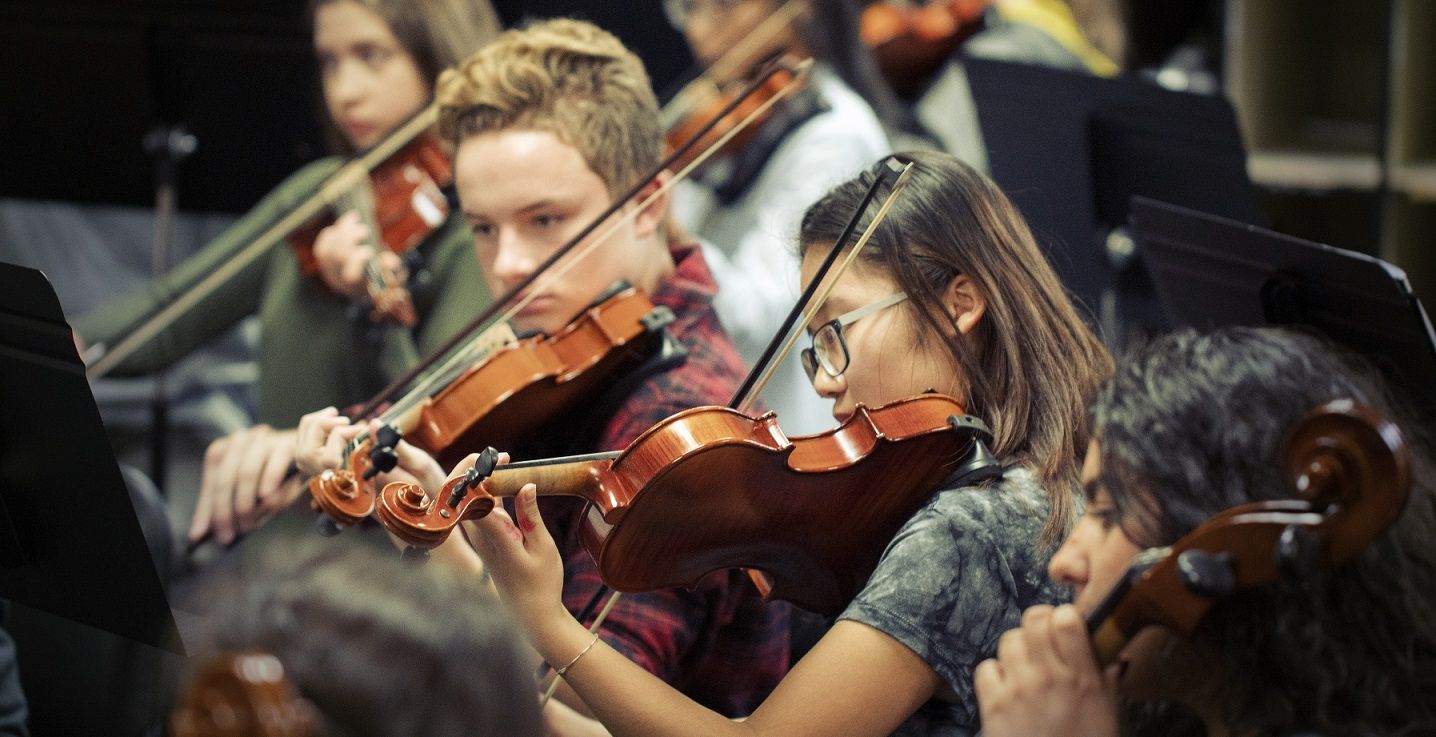
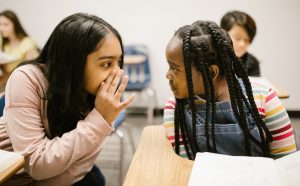 The report was released just prior to the
The report was released just prior to the 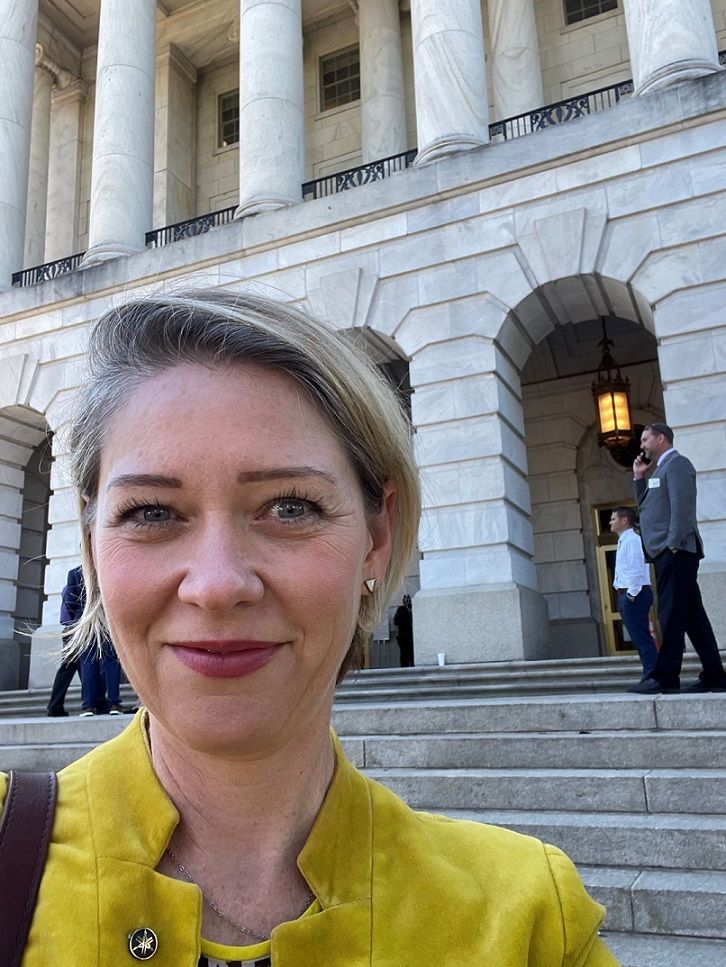
 I was fortunate to travel to Washington, D.C., on September 14, 2022, to participate in NAMM’s “Hill Day” advocacy push. This event was put together to drive awareness and highlight the outcomes of student participation, and most importantly, where and how money is being spent on music education. Funding educational programs takes place at all levels of government, but NAMM specifically funds and uses current research data to track what happens to that money once it is applied to various bills and the provisions in its laws. As an advocacy coalition, we take this data to legislators and have conversations about the importance of funding key programs that will impact students, teachers and communities.
I was fortunate to travel to Washington, D.C., on September 14, 2022, to participate in NAMM’s “Hill Day” advocacy push. This event was put together to drive awareness and highlight the outcomes of student participation, and most importantly, where and how money is being spent on music education. Funding educational programs takes place at all levels of government, but NAMM specifically funds and uses current research data to track what happens to that money once it is applied to various bills and the provisions in its laws. As an advocacy coalition, we take this data to legislators and have conversations about the importance of funding key programs that will impact students, teachers and communities.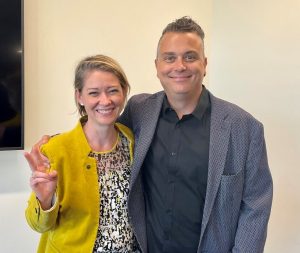
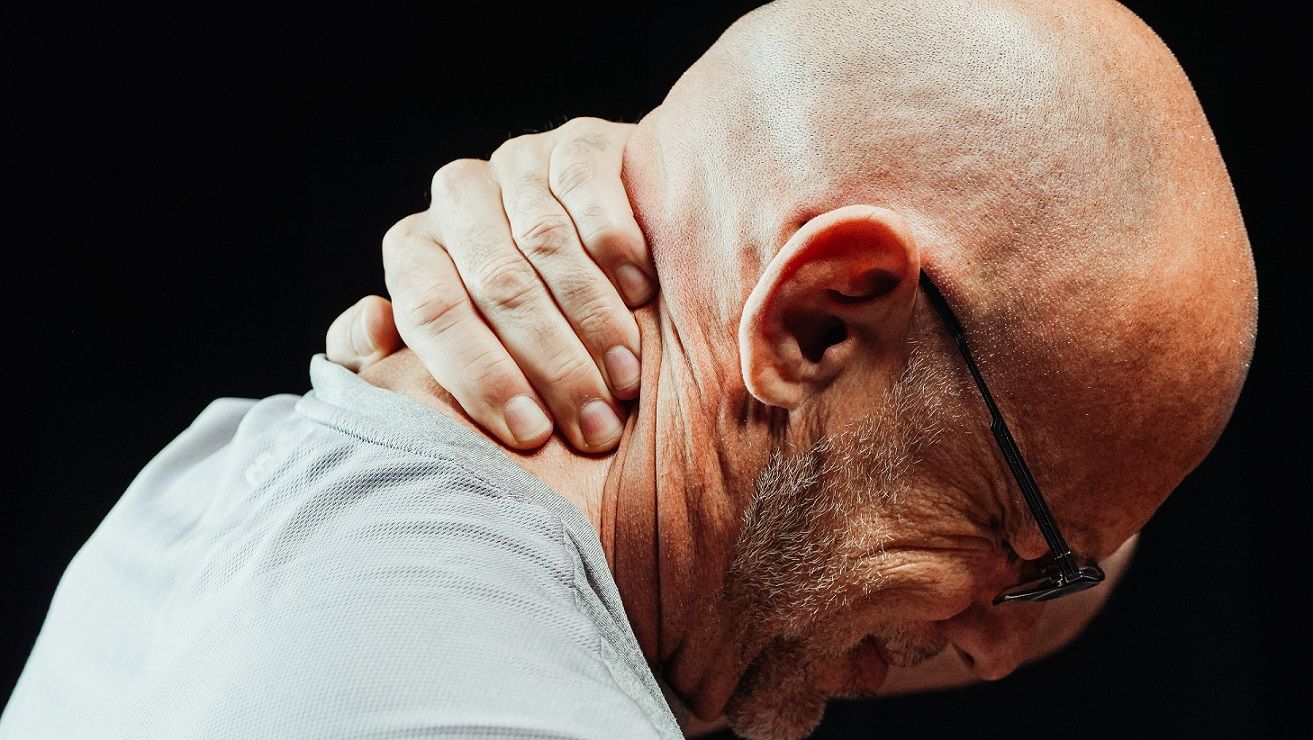
 Is Music Hazardous to Your Health?
Is Music Hazardous to Your Health? Tight Neck and Shoulders
Tight Neck and Shoulders
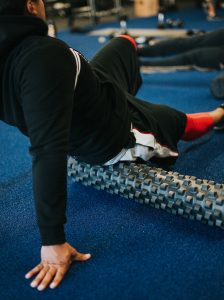 Tight Hips
Tight Hips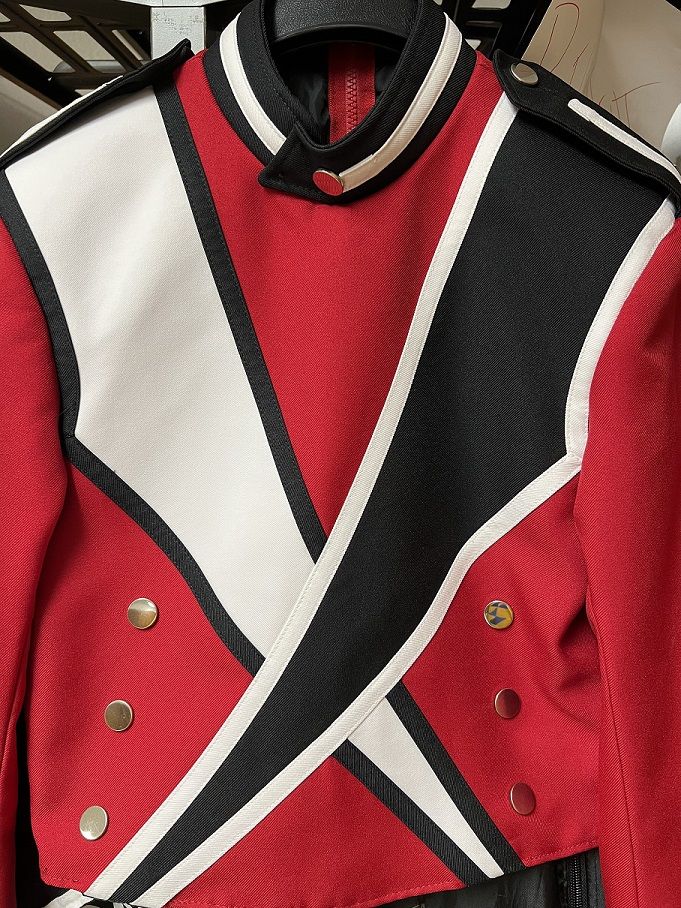
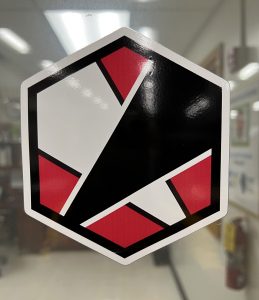 A brand for your school music program or a select ensemble should not just be about designing a cool logo and throwing it on a T-shirt. Rather, it should be about creating and sustaining a unified vision and mission for your program. To be clear, a vision should center around what you want your program to be, while a mission should focus on how you intend to get there.
A brand for your school music program or a select ensemble should not just be about designing a cool logo and throwing it on a T-shirt. Rather, it should be about creating and sustaining a unified vision and mission for your program. To be clear, a vision should center around what you want your program to be, while a mission should focus on how you intend to get there.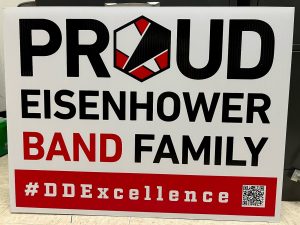 Many school logos come from the same source material with varying degrees of copyright permission. Perhaps you have even encountered identical mascots from two different schools. In my hometown of Chicago, it seems as though every “Home of the Mustangs” school has the exact same horse graphic! That said, my school’s Cardinal logo is strikingly similar to our namesake from the National Football League. Because of this, I am limited by copyright as to what I can design using that particular logo.
Many school logos come from the same source material with varying degrees of copyright permission. Perhaps you have even encountered identical mascots from two different schools. In my hometown of Chicago, it seems as though every “Home of the Mustangs” school has the exact same horse graphic! That said, my school’s Cardinal logo is strikingly similar to our namesake from the National Football League. Because of this, I am limited by copyright as to what I can design using that particular logo. If you want to print your logo on a banner for your marching band or other large-scale media, you must ensure the digital file is rendered in high-resolution. One of the ways resolution is measured is DPI, or dots per inch. When using a graphic meant for electronic distribution (e.g., Twitter profile, website image), 72 DPI should suffice. However, most graphics that will be printed should be at least 300 DPI. The higher the DPI, the sharper the image. Rendering high-resolution artwork will result in larger file sizes, but it will look crisper and less pixilated or grainy when displayed on larger surfaces.
If you want to print your logo on a banner for your marching band or other large-scale media, you must ensure the digital file is rendered in high-resolution. One of the ways resolution is measured is DPI, or dots per inch. When using a graphic meant for electronic distribution (e.g., Twitter profile, website image), 72 DPI should suffice. However, most graphics that will be printed should be at least 300 DPI. The higher the DPI, the sharper the image. Rendering high-resolution artwork will result in larger file sizes, but it will look crisper and less pixilated or grainy when displayed on larger surfaces.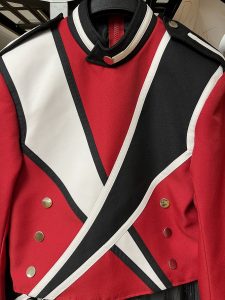 I had a prime opportunity to rebrand our marching band in 2013 when our school board approved the purchase of new uniforms. At the time, we did not have a band logo or any real identity. Our uniforms were almost 25 years old, and they were mostly black with very few design elements. About a third of the uniforms were missing buttons, most did not fit properly, and some were torn from years of use. Suffice to say, no one was particularly enthusiastic about suiting up for a football game or festival.
I had a prime opportunity to rebrand our marching band in 2013 when our school board approved the purchase of new uniforms. At the time, we did not have a band logo or any real identity. Our uniforms were almost 25 years old, and they were mostly black with very few design elements. About a third of the uniforms were missing buttons, most did not fit properly, and some were torn from years of use. Suffice to say, no one was particularly enthusiastic about suiting up for a football game or festival. Over the course of that year, our band formed an identity steeped in our new vision and mission of empowering one another. We decided that helping other members of our organization become the best version of themselves was just as important as achieving individual success. Our students began sharing responsibility for their own learning and holding each other accountable. We intentionally and collaboratively designed rehearsal plans to keep our organization advancing toward our goals. We sought to be the band that tried together, failed together and triumphed together.
Over the course of that year, our band formed an identity steeped in our new vision and mission of empowering one another. We decided that helping other members of our organization become the best version of themselves was just as important as achieving individual success. Our students began sharing responsibility for their own learning and holding each other accountable. We intentionally and collaboratively designed rehearsal plans to keep our organization advancing toward our goals. We sought to be the band that tried together, failed together and triumphed together. Every elected official in our community has a band T-shirt with our logo on it. Our band parents have yard signs, window clings and face masks, among other merchandise proudly displayed throughout our community. Every 8th grader from each of our feeder schools receives a brochure with our course offerings on letterhead with our logo proudly displayed. Now that we are several years into our rebrand, we have successfully used our logo in different iterations separate from our original design to showcase specific productions from year to year.
Every elected official in our community has a band T-shirt with our logo on it. Our band parents have yard signs, window clings and face masks, among other merchandise proudly displayed throughout our community. Every 8th grader from each of our feeder schools receives a brochure with our course offerings on letterhead with our logo proudly displayed. Now that we are several years into our rebrand, we have successfully used our logo in different iterations separate from our original design to showcase specific productions from year to year.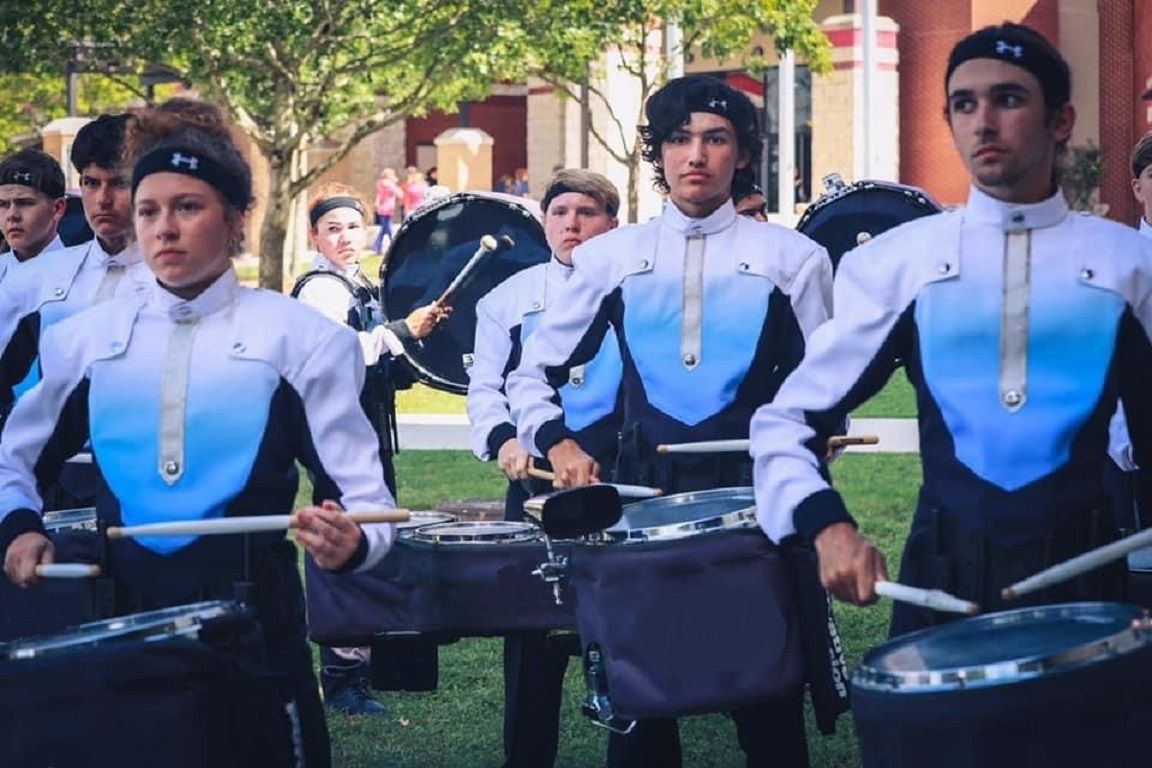
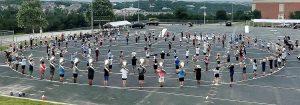
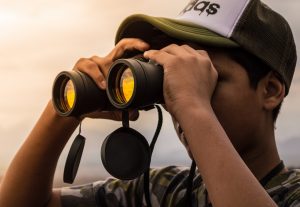 When asked what we want our students at
When asked what we want our students at 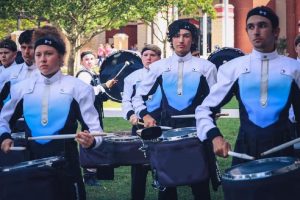 Throughout the year, I experience high moments, or peaks, with students, usually during great rehearsals and times when I feel that we are connecting and making terrific music together. However, most days are “ordinary time,” or valleys, when it seems like you are going through the motions. The kids aren’t necessarily high or low, and you’re in the weeds working through music or drills.
Throughout the year, I experience high moments, or peaks, with students, usually during great rehearsals and times when I feel that we are connecting and making terrific music together. However, most days are “ordinary time,” or valleys, when it seems like you are going through the motions. The kids aren’t necessarily high or low, and you’re in the weeds working through music or drills.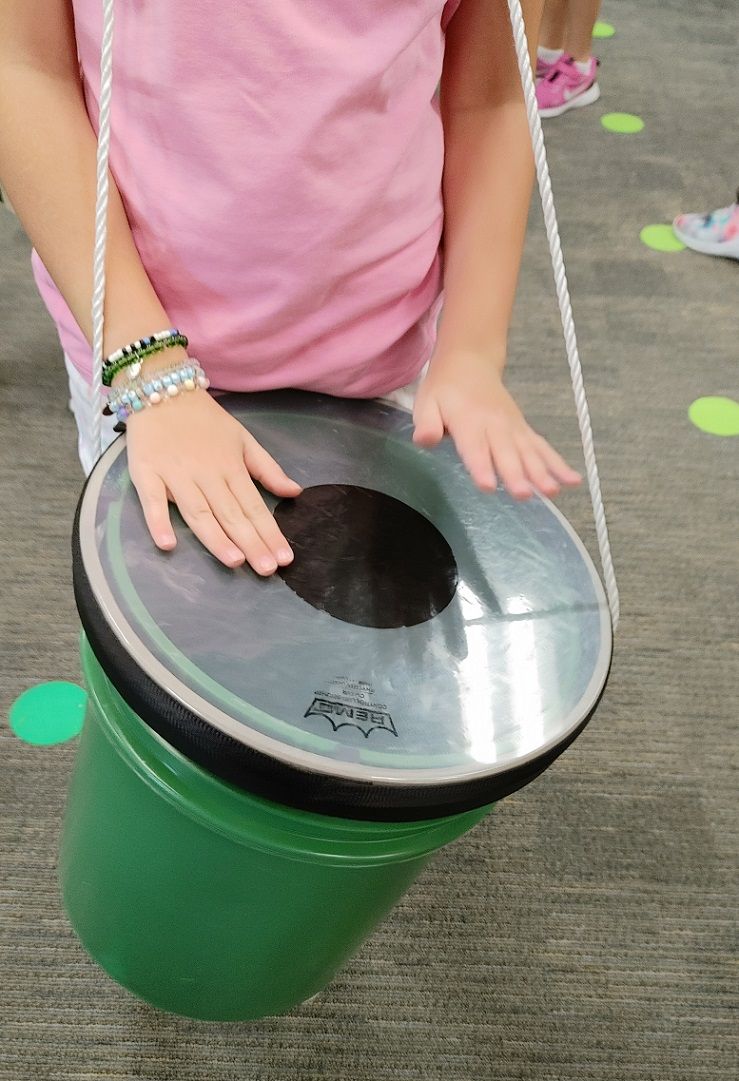
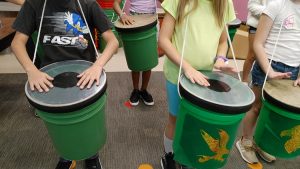
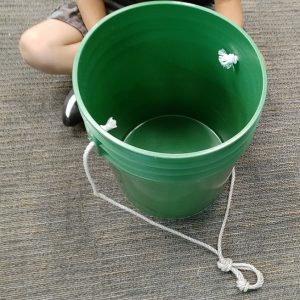
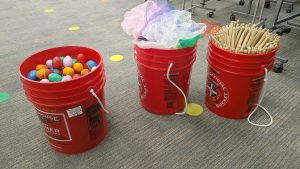 Besides all their wonderful musical benefits, buckets have alternate uses that have become standard in my classroom. I phase out damaged performance buckets as storage for boomwhackers, guitar strings, instrument cables and everything else that needs a separate container. My music room has no chairs but with a soft pad, buckets become a tolerable sitting surface for a short amount of time. If you’ve seen the
Besides all their wonderful musical benefits, buckets have alternate uses that have become standard in my classroom. I phase out damaged performance buckets as storage for boomwhackers, guitar strings, instrument cables and everything else that needs a separate container. My music room has no chairs but with a soft pad, buckets become a tolerable sitting surface for a short amount of time. If you’ve seen the 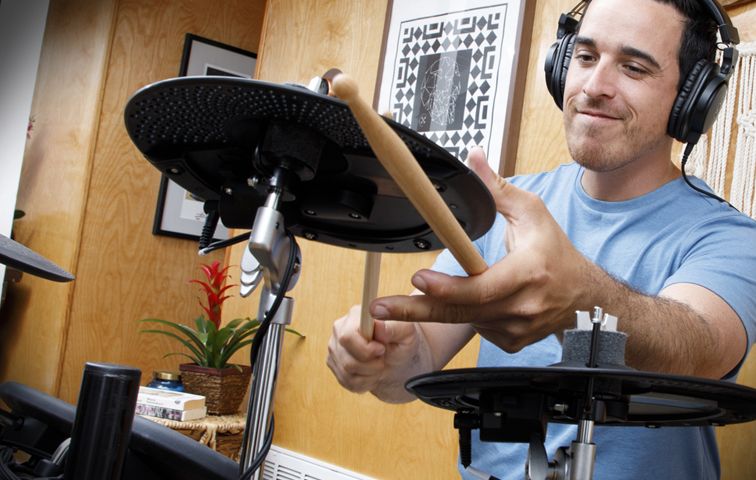
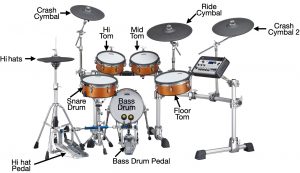
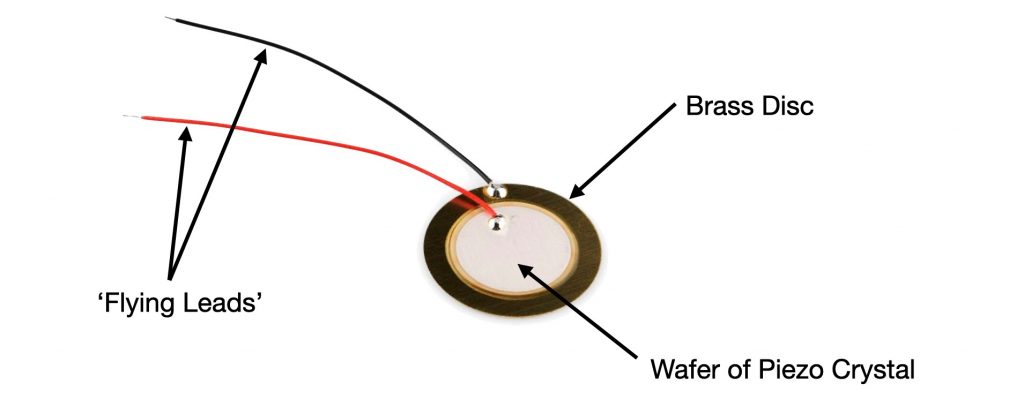
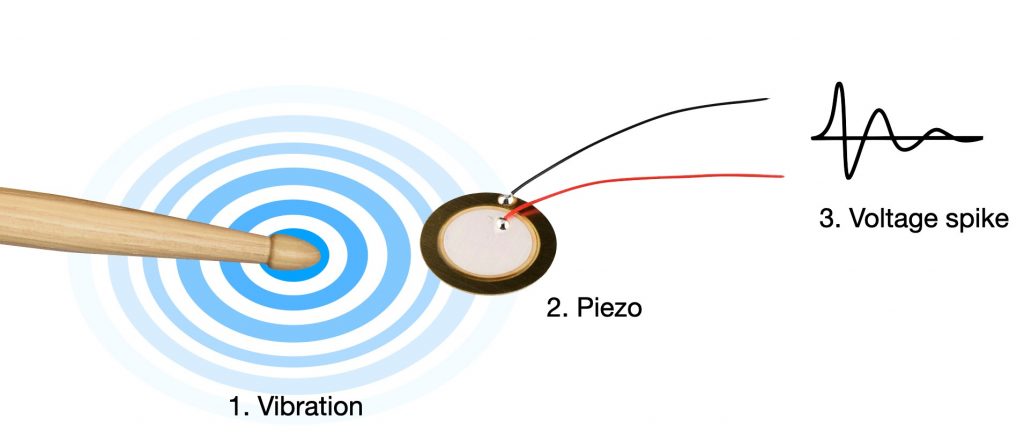
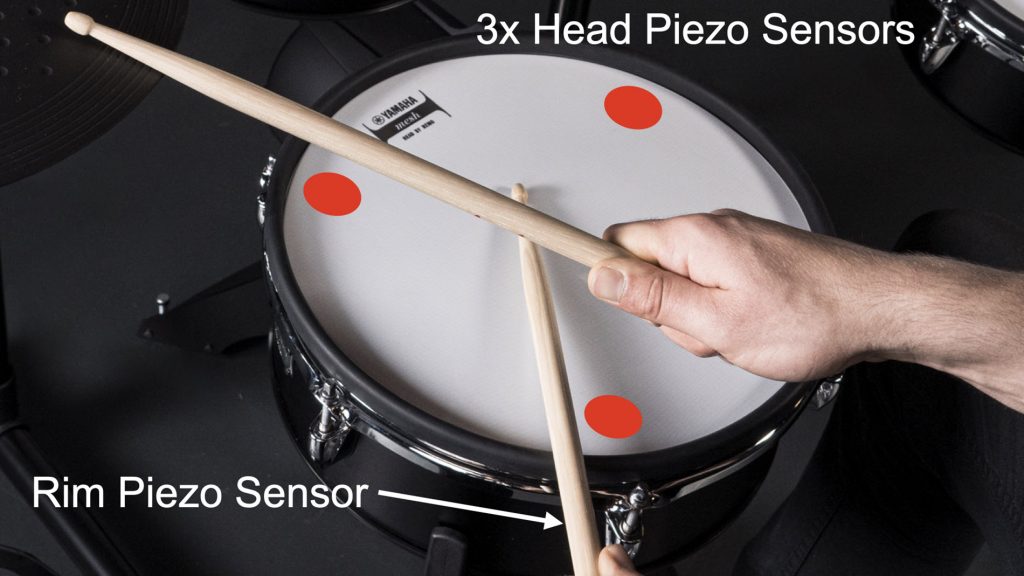
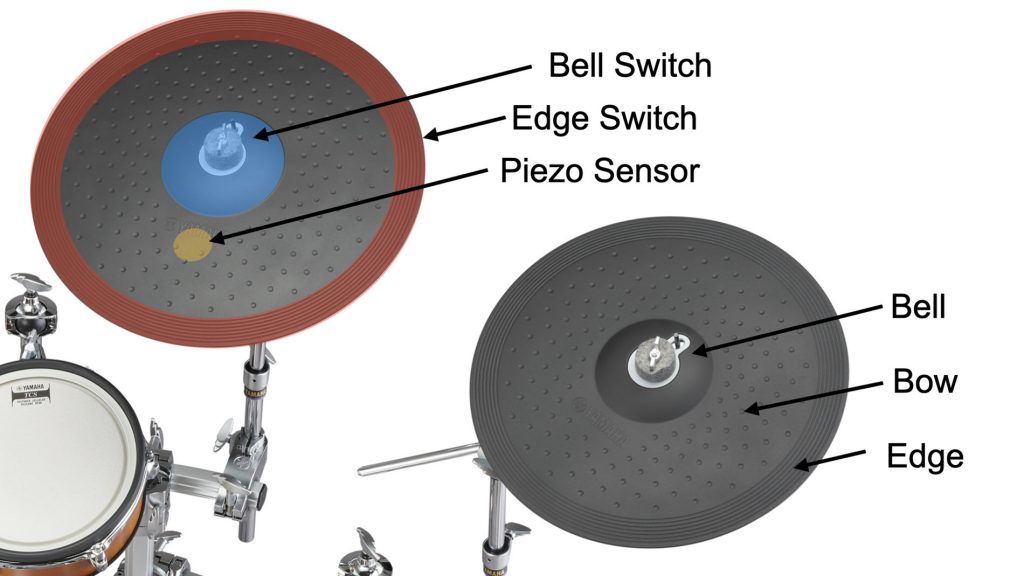
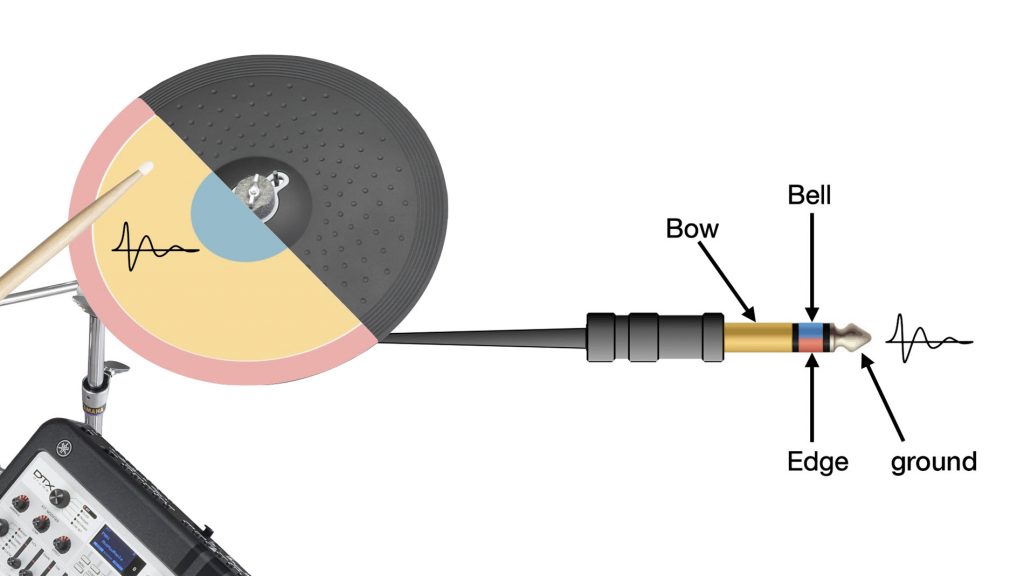
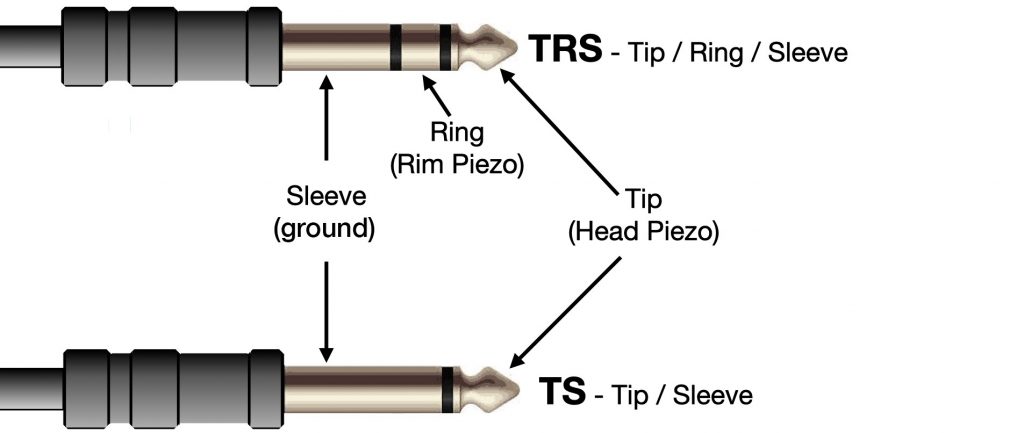
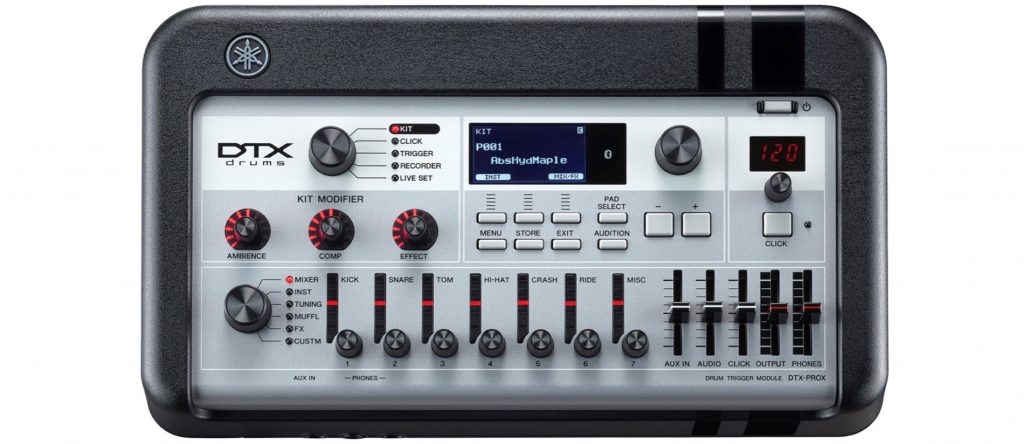

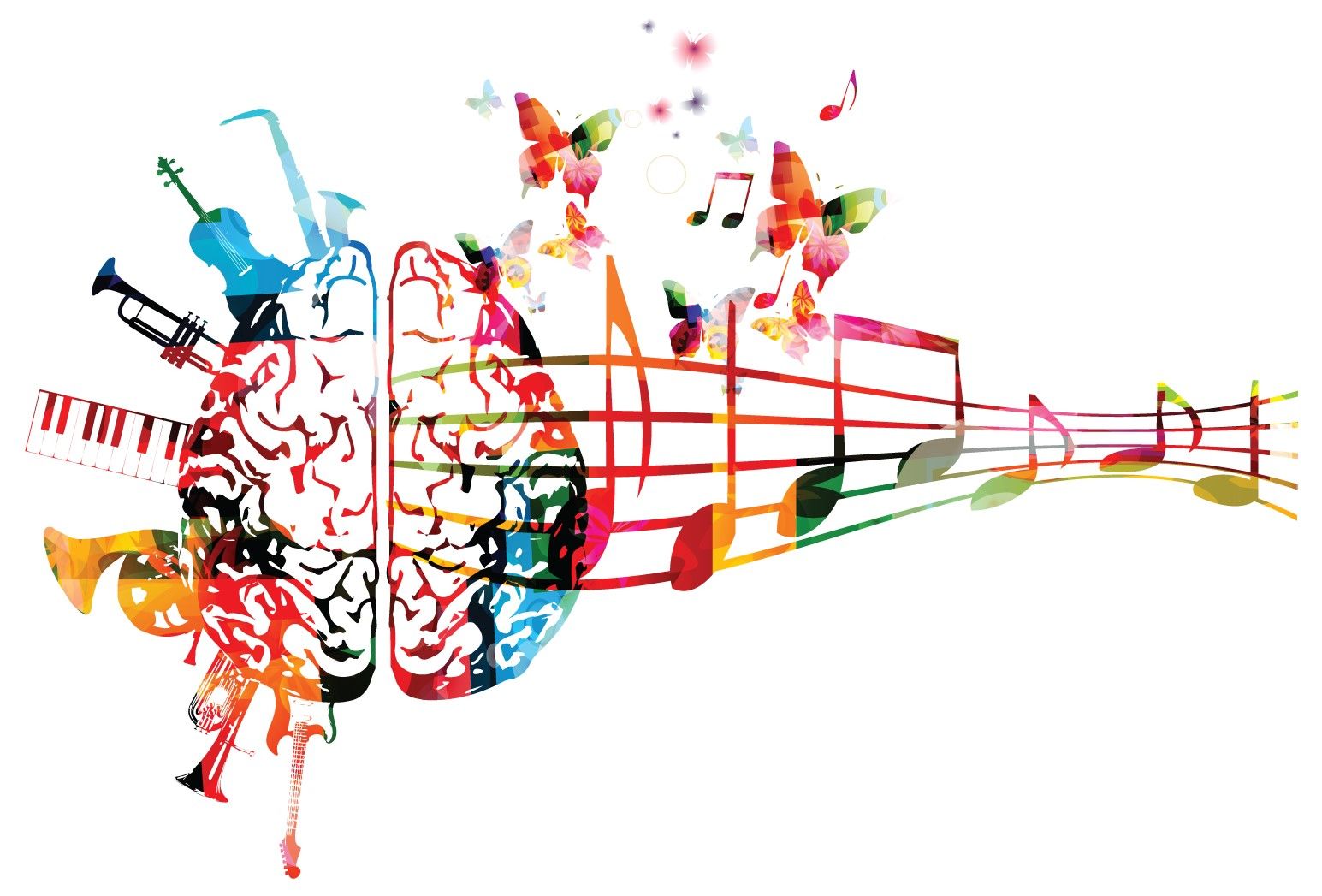
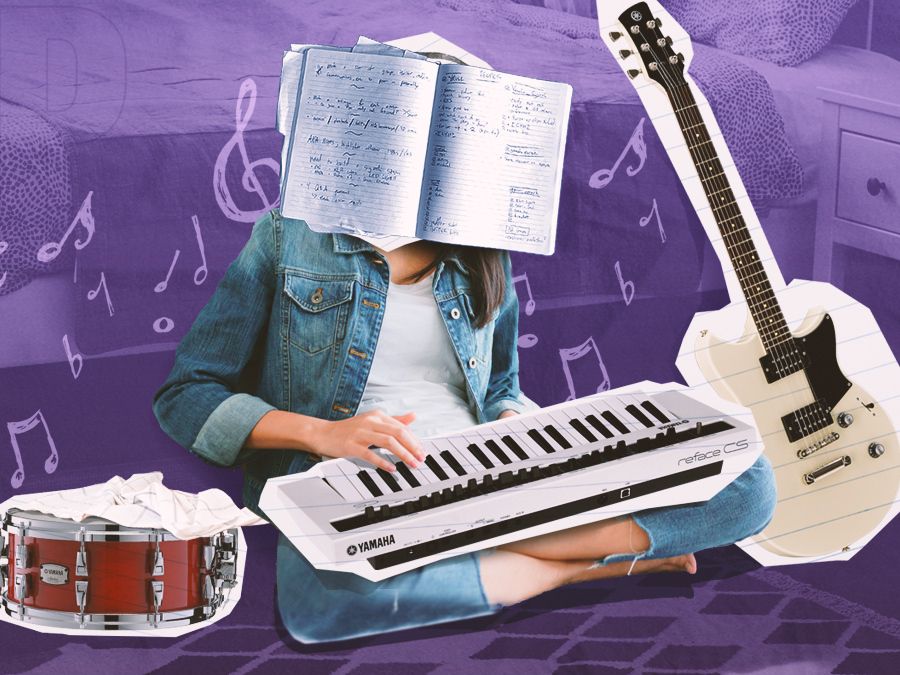

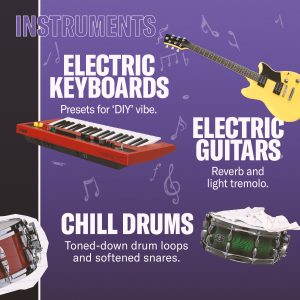
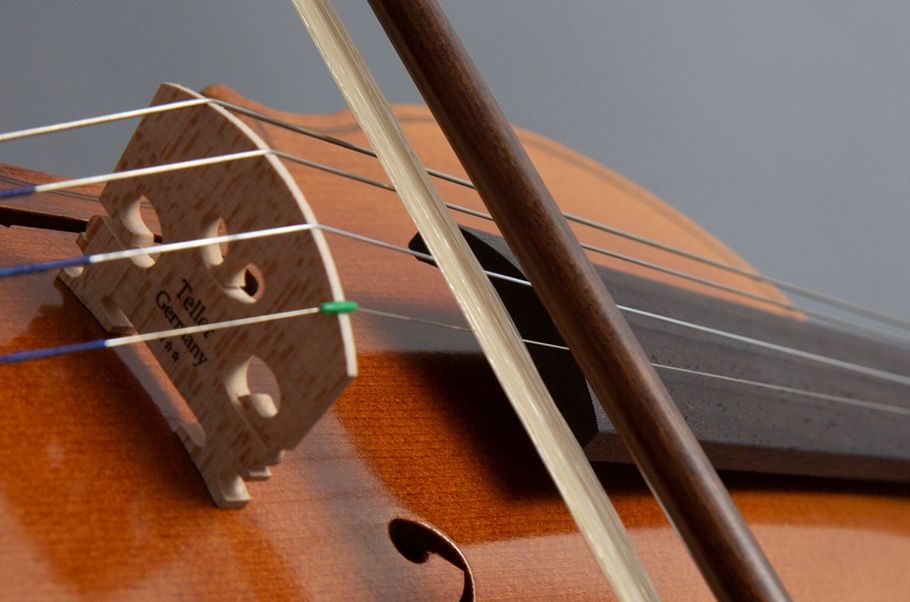
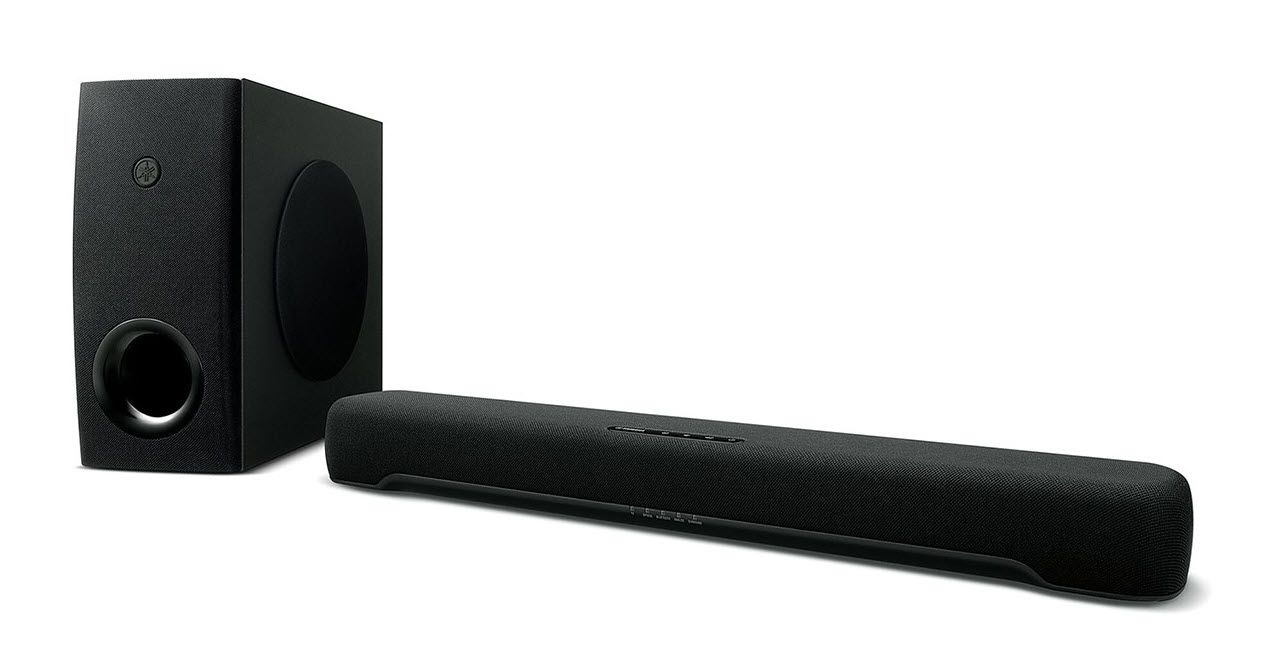
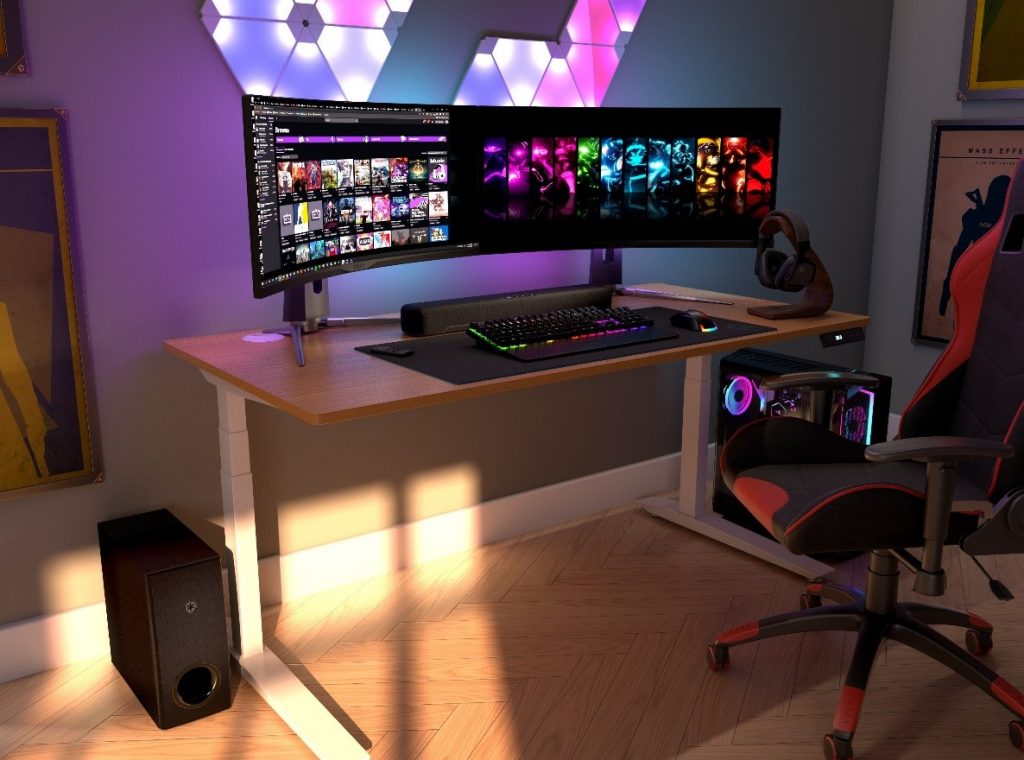


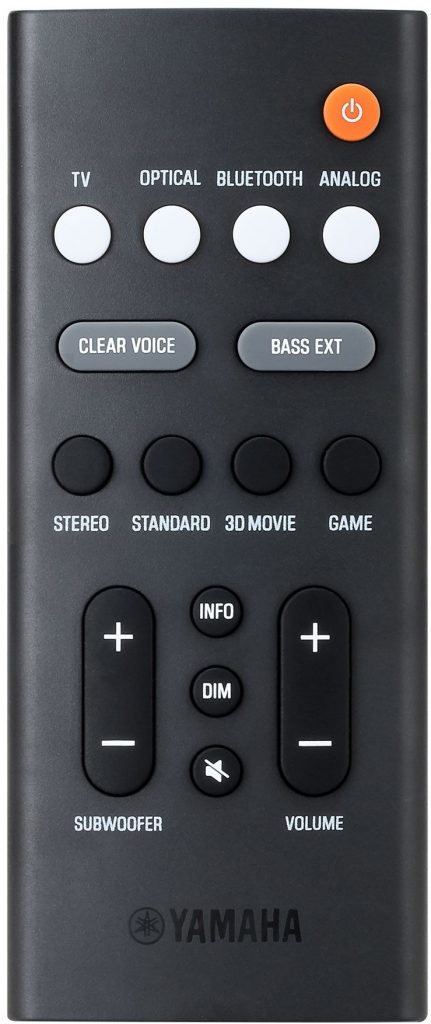
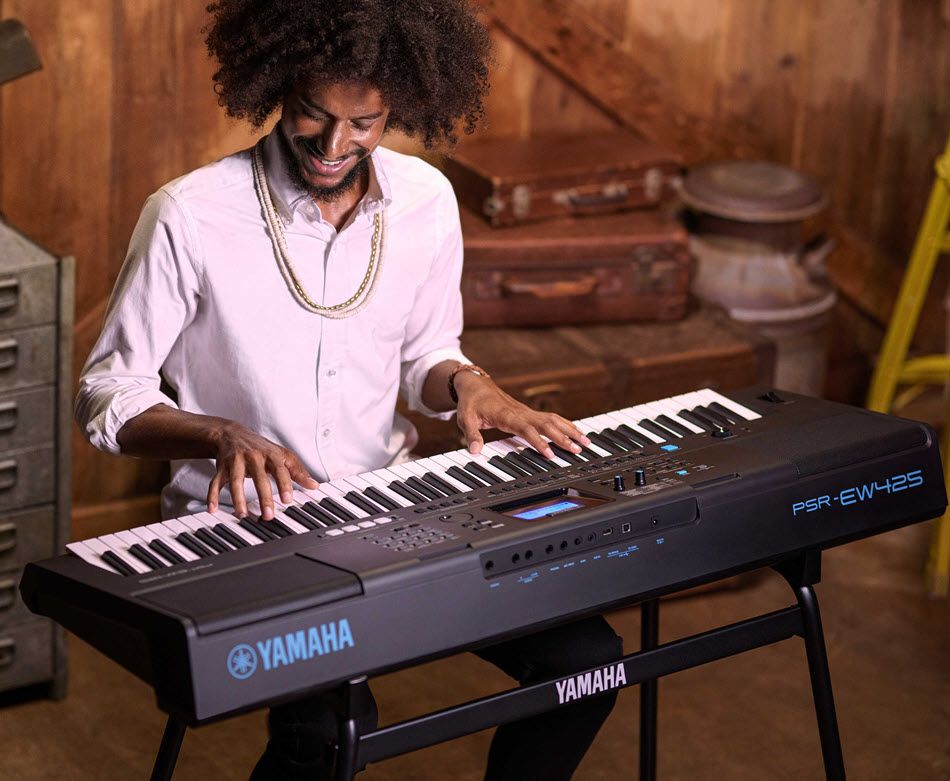





















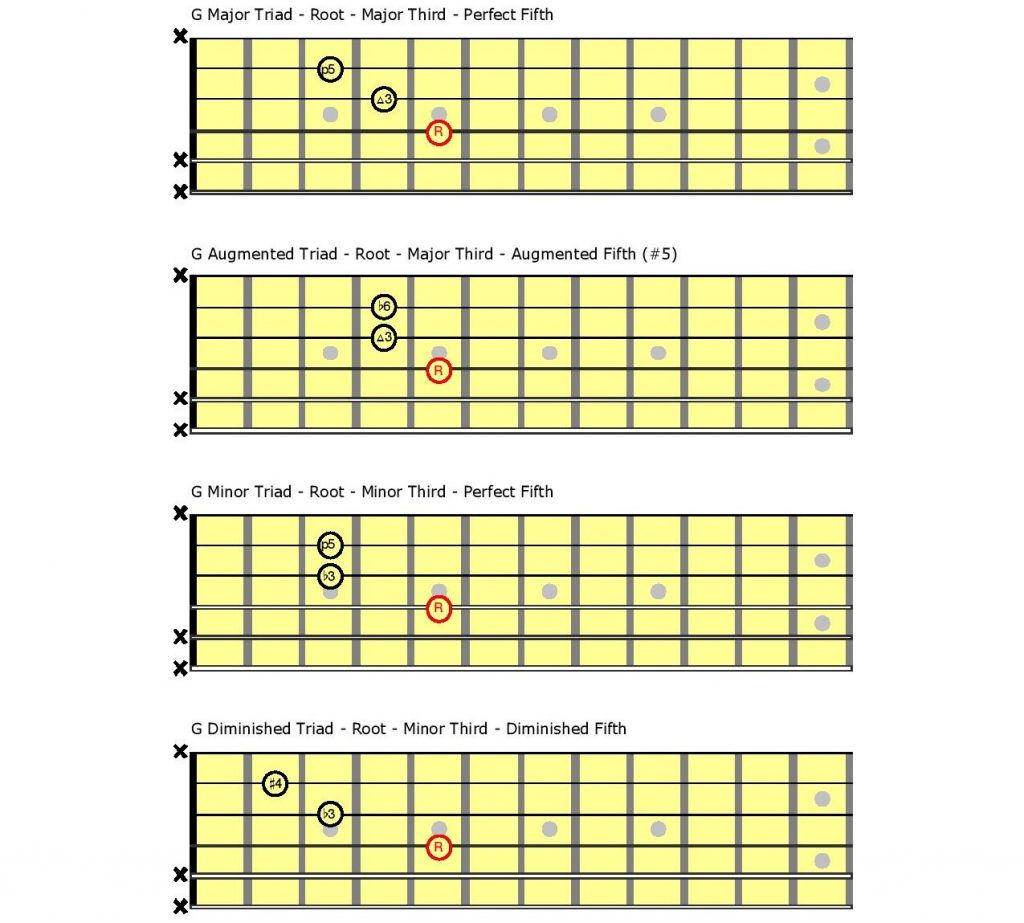
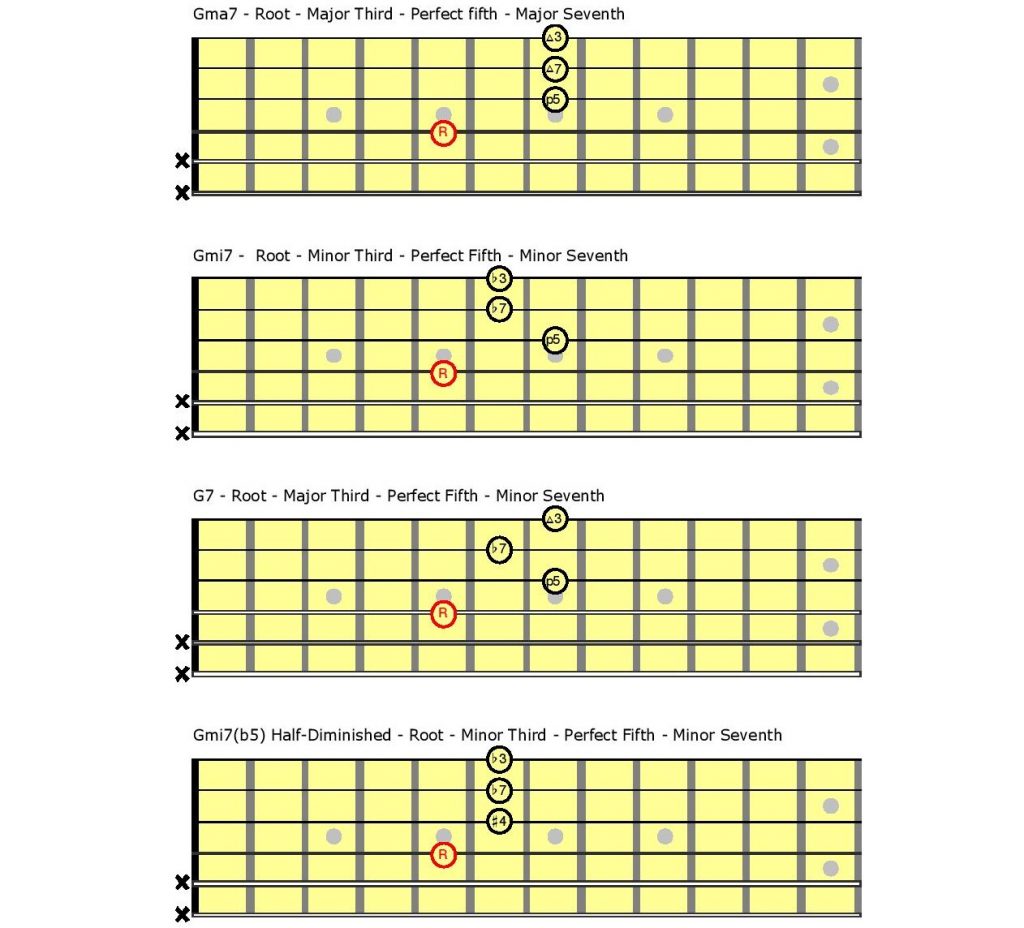
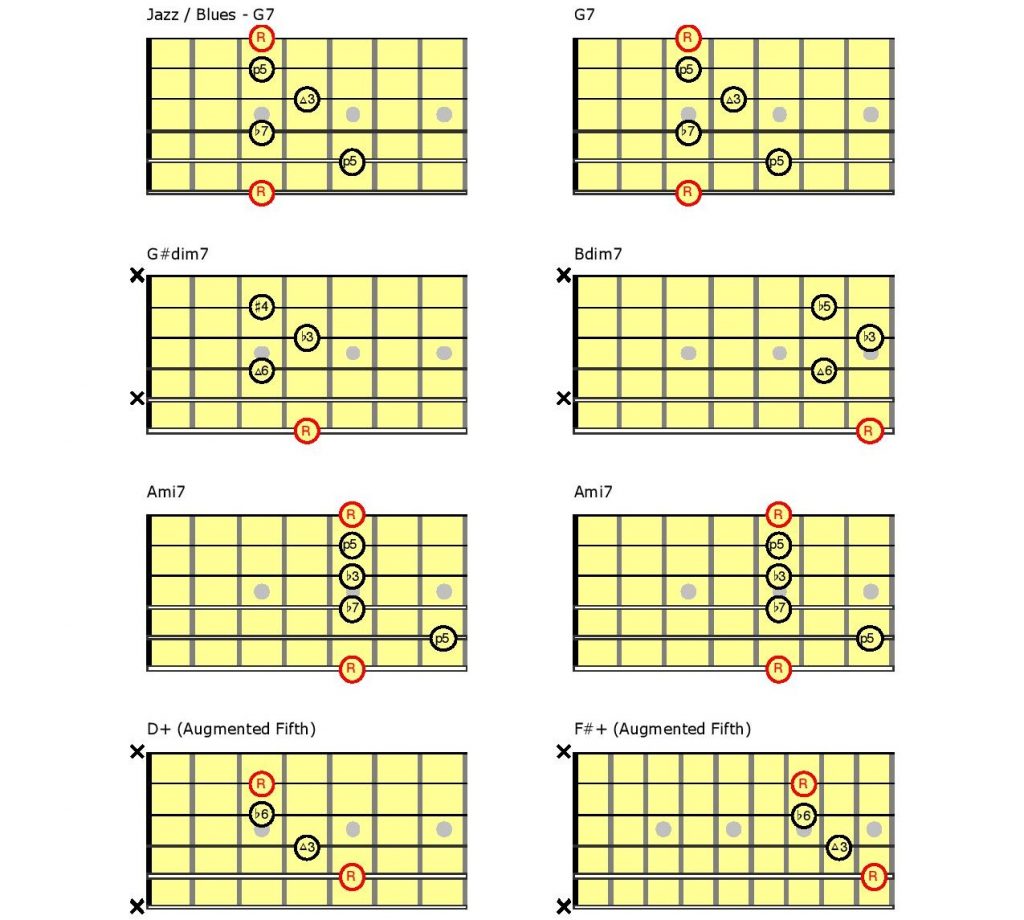
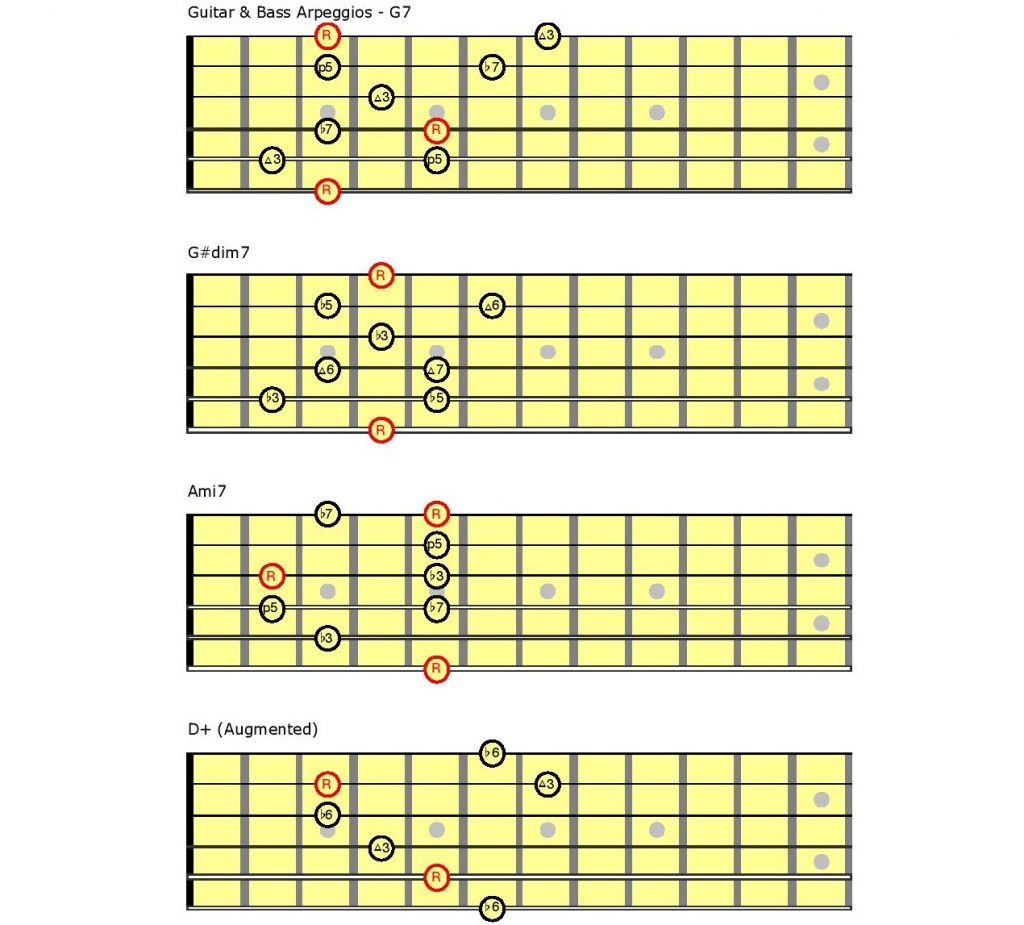
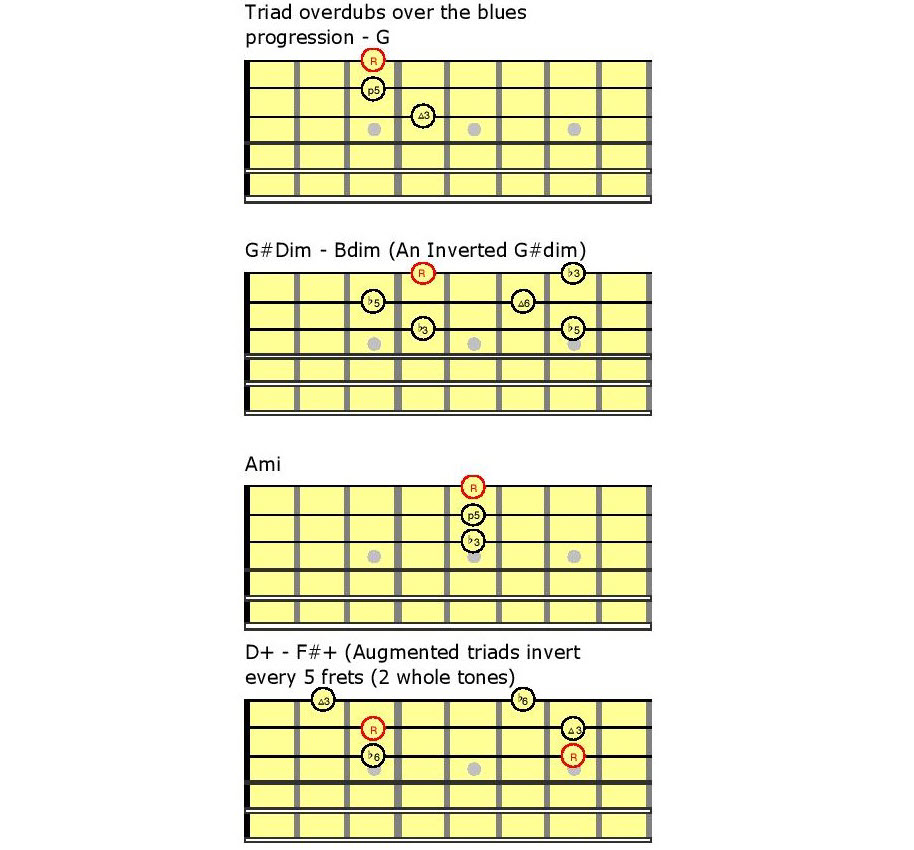
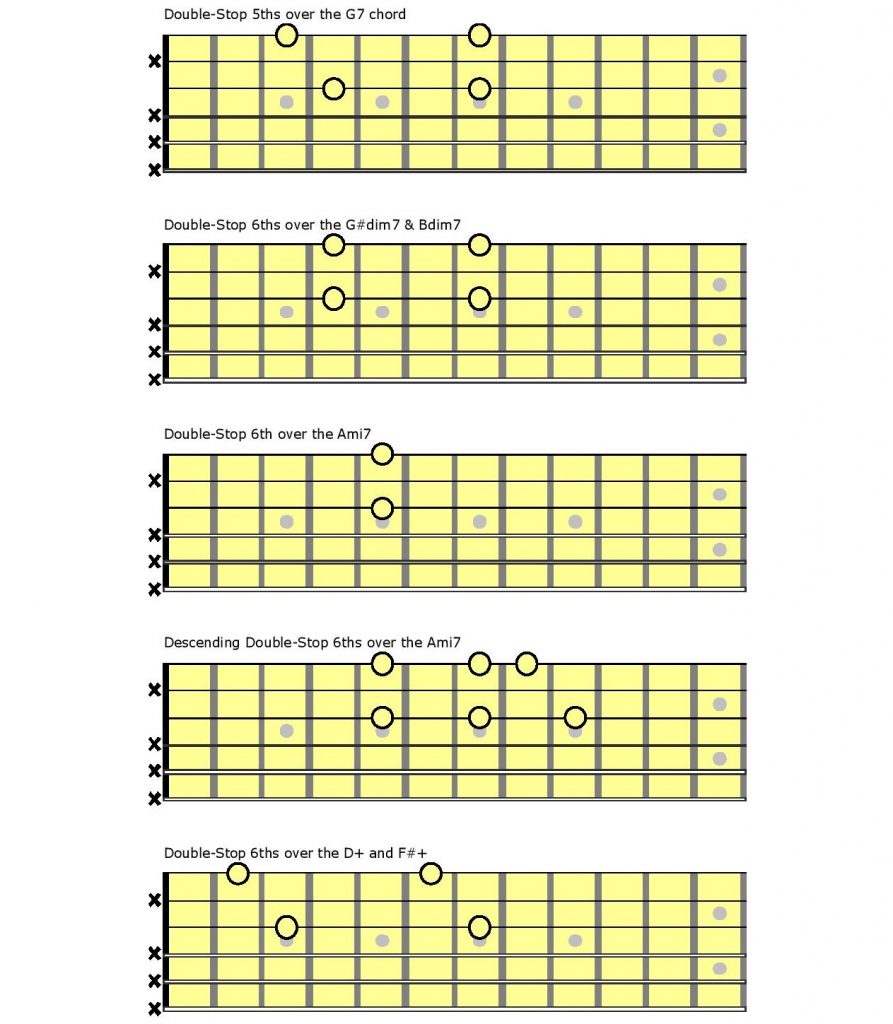
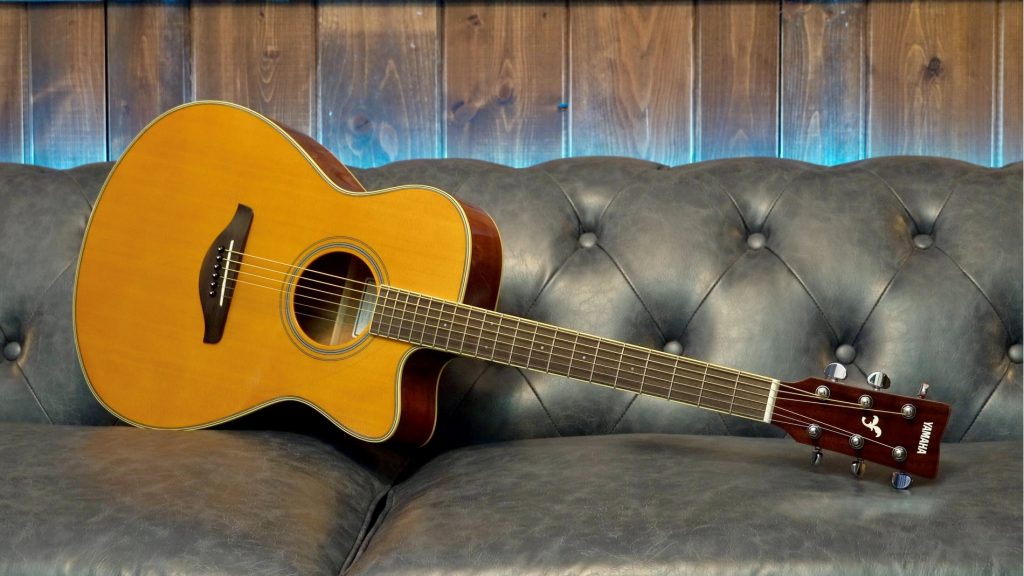
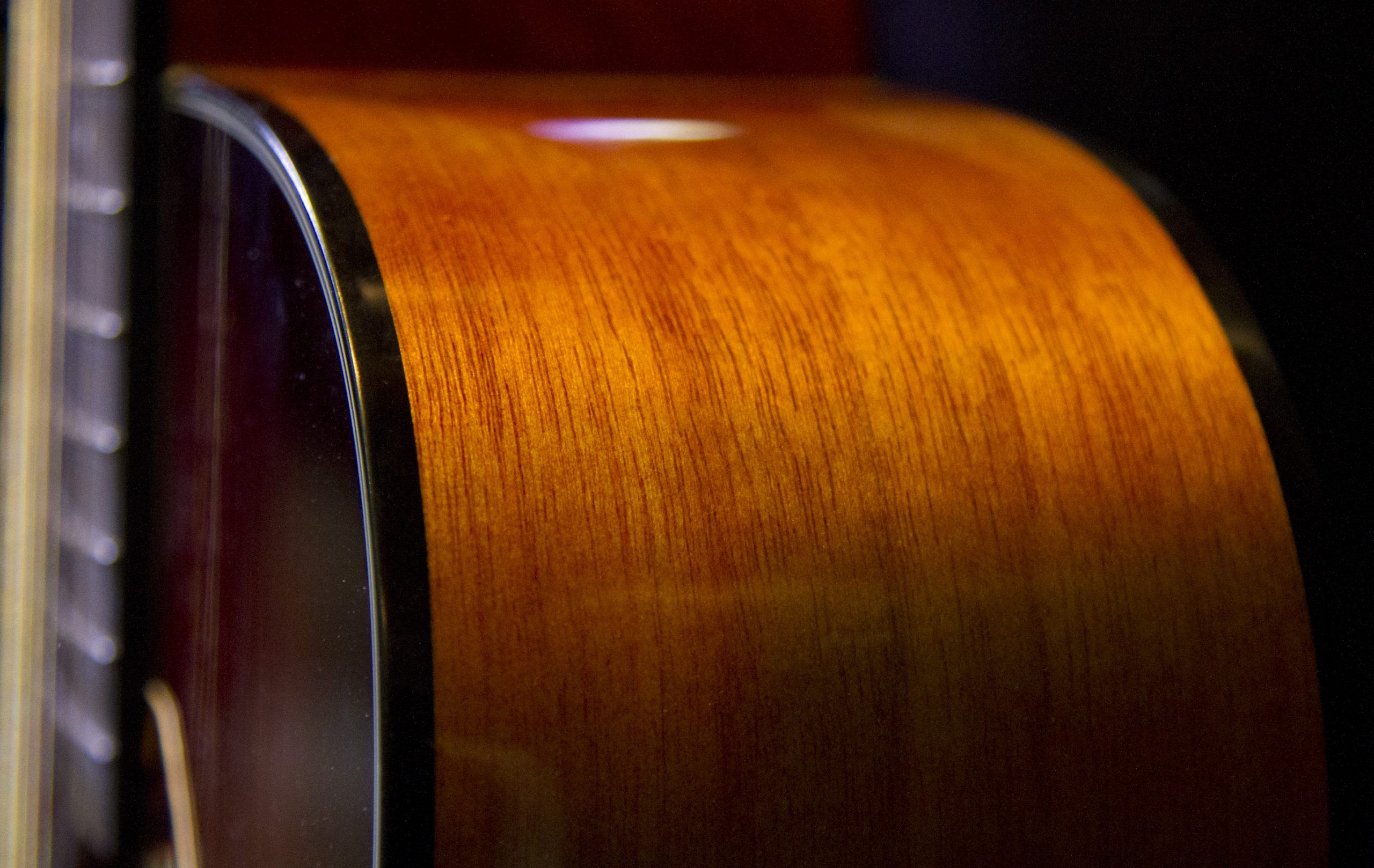
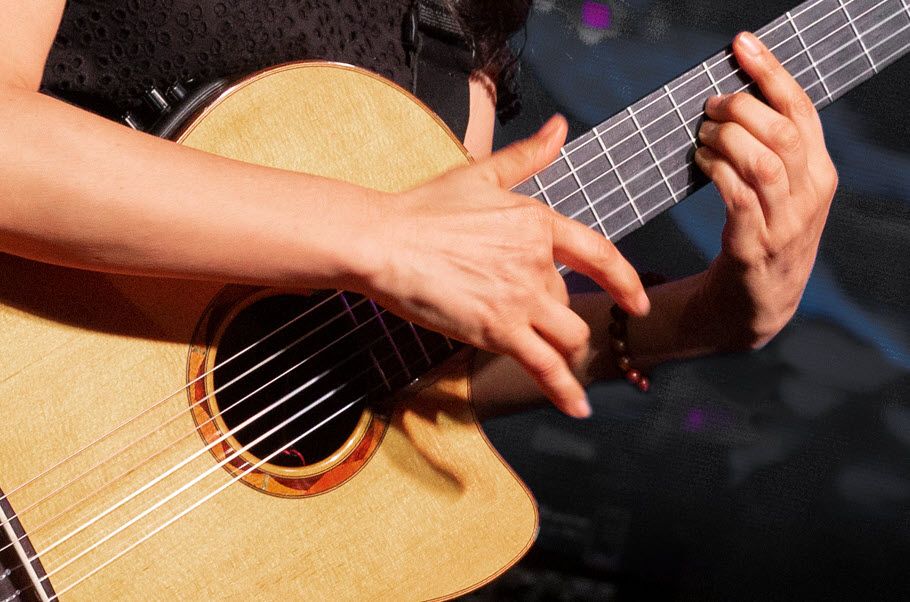
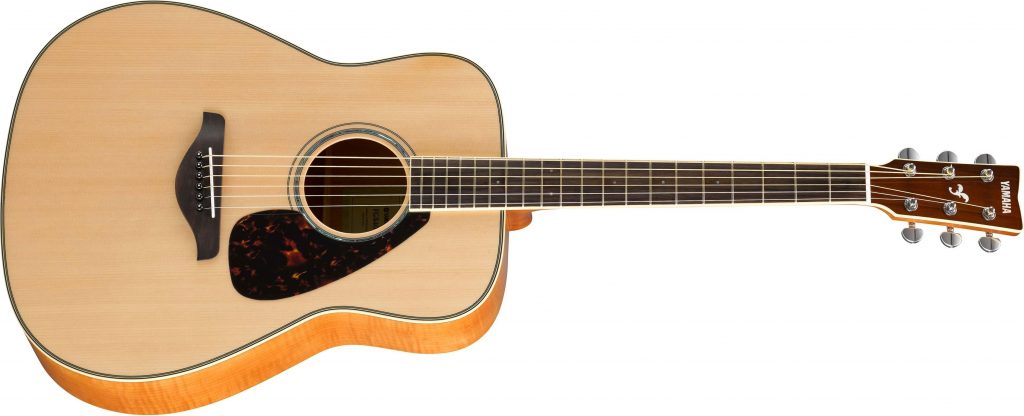
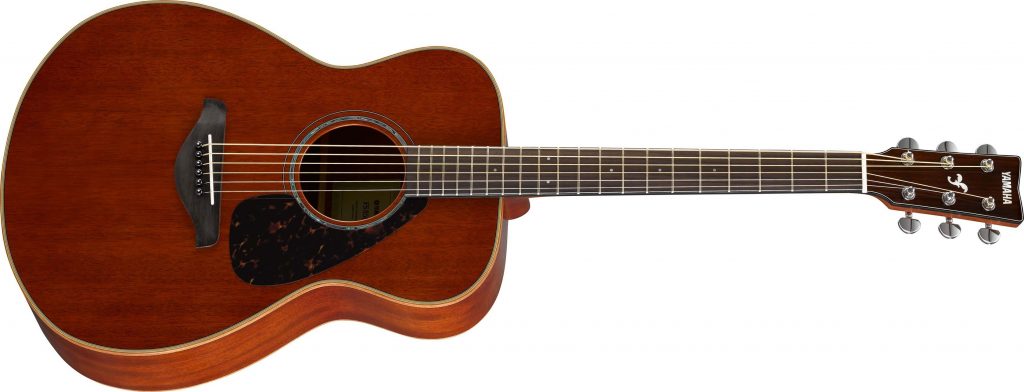
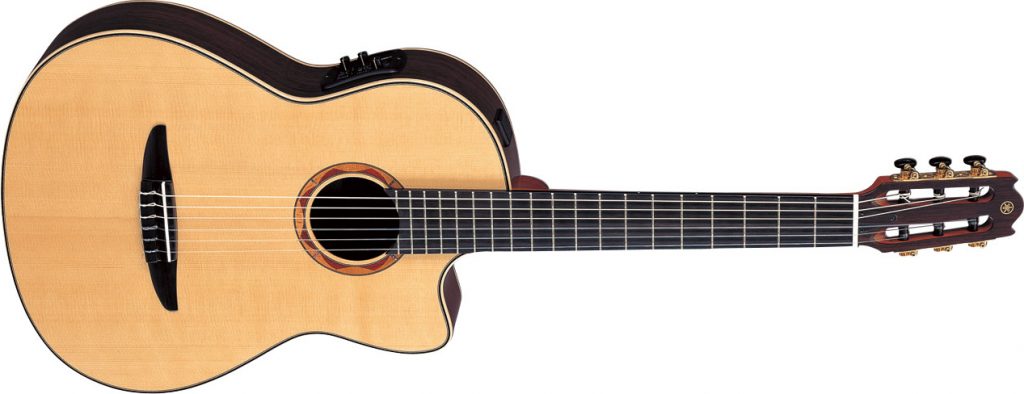
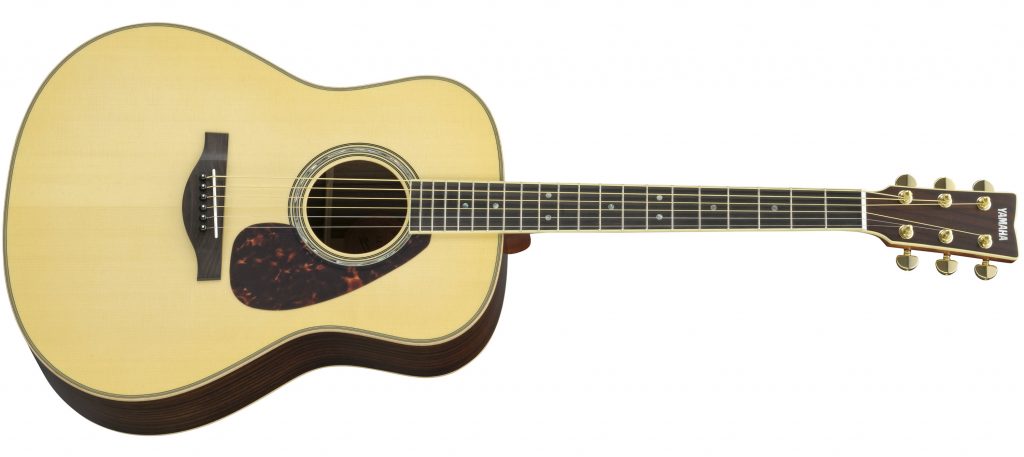
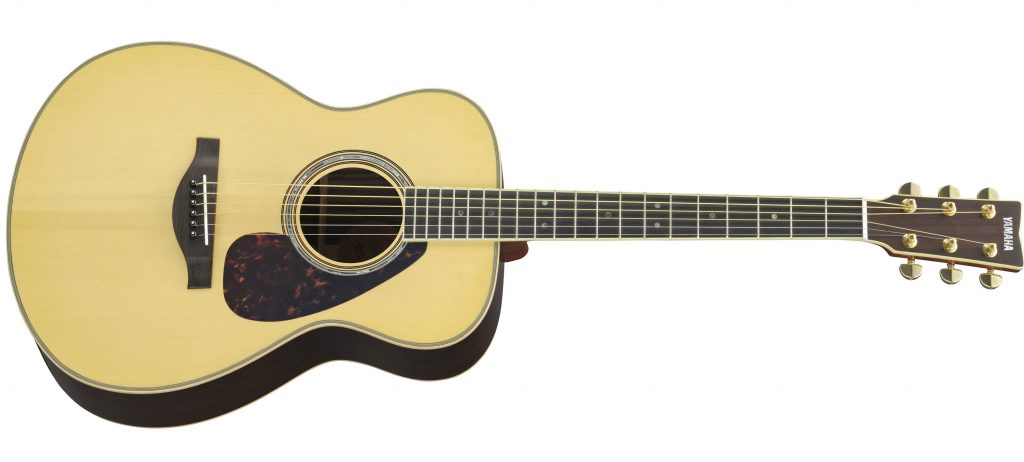
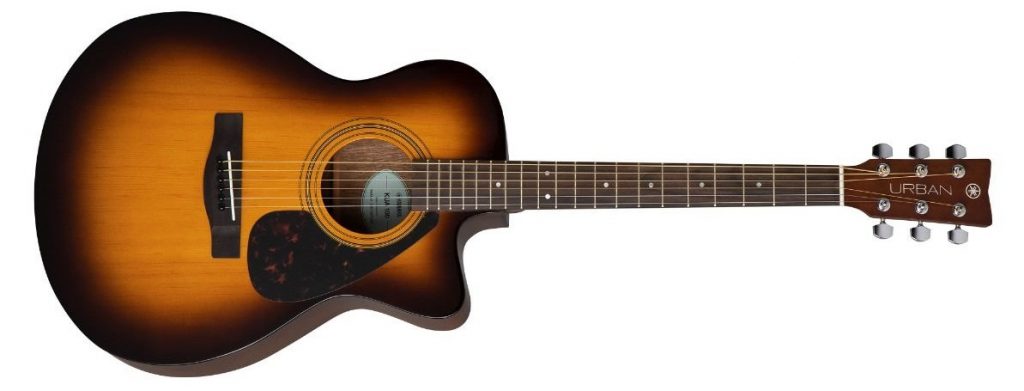
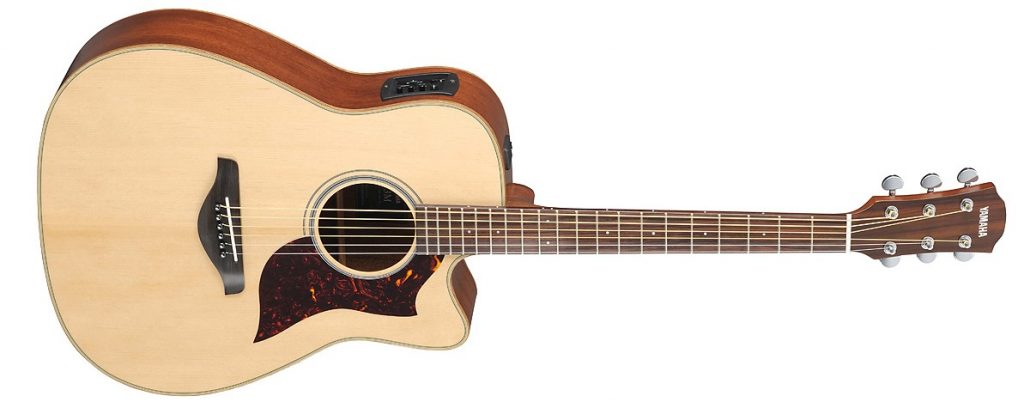
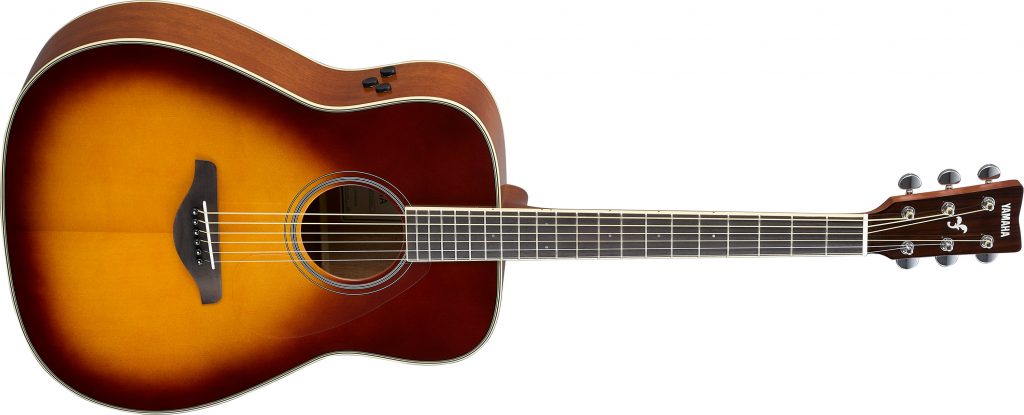
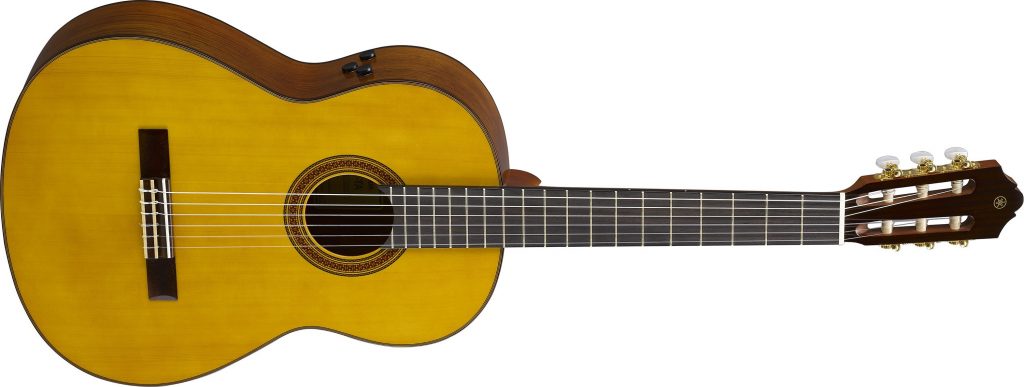
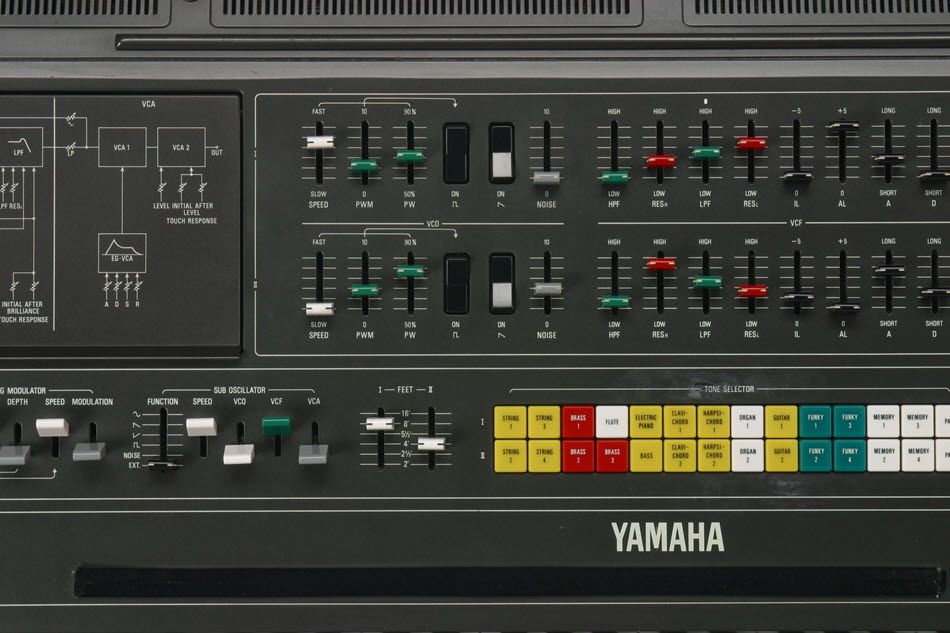

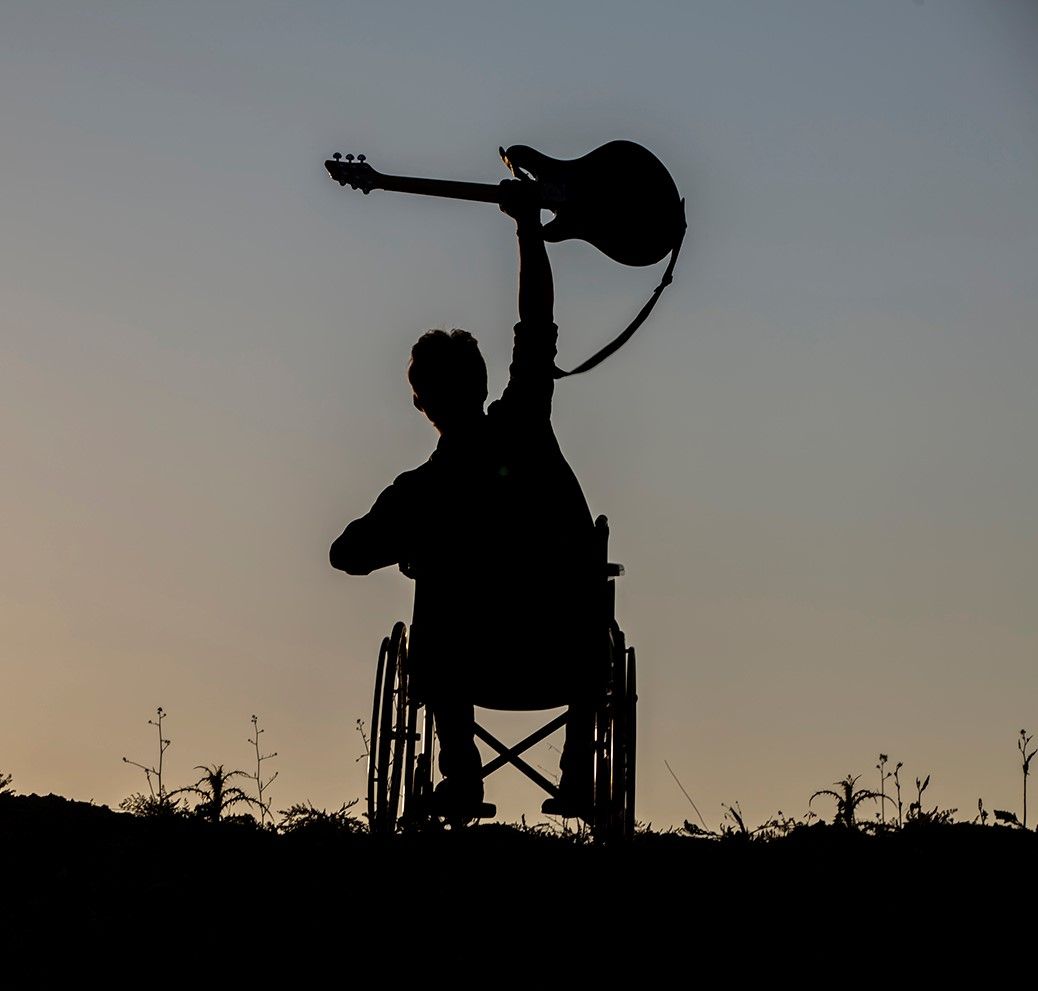
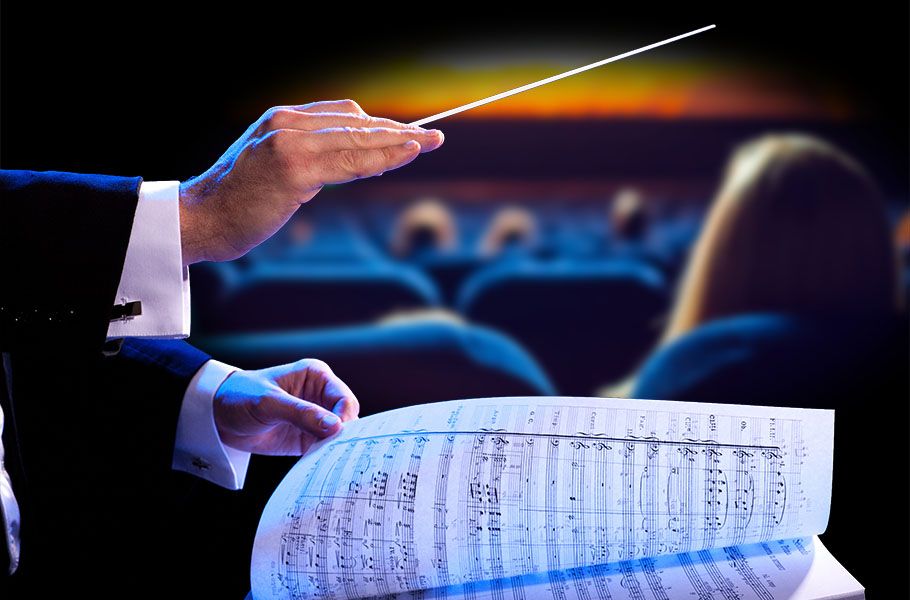

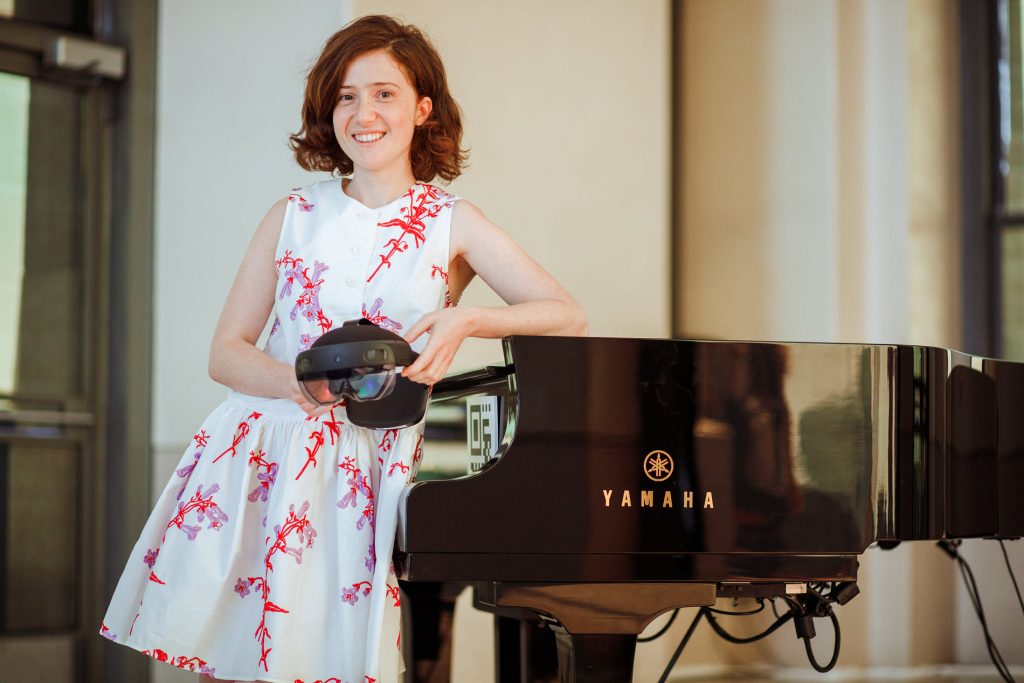
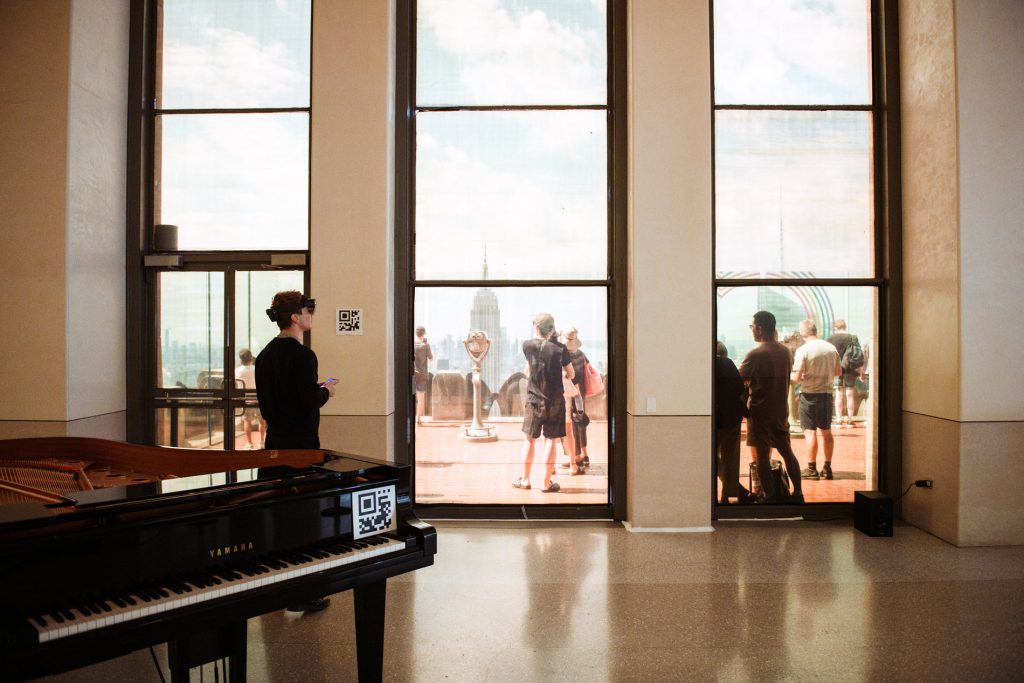
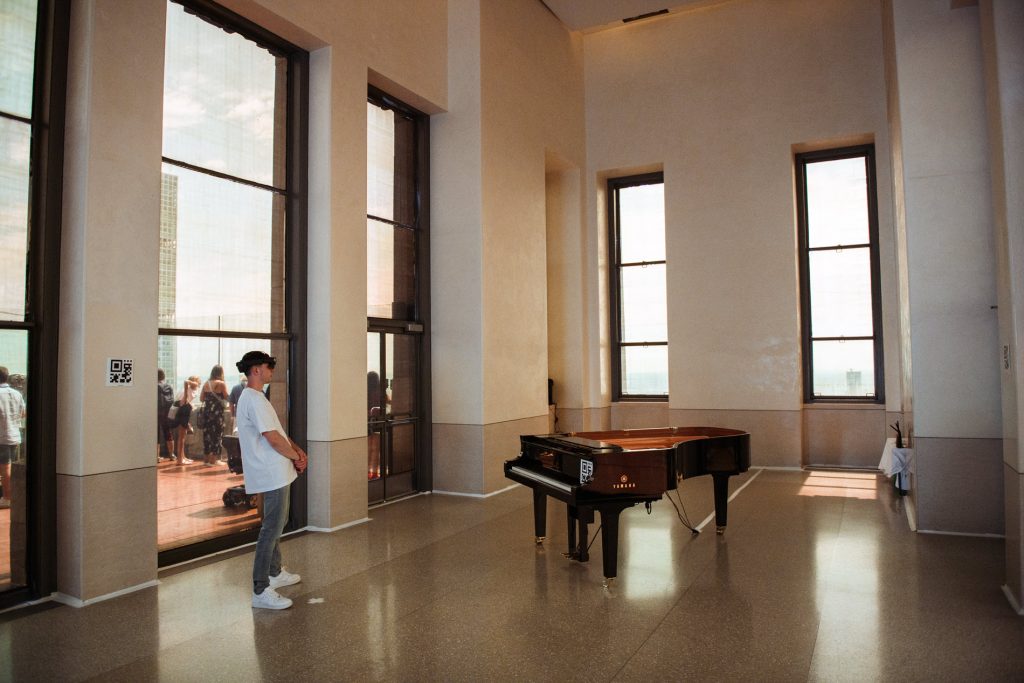
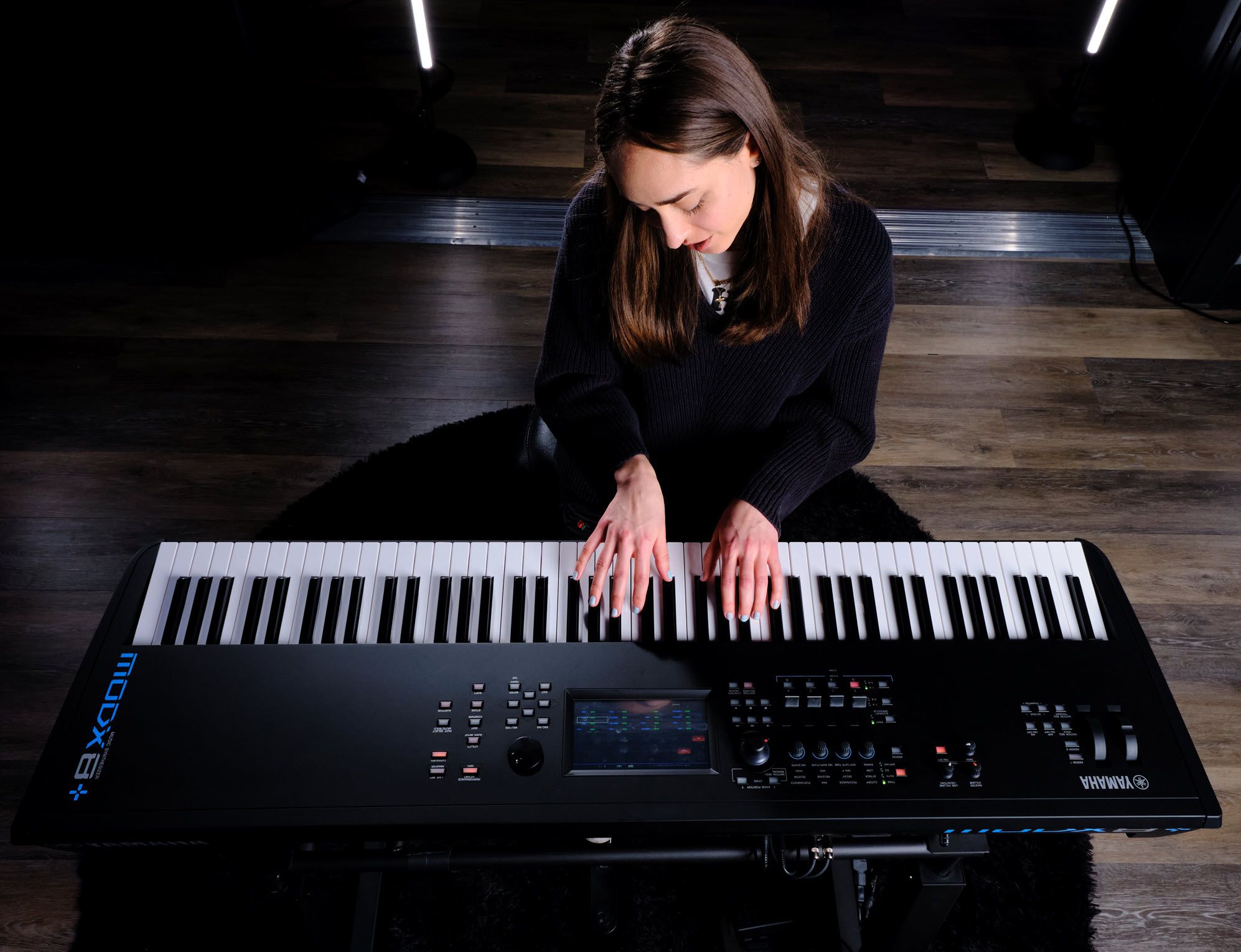



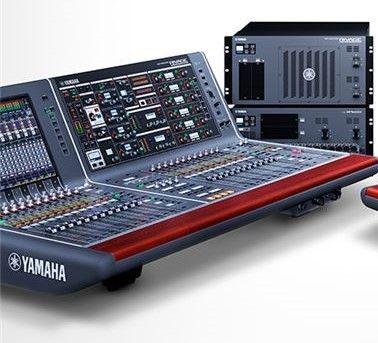
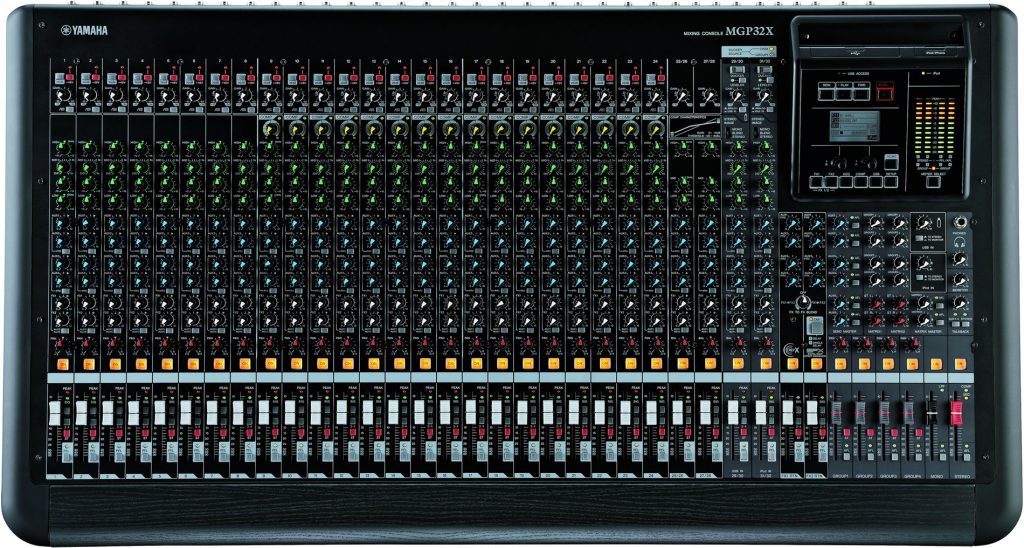
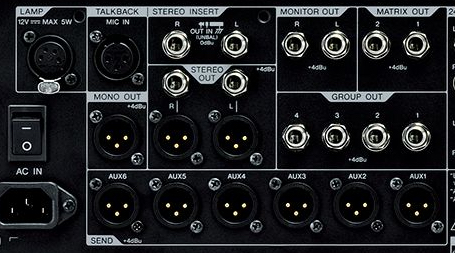
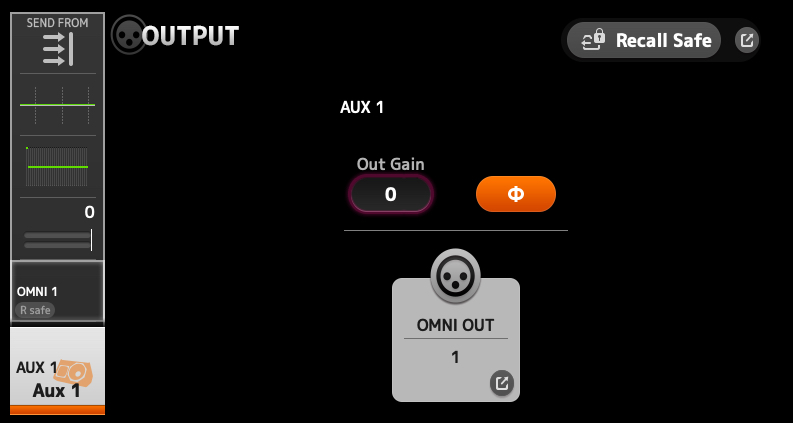
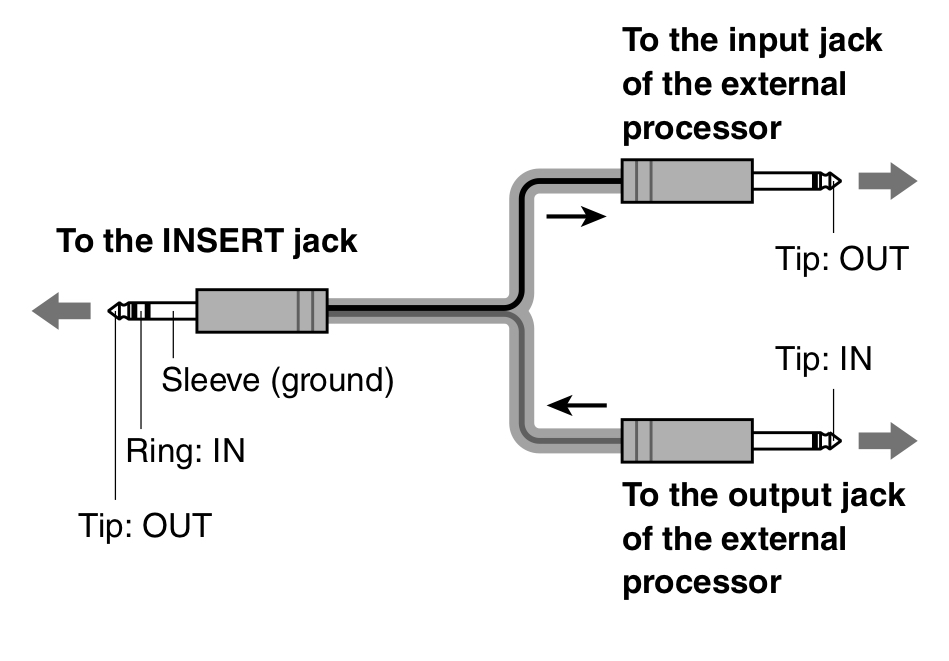
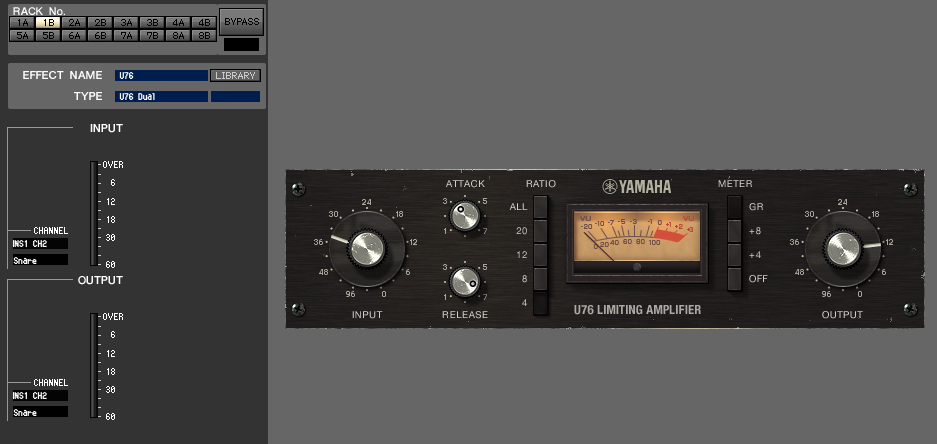
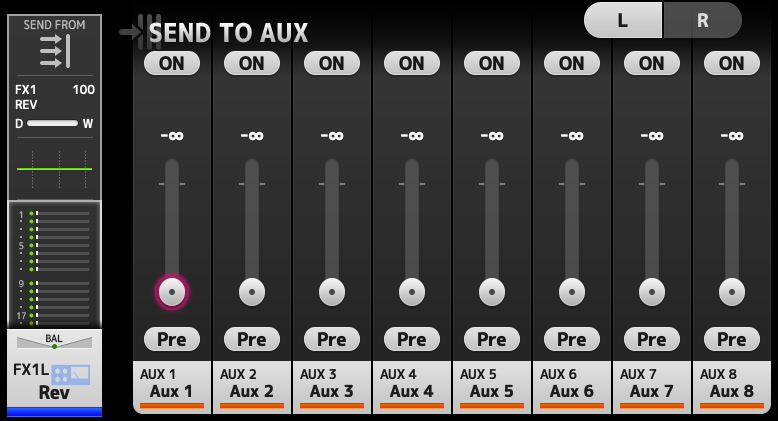
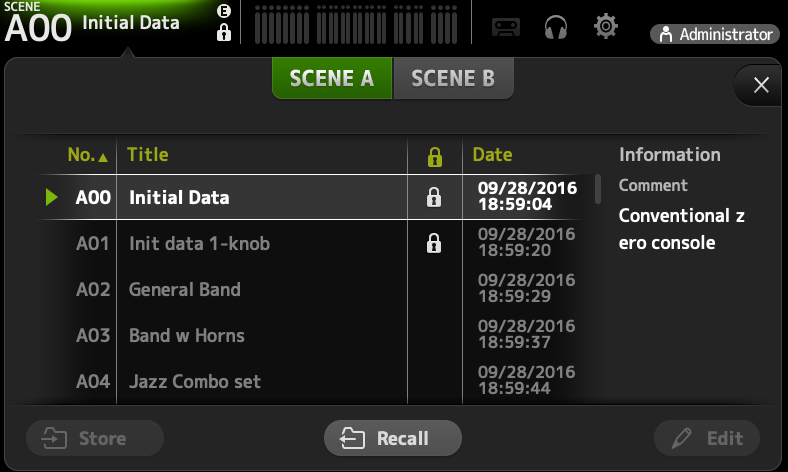
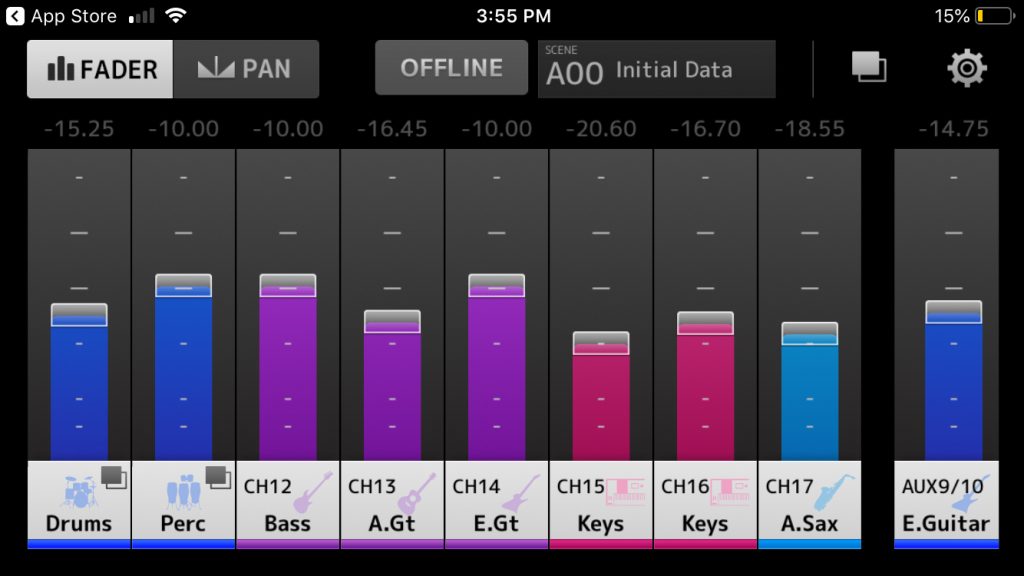


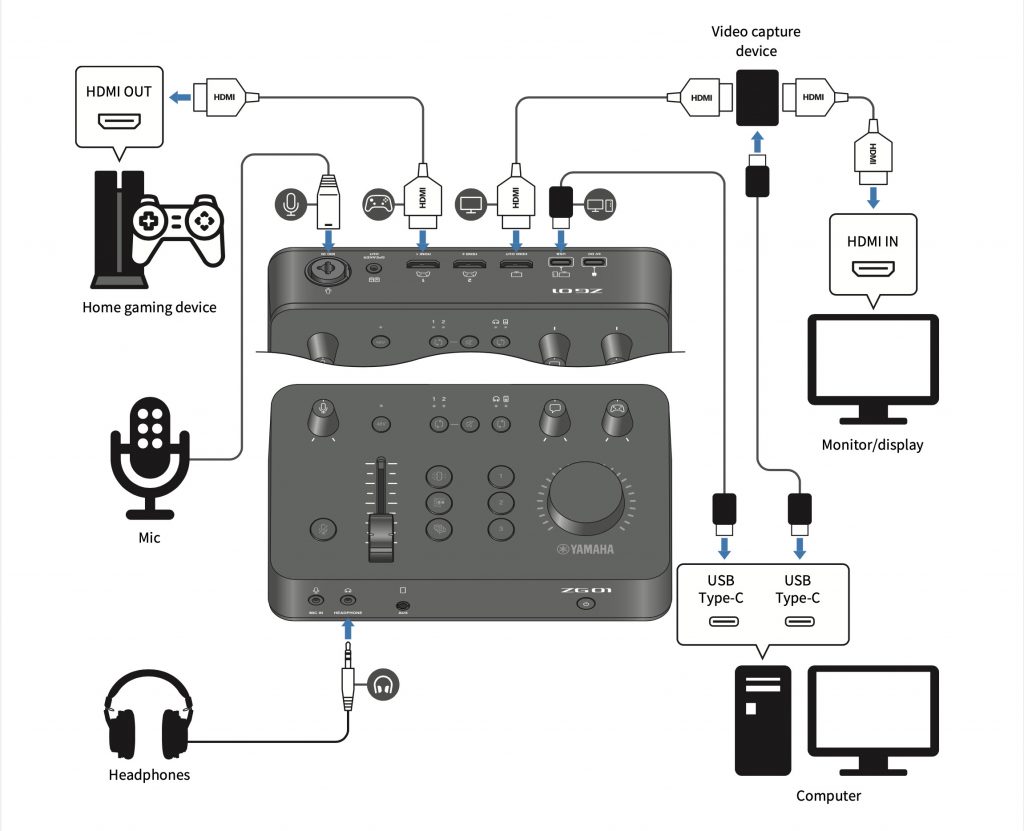
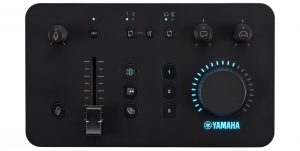
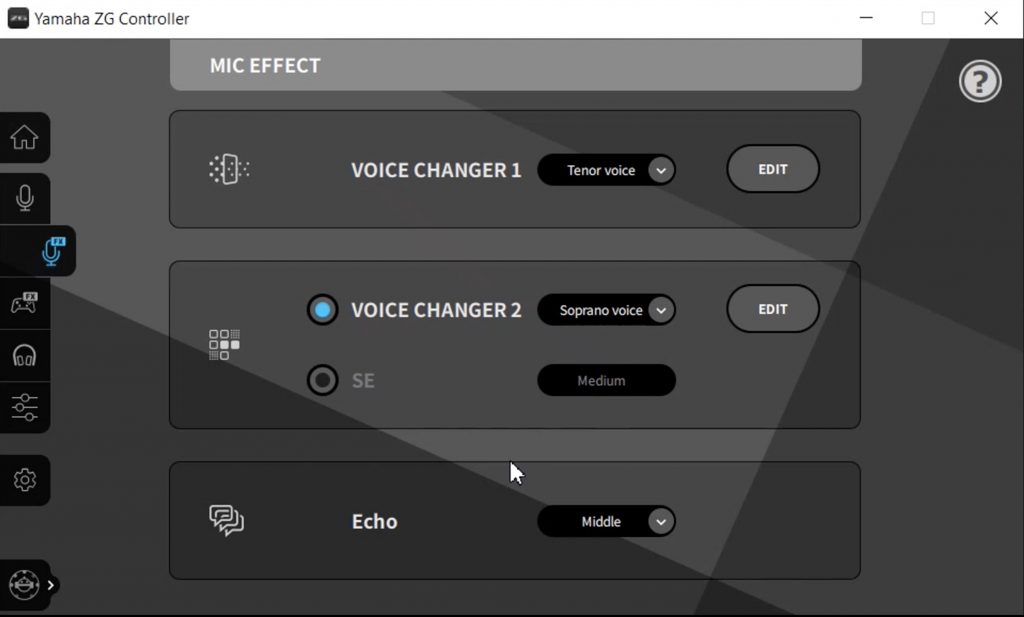
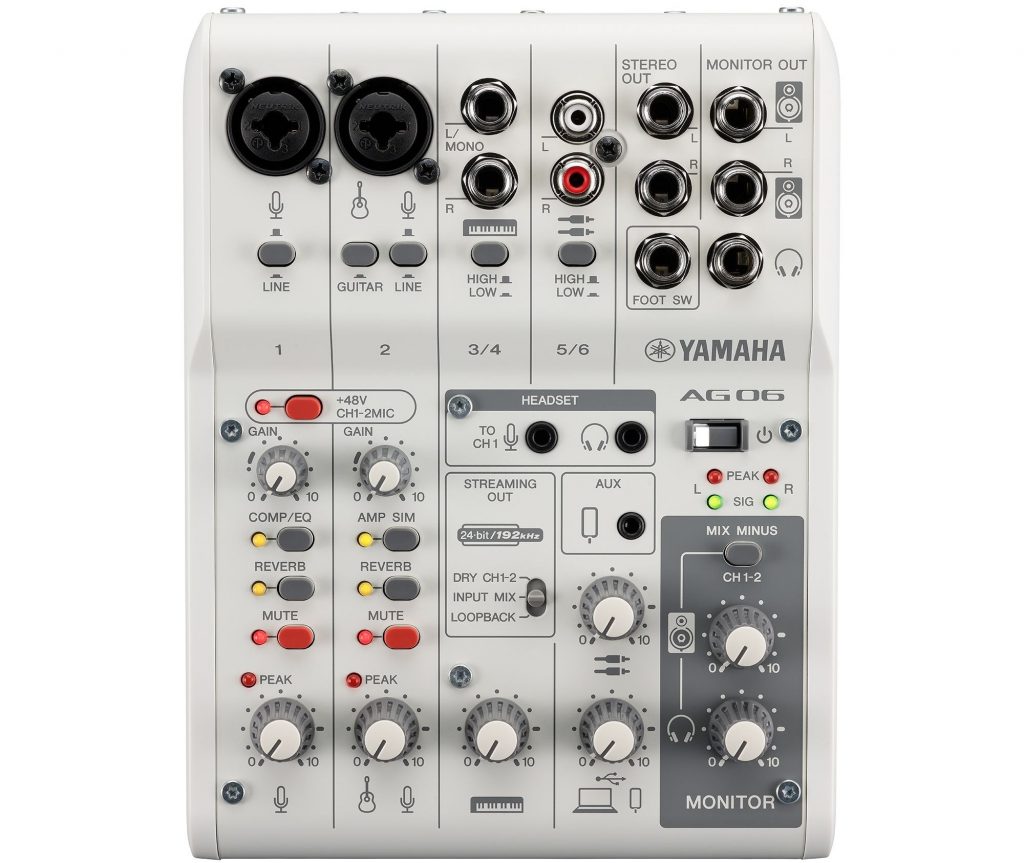
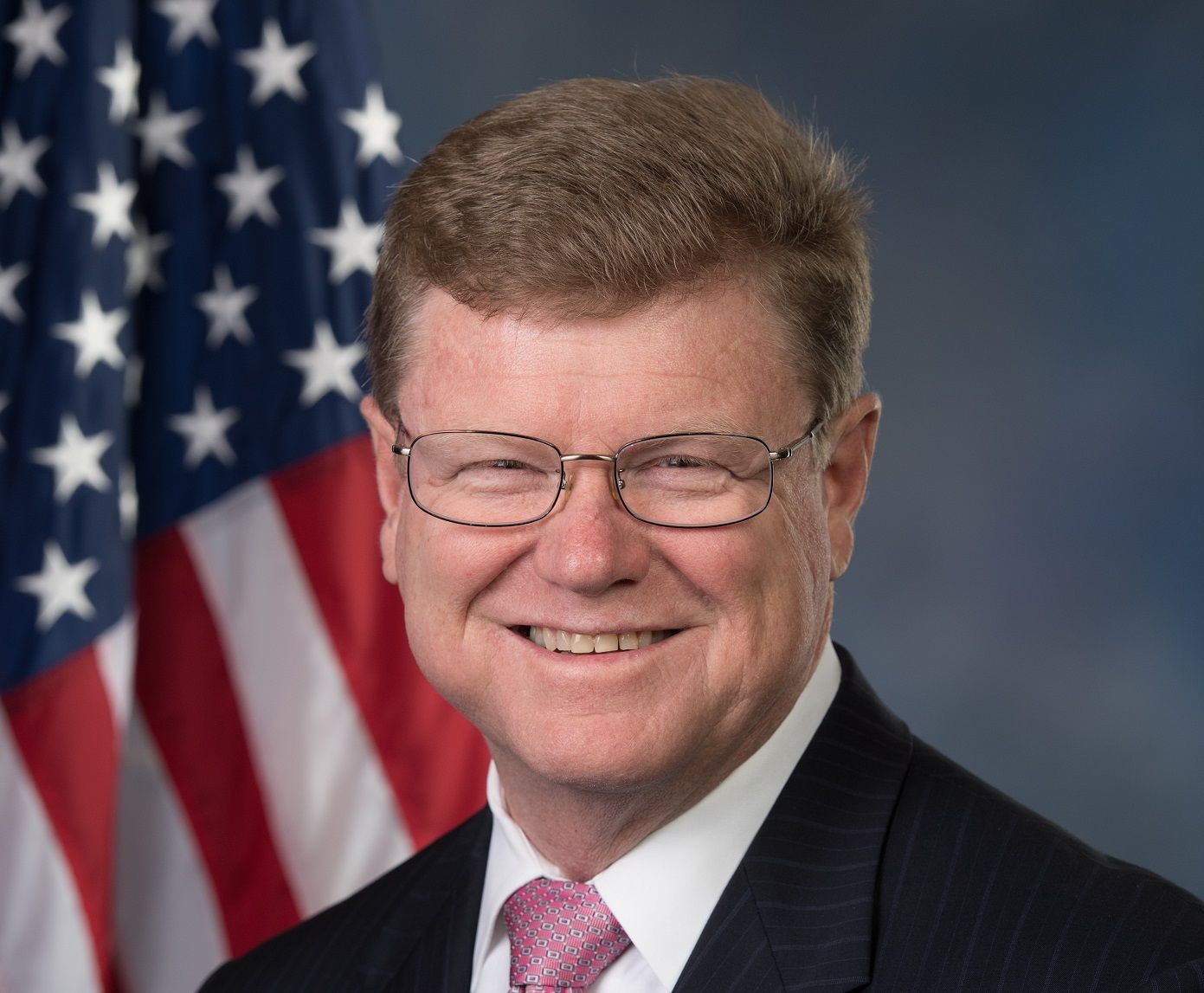
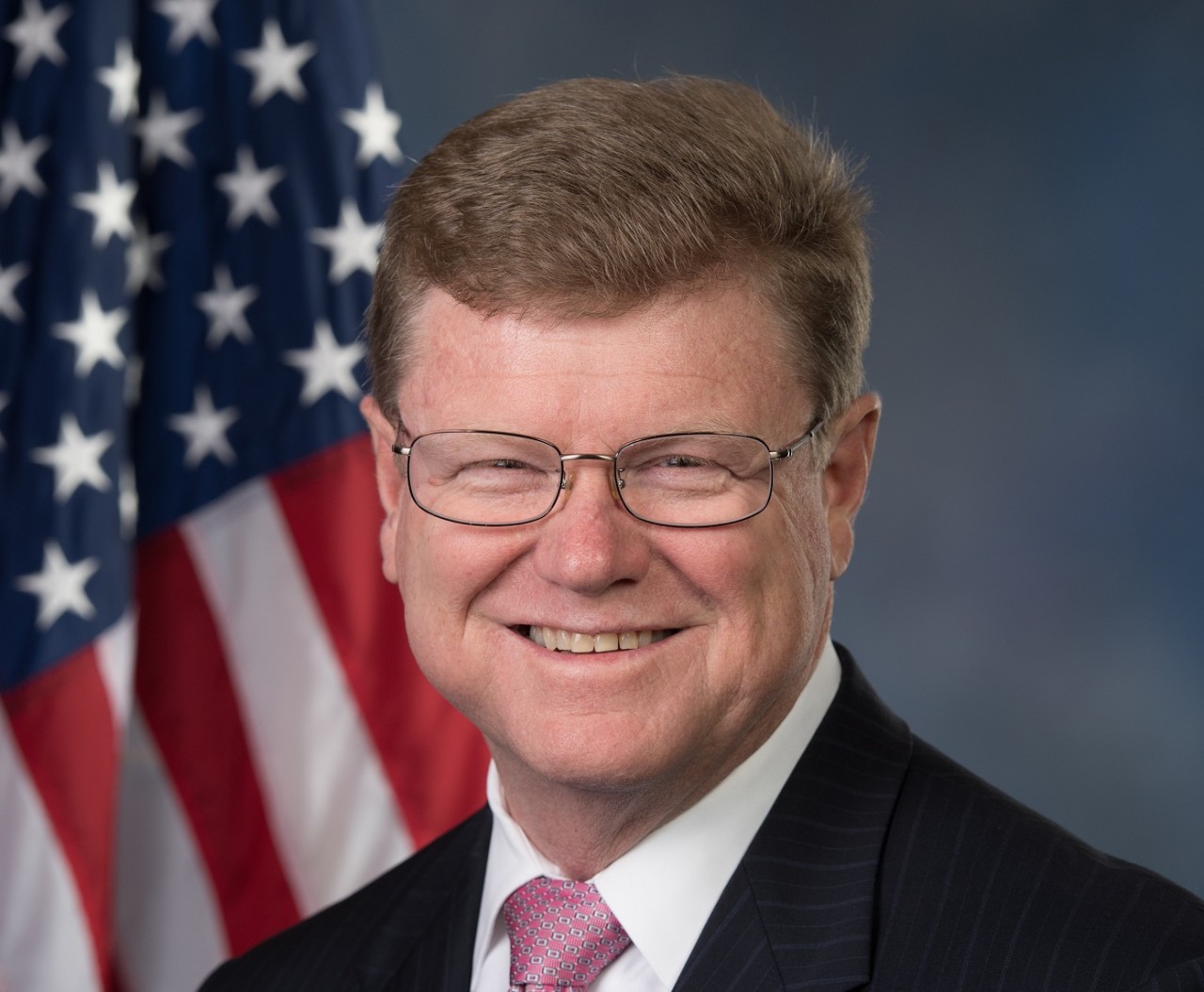

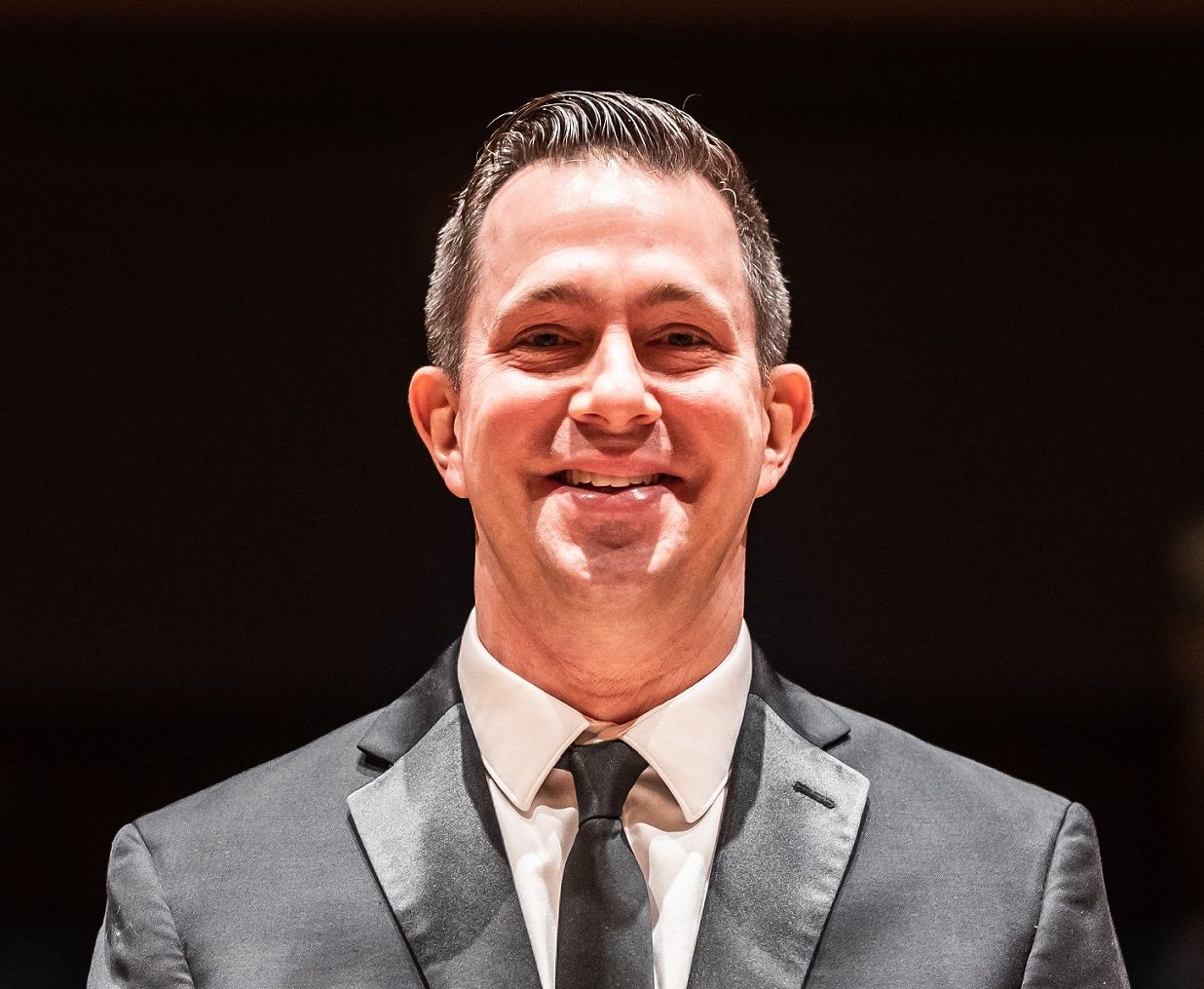

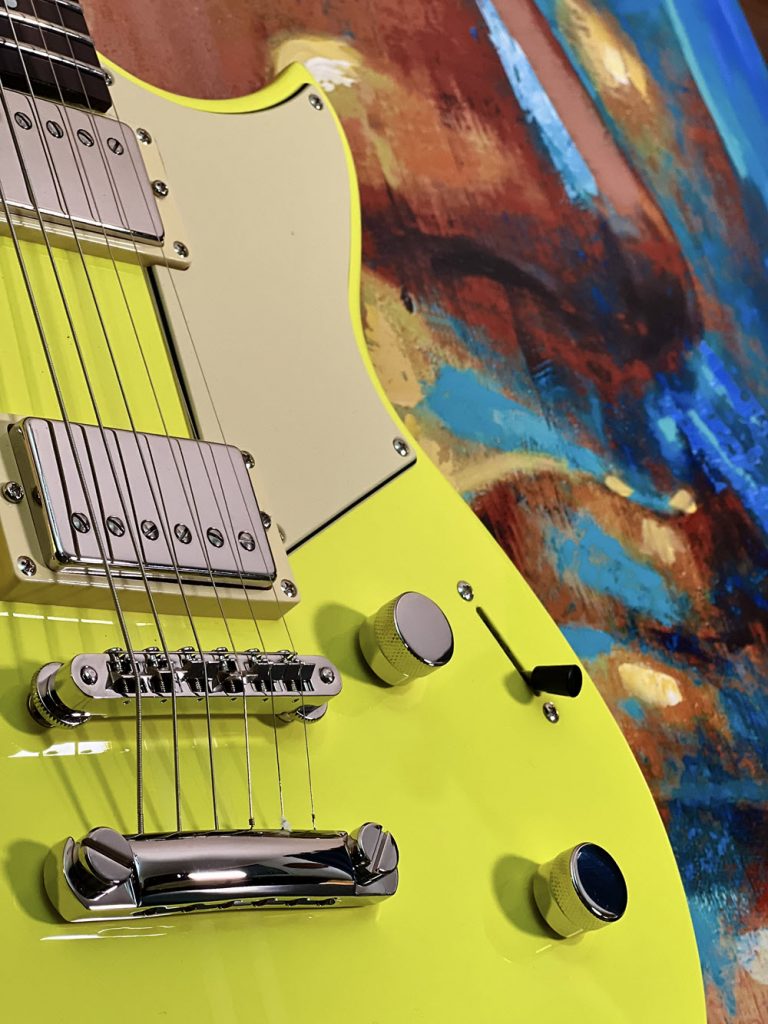
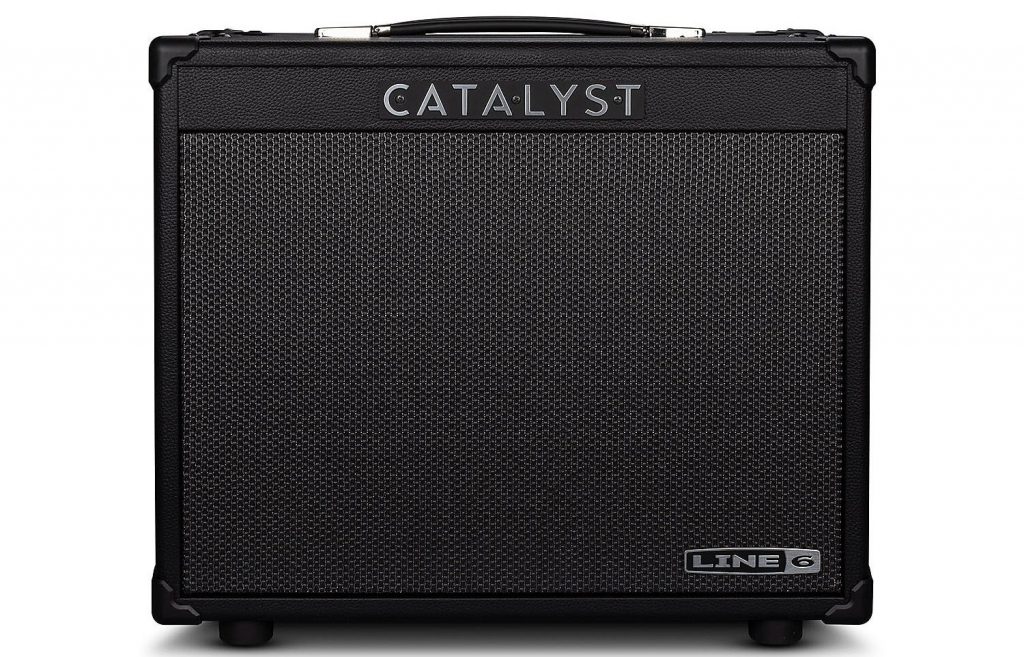
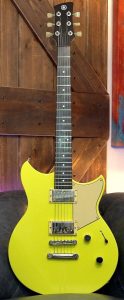

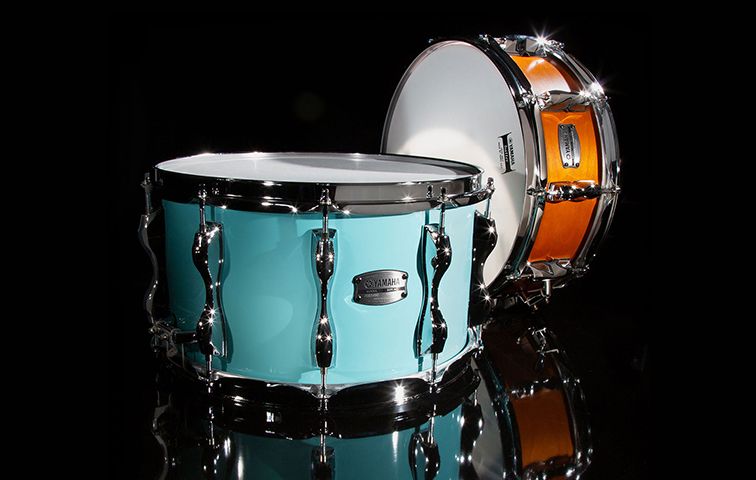
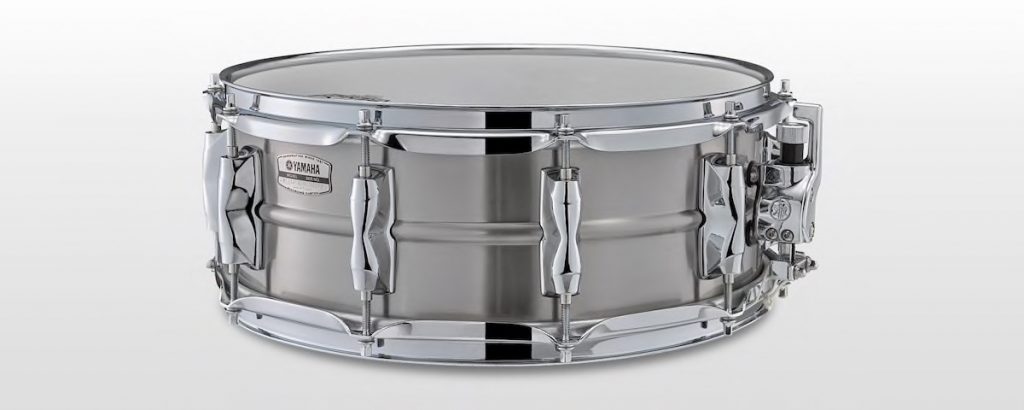
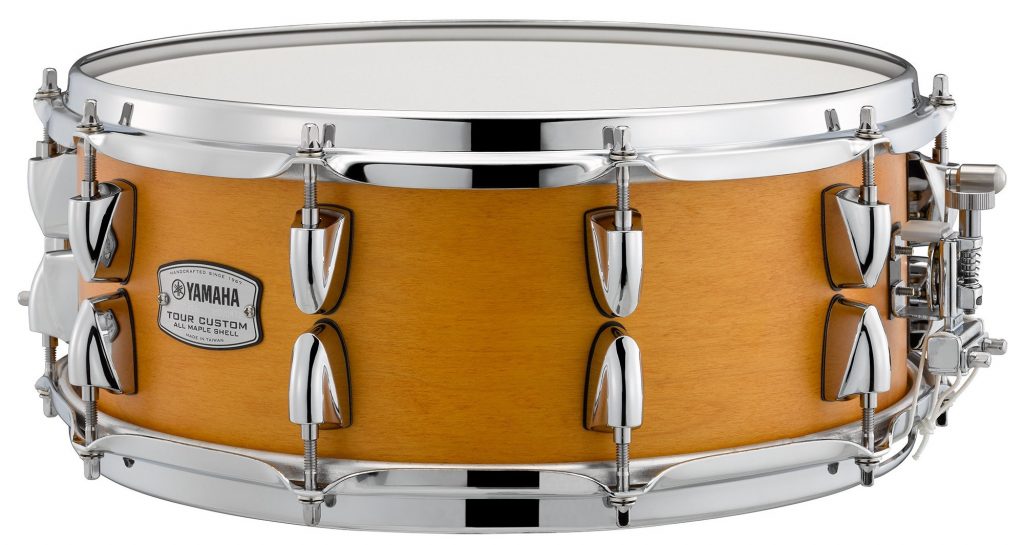
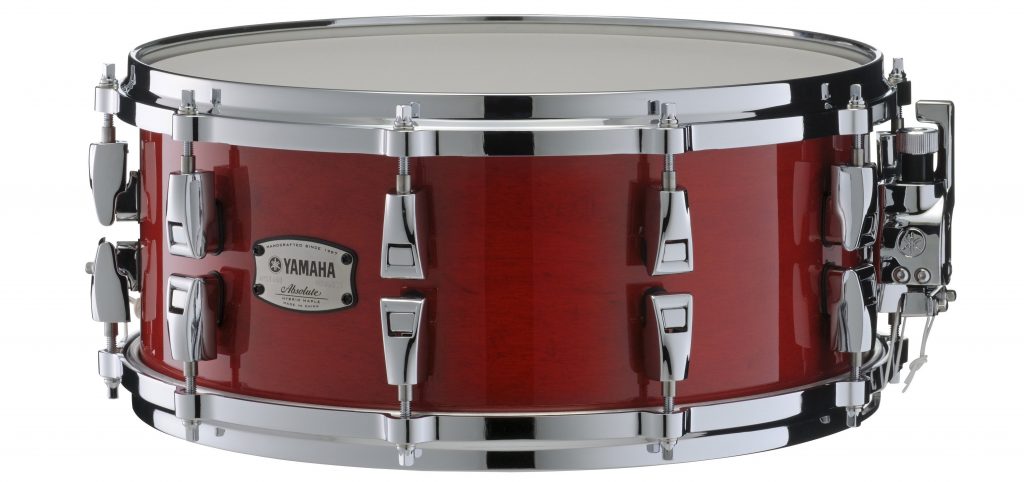
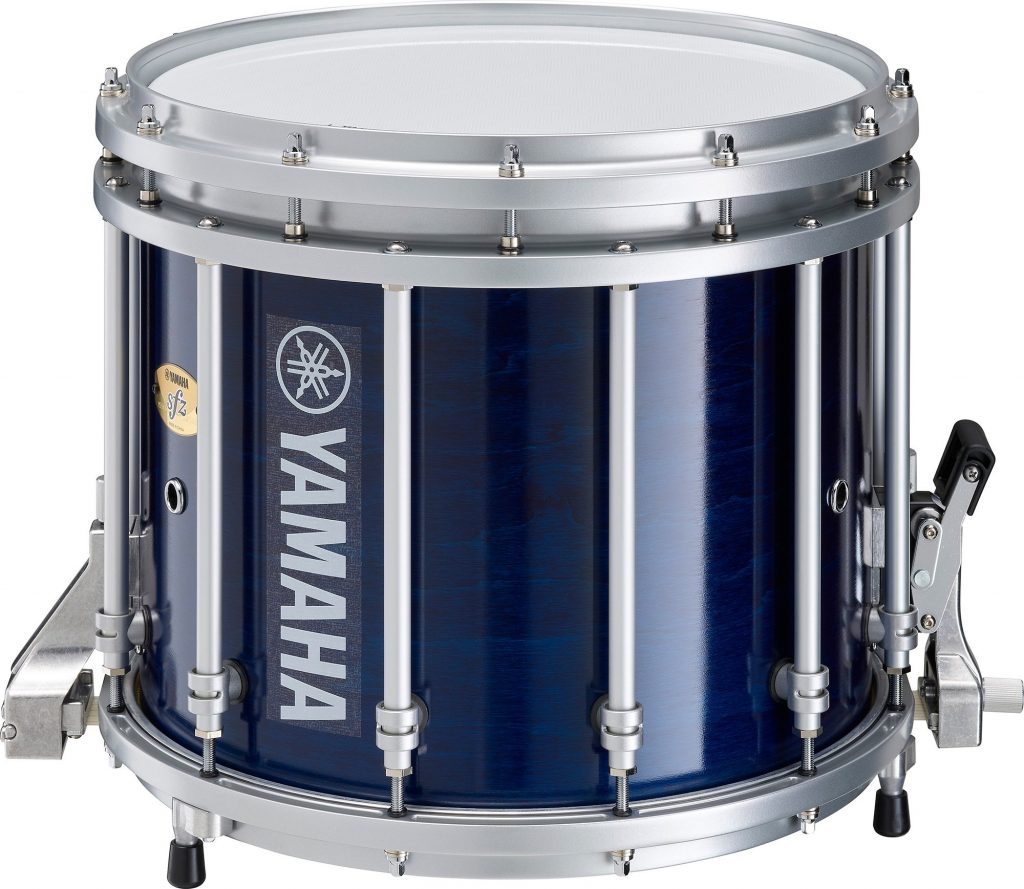
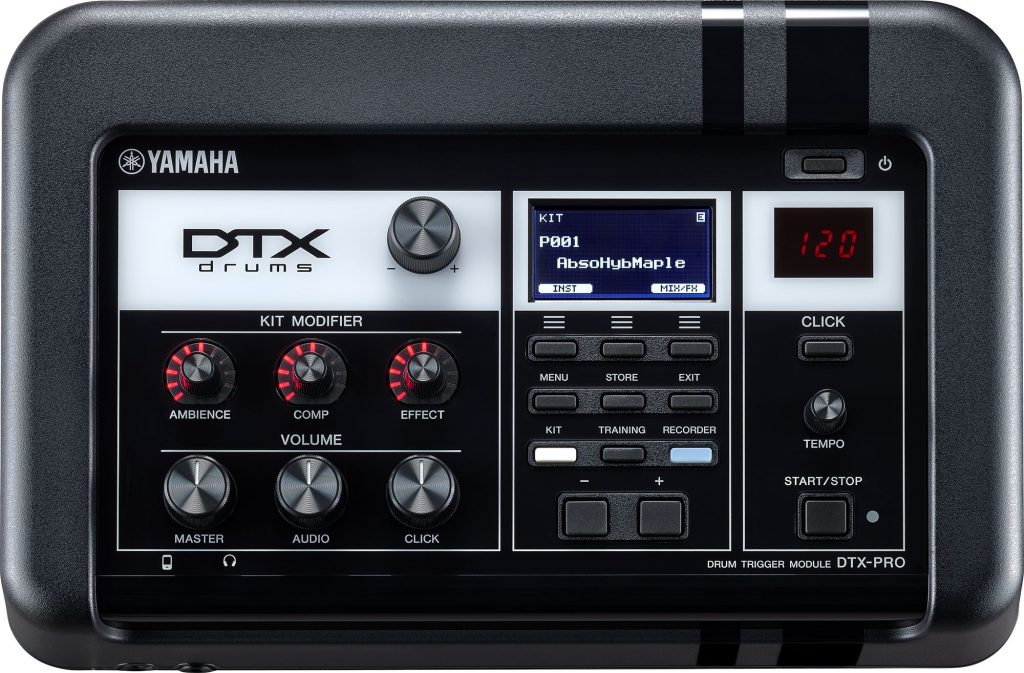

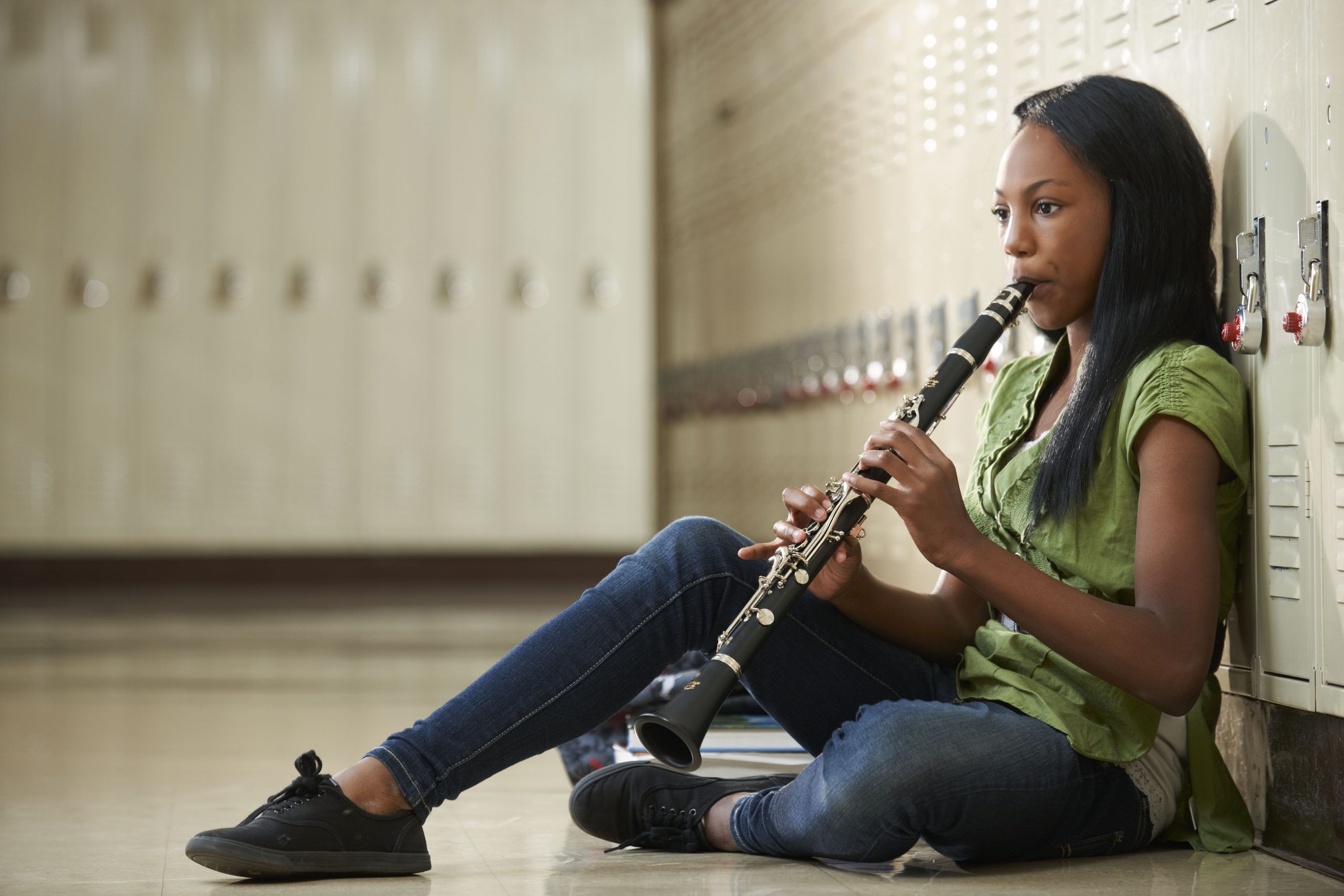

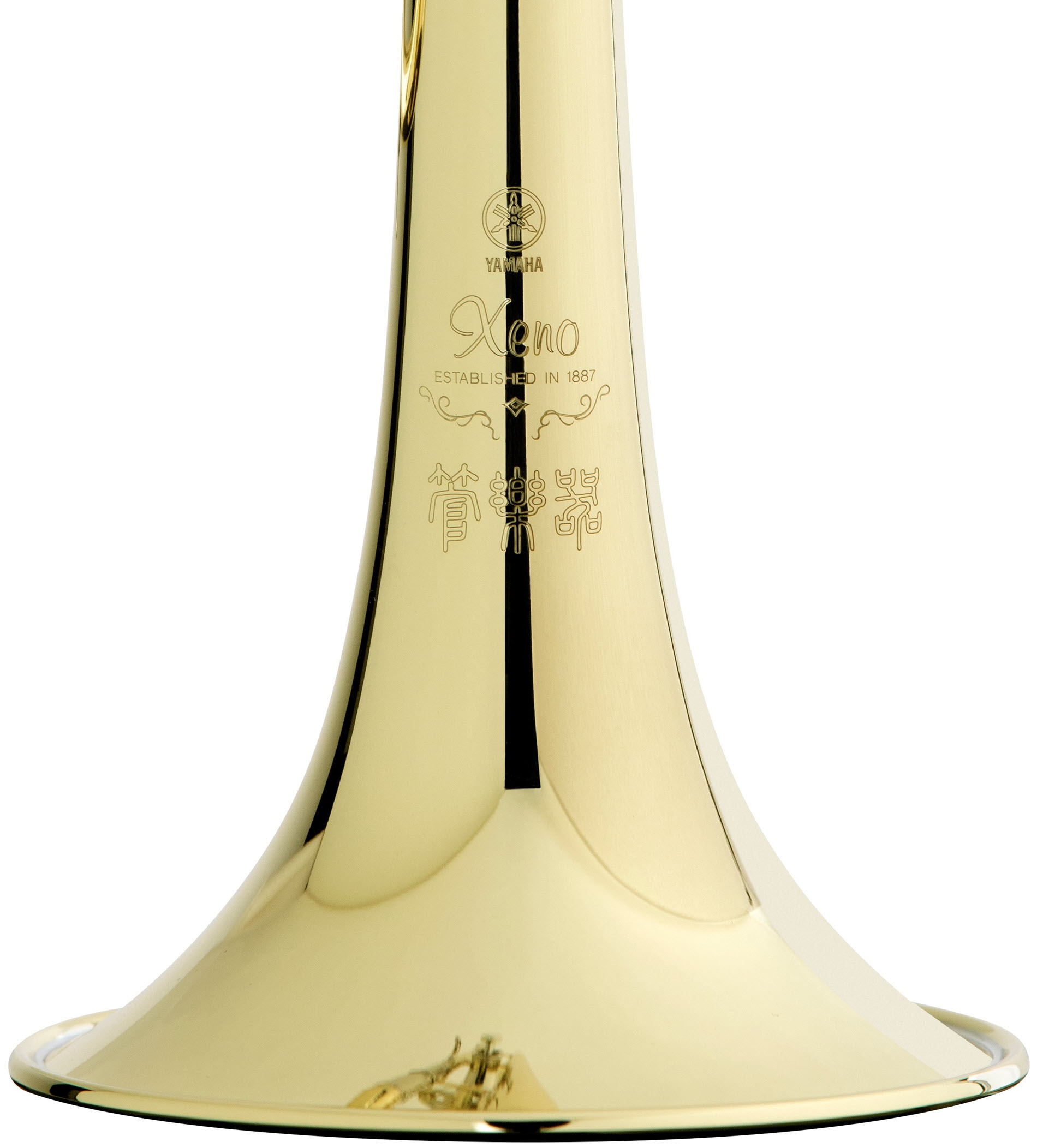






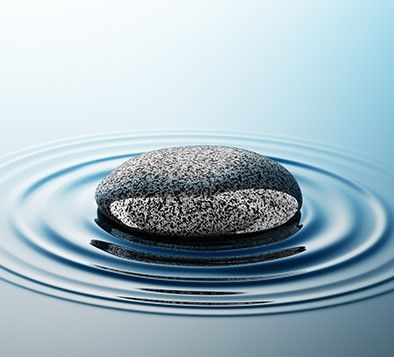

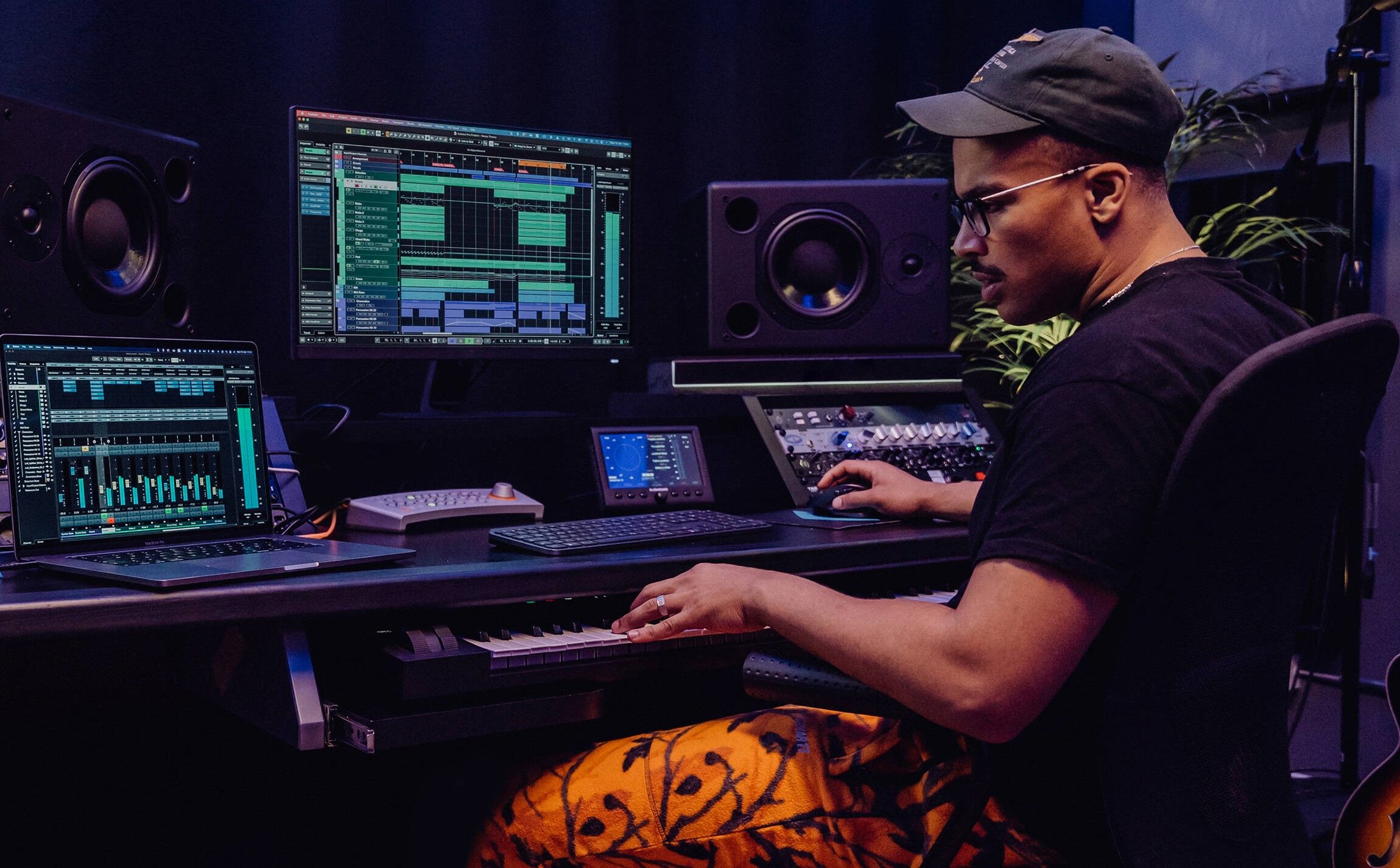
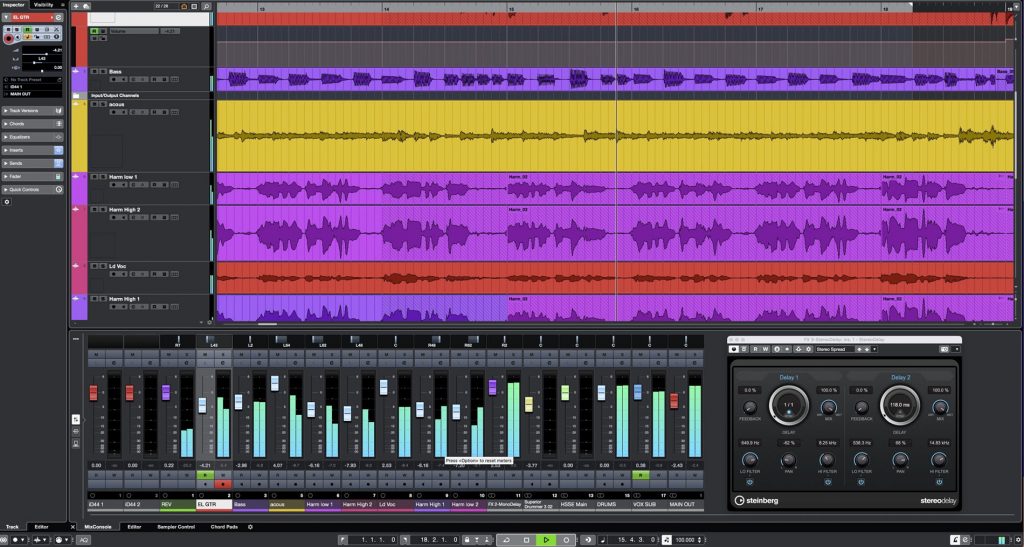
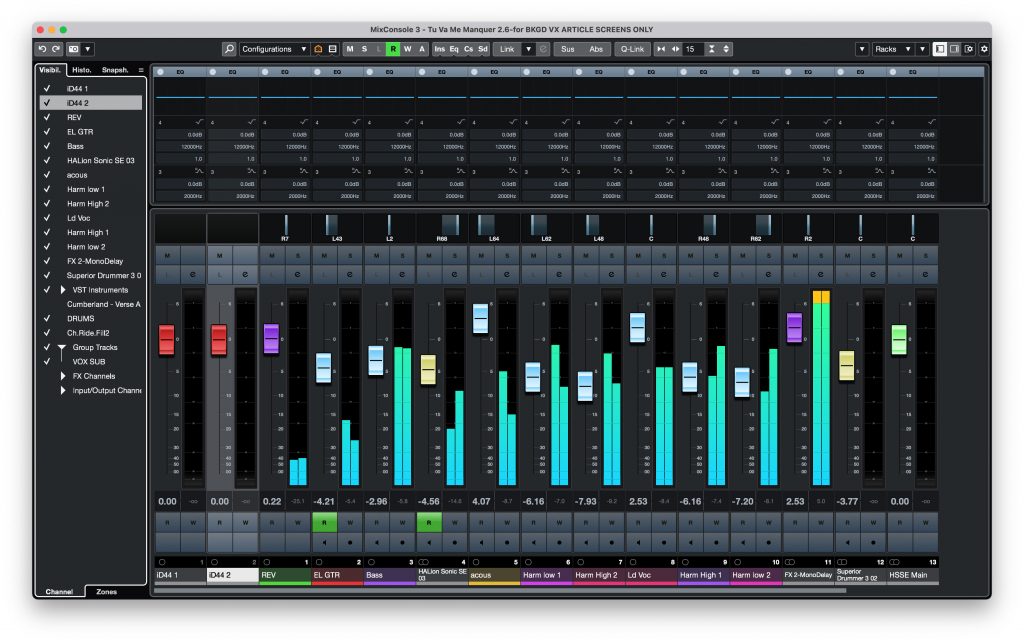
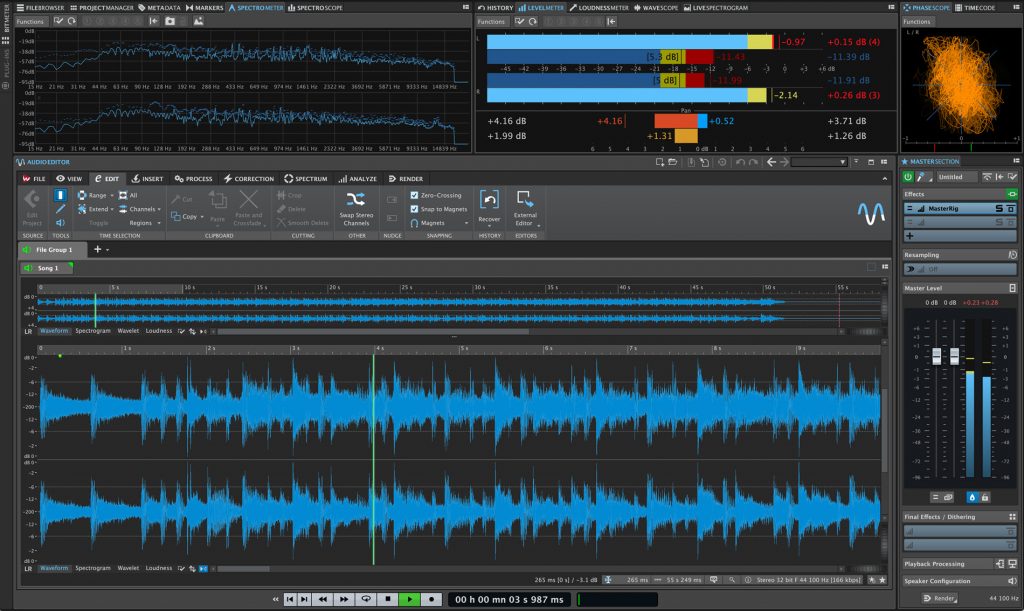
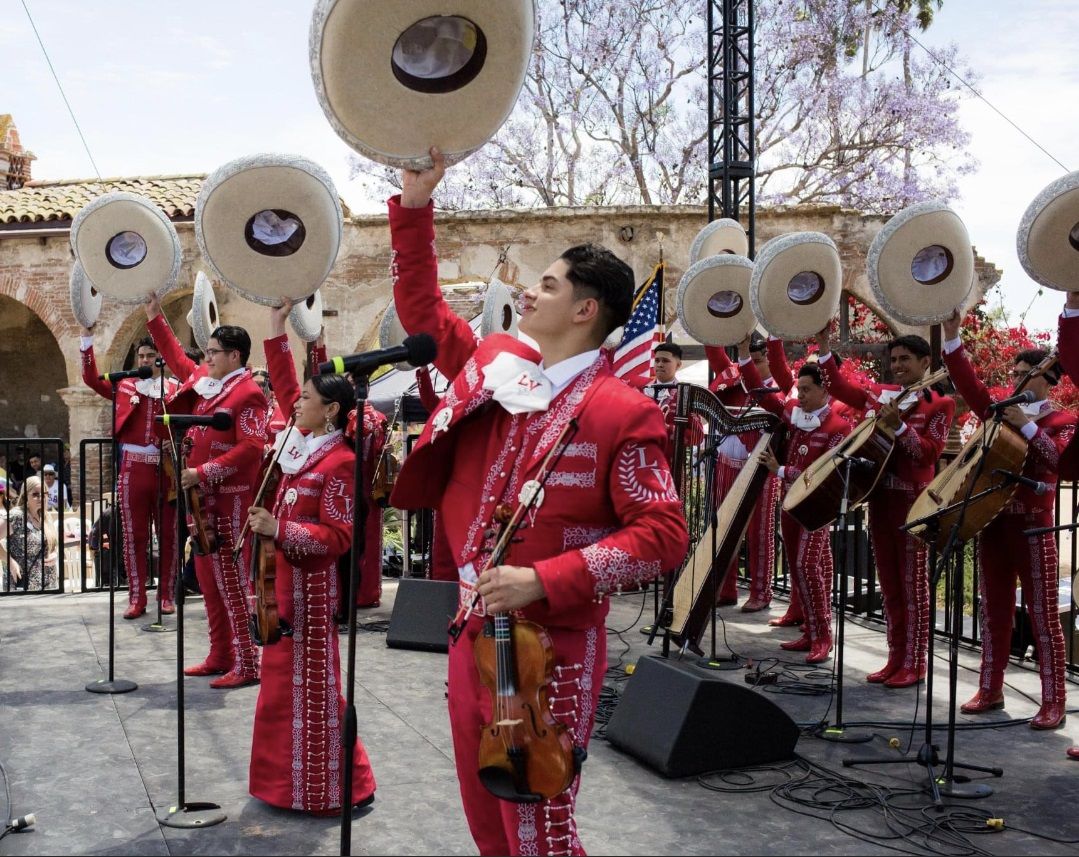
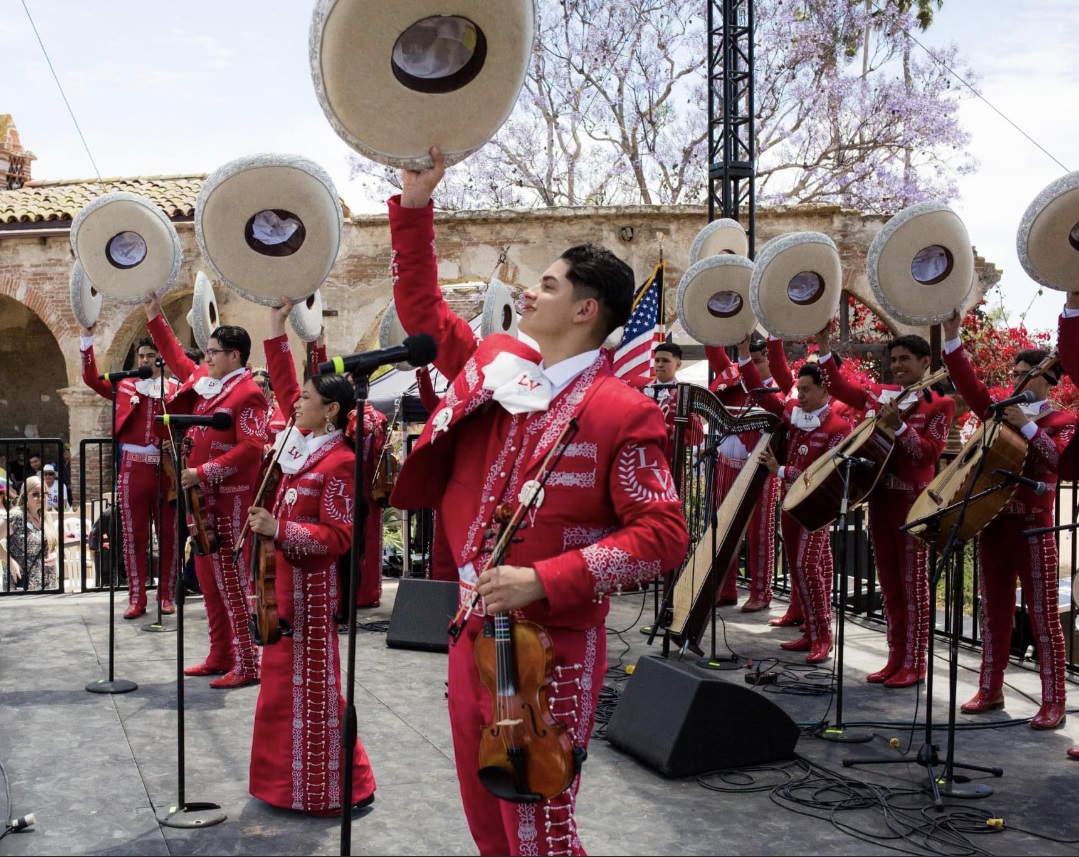 First, we wrote a mission statement and vision that were adopted by staff and students. Every decision made for the group goes back to these philosophies, which helped us during the early stages of creating our massive mariachi program.
First, we wrote a mission statement and vision that were adopted by staff and students. Every decision made for the group goes back to these philosophies, which helped us during the early stages of creating our massive mariachi program.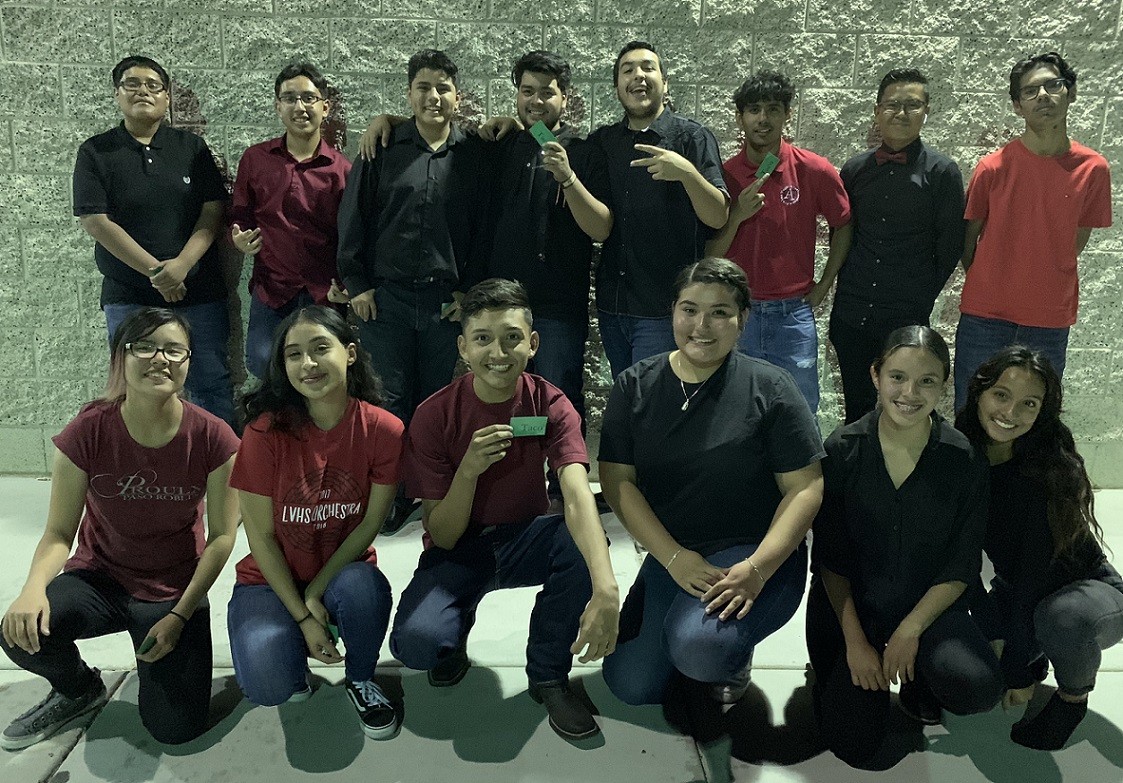
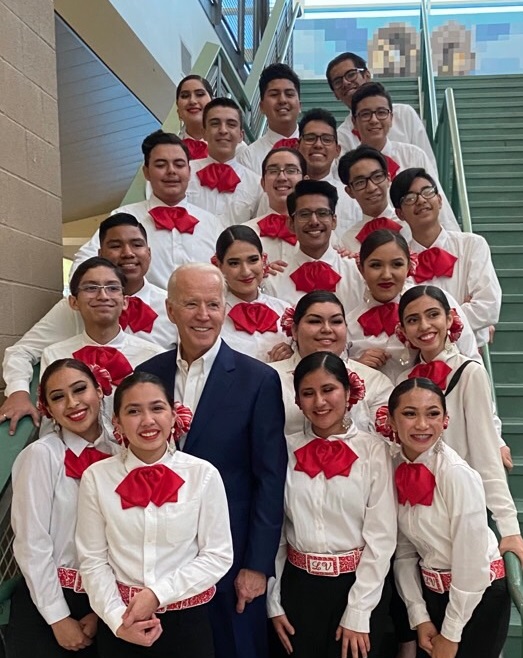 By our second year, we had a true mariachi group formed within the program. Joya became an audition-only ensemble with weekly after-school rehearsals. We had some strategic marketing goals set and wanted to get out into the community as much as possible. An original theme song called “
By our second year, we had a true mariachi group formed within the program. Joya became an audition-only ensemble with weekly after-school rehearsals. We had some strategic marketing goals set and wanted to get out into the community as much as possible. An original theme song called “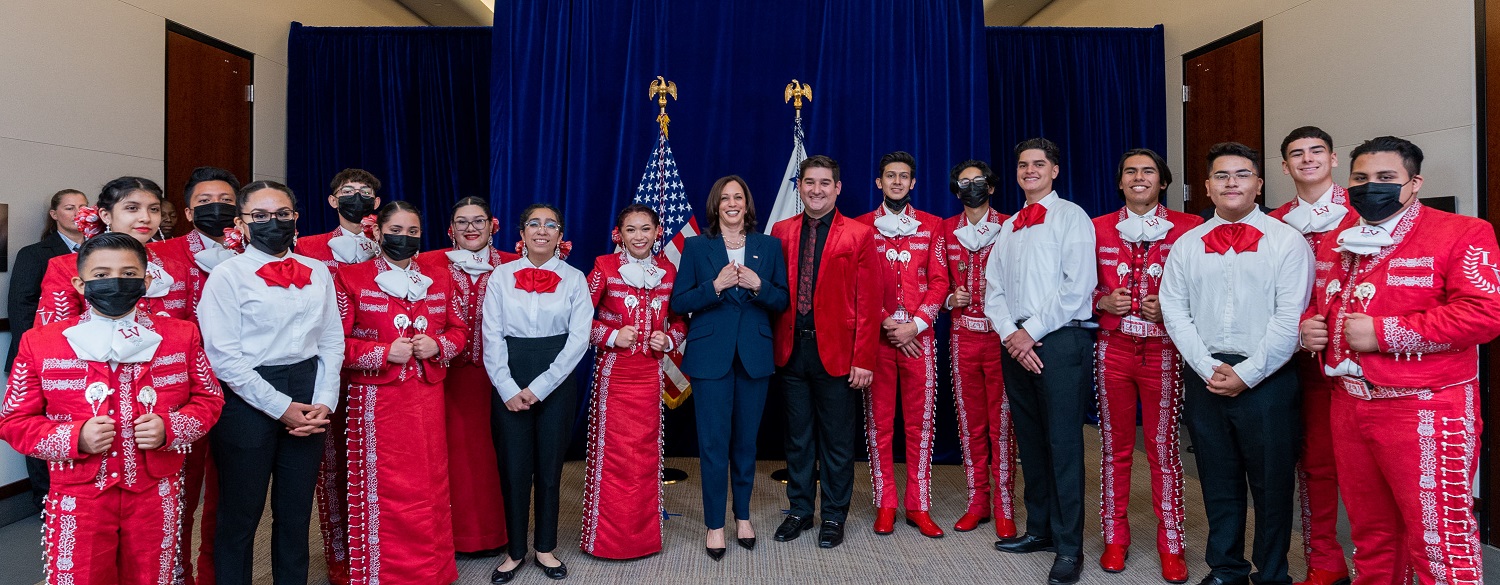 Our plans for Year Three drastically changed because for a full 18 months, we were not able to rehearse or build on our momentum. Students were upset, attendance was at an all-time low and music-making came to a halt. Something had to be done, so we decided to produce a record. Microphones were dropped off at students’ homes and recording began in September 2020. We released our original song, “
Our plans for Year Three drastically changed because for a full 18 months, we were not able to rehearse or build on our momentum. Students were upset, attendance was at an all-time low and music-making came to a halt. Something had to be done, so we decided to produce a record. Microphones were dropped off at students’ homes and recording began in September 2020. We released our original song, “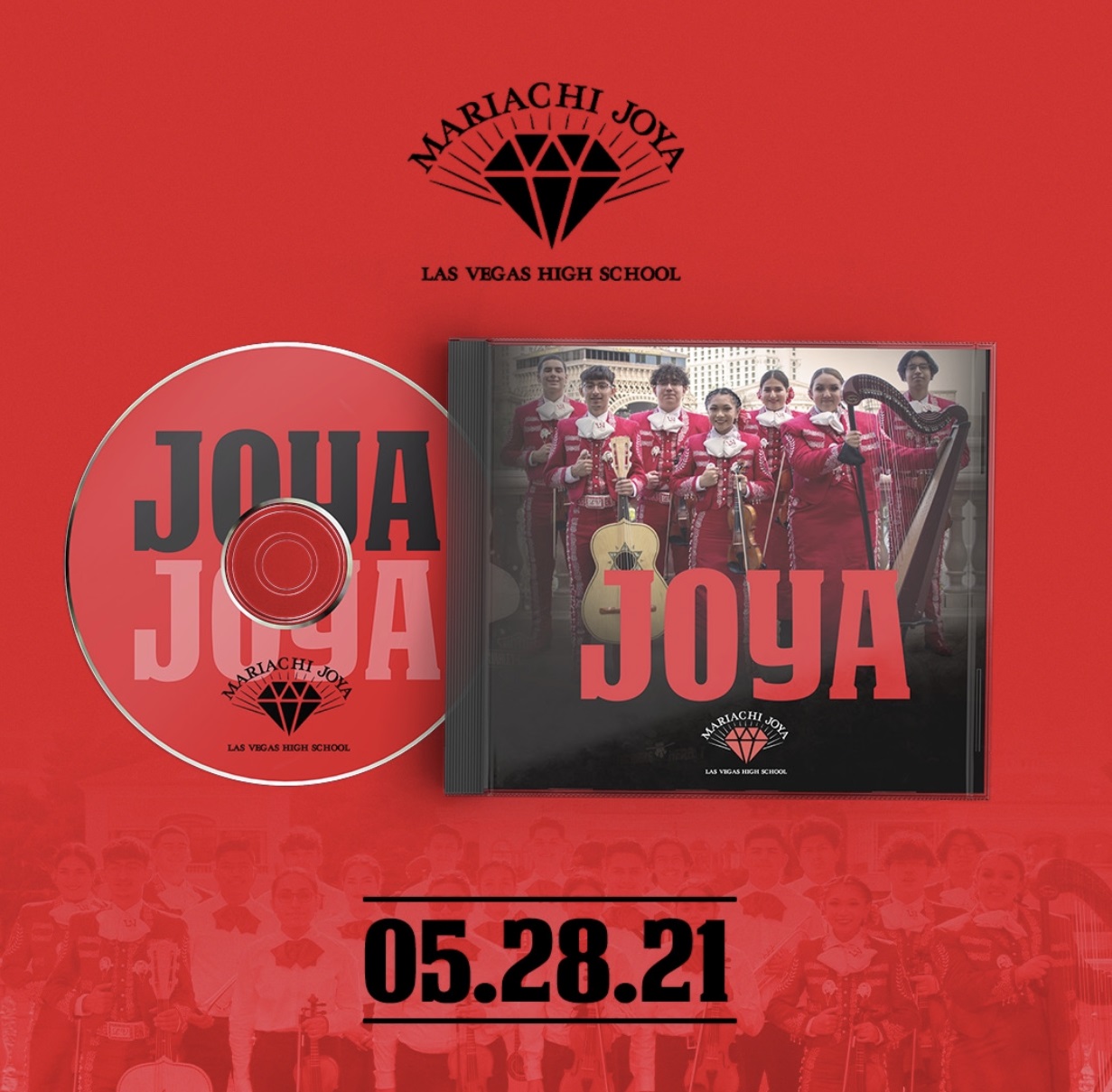 We ended the year with the highly anticipated release of our debut album, “JOYA.” We had a sold-out album release party and consequently released three
We ended the year with the highly anticipated release of our debut album, “JOYA.” We had a sold-out album release party and consequently released three 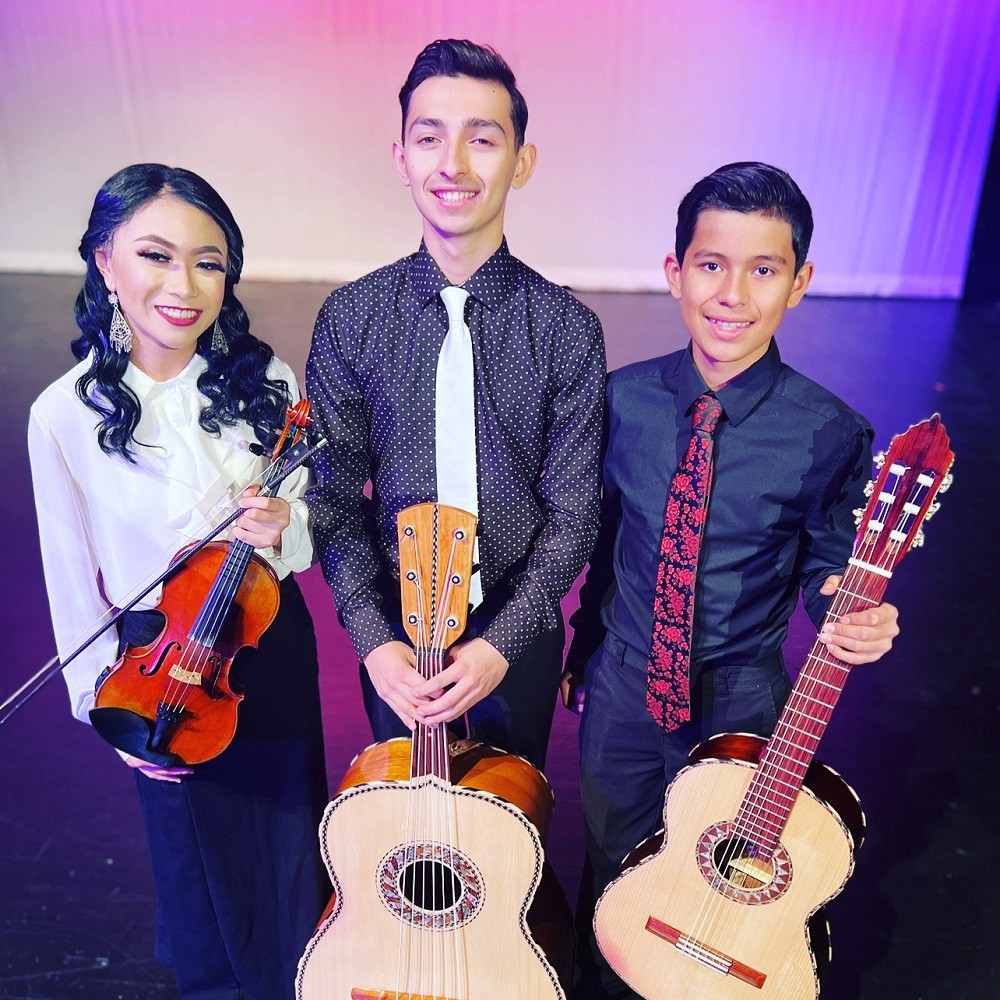 Although most of the students won’t become full-time mariachis after graduation, we also have a 100% career and college placement rate for the 2022 graduating class. With a few students taking over family businesses, the rest went off to colleges and vocational schools. It is my hope that they take with them the lessons they learned through our shared experience with Mariachi Joya.
Although most of the students won’t become full-time mariachis after graduation, we also have a 100% career and college placement rate for the 2022 graduating class. With a few students taking over family businesses, the rest went off to colleges and vocational schools. It is my hope that they take with them the lessons they learned through our shared experience with Mariachi Joya.
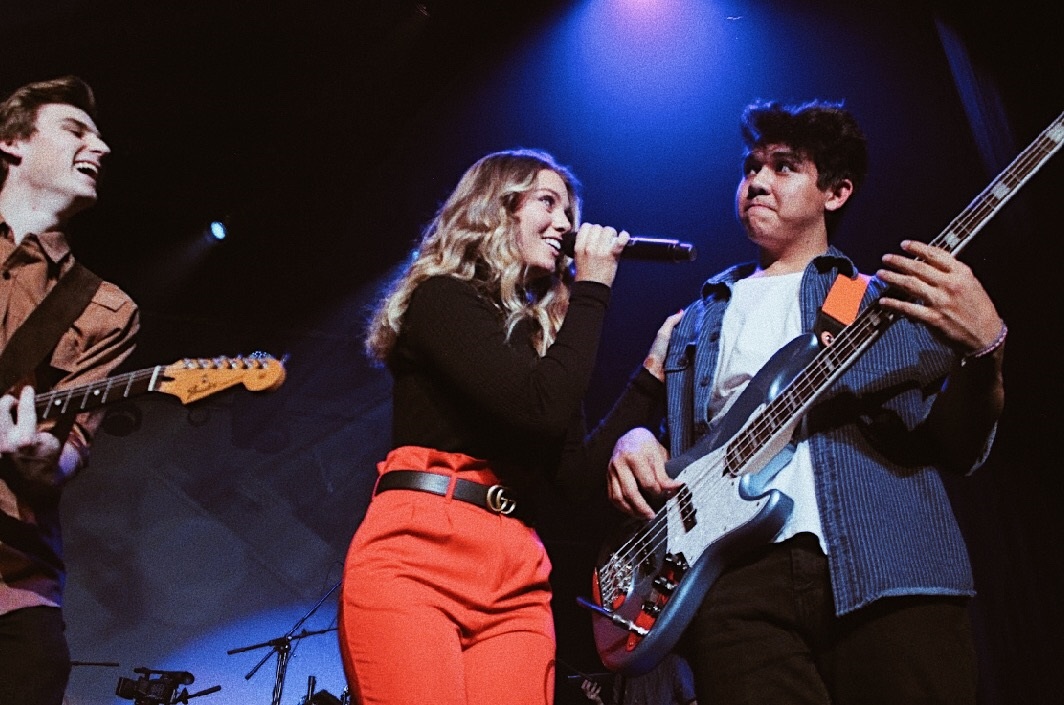 In the MMET pop music program, students join forces to form multiple bands, but the collaboration doesn’t stop there. Because of the amount of collaboration required to put on a pop music show, students get a full education not just in music performance, but also in teamwork.
In the MMET pop music program, students join forces to form multiple bands, but the collaboration doesn’t stop there. Because of the amount of collaboration required to put on a pop music show, students get a full education not just in music performance, but also in teamwork.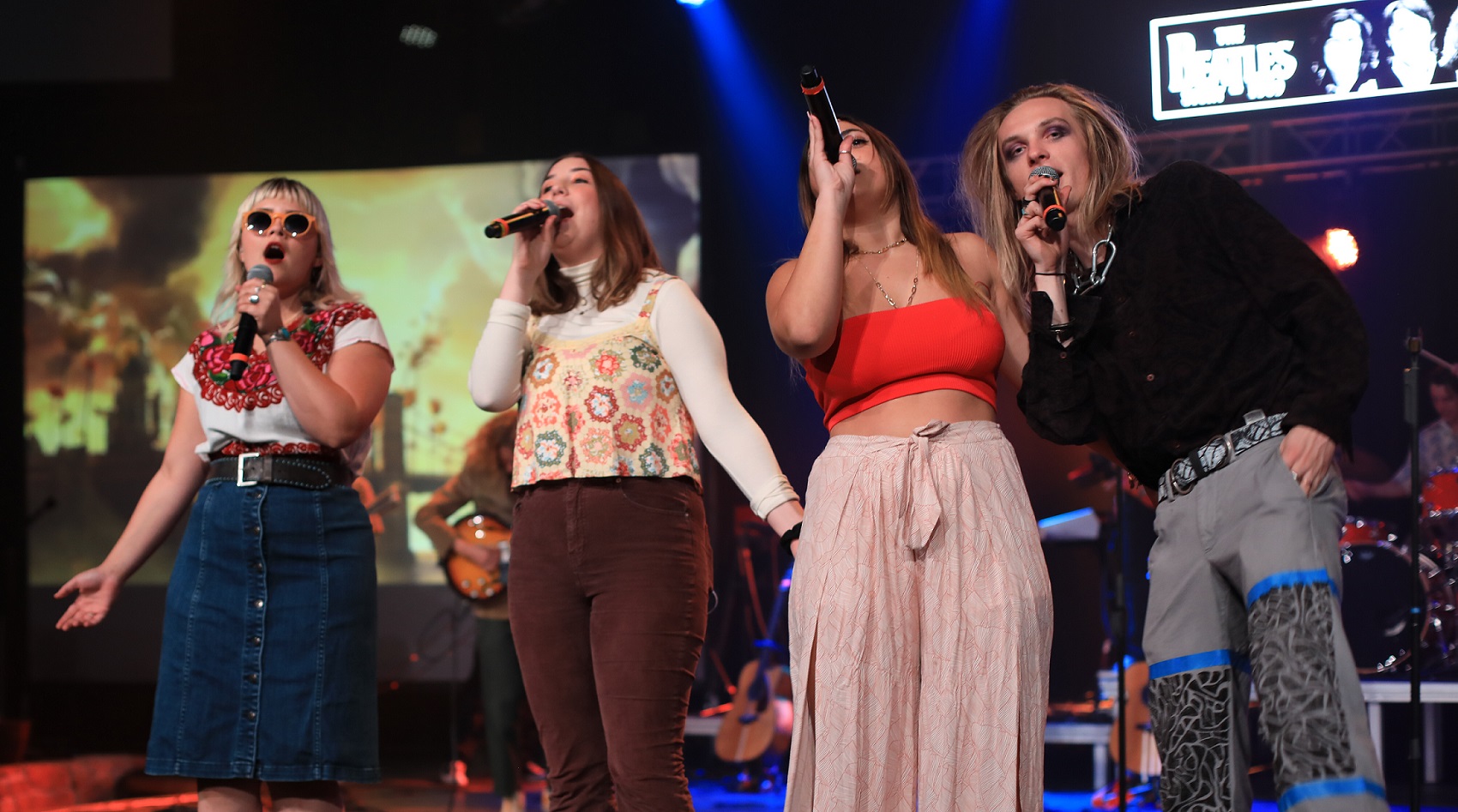 From the moment they receive a new song until the moment they step on stage at a concert, students have about six weeks to learn and perfect their music — for the first three weeks they focus on learning the songs, and the rest of the time is for rehearsing.
From the moment they receive a new song until the moment they step on stage at a concert, students have about six weeks to learn and perfect their music — for the first three weeks they focus on learning the songs, and the rest of the time is for rehearsing. By fostering student self-sufficiency, the MMET pop program helps prepare students for music industry jobs. Whether a student is interested in performance or in the business side of music, MMET has resources to help them reach their post-graduation goals.
By fostering student self-sufficiency, the MMET pop program helps prepare students for music industry jobs. Whether a student is interested in performance or in the business side of music, MMET has resources to help them reach their post-graduation goals.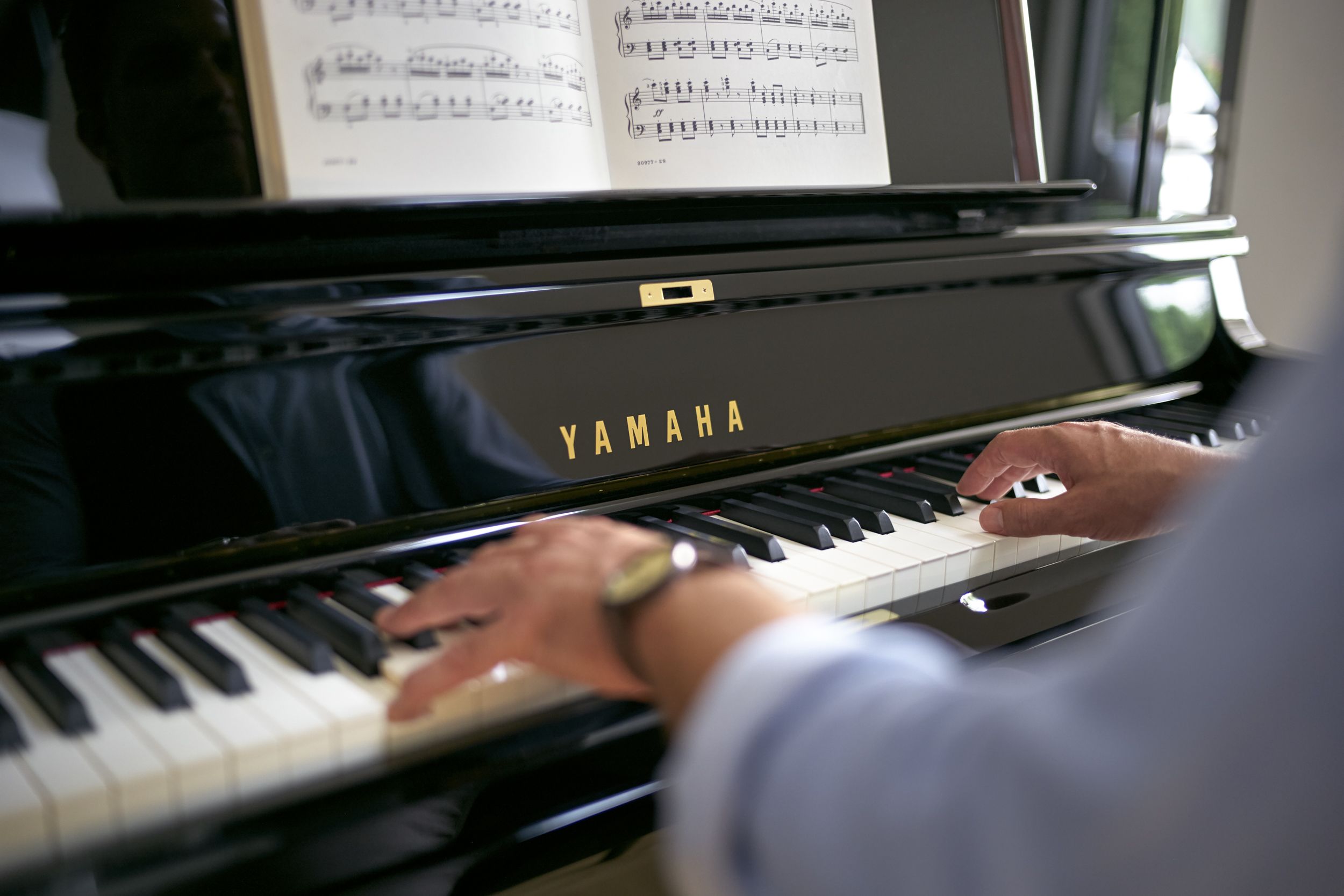
















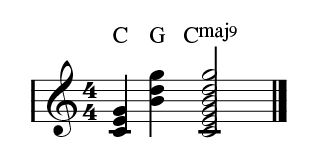


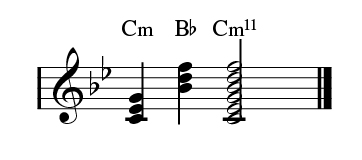
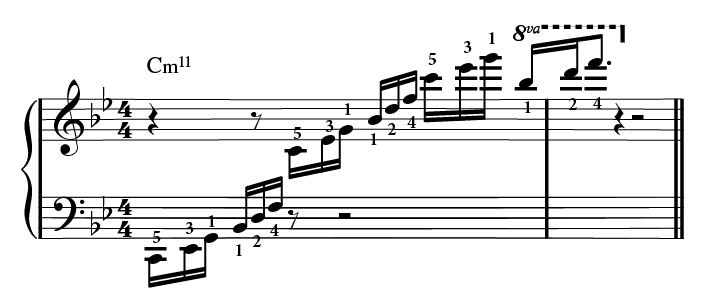
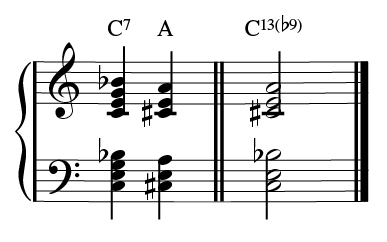

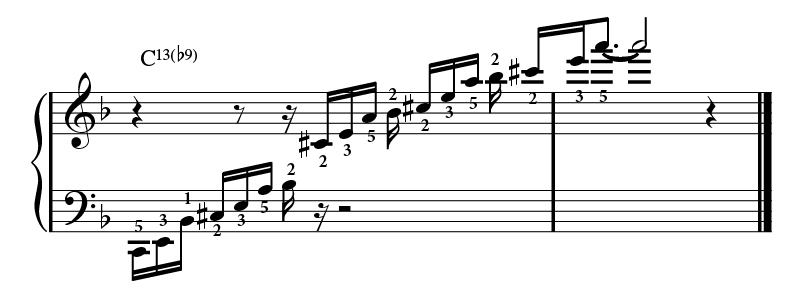


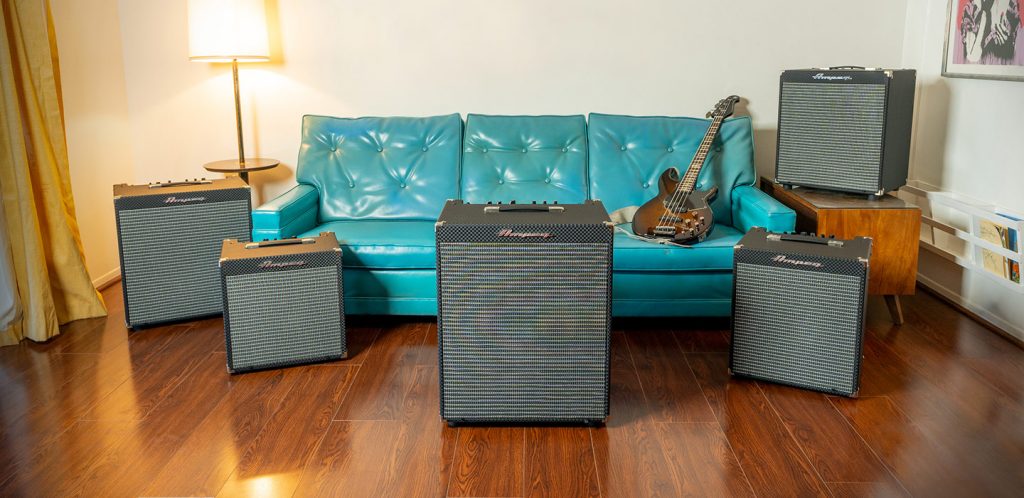


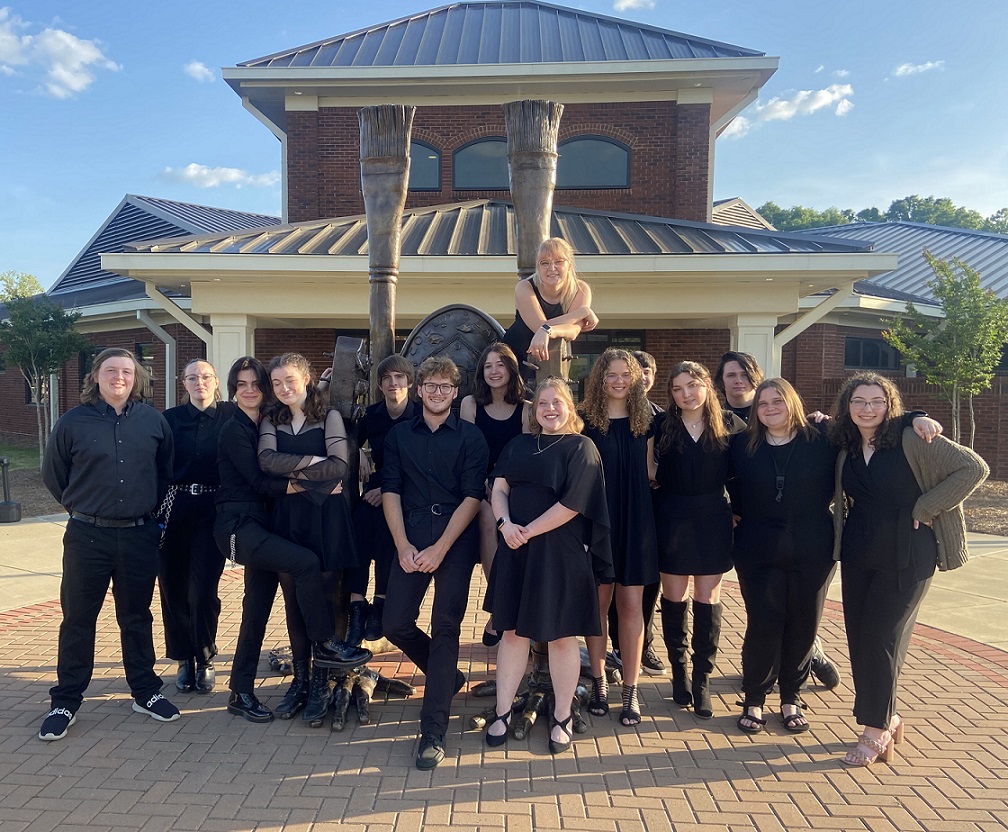 Our first collaboration was within our own school during the 2019-2020 school year. Ashlyn Kuyrkendall, the choral director, and I wanted to put together a big event to open
Our first collaboration was within our own school during the 2019-2020 school year. Ashlyn Kuyrkendall, the choral director, and I wanted to put together a big event to open 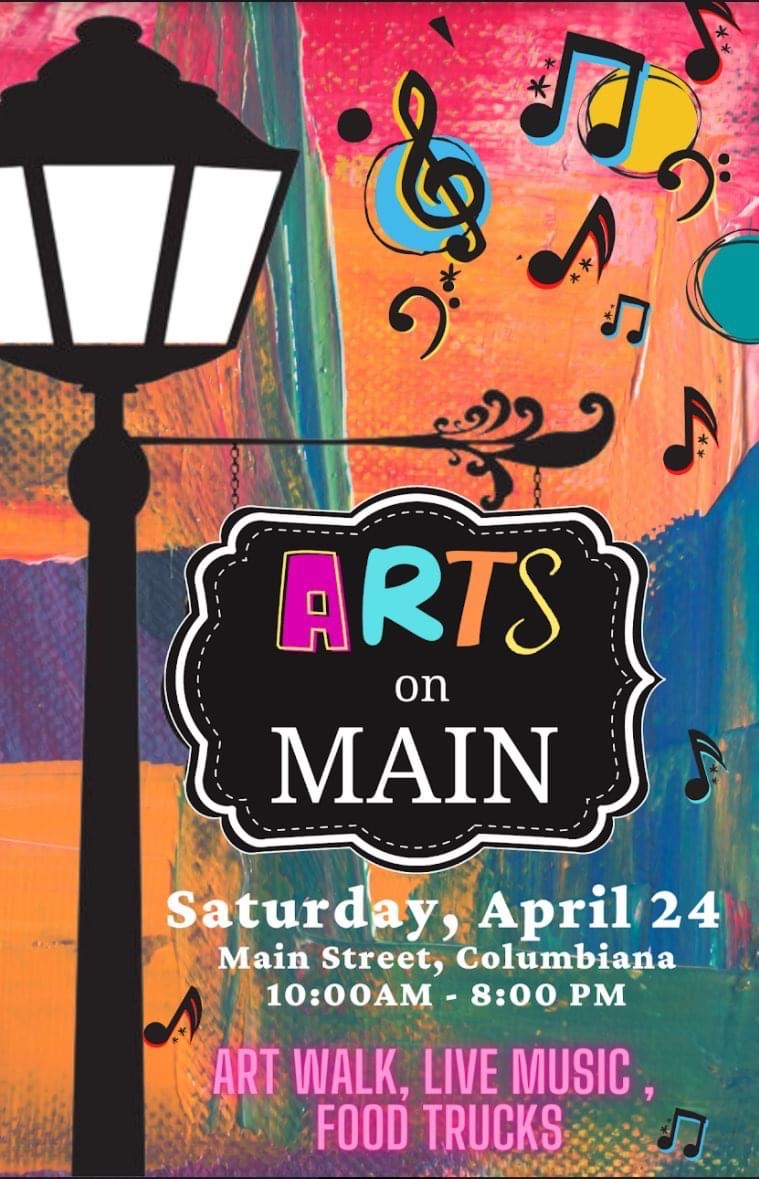 At the end of the 2020-2021 school year, the fine arts teachers at SCHS were approached by our district’s fine arts supervisor about starting an annual end-of-the-school-year arts event in our town. We are not the largest high school in our school system, but we are home to the central office, and Columbiana has a thriving main street, which is part of every quintessential southern town. At first, we were caught off guard because this would be our first big event since the pandemic, but as we started planning, we saw how this event would be great for our community and our school system.
At the end of the 2020-2021 school year, the fine arts teachers at SCHS were approached by our district’s fine arts supervisor about starting an annual end-of-the-school-year arts event in our town. We are not the largest high school in our school system, but we are home to the central office, and Columbiana has a thriving main street, which is part of every quintessential southern town. At first, we were caught off guard because this would be our first big event since the pandemic, but as we started planning, we saw how this event would be great for our community and our school system. The second year of the event in 2021-2022 brought more challenges. This time, the arts center was completely booked, so we were only able to use our main street area. We revamped our event with some changes that really made the event shine. First, we moved the two performance stages to each end of Main Street. This created a corridor and centralized the focus of the event. The previous year, one stage was on the street and the other was around the block at the arts center. Although this allowed for a bigger footprint, the spread-out nature of the event seemed to create less of a buzz.
The second year of the event in 2021-2022 brought more challenges. This time, the arts center was completely booked, so we were only able to use our main street area. We revamped our event with some changes that really made the event shine. First, we moved the two performance stages to each end of Main Street. This created a corridor and centralized the focus of the event. The previous year, one stage was on the street and the other was around the block at the arts center. Although this allowed for a bigger footprint, the spread-out nature of the event seemed to create less of a buzz.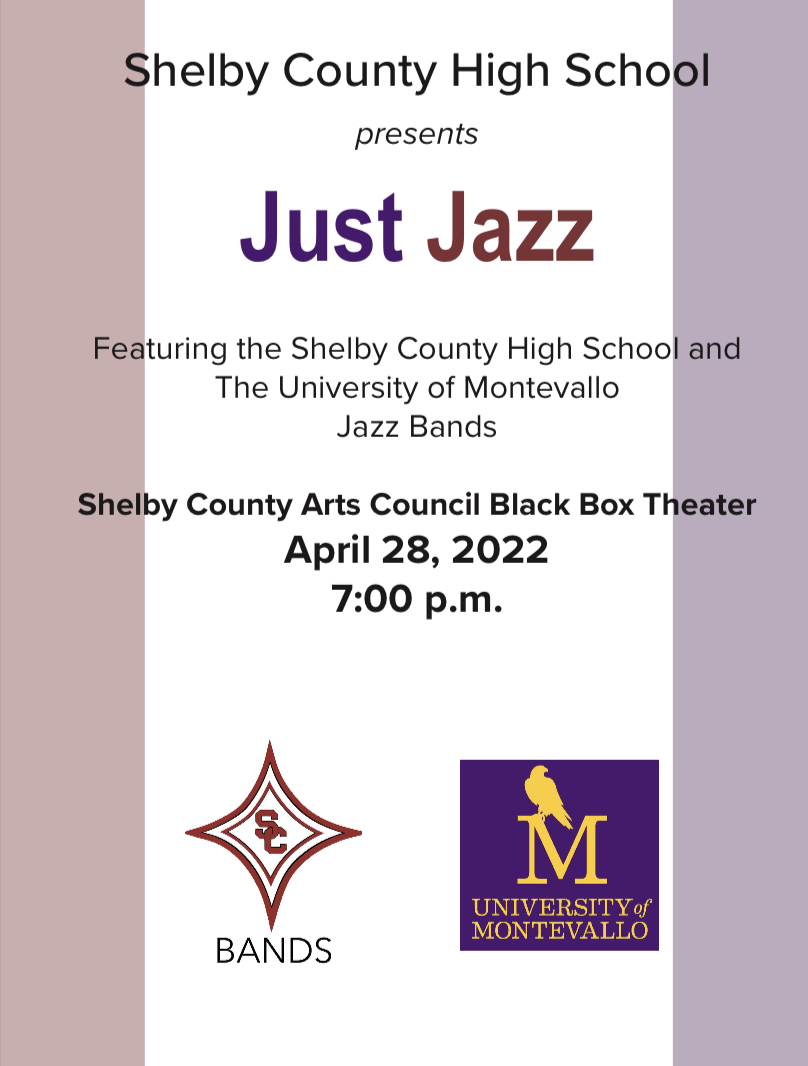 Montevallo has a very successful band program, and the director,
Montevallo has a very successful band program, and the director, 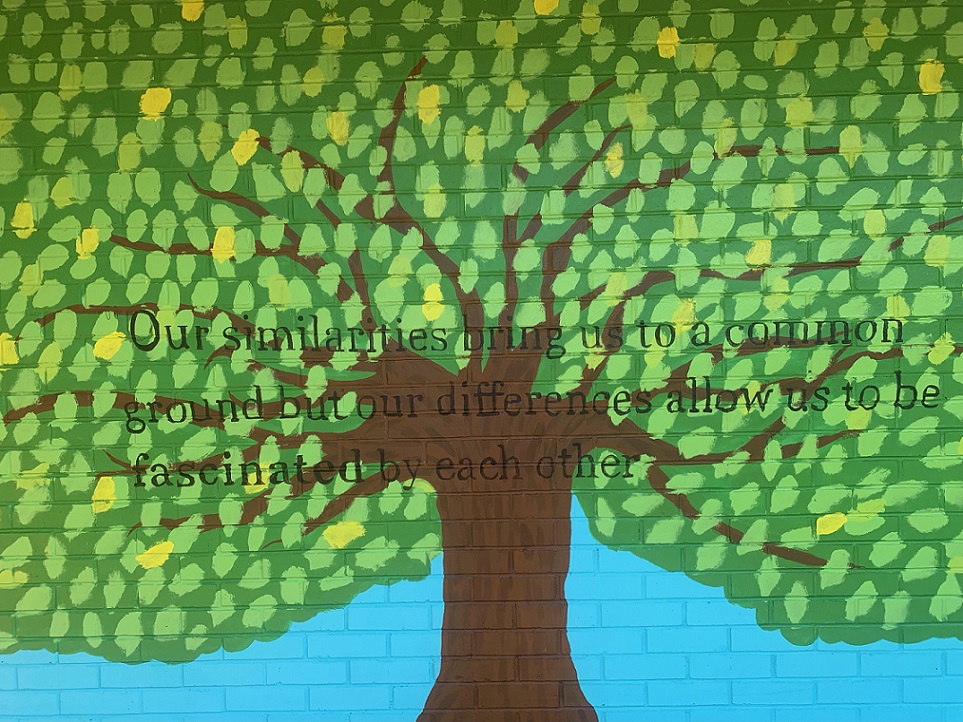 The idea for the mural came last summer, when the band went to the back of the practice field where a giant oak tree was located. I noticed that the tree had sustained some damage, probably when a tornado came through the town in 2021 and destroyed several homes. I told the students that the tree represented our band program. We might take shots to the exterior, but our roots and interior are strong.
The idea for the mural came last summer, when the band went to the back of the practice field where a giant oak tree was located. I noticed that the tree had sustained some damage, probably when a tornado came through the town in 2021 and destroyed several homes. I told the students that the tree represented our band program. We might take shots to the exterior, but our roots and interior are strong.
 Turkish composer and musicologist, Ahmet Saygun (1907-1991), is known for blending Turkish folk songs with the sounds of the West. Perhaps you’ve heard of “
Turkish composer and musicologist, Ahmet Saygun (1907-1991), is known for blending Turkish folk songs with the sounds of the West. Perhaps you’ve heard of “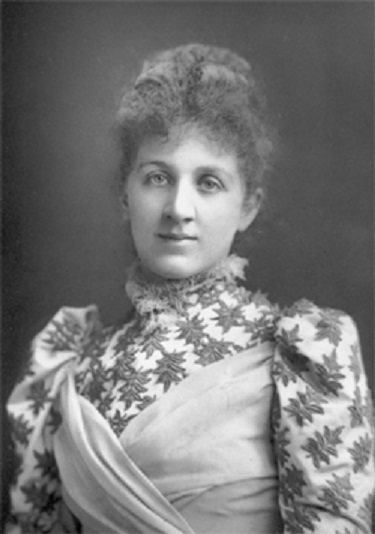 Liza Lehmann (1862-1918), a soprano vocalist and composer, was born in London to a German painter father and music teacher and composer mother. She is believed to be the first woman to have been commissioned to write a musical comedy. Her performing career lasted well over a decade, then she began songwriting and composing.
Liza Lehmann (1862-1918), a soprano vocalist and composer, was born in London to a German painter father and music teacher and composer mother. She is believed to be the first woman to have been commissioned to write a musical comedy. Her performing career lasted well over a decade, then she began songwriting and composing. Étienne Nicolas Mehul (1763-1817) was dubbed “the most important opera composer in France during the Revolution.” He was a member of the French Symphonic School of music, and according to
Étienne Nicolas Mehul (1763-1817) was dubbed “the most important opera composer in France during the Revolution.” He was a member of the French Symphonic School of music, and according to  Although Paul Ben-Haim (1897-1984) is a composer known for his Israeli/fusion classical pieces, he was born in Munich, Germany. He studied with
Although Paul Ben-Haim (1897-1984) is a composer known for his Israeli/fusion classical pieces, he was born in Munich, Germany. He studied with 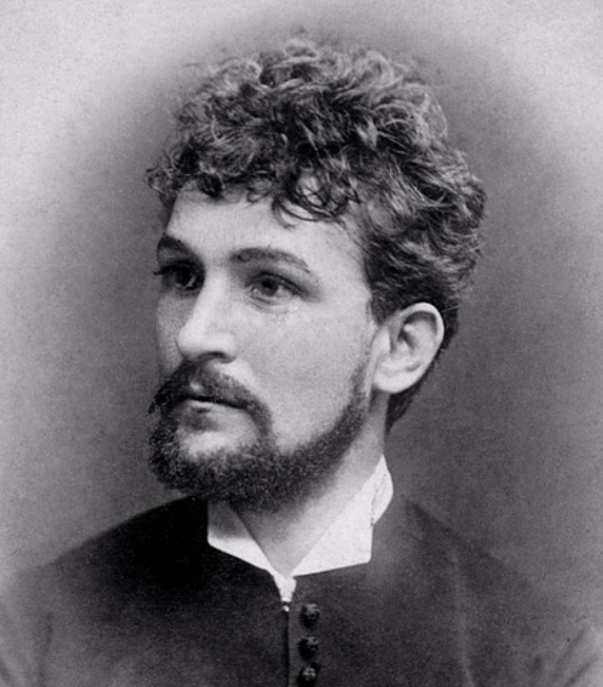 While Czech composer Leoš Janáček (1854-1828) is considered a household name amongst classical musicians, most non-musicians haven’t heard of him. He was devoted to studying folklore and folk music, which he collected extensively.
While Czech composer Leoš Janáček (1854-1828) is considered a household name amongst classical musicians, most non-musicians haven’t heard of him. He was devoted to studying folklore and folk music, which he collected extensively.
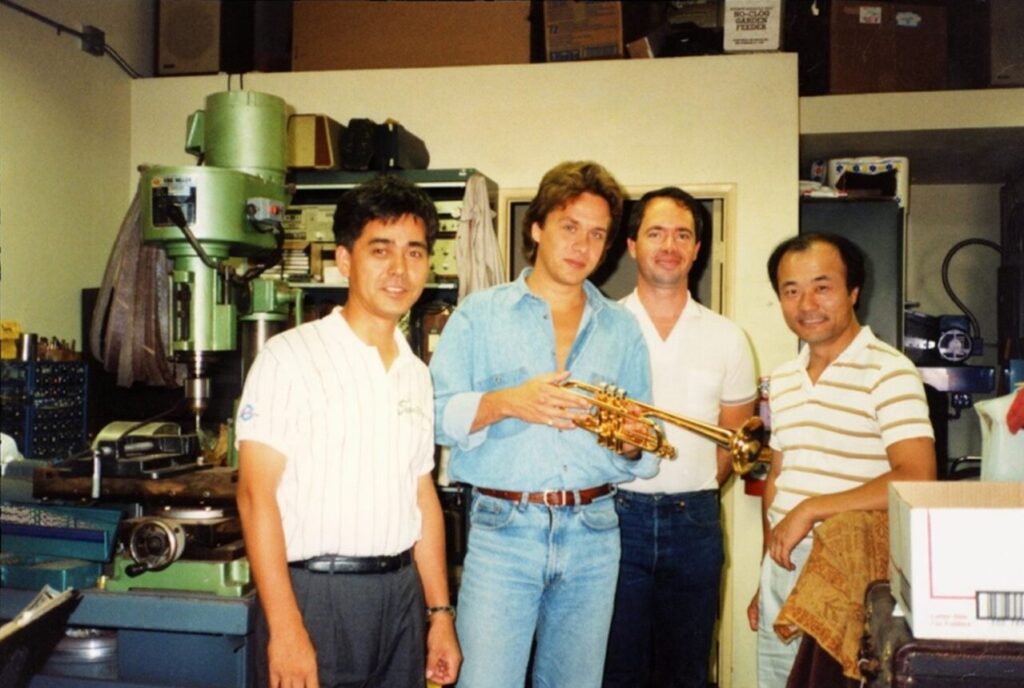
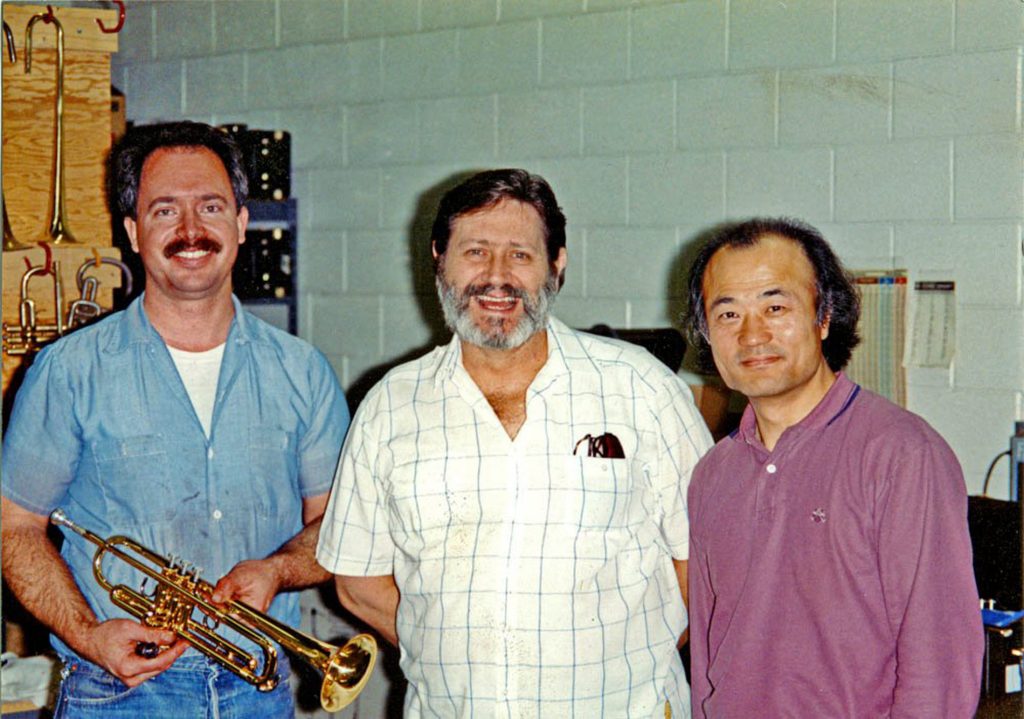
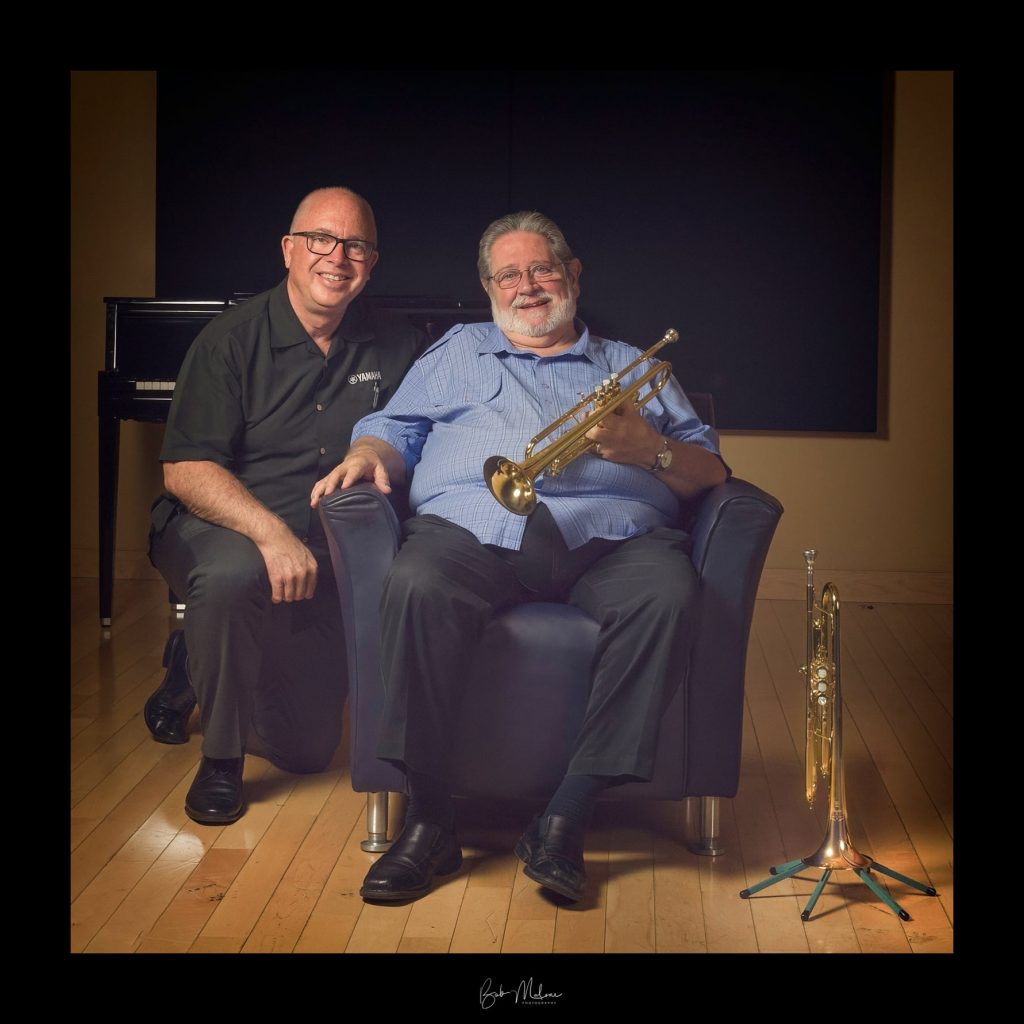
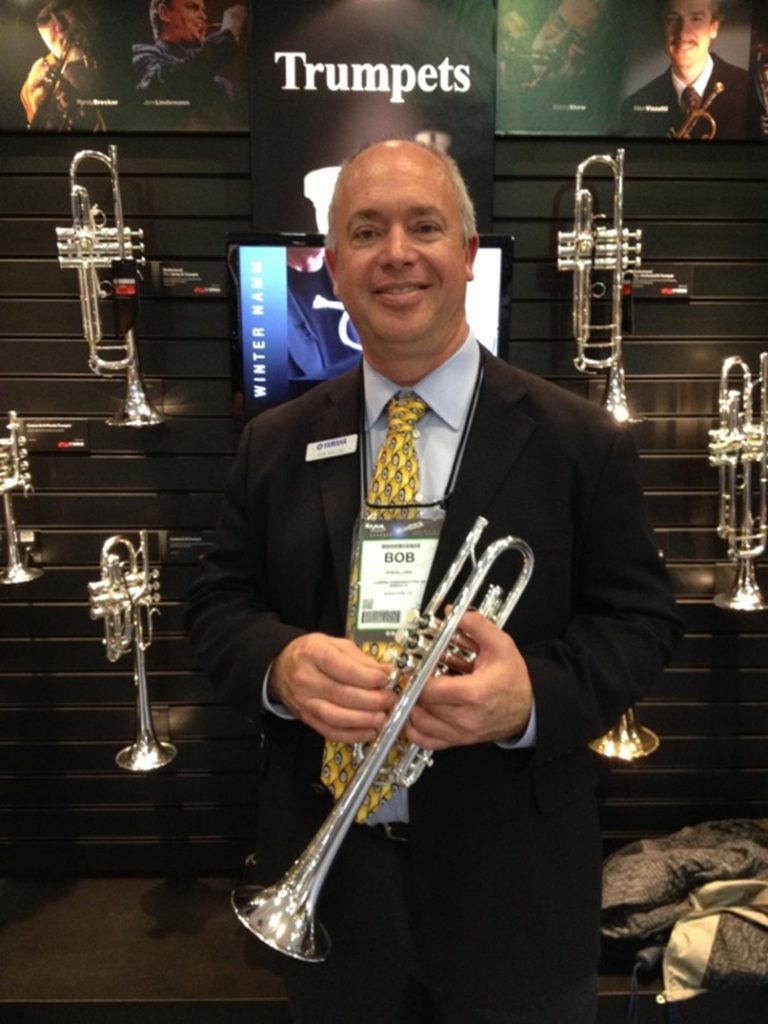
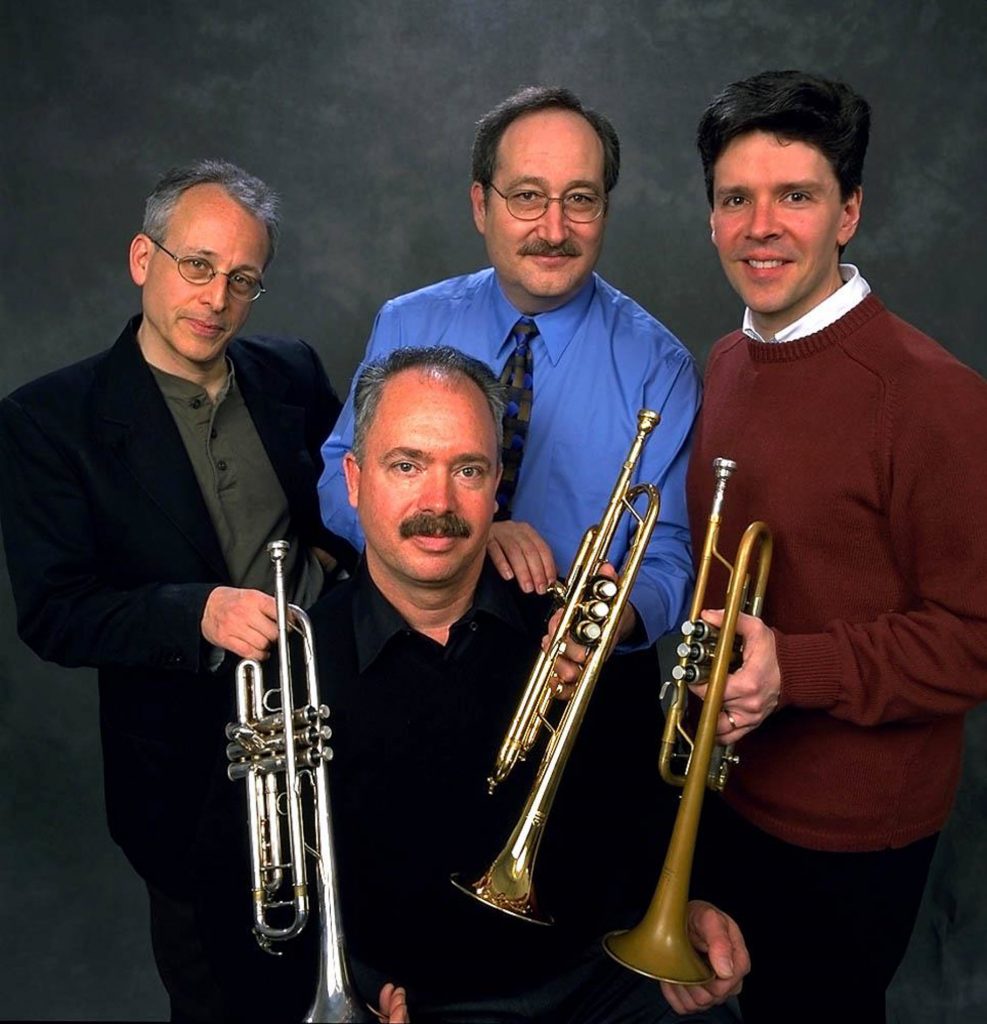
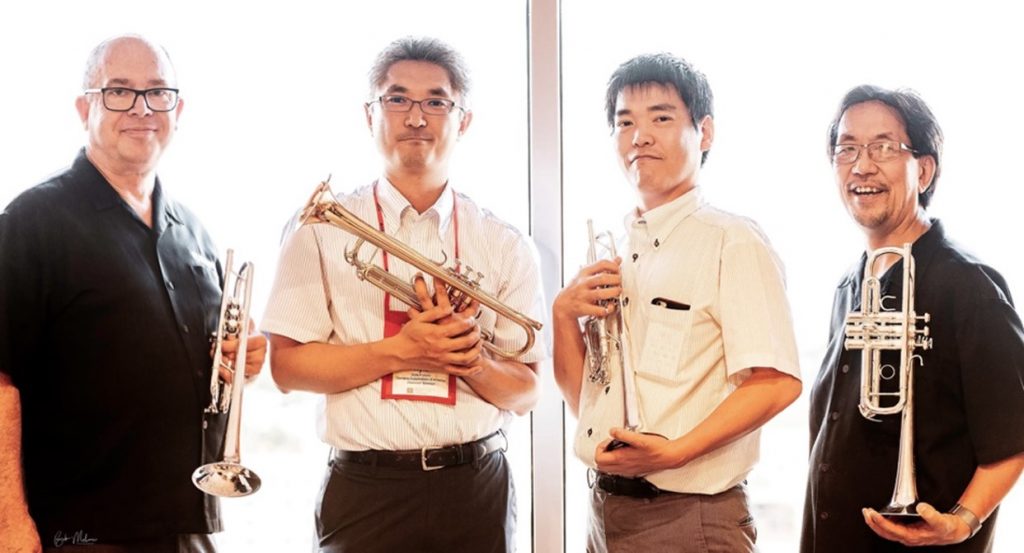
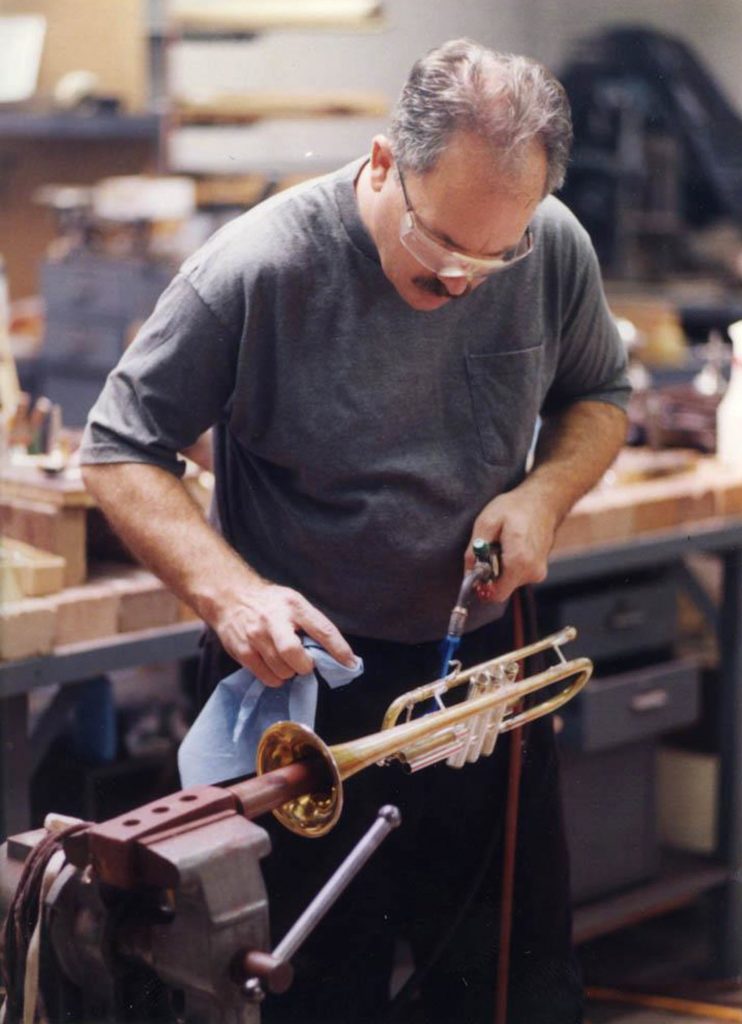
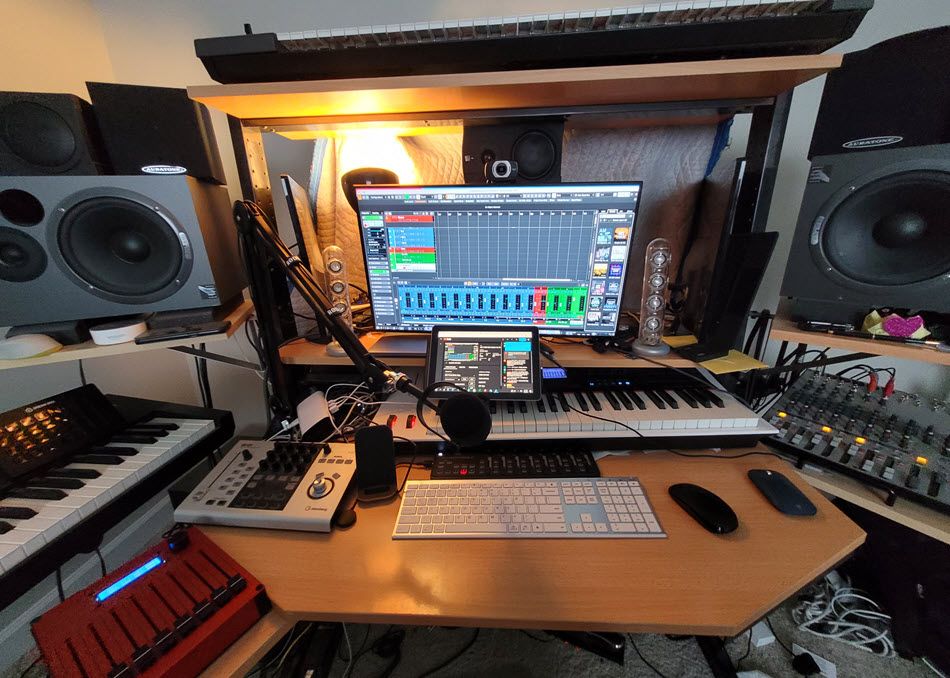
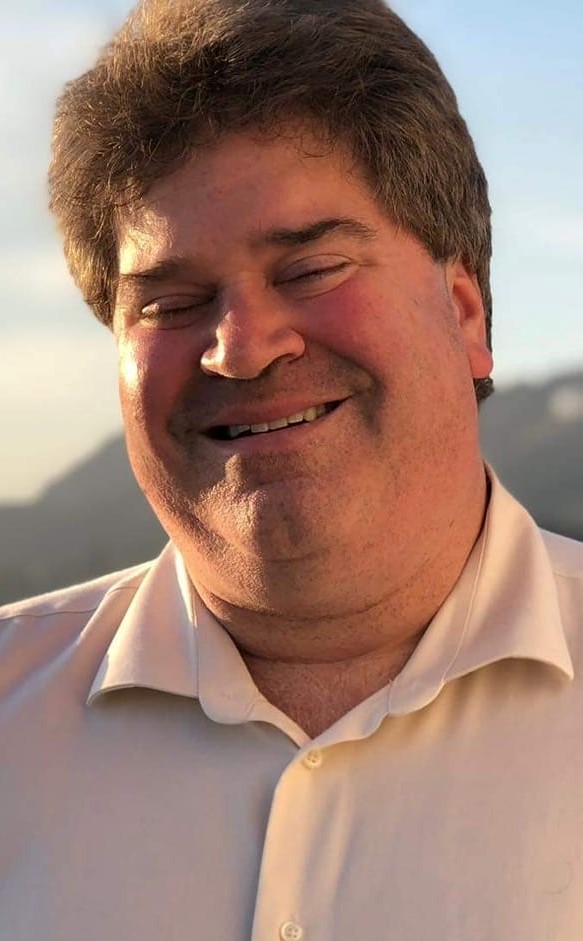
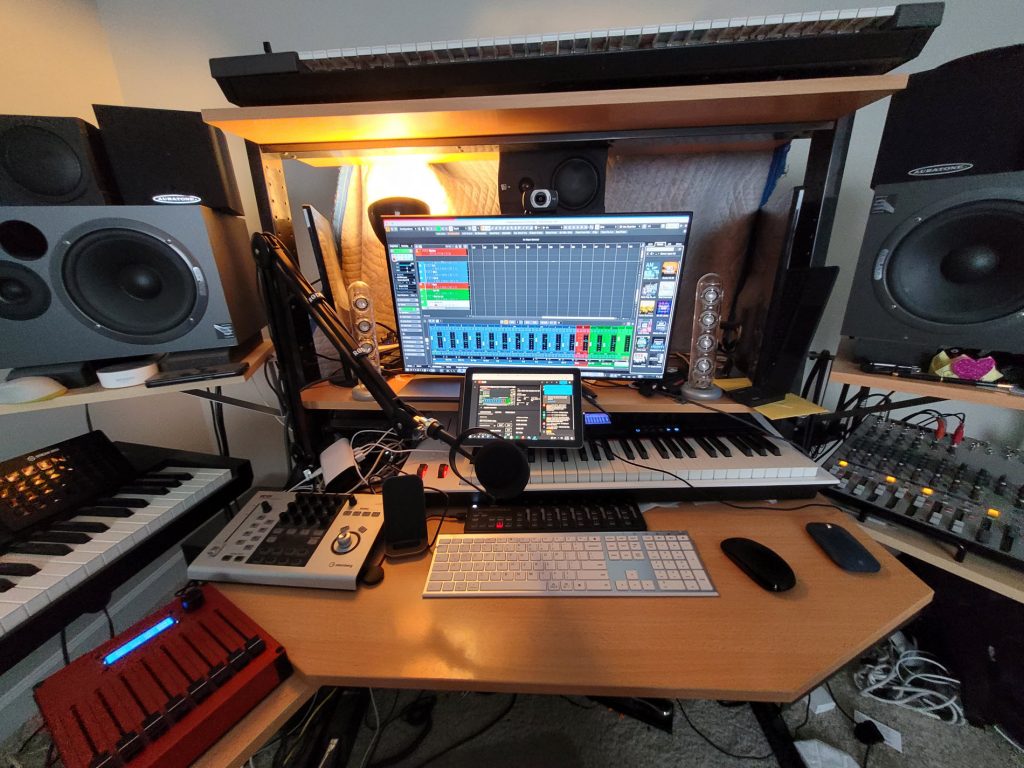
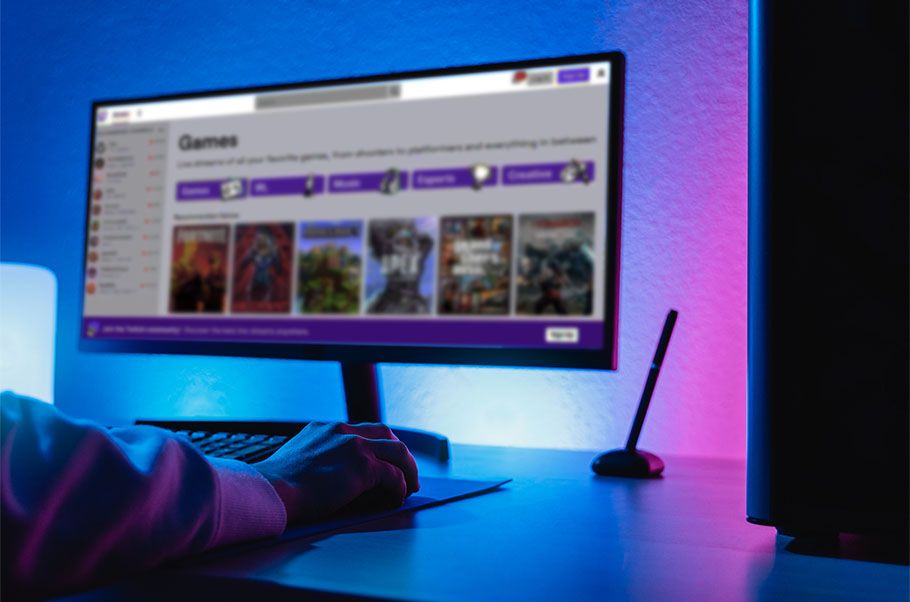
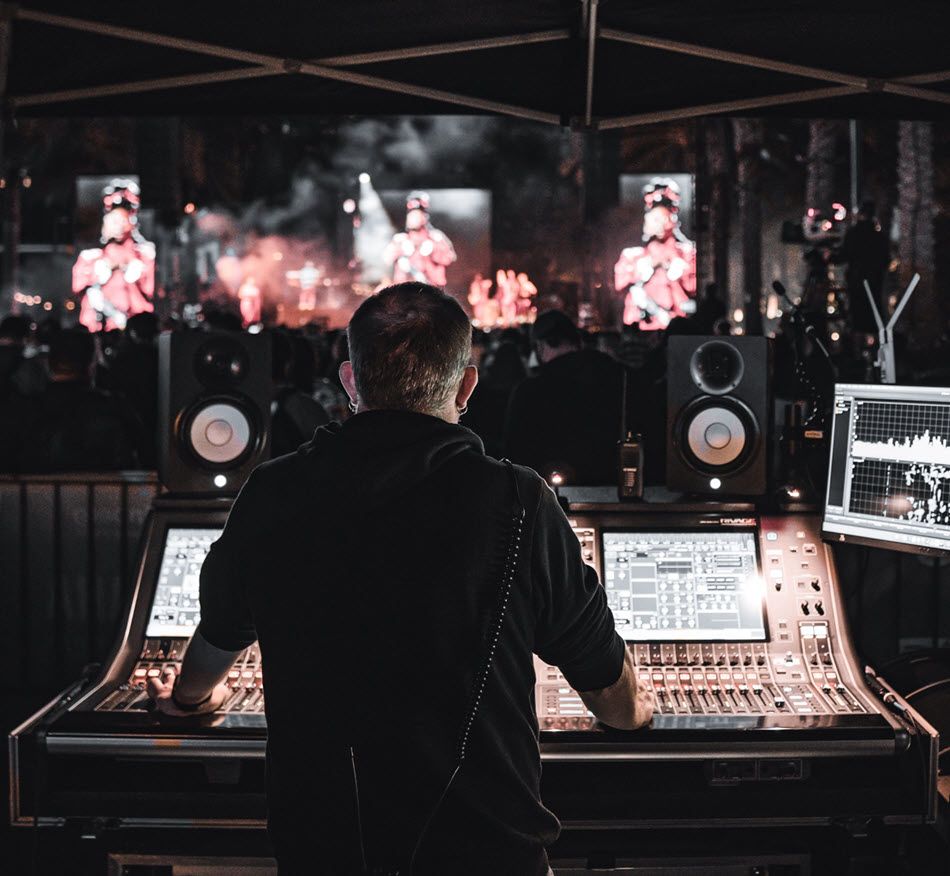
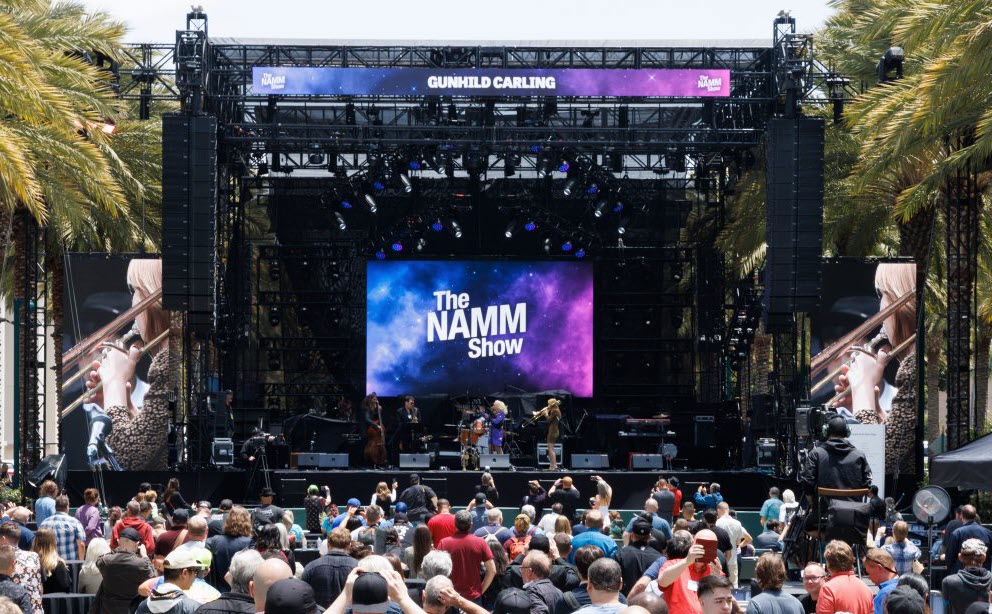
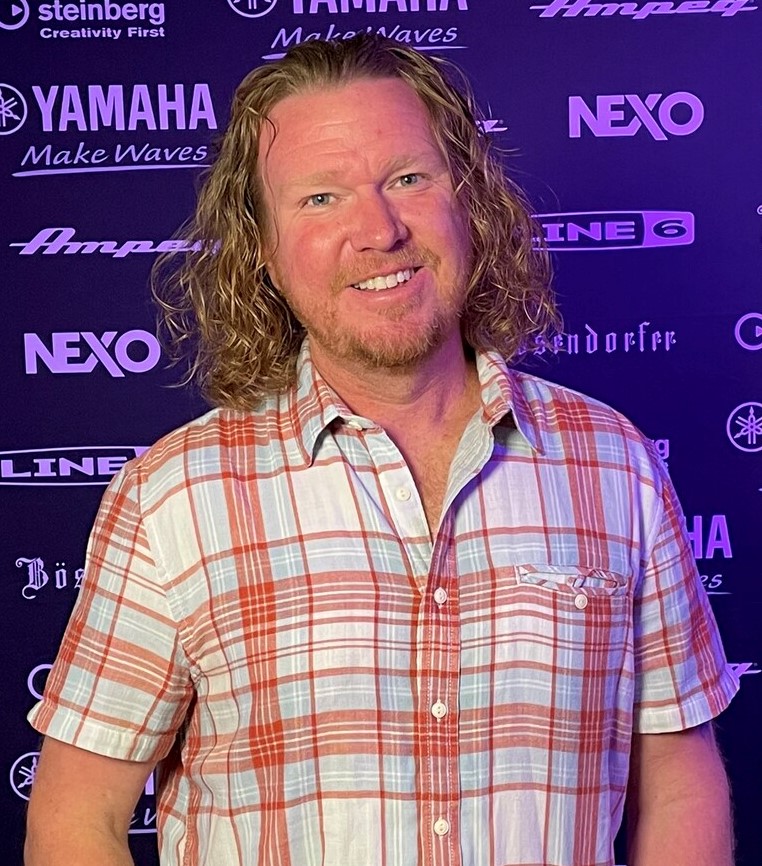
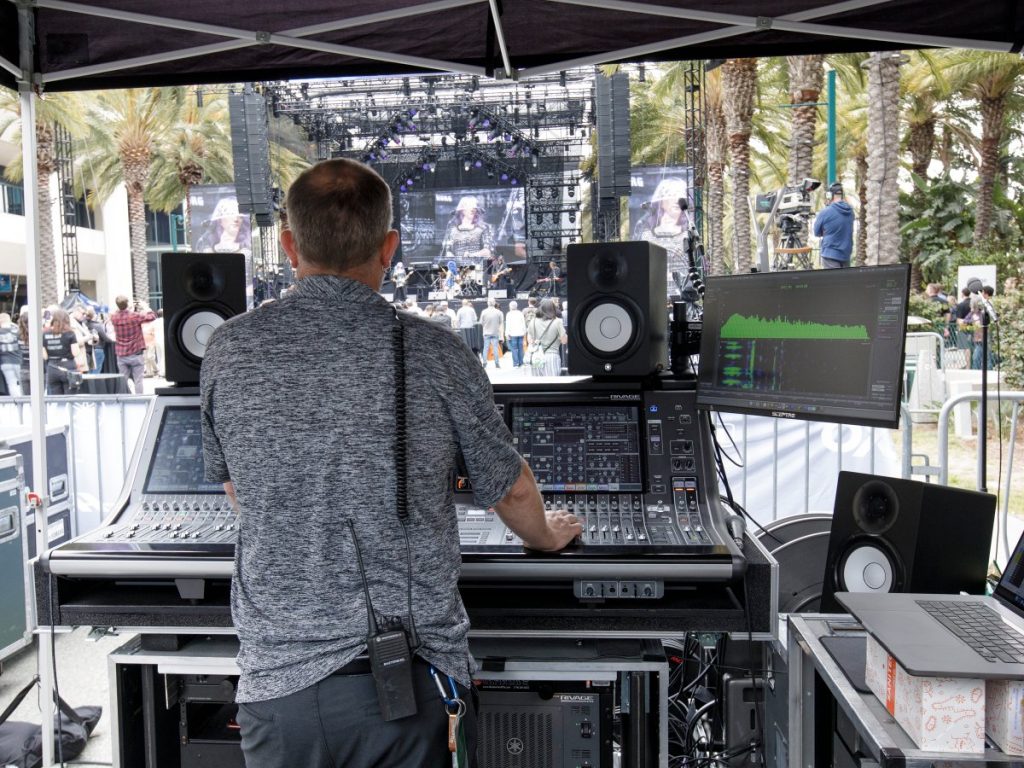
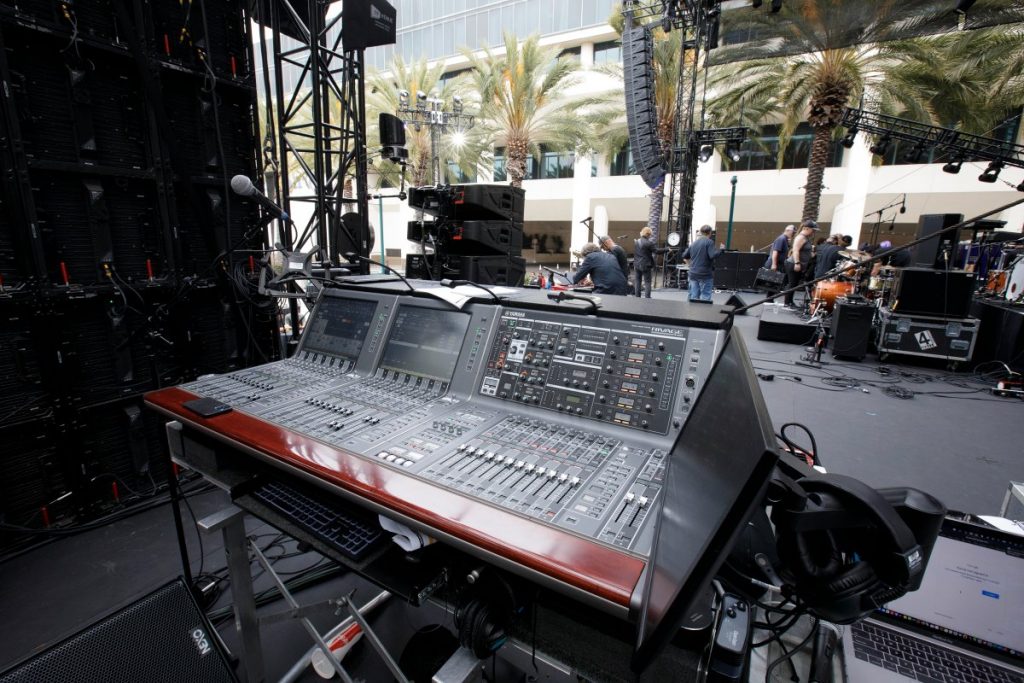

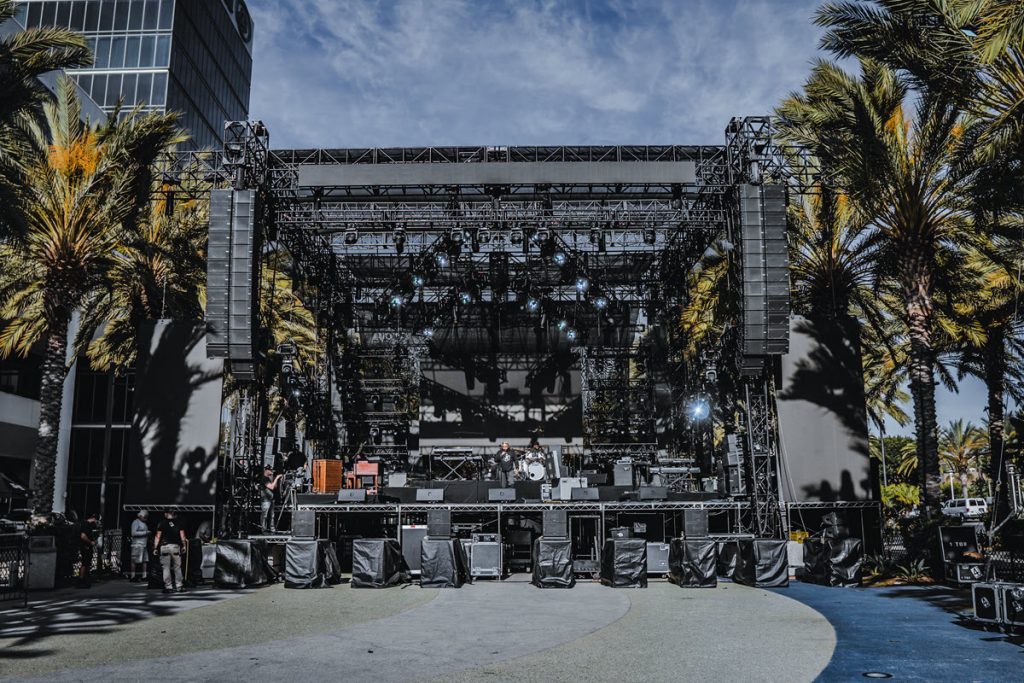
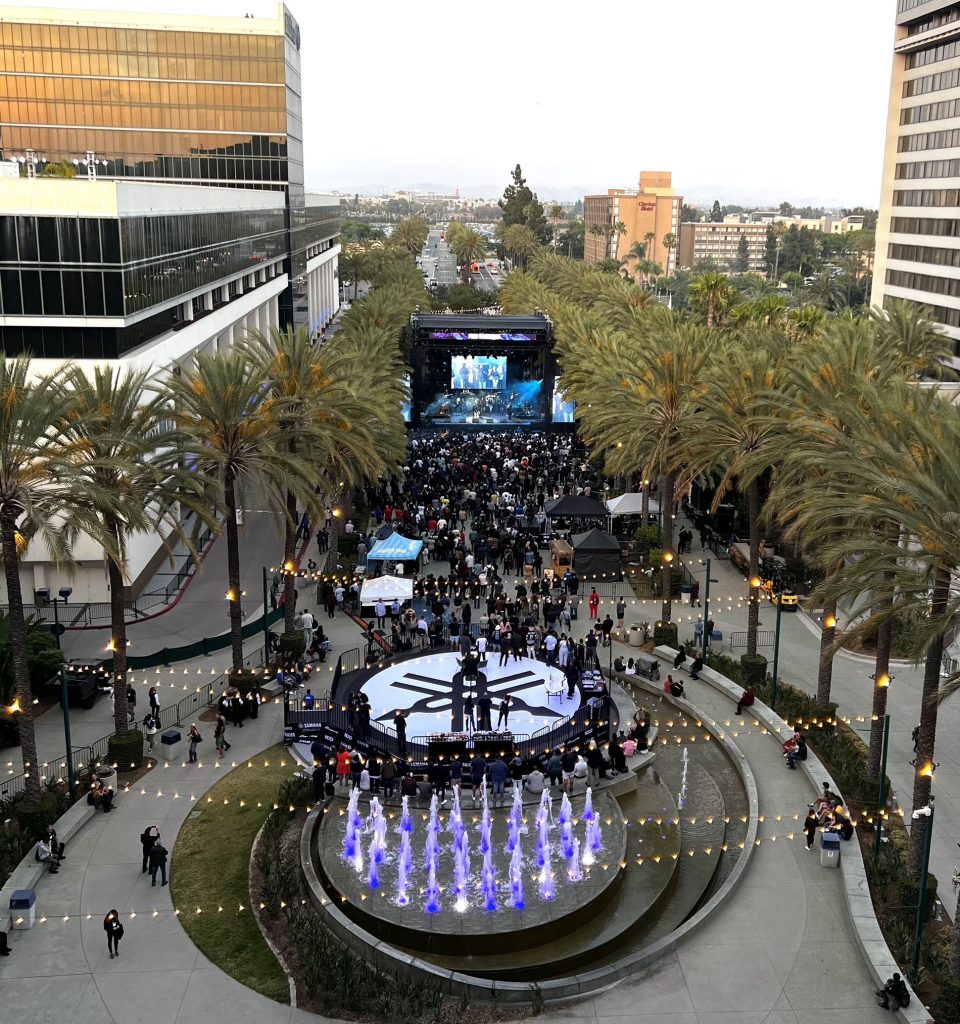
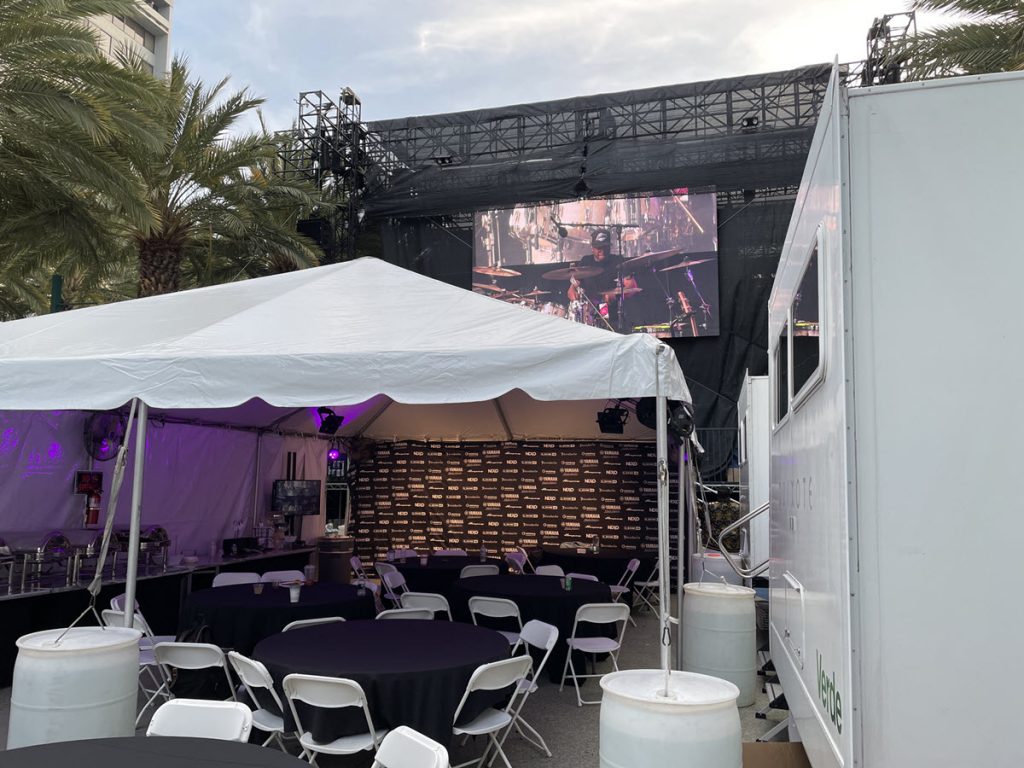
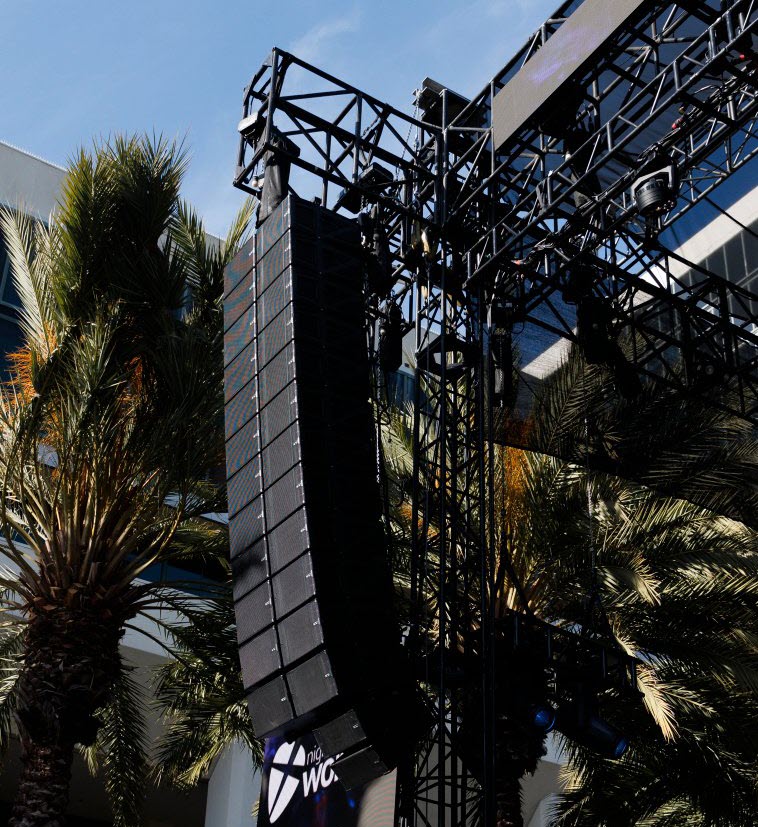
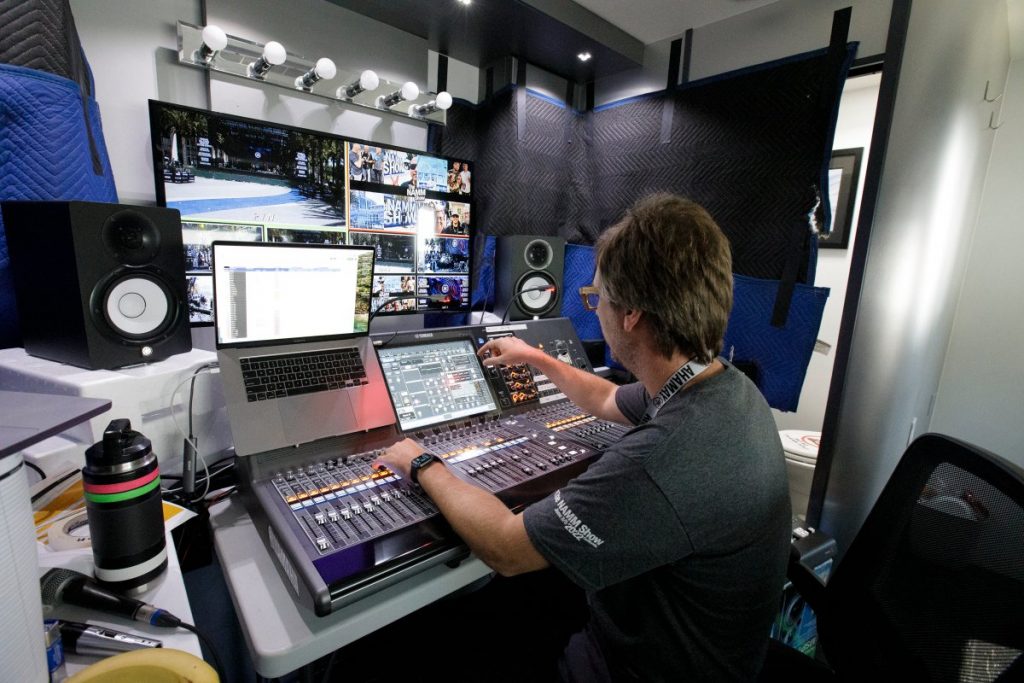
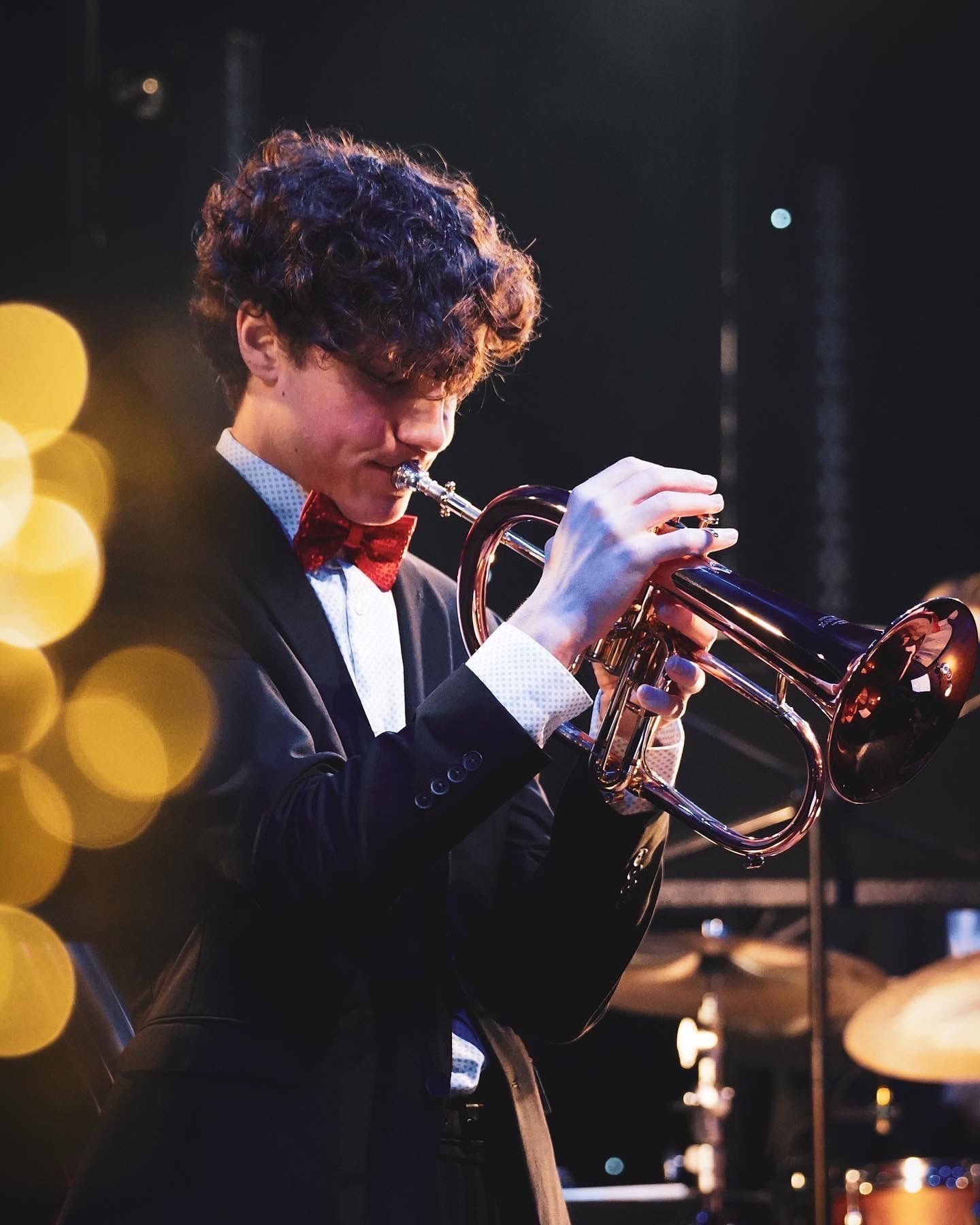

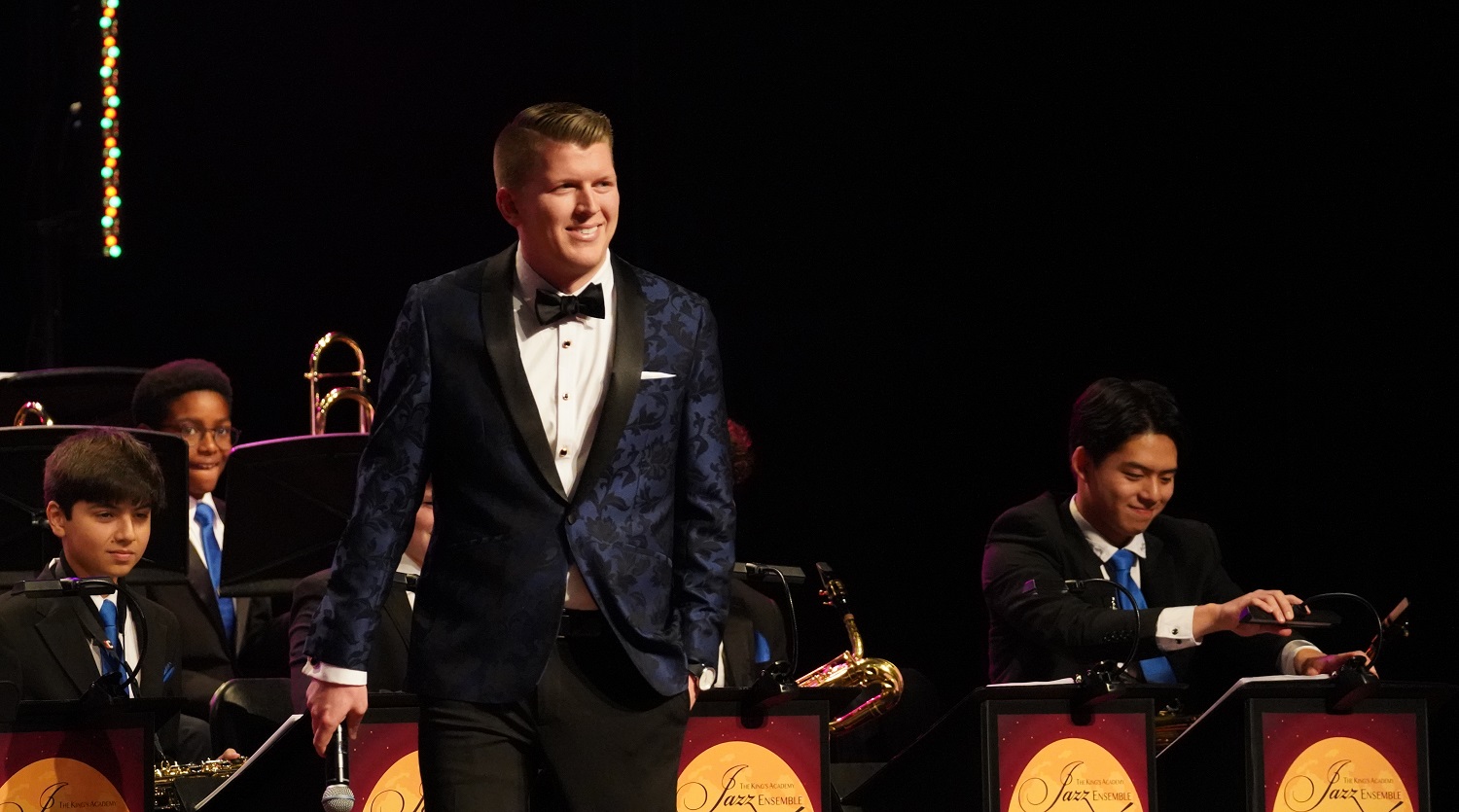 “The most important thing is choosing the appropriate music for your group,” Lowe says.
“The most important thing is choosing the appropriate music for your group,” Lowe says.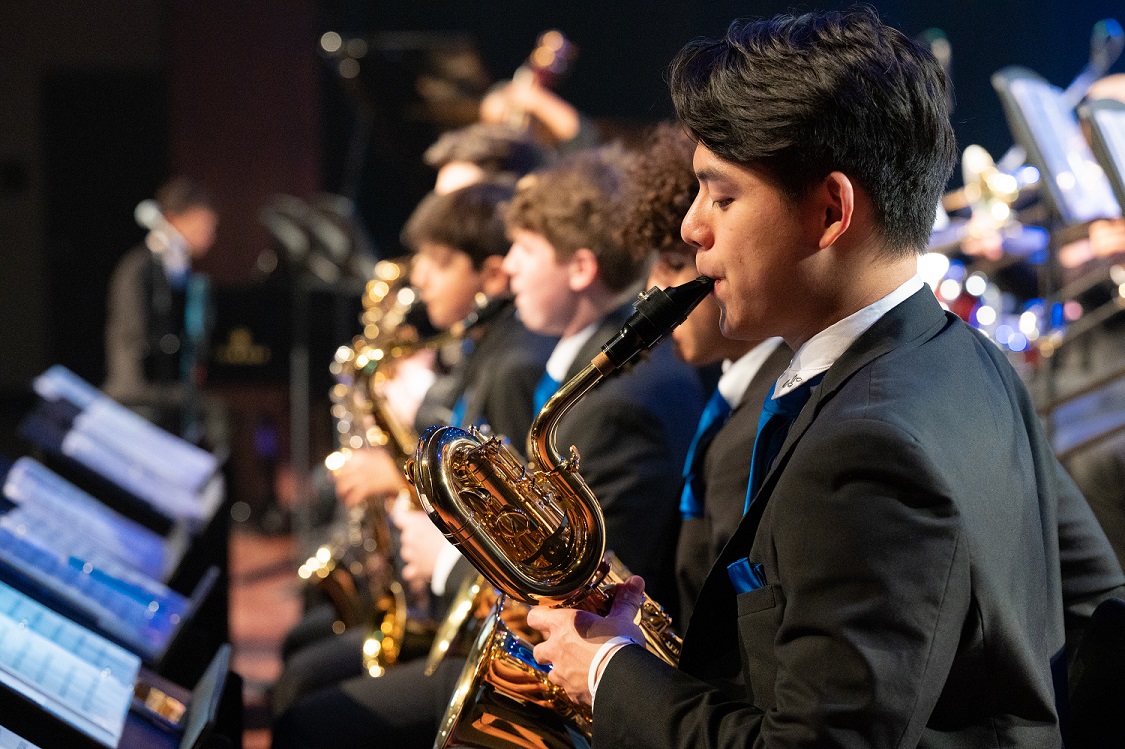 Reaching out to other band directors who have a thriving jazz program or local jazz musicians “can be very valuable, especially for high school jazz bands,” Lowe says.
Reaching out to other band directors who have a thriving jazz program or local jazz musicians “can be very valuable, especially for high school jazz bands,” Lowe says.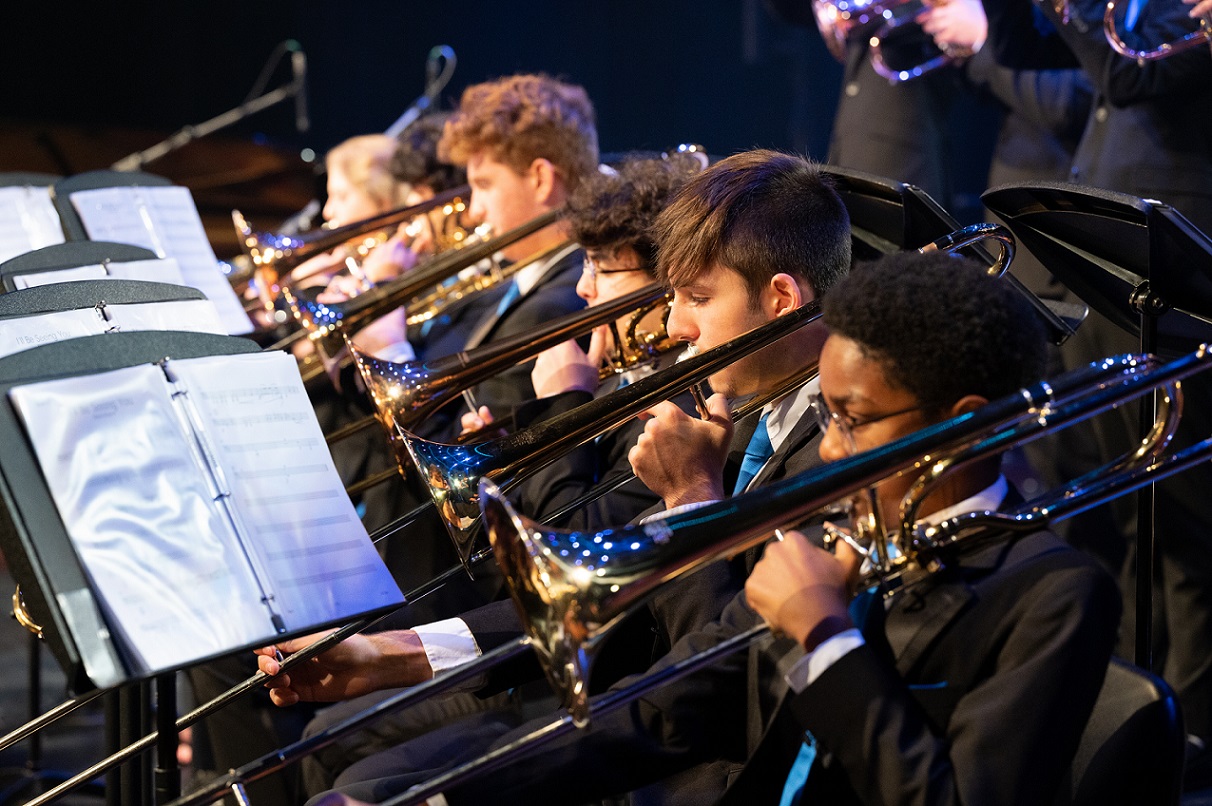 He picked their brains about music selections and ways to teach the many different genres of jazz. Lowe also asked local professionals to work with his entire band or to take a sectional out and focus on a small group of students. This was a great way for him to get plugged into the local band community, and it allowed his students at TKA to hear from a variety of instructors.
He picked their brains about music selections and ways to teach the many different genres of jazz. Lowe also asked local professionals to work with his entire band or to take a sectional out and focus on a small group of students. This was a great way for him to get plugged into the local band community, and it allowed his students at TKA to hear from a variety of instructors.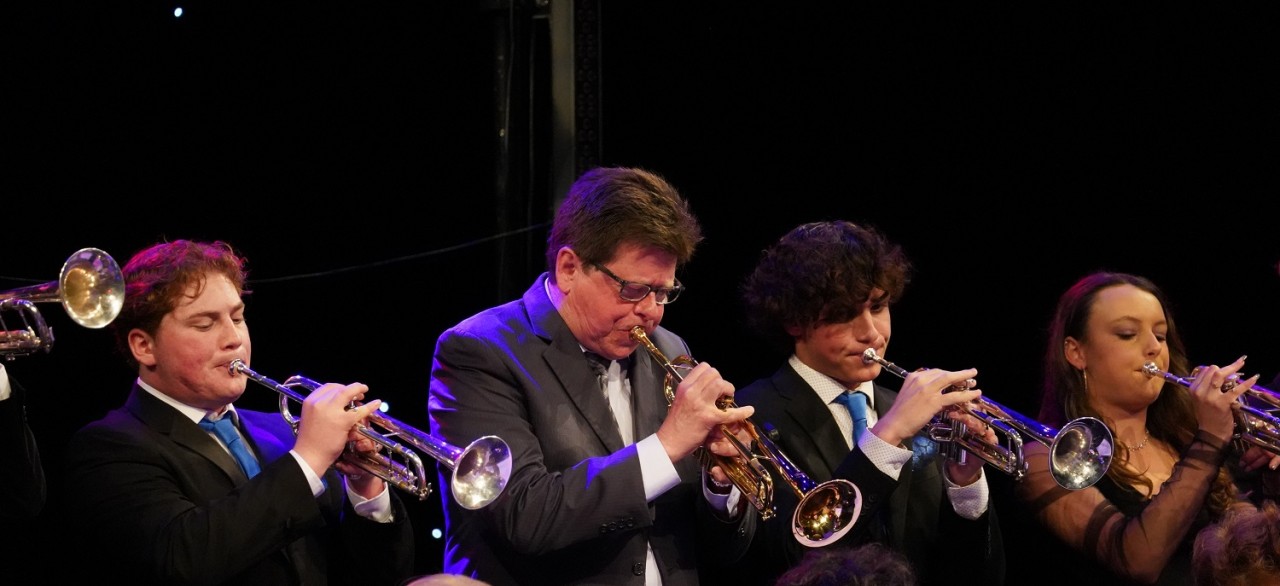 Lowe has found success producing an annual Night of Jazz that features guest artists, such as the late drummer
Lowe has found success producing an annual Night of Jazz that features guest artists, such as the late drummer 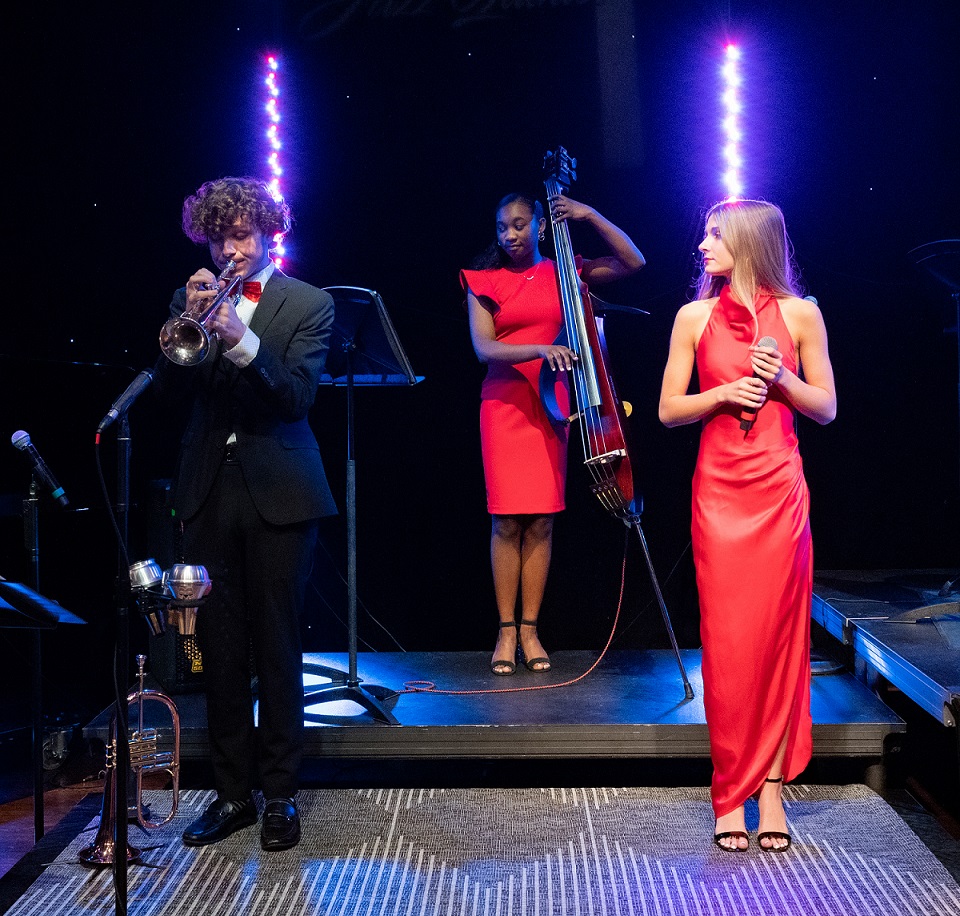 “The more you can take jazz to your community, the more people will rally behind your program,” Lowe says. “Jazz is so accessible, especially for the older generation, and it’s the perfect opportunity to take your band and perform at downtown marketplaces, retirement communities and 55+ communities that are looking for entertainment.”
“The more you can take jazz to your community, the more people will rally behind your program,” Lowe says. “Jazz is so accessible, especially for the older generation, and it’s the perfect opportunity to take your band and perform at downtown marketplaces, retirement communities and 55+ communities that are looking for entertainment.”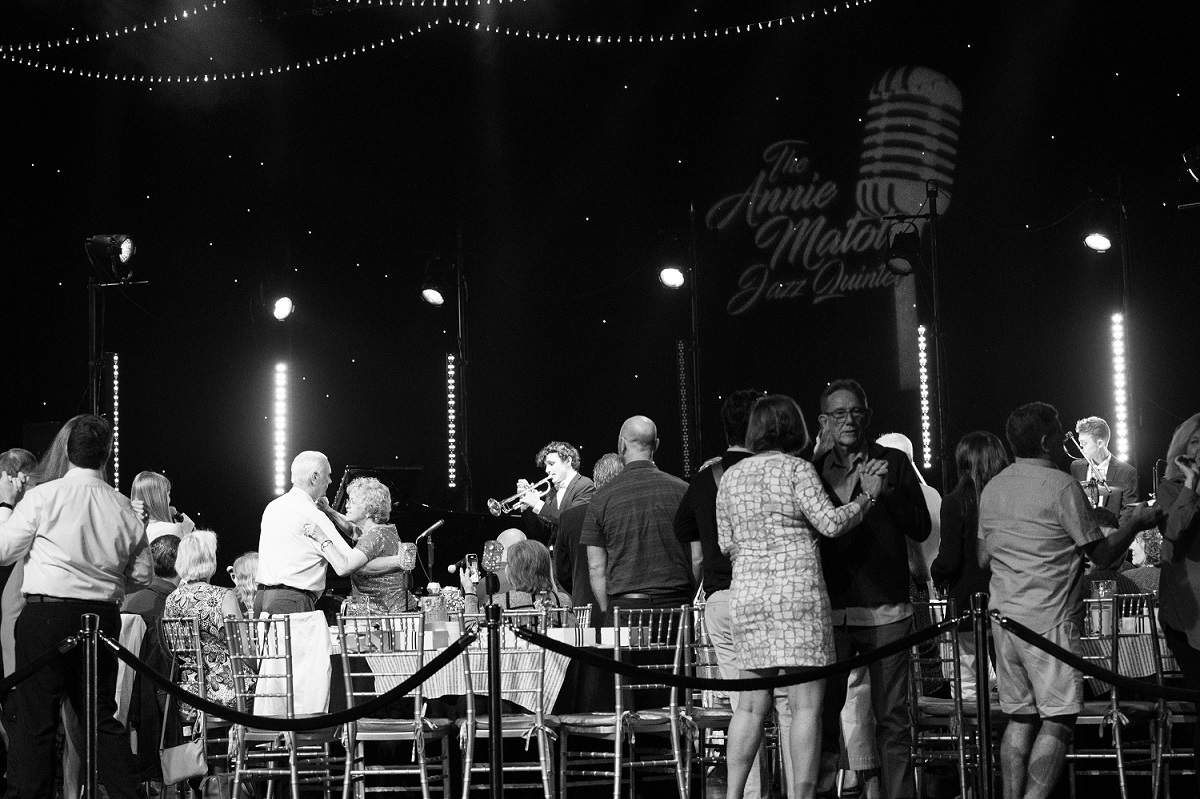 “This is a great example of being flexible and finding different avenues for students to showcase their hard work, especially if the students are super talented,” Lowe says.
“This is a great example of being flexible and finding different avenues for students to showcase their hard work, especially if the students are super talented,” Lowe says.
 I learned these lessons the hard way.
I learned these lessons the hard way. How often have you been told “Job well done” or “Great work” after a concert or event, and you immediately give the credit to everyone else (or the ever-popular, “The kids worked so hard!”)?
How often have you been told “Job well done” or “Great work” after a concert or event, and you immediately give the credit to everyone else (or the ever-popular, “The kids worked so hard!”)?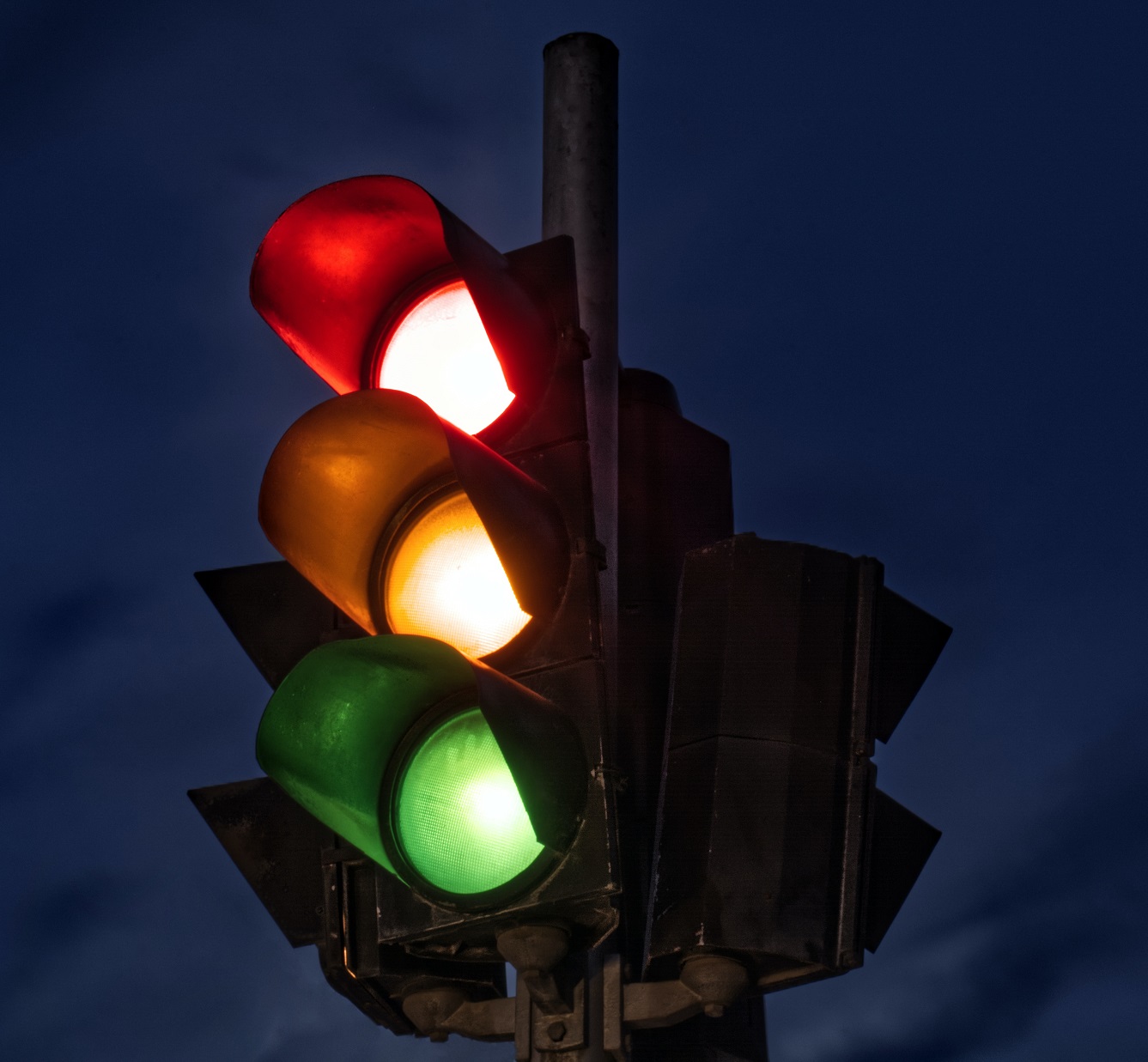 In my case, I label my strengths as “green lights.” These are the things that I am naturally good at or worked incredibly hard at. Traits and characteristics in the green category would include connecting with students, writing, playing my instrument, project management and consistency.
In my case, I label my strengths as “green lights.” These are the things that I am naturally good at or worked incredibly hard at. Traits and characteristics in the green category would include connecting with students, writing, playing my instrument, project management and consistency. Yes, she still gets upset and frustrated, but this does not stop her from finding a solution to the problems that come up. Furthermore, she goes into these events expecting some issues to happen. She is mentally prepared to address surprises and solve problems. If nothing happens, that’s a bonus! Nothing is perfect, and when we expect perfection, we can easily go into a downward spiral that isn’t good for anyone. Things happen, and we can choose to either react or leave it alone.
Yes, she still gets upset and frustrated, but this does not stop her from finding a solution to the problems that come up. Furthermore, she goes into these events expecting some issues to happen. She is mentally prepared to address surprises and solve problems. If nothing happens, that’s a bonus! Nothing is perfect, and when we expect perfection, we can easily go into a downward spiral that isn’t good for anyone. Things happen, and we can choose to either react or leave it alone. I grew up an hour outside of Chicago in the ‘90s, during the Chicago Bulls’ six championships. A lot of my childhood was spent adoring the starting lineup of the Bulls and despising any team that wasn’t them. A famous opponent of the Bulls was Charles Barkley of the Phoenix Suns. In a controversial
I grew up an hour outside of Chicago in the ‘90s, during the Chicago Bulls’ six championships. A lot of my childhood was spent adoring the starting lineup of the Bulls and despising any team that wasn’t them. A famous opponent of the Bulls was Charles Barkley of the Phoenix Suns. In a controversial 